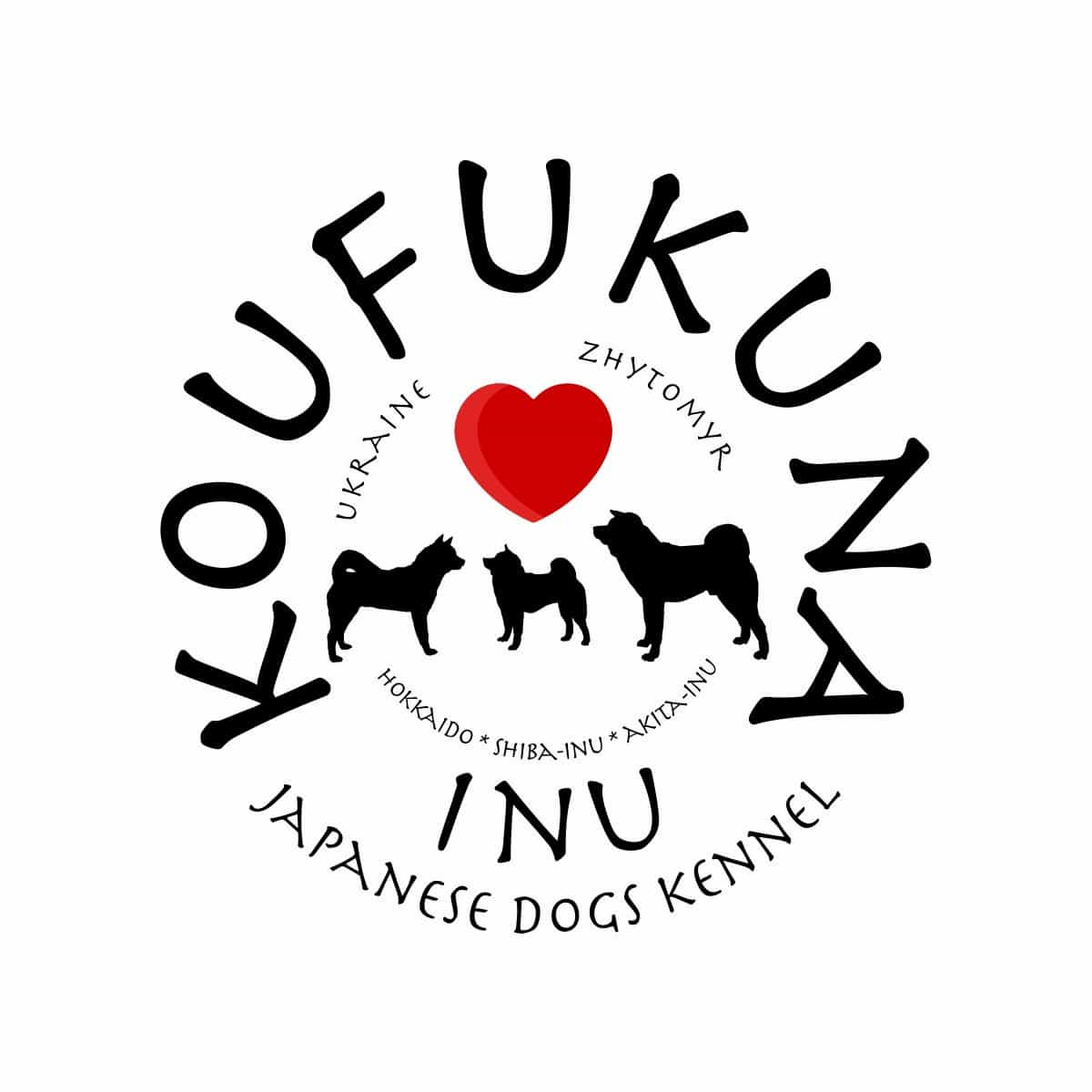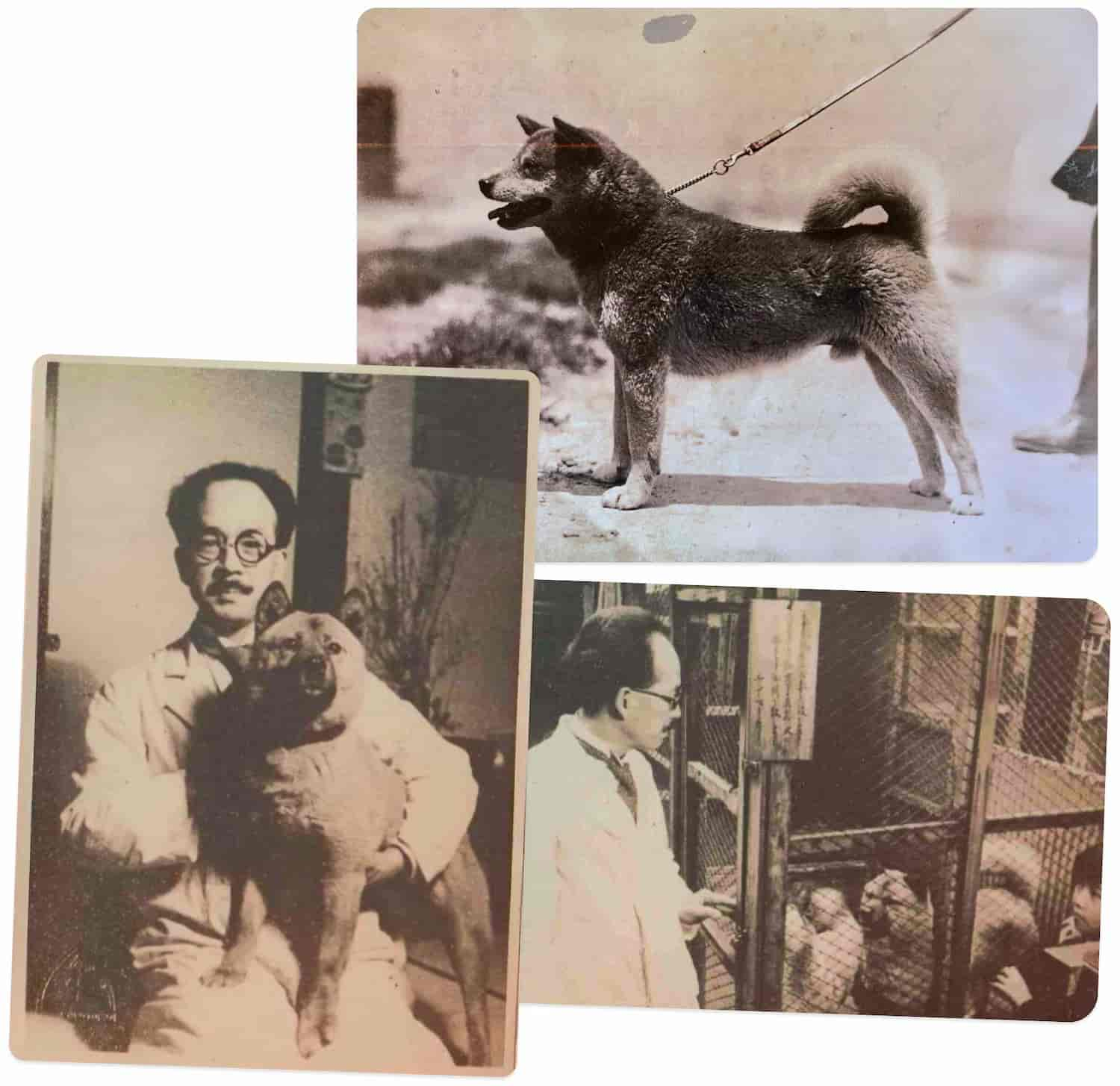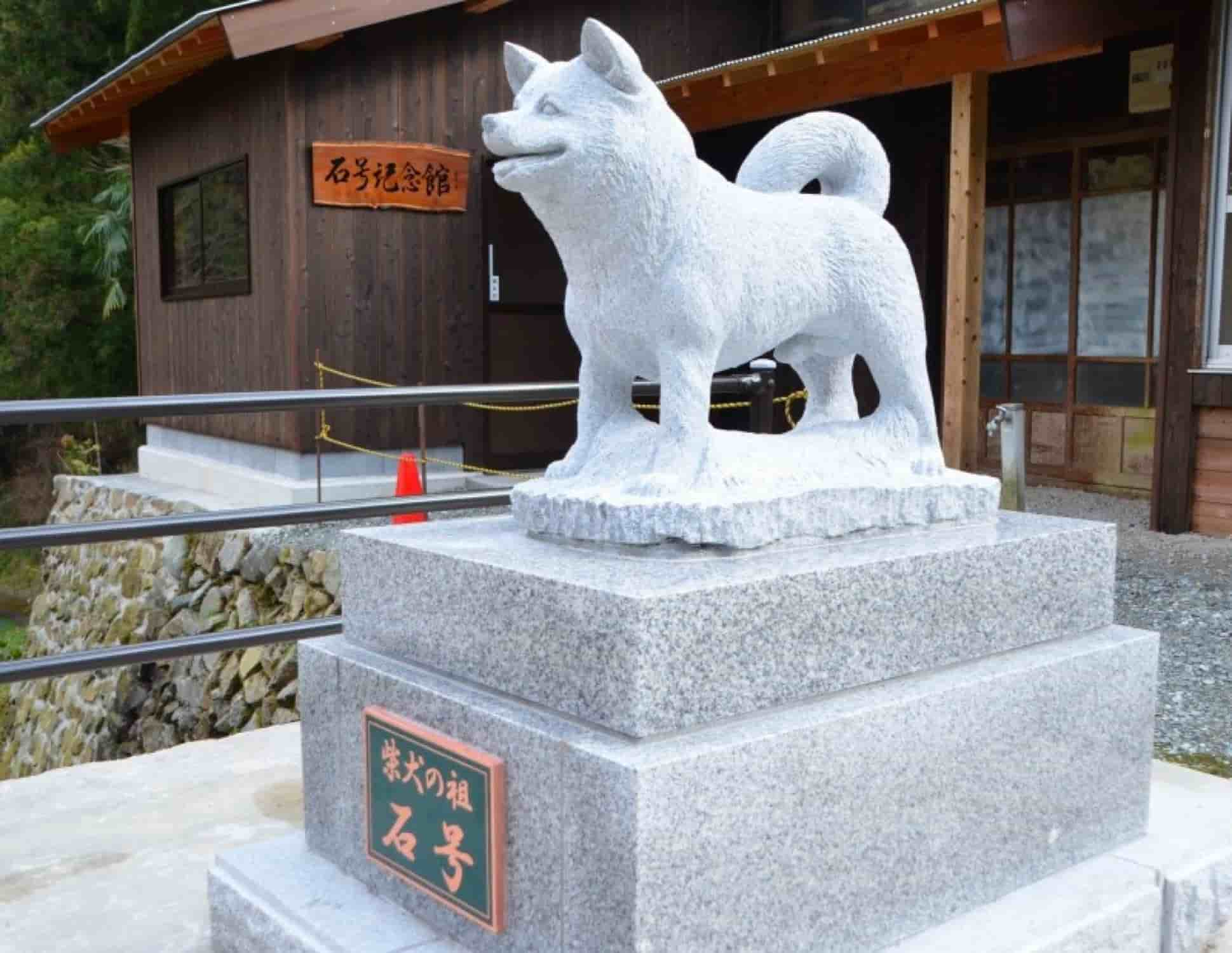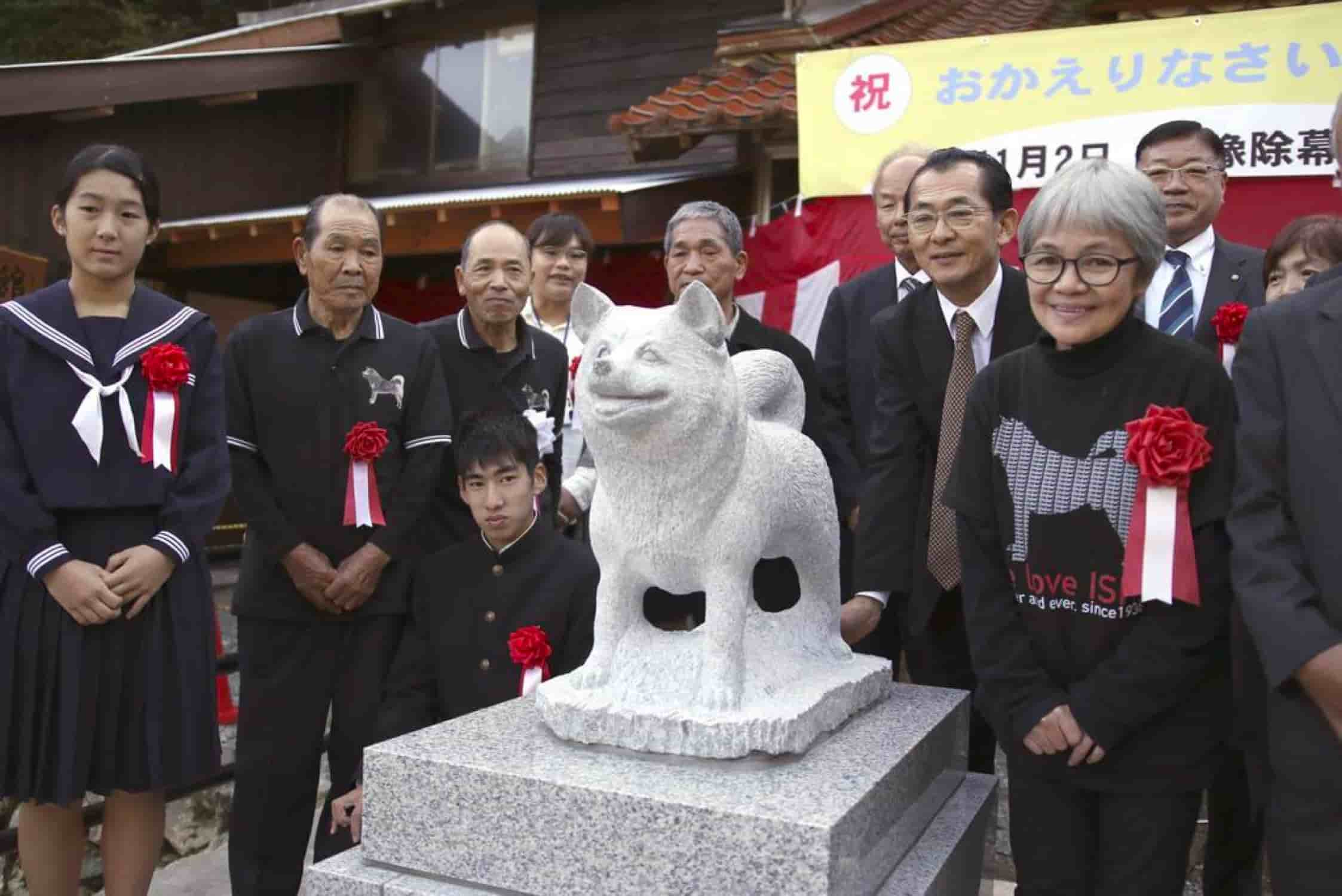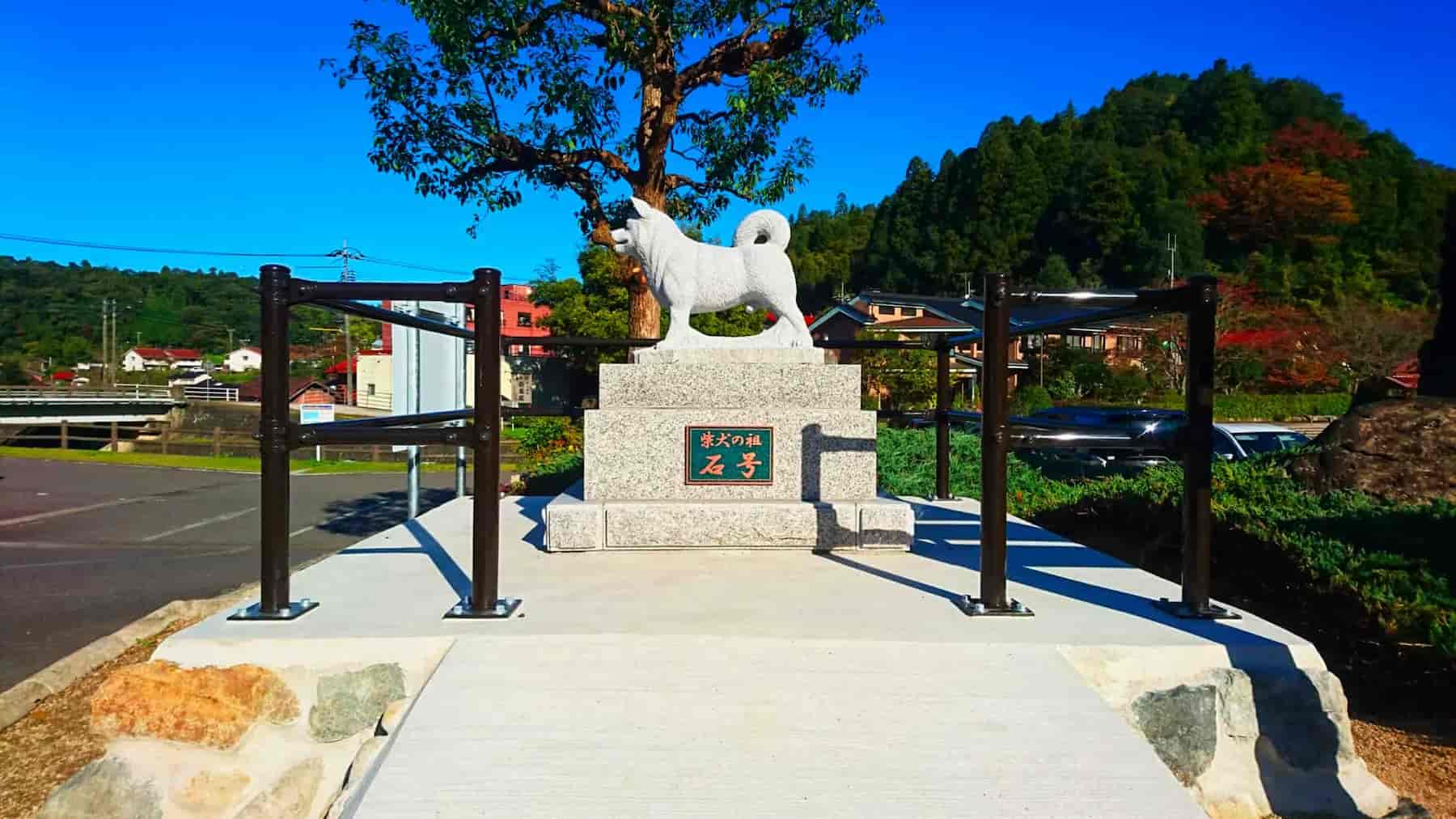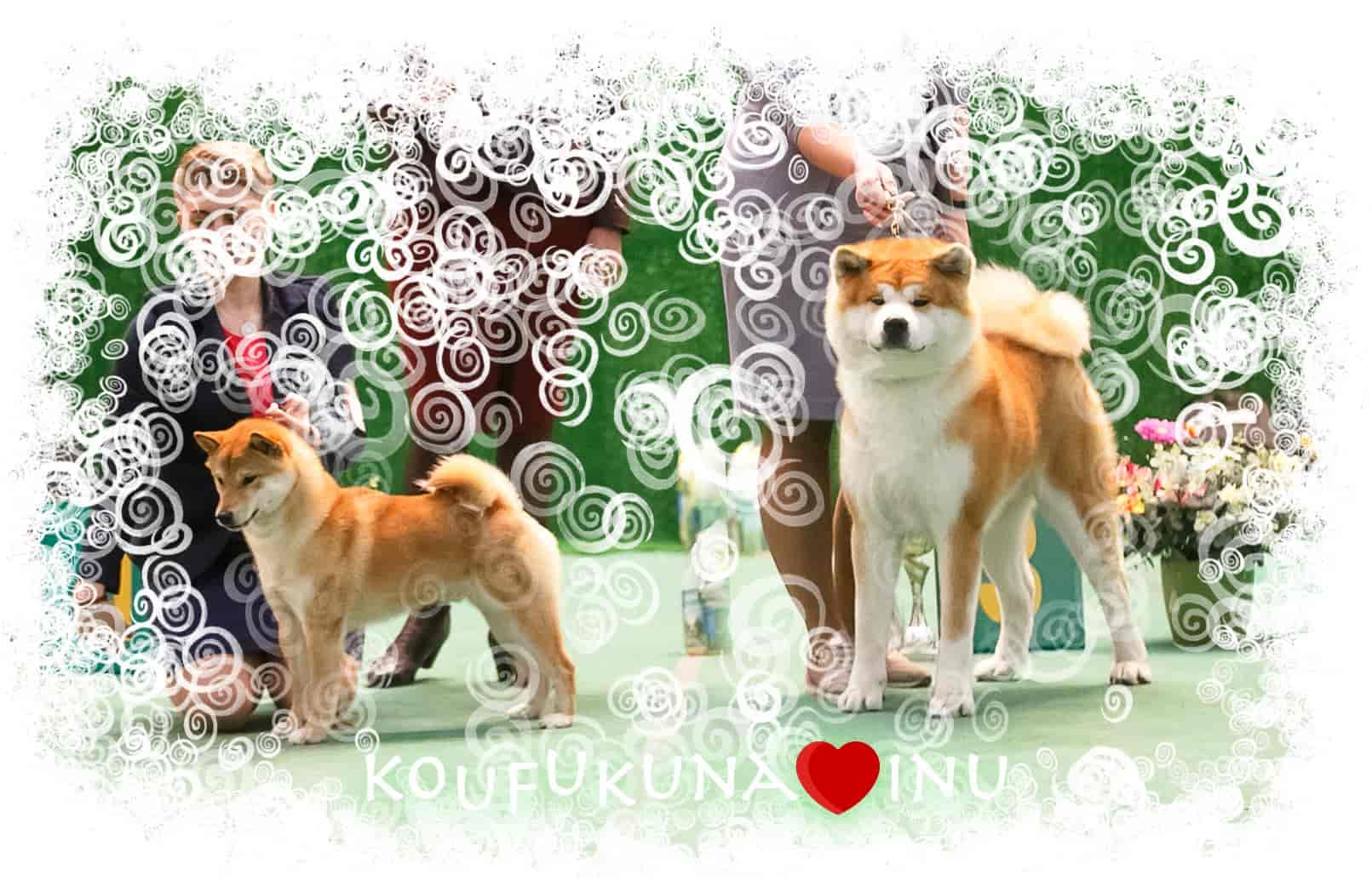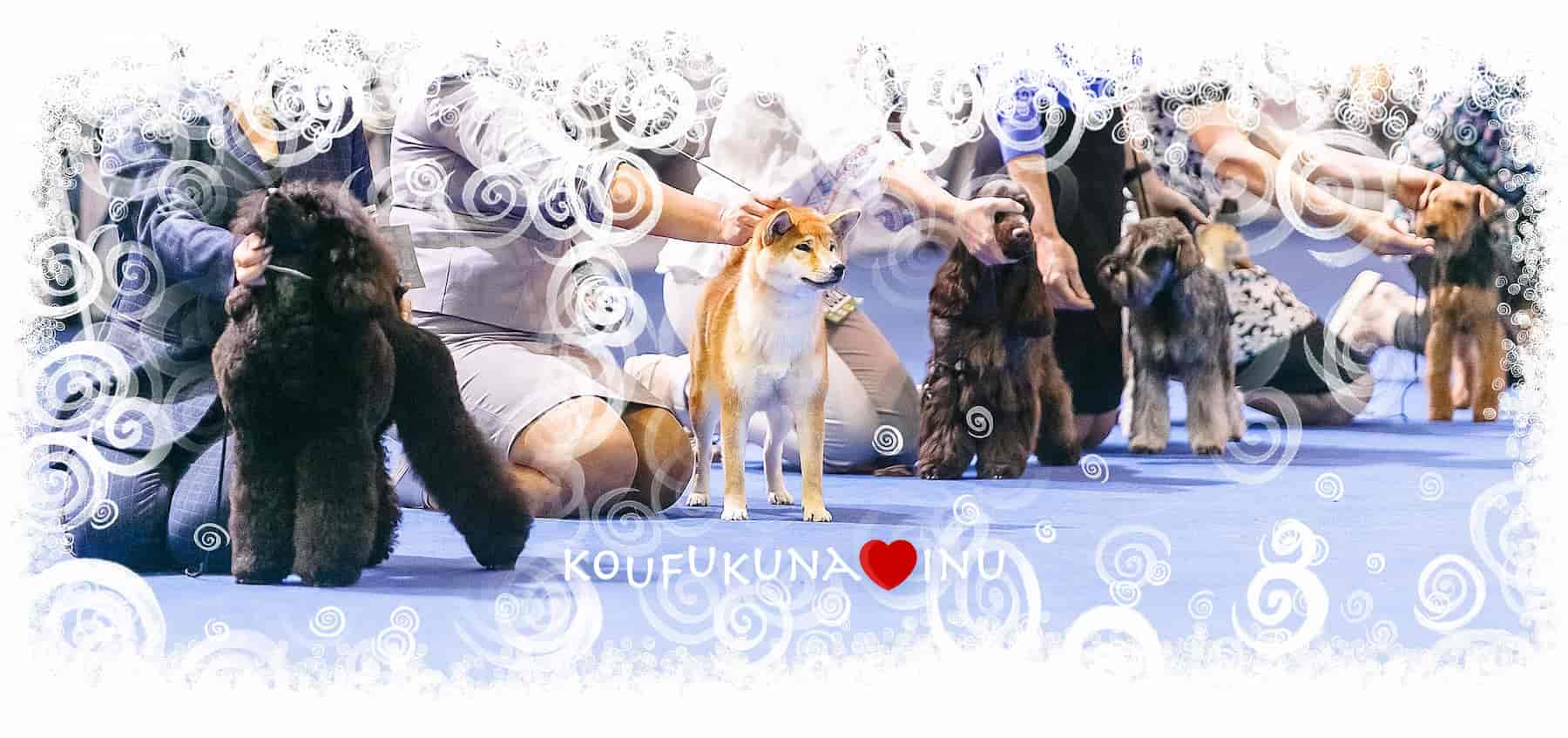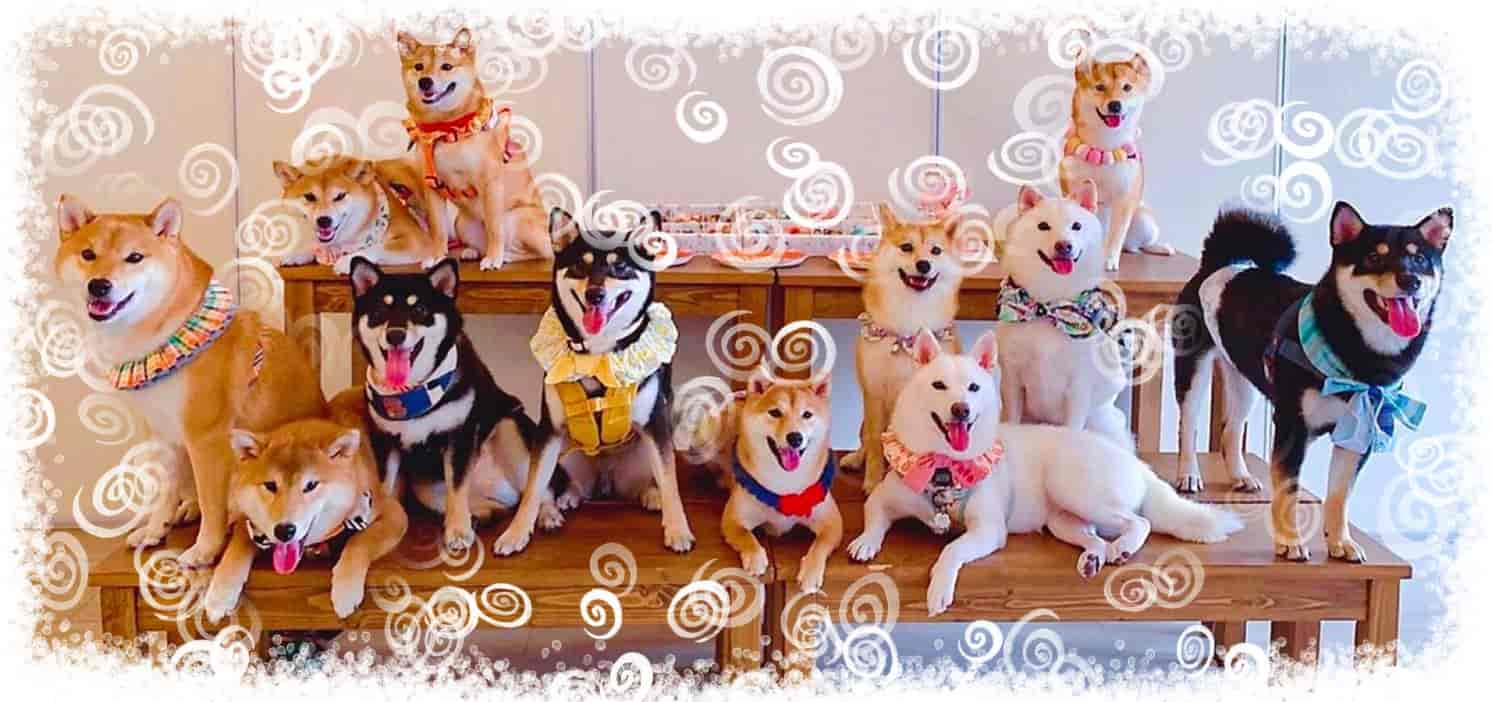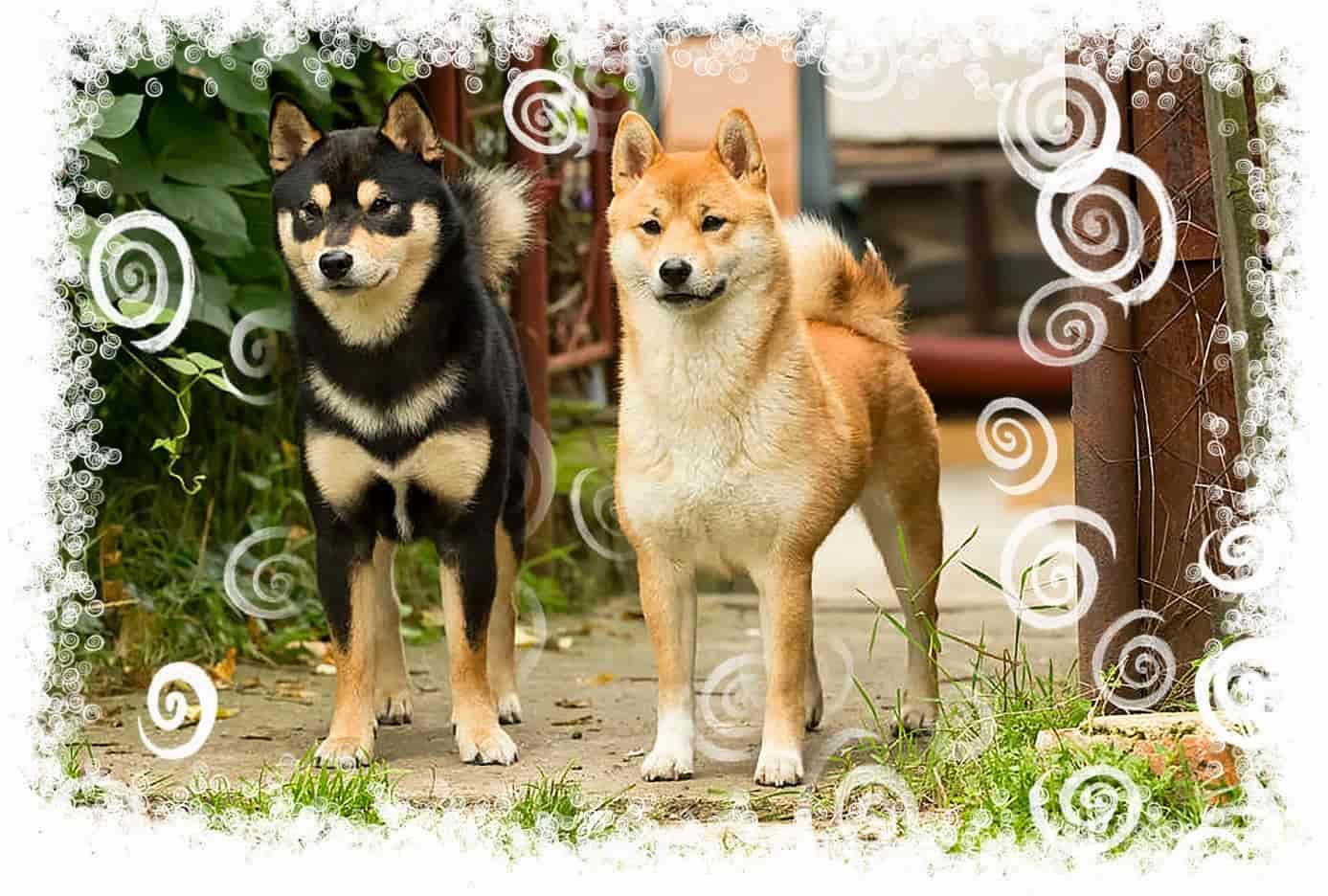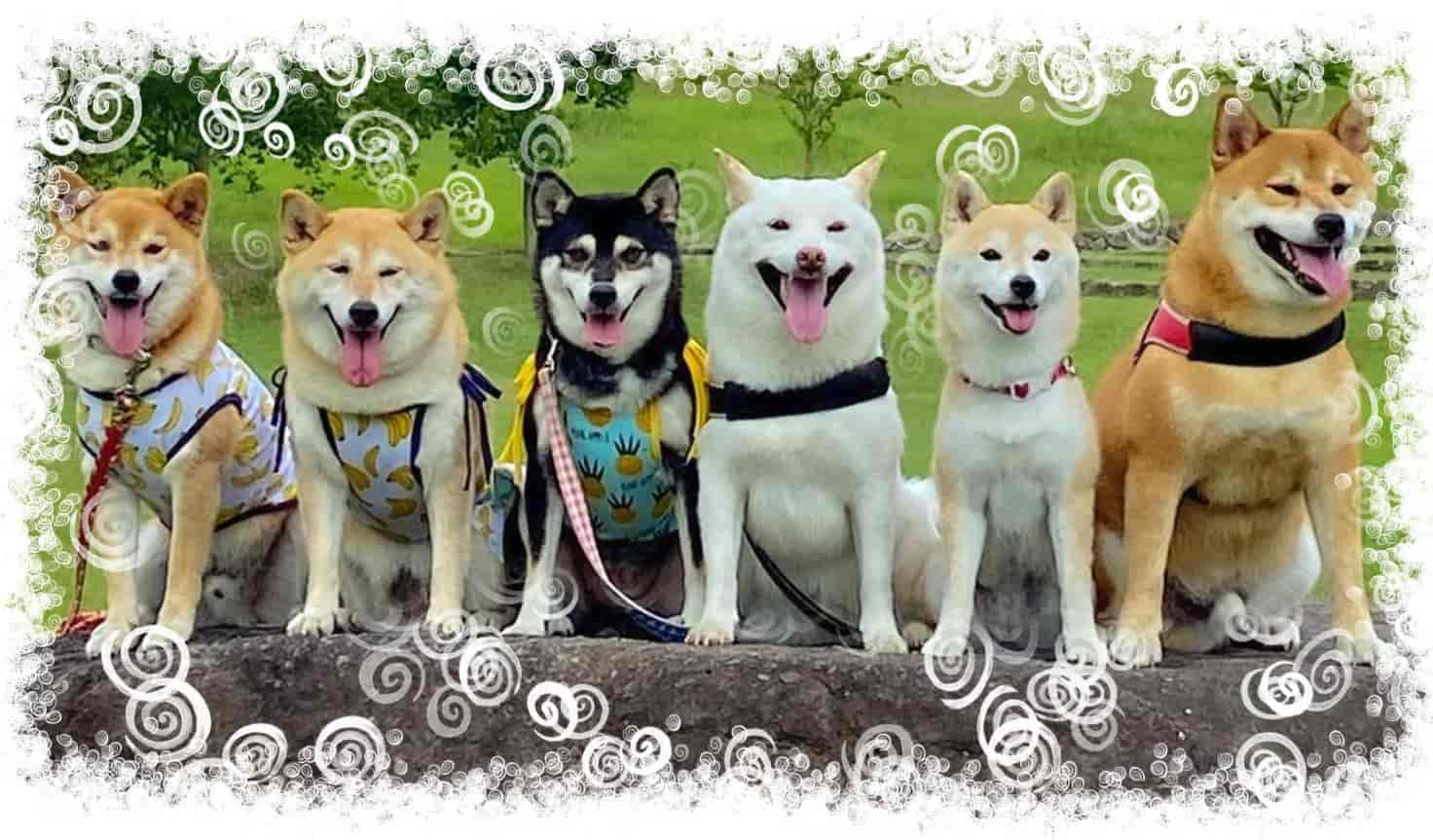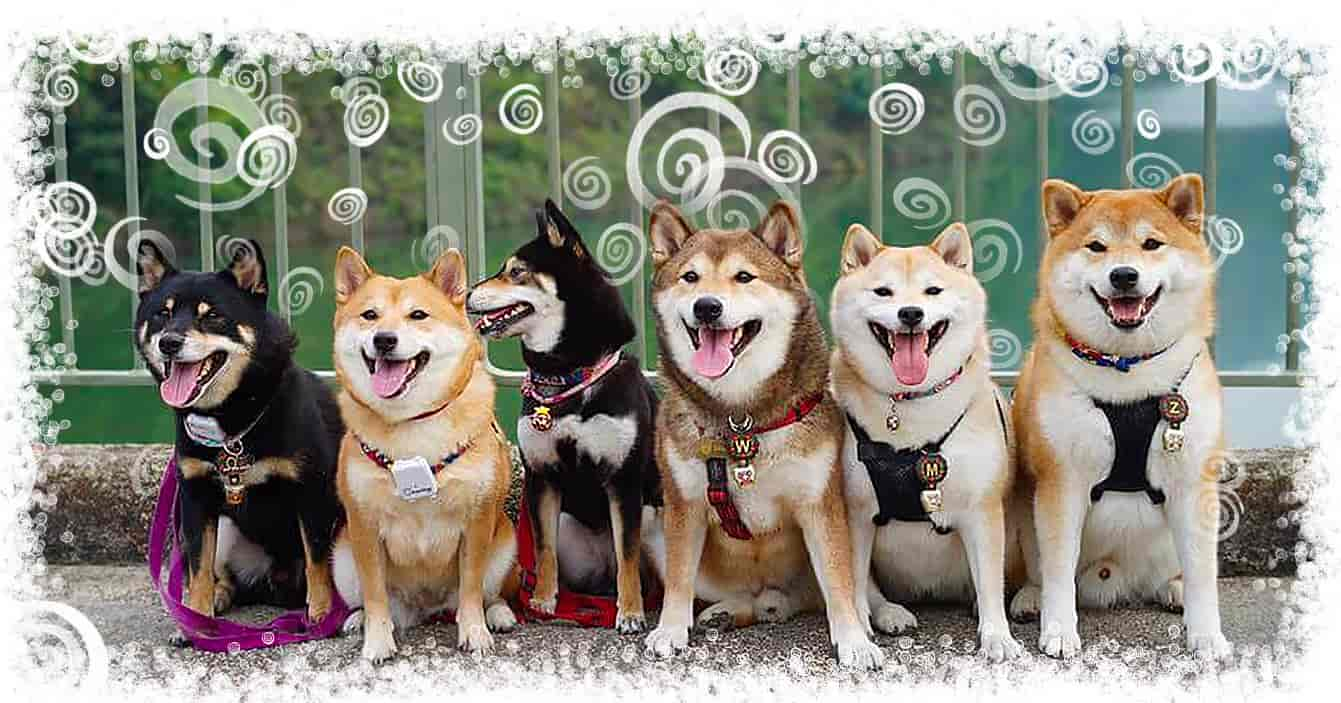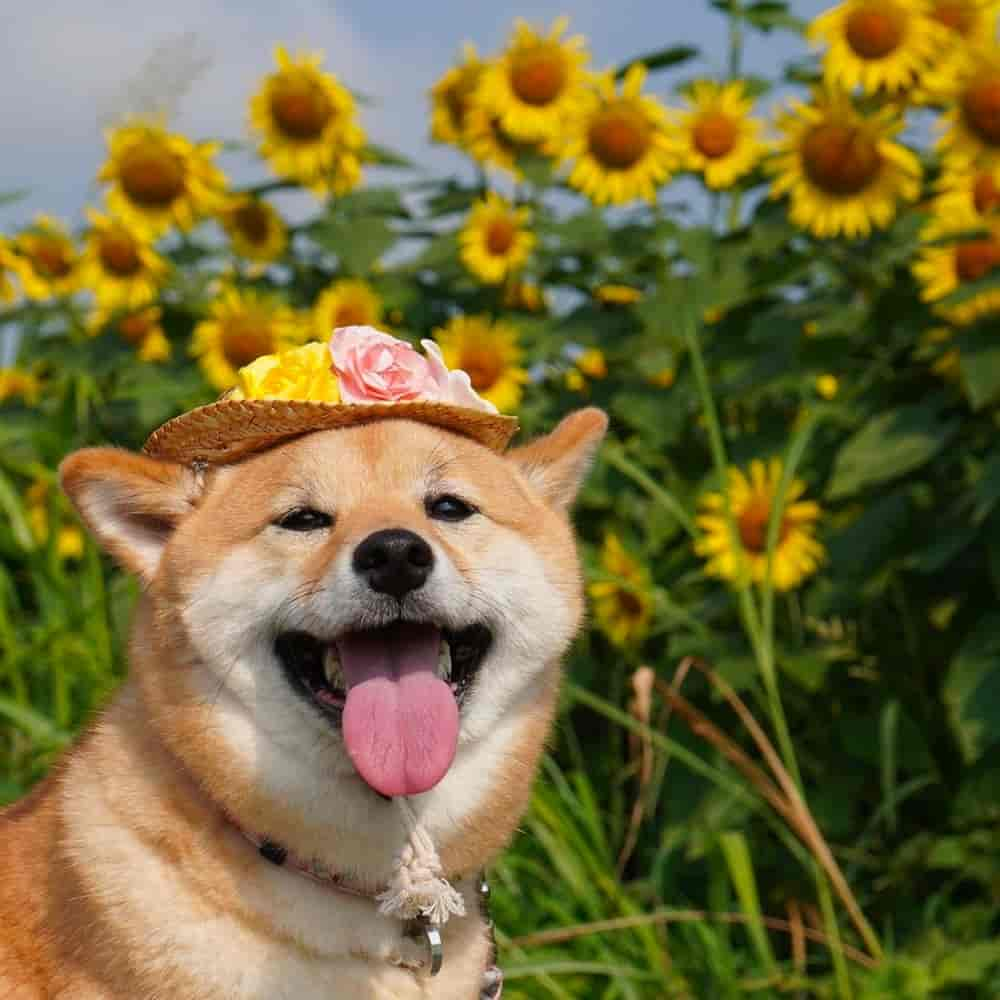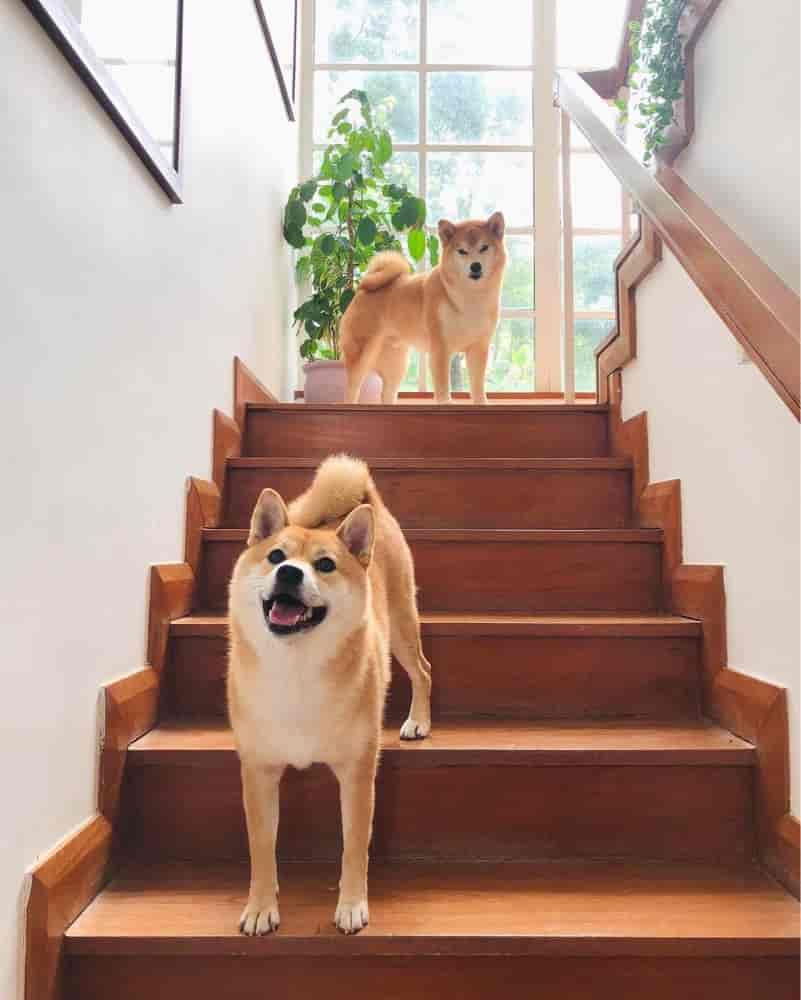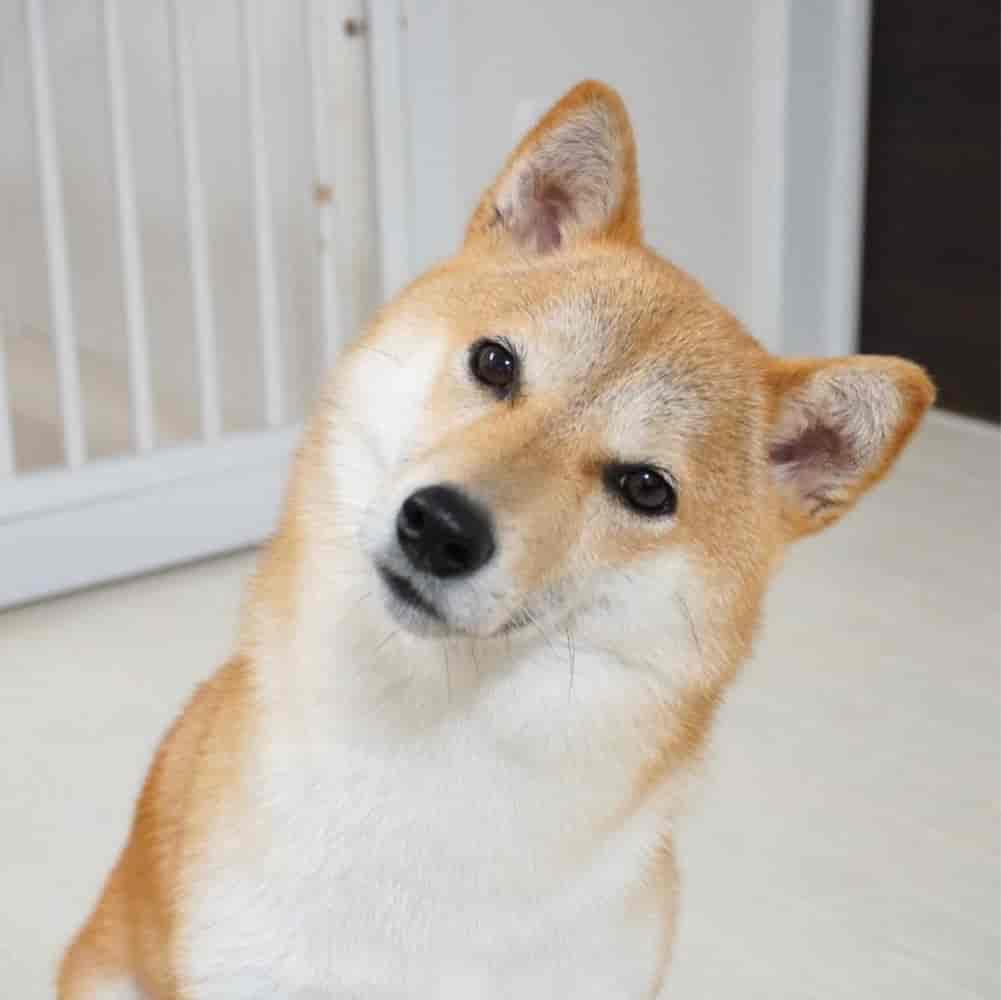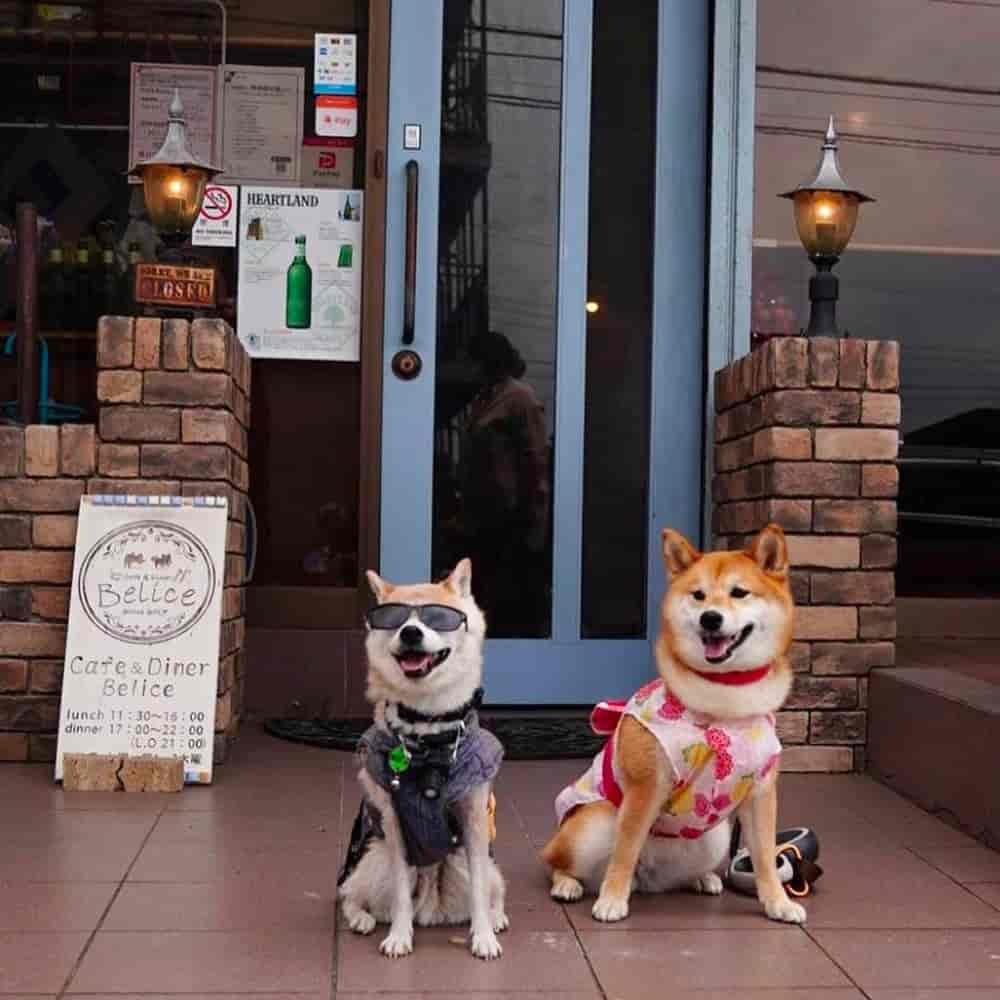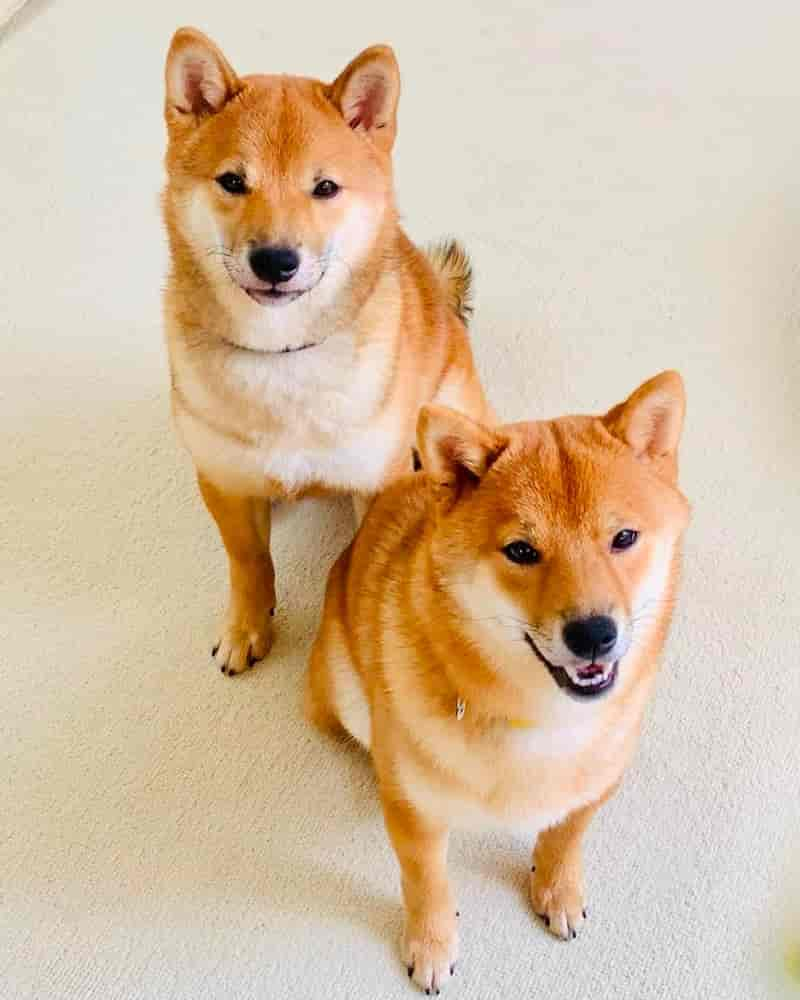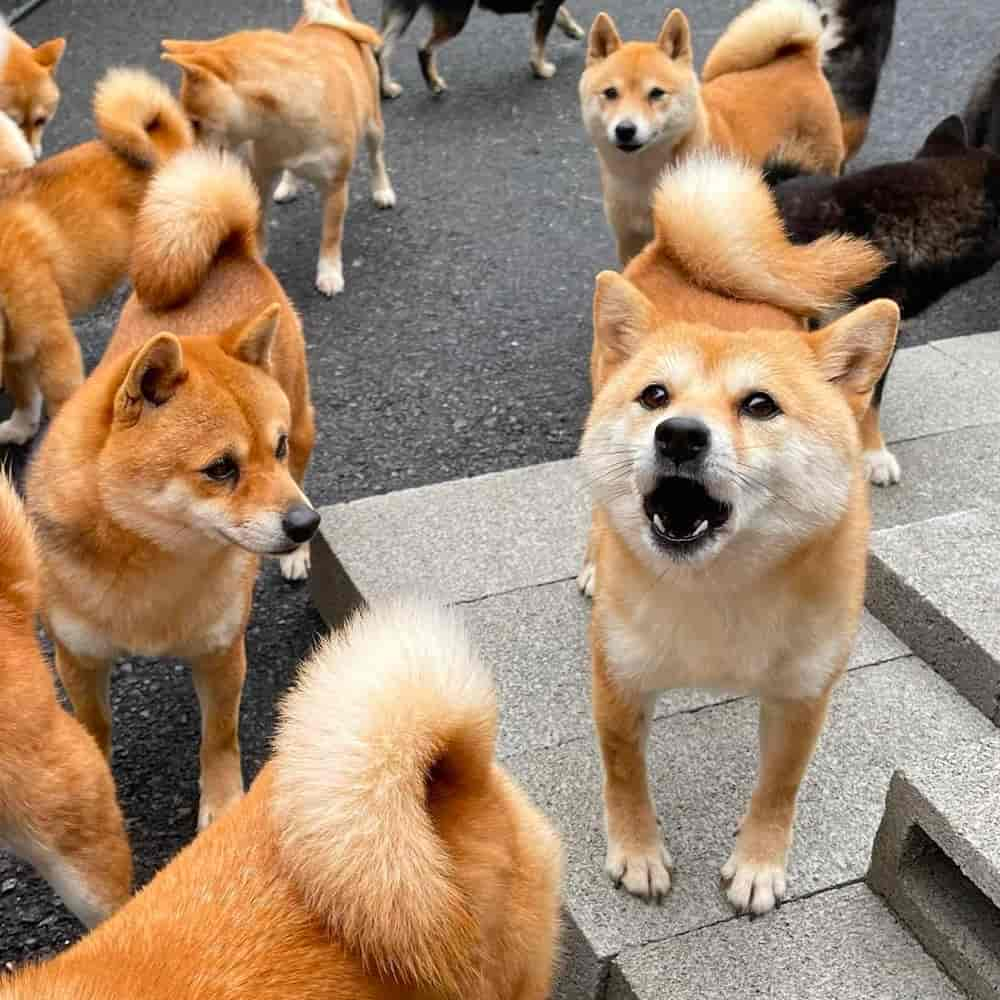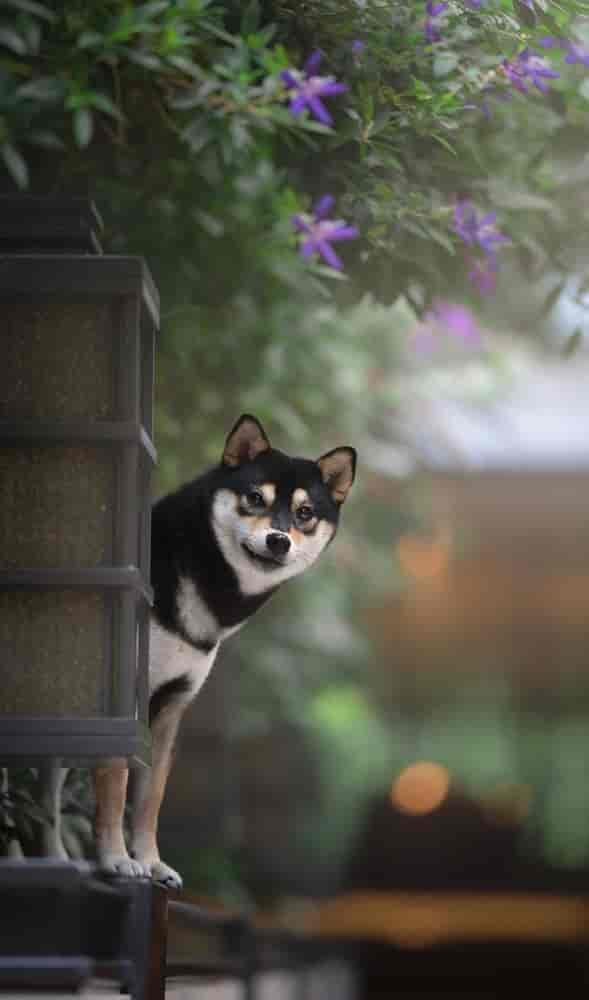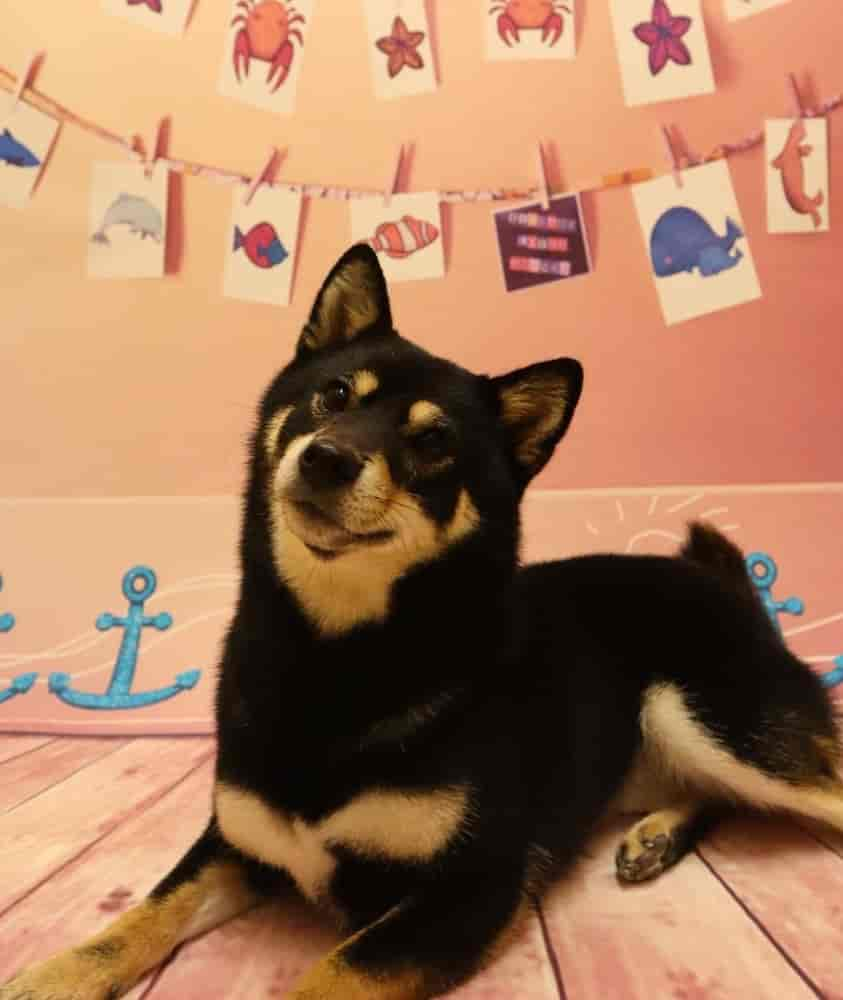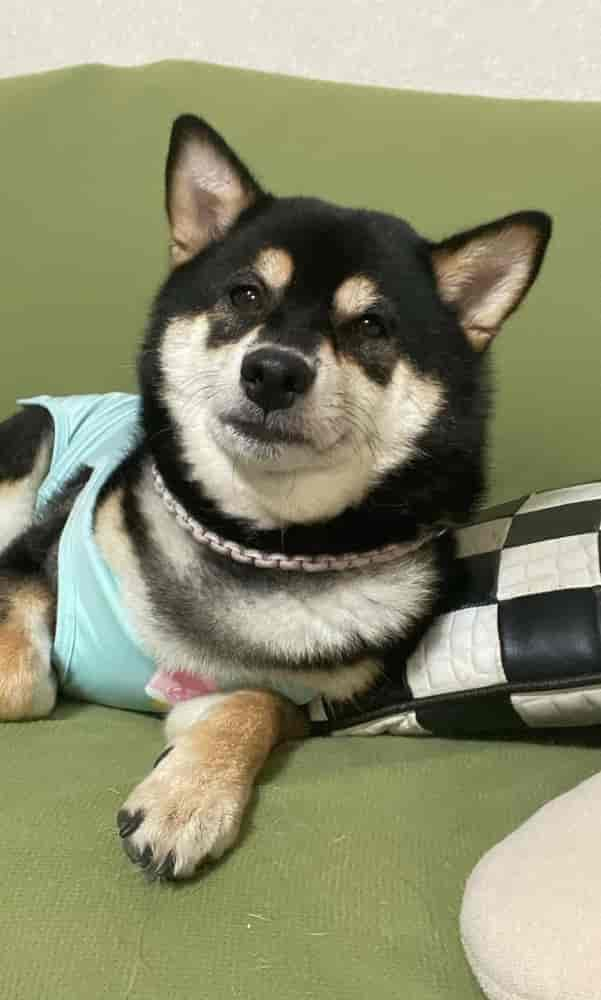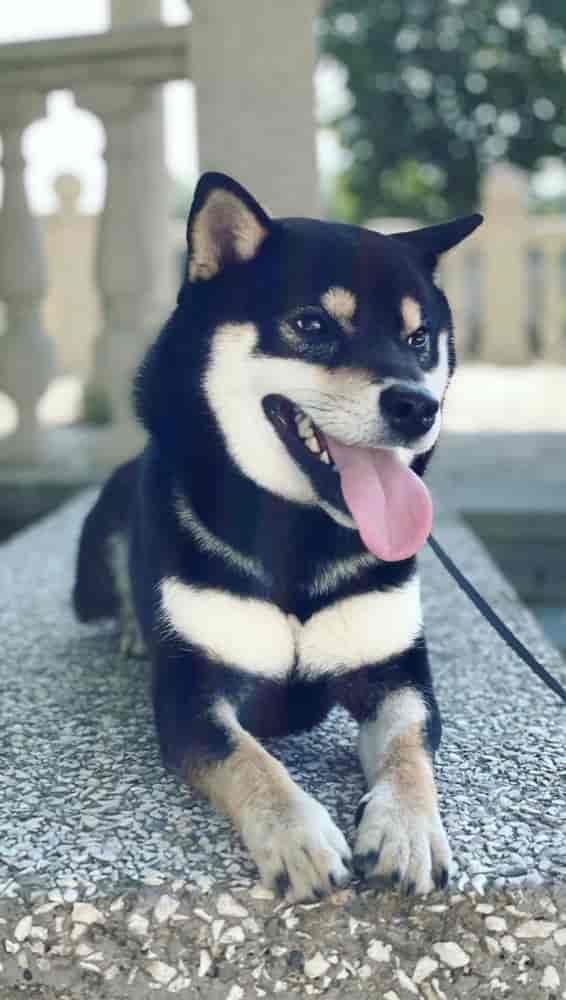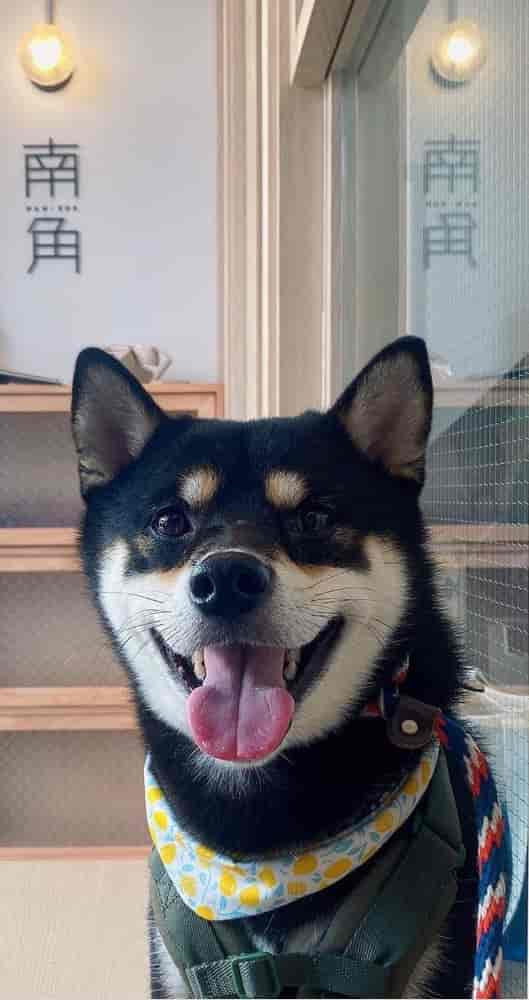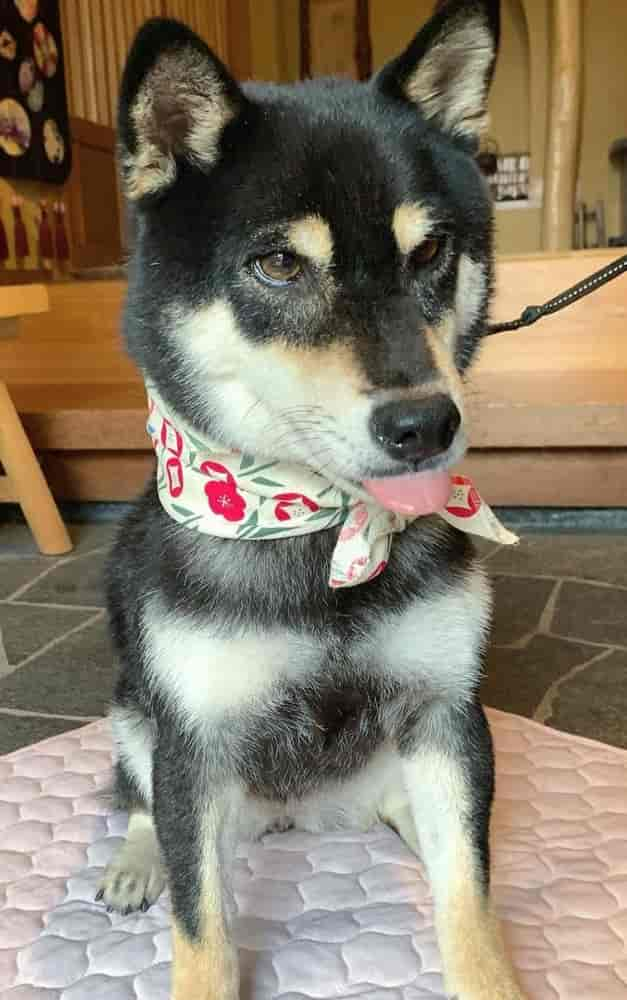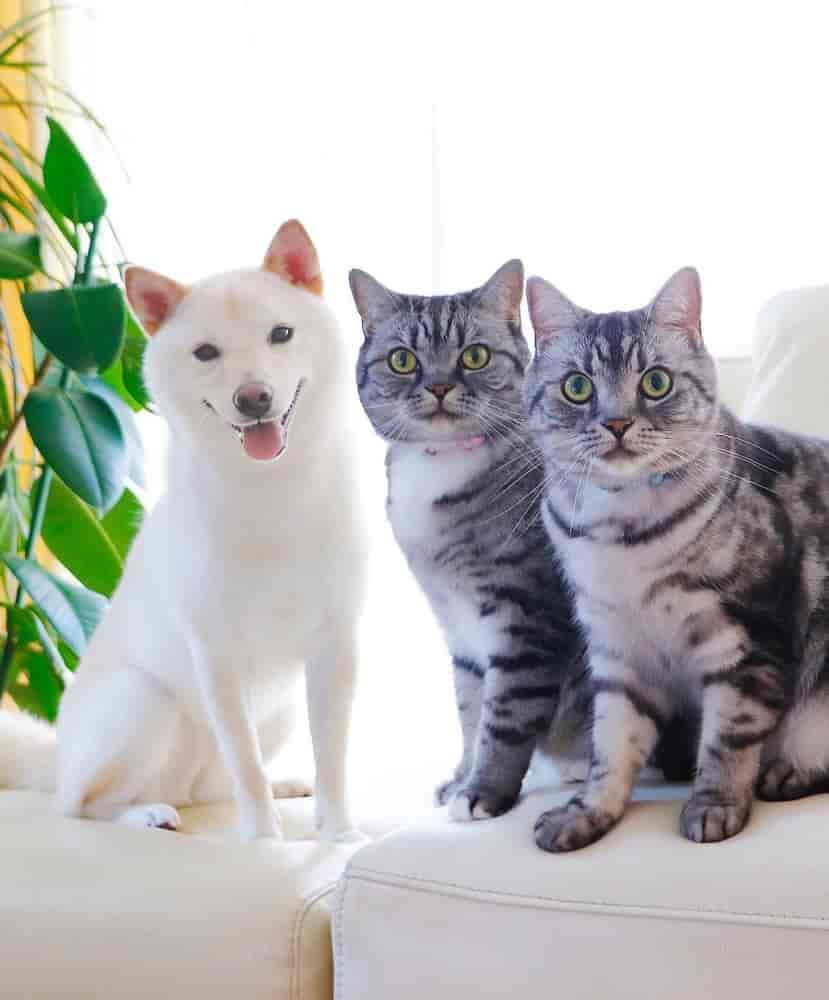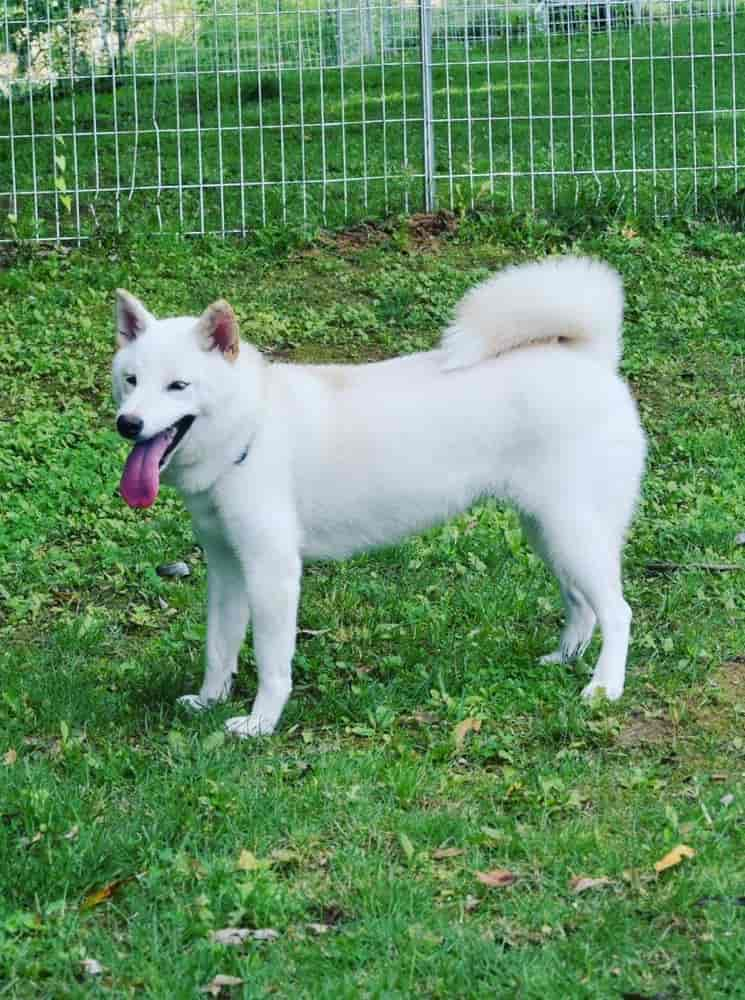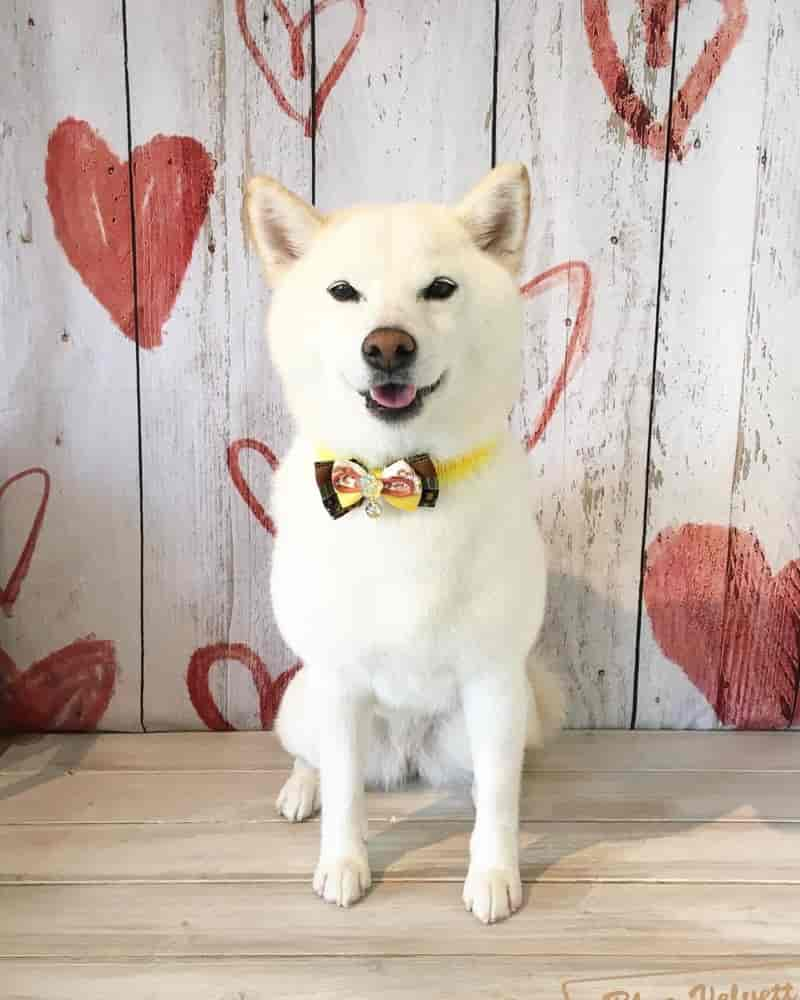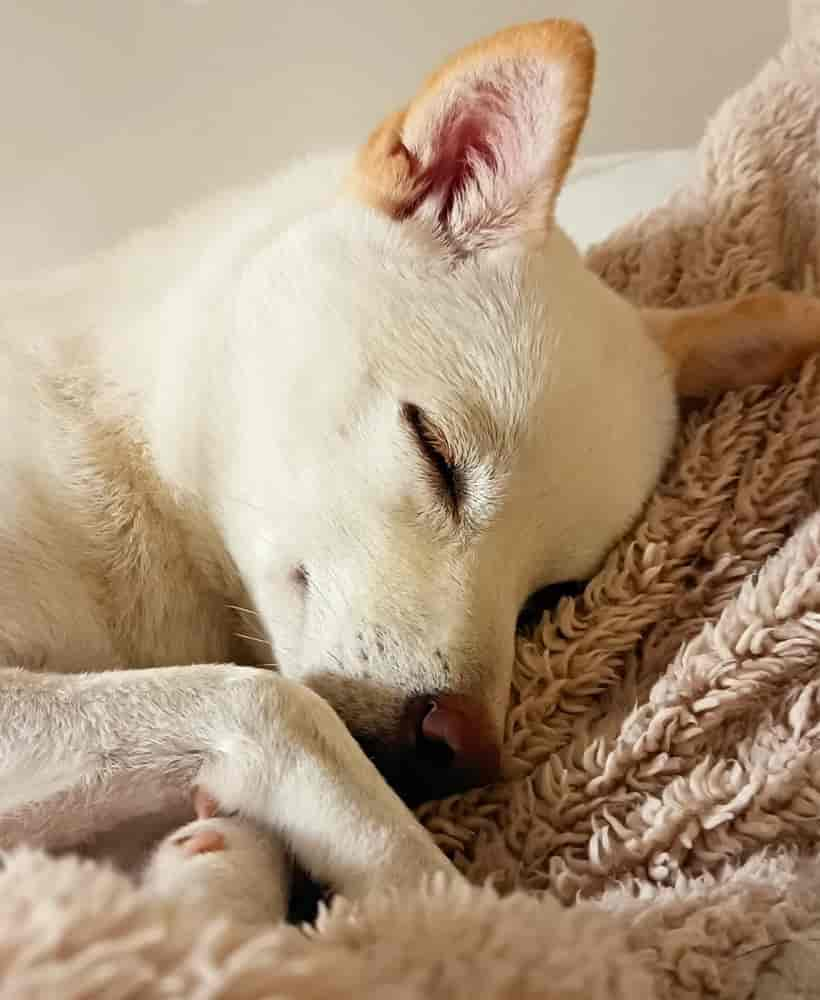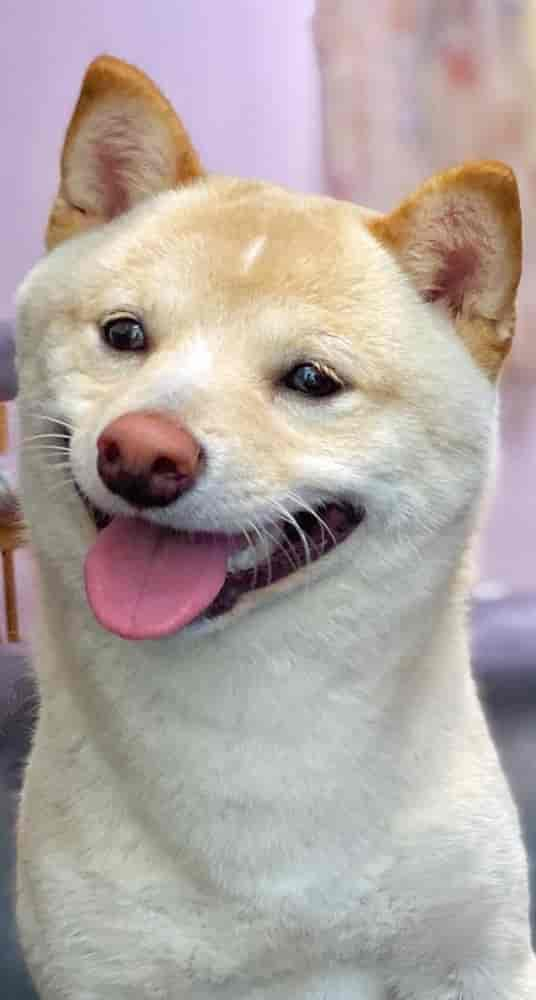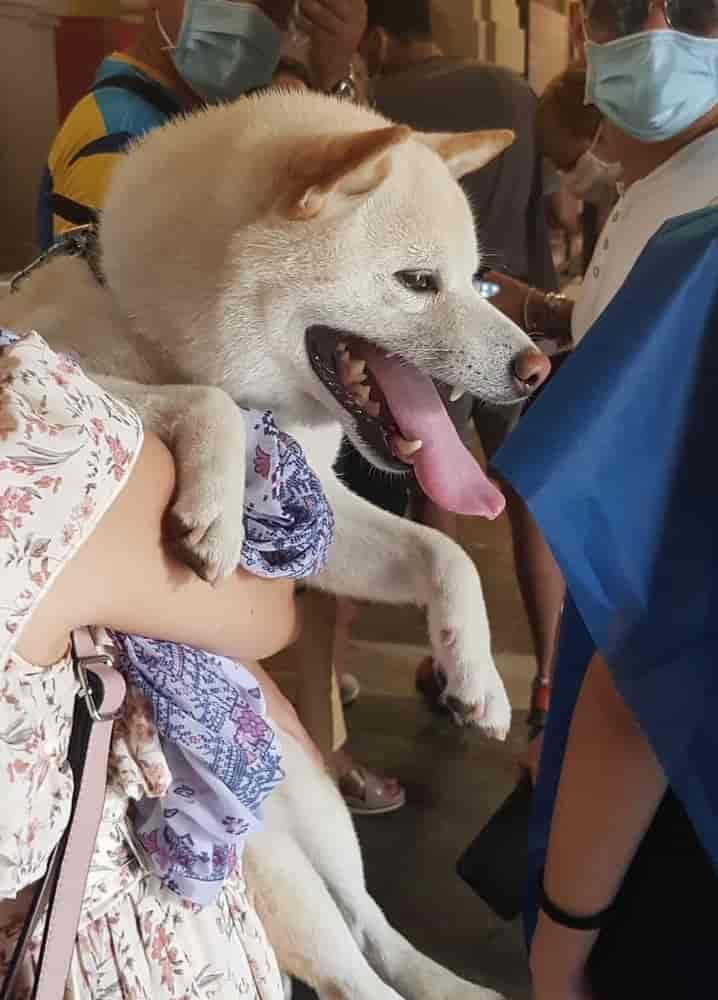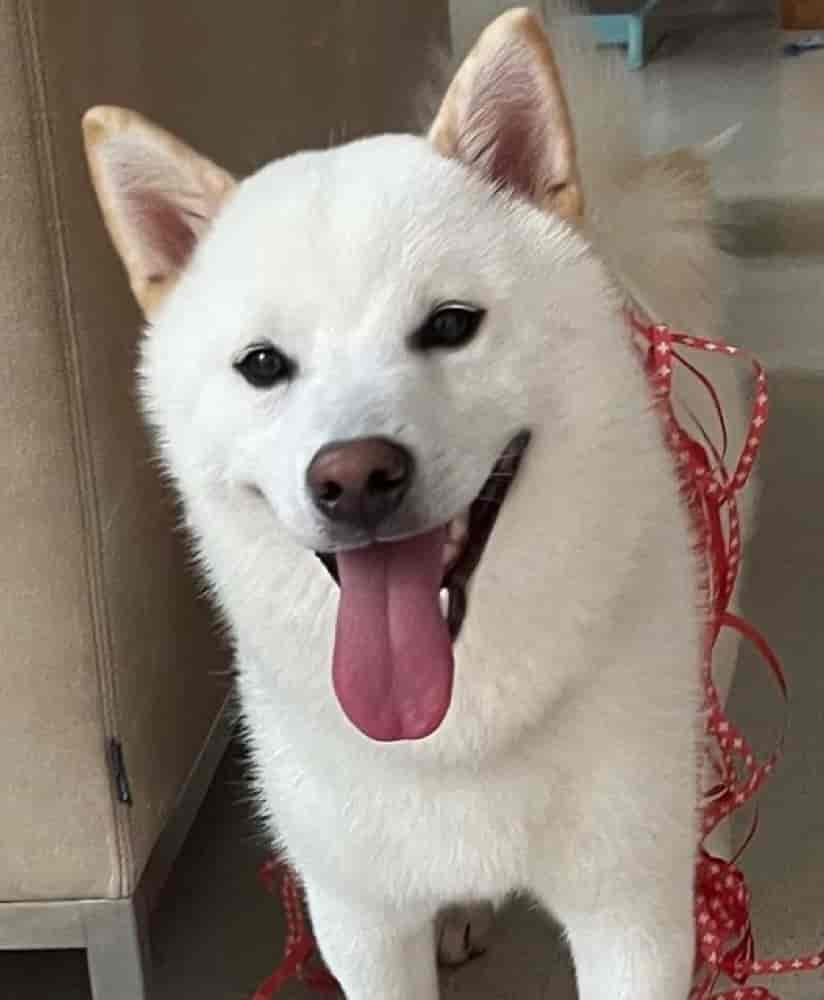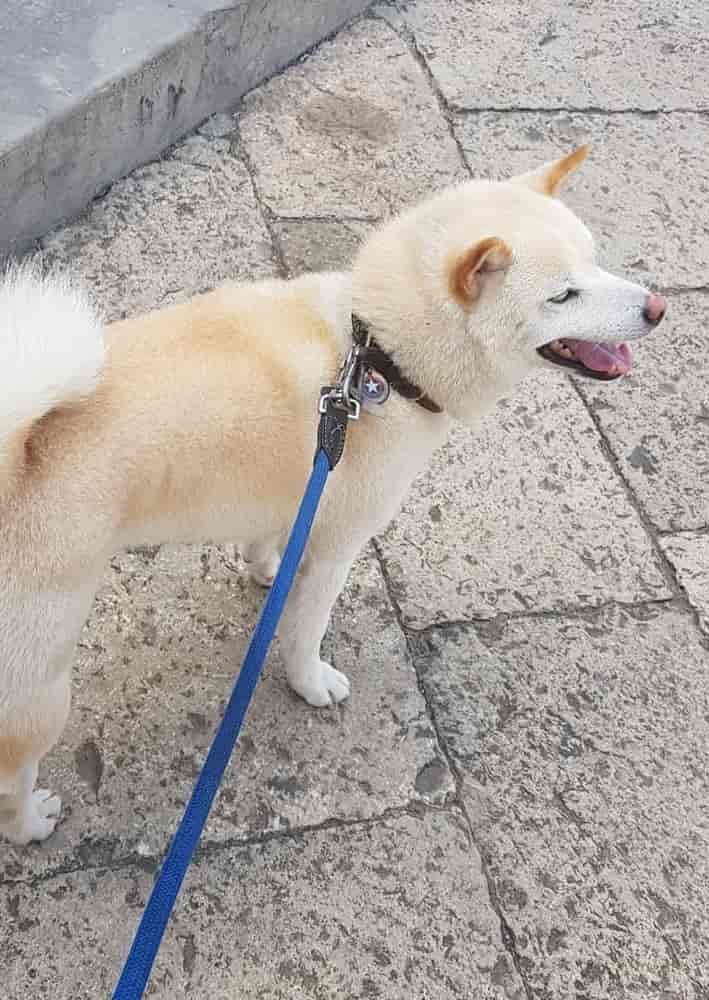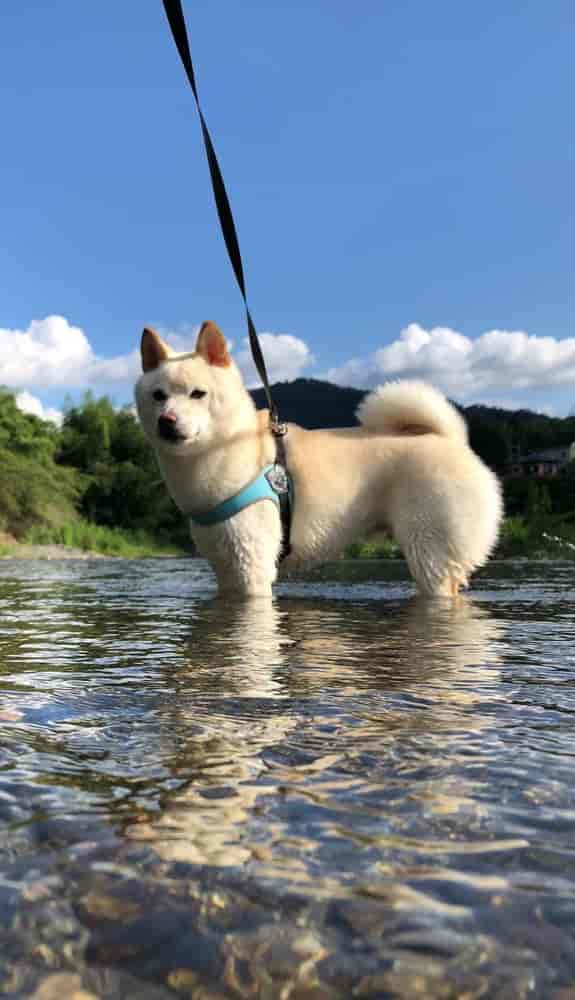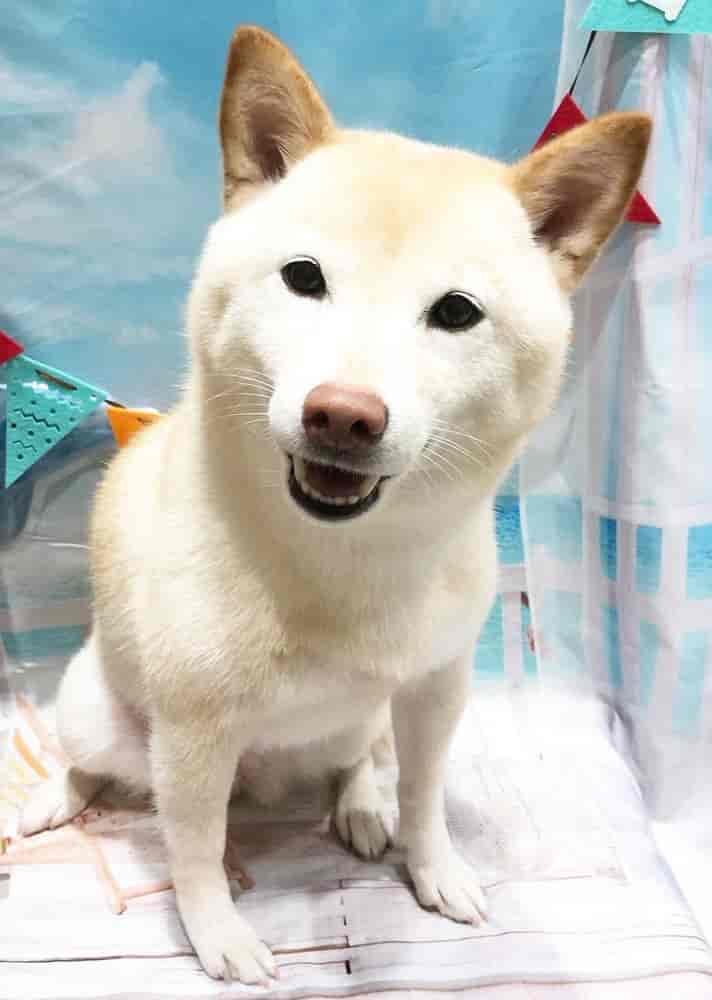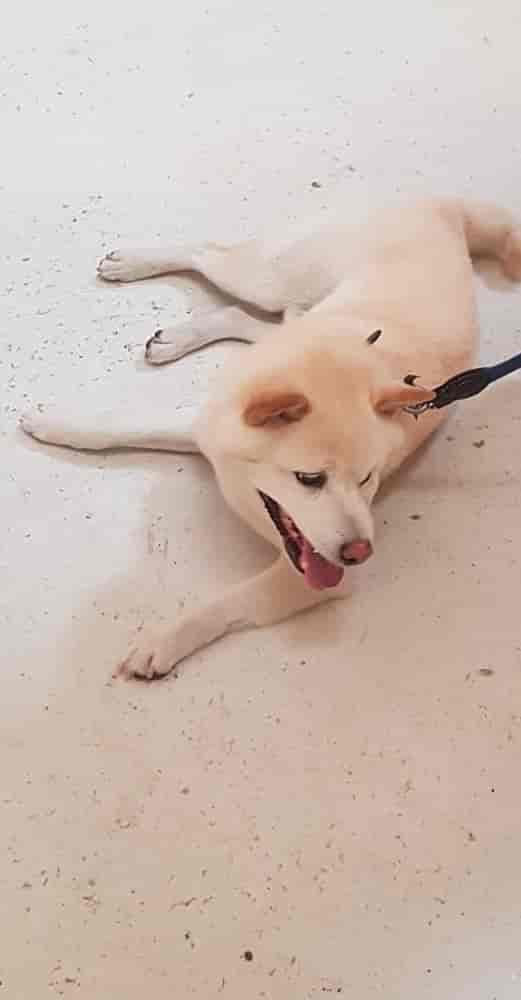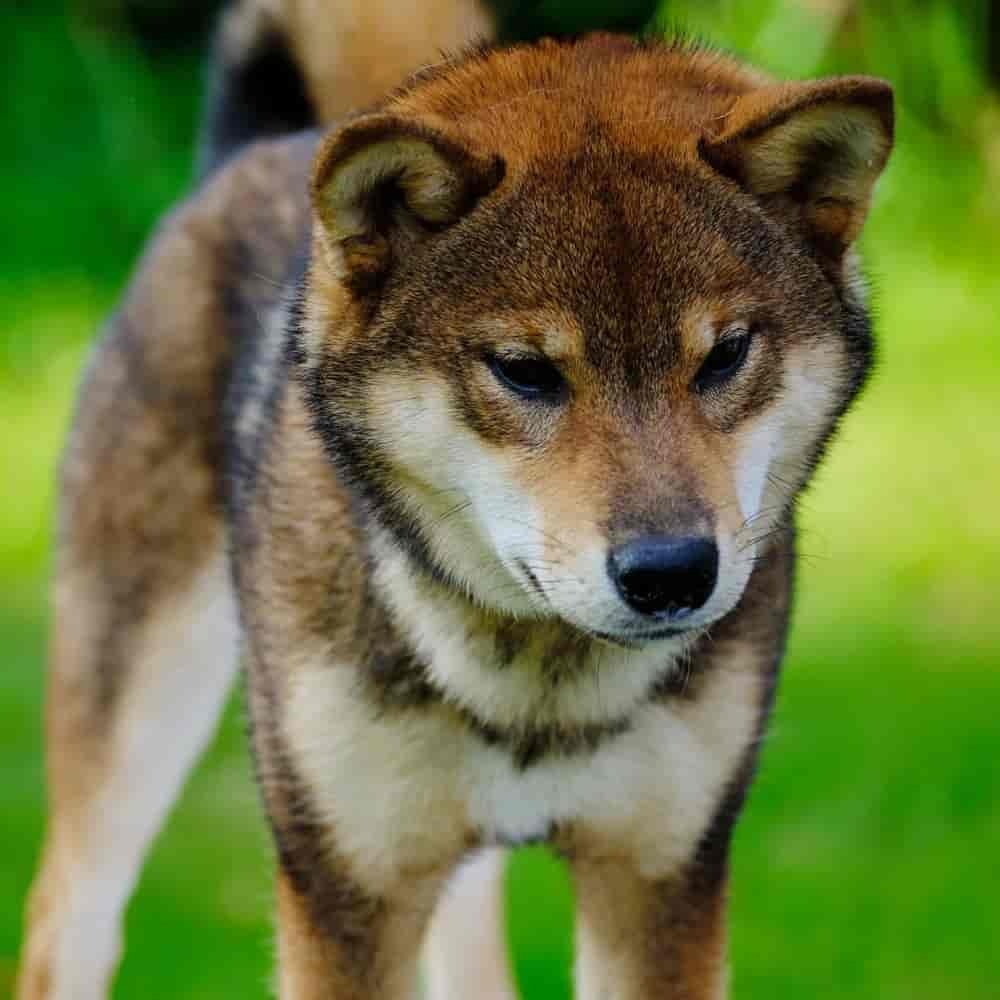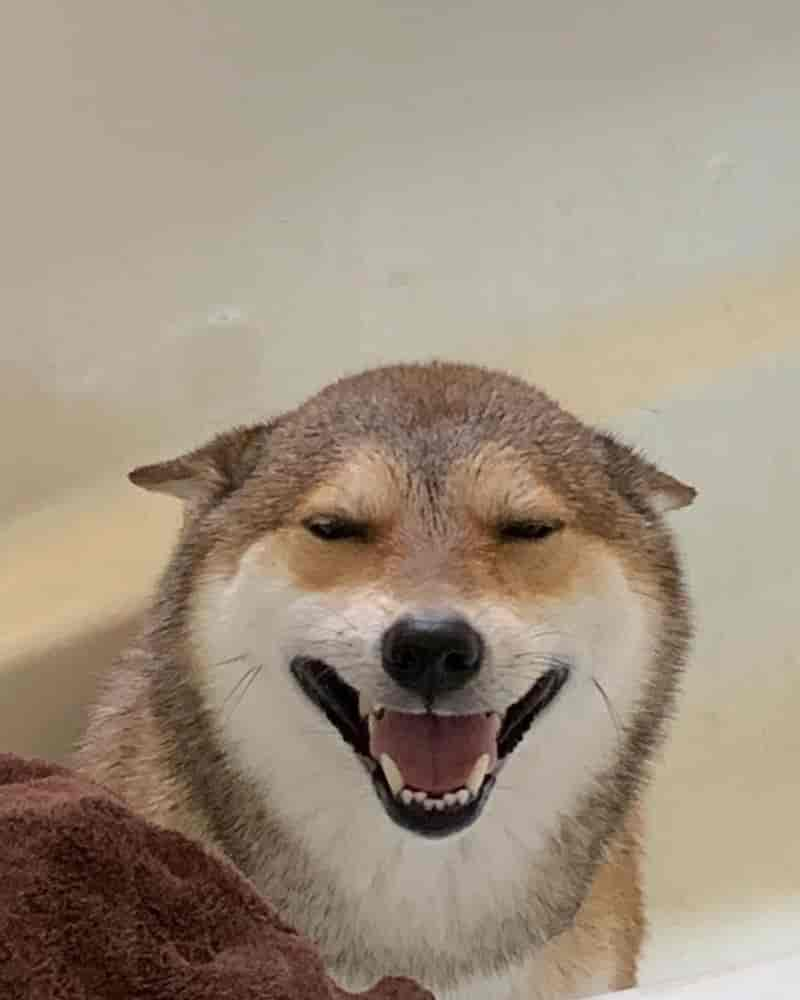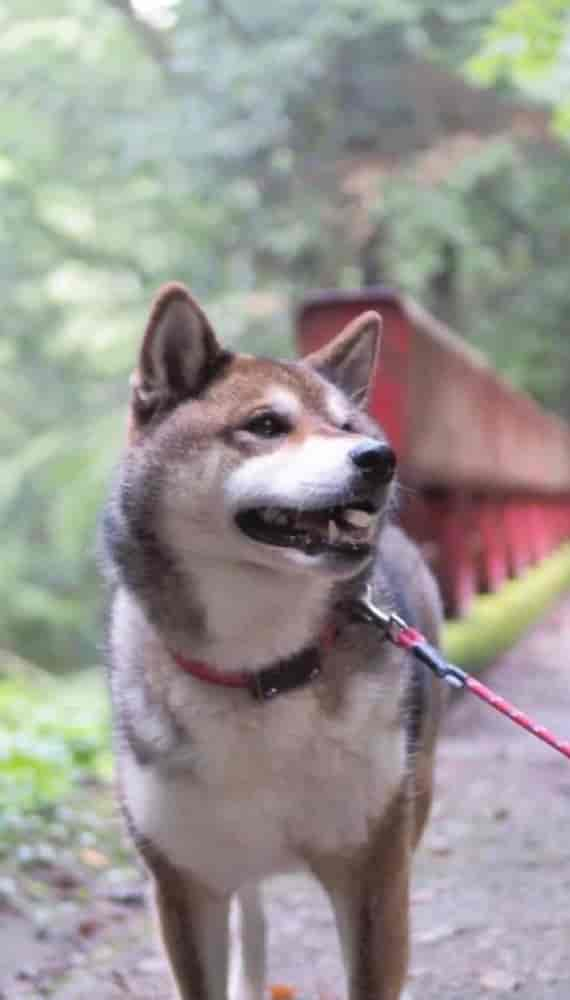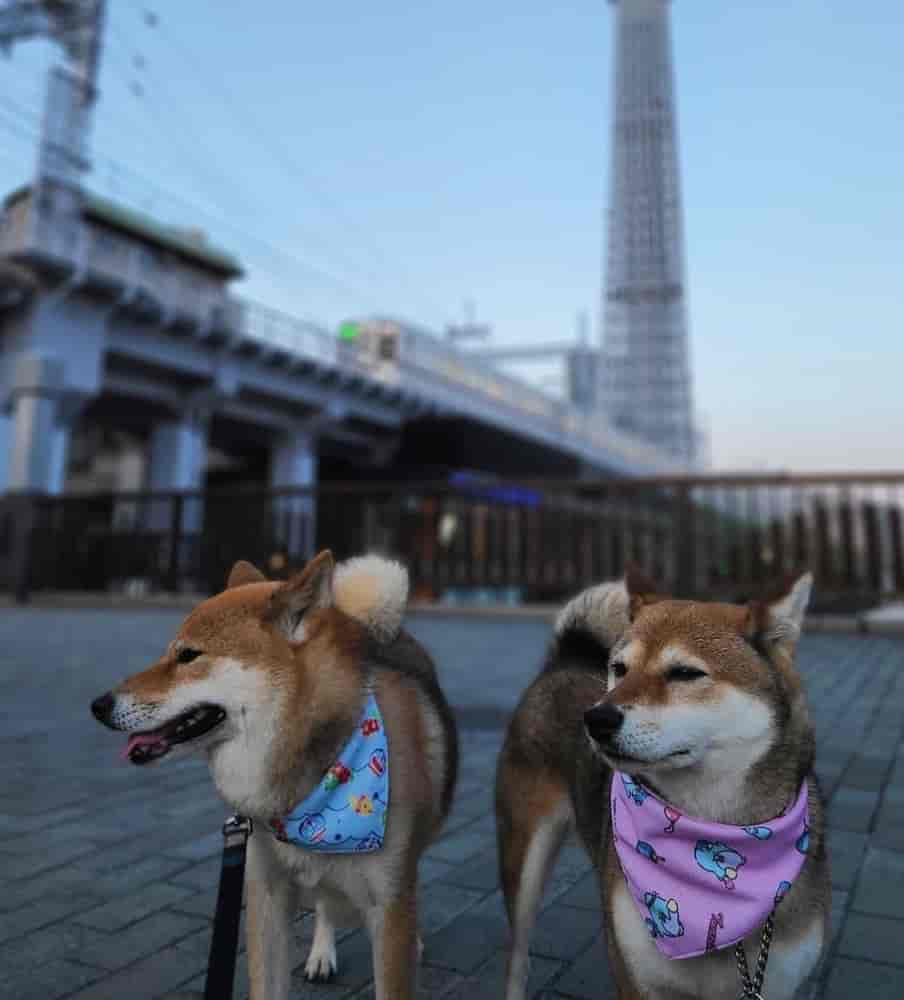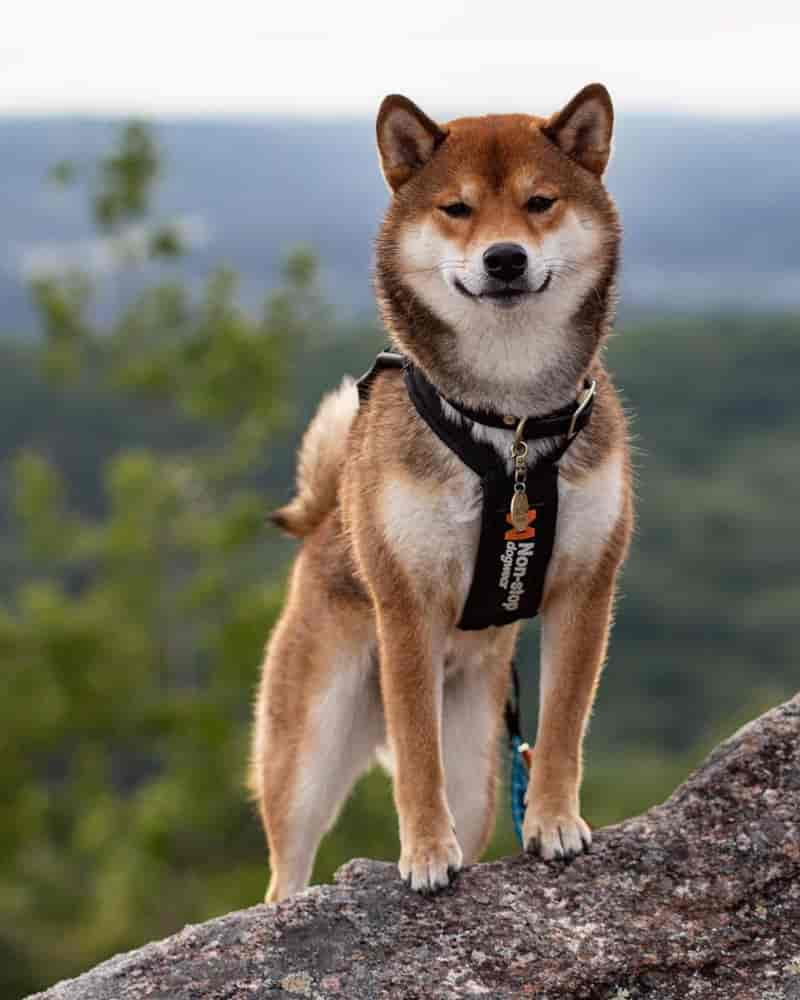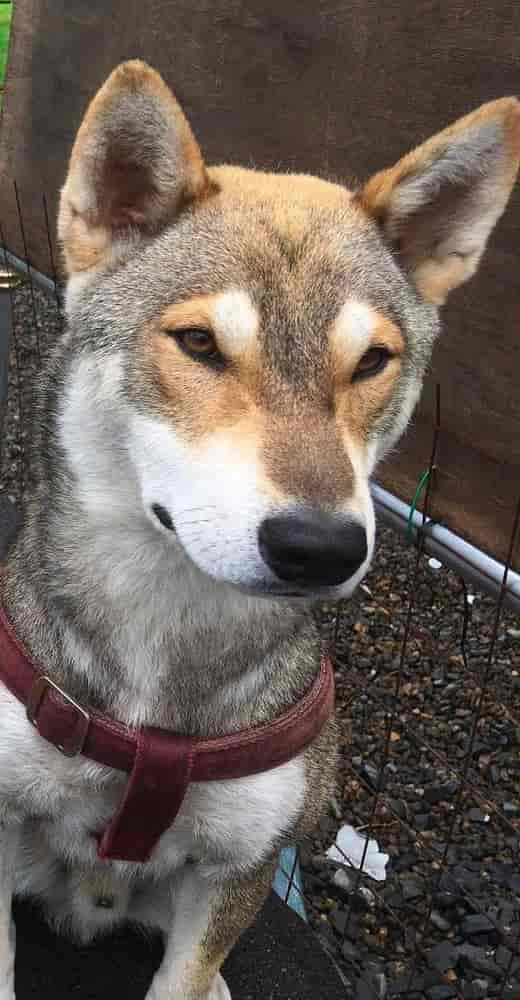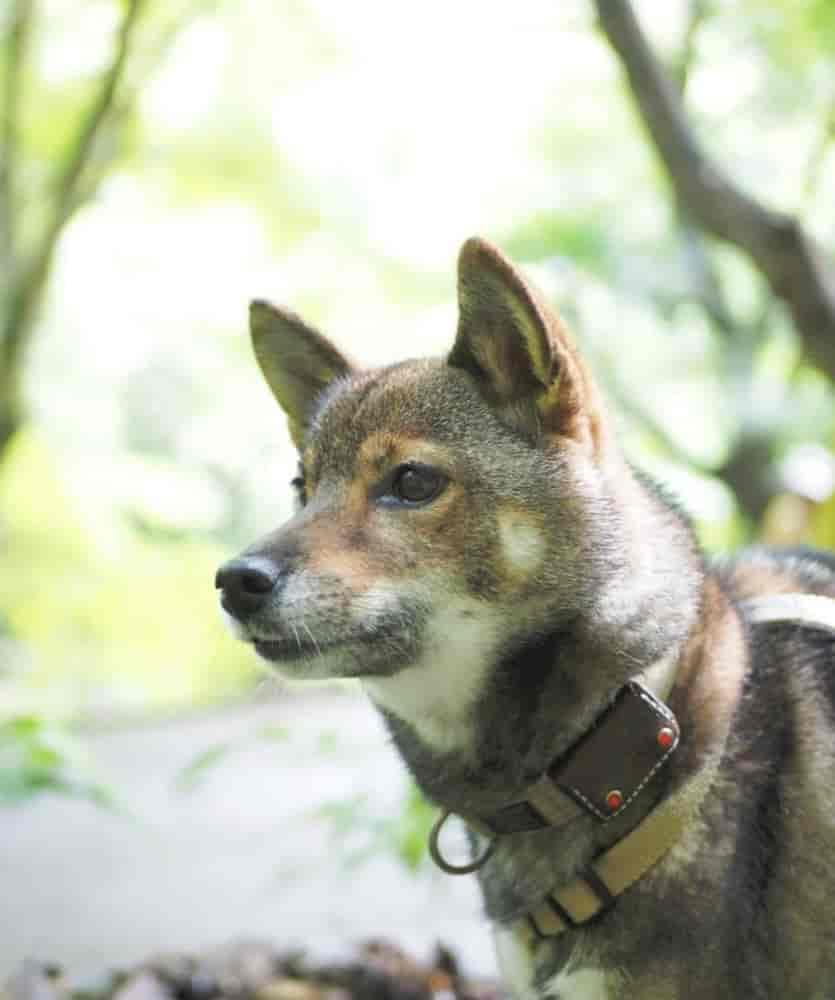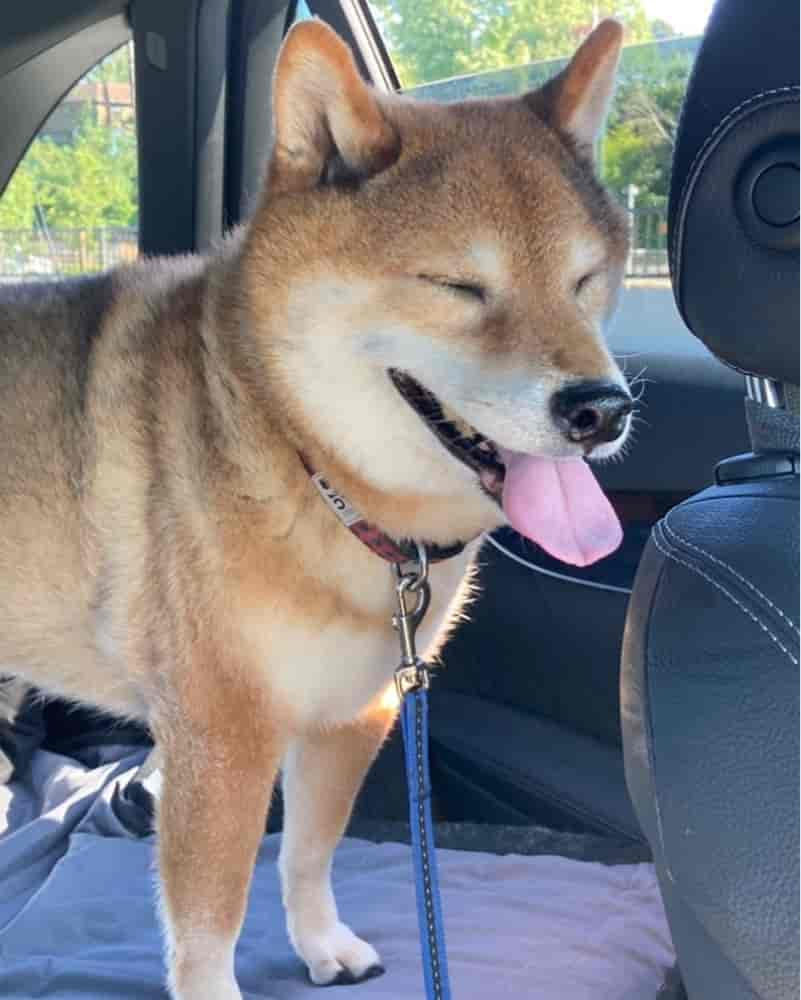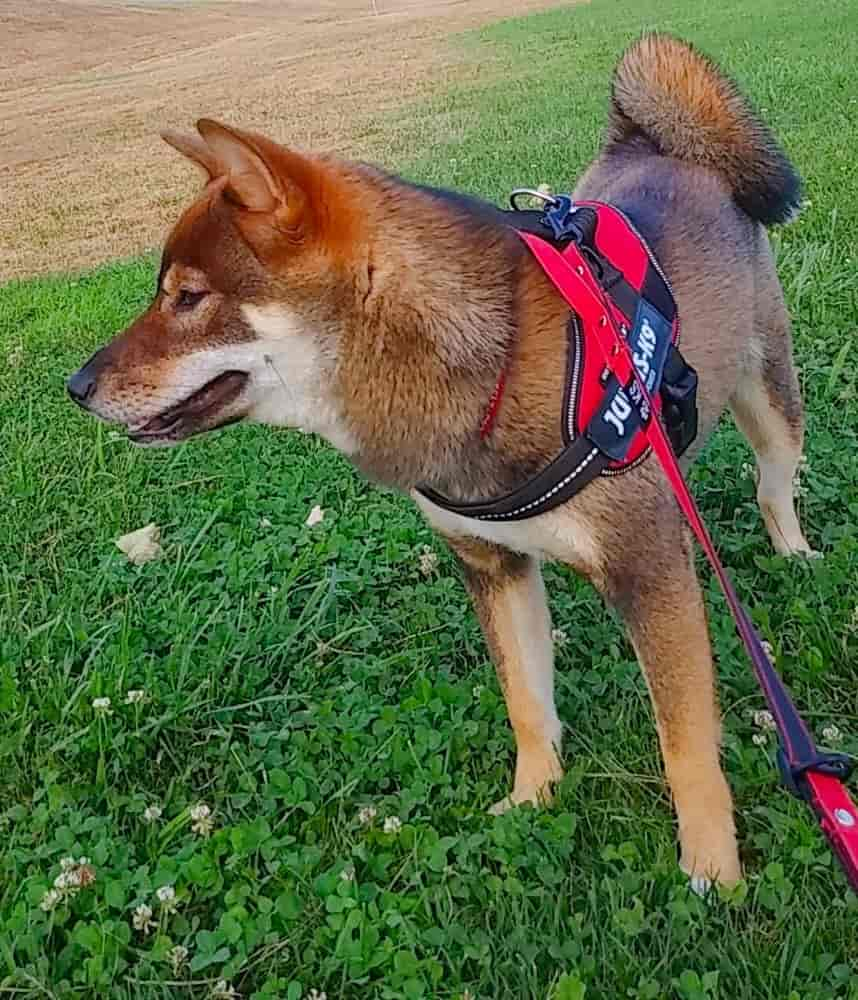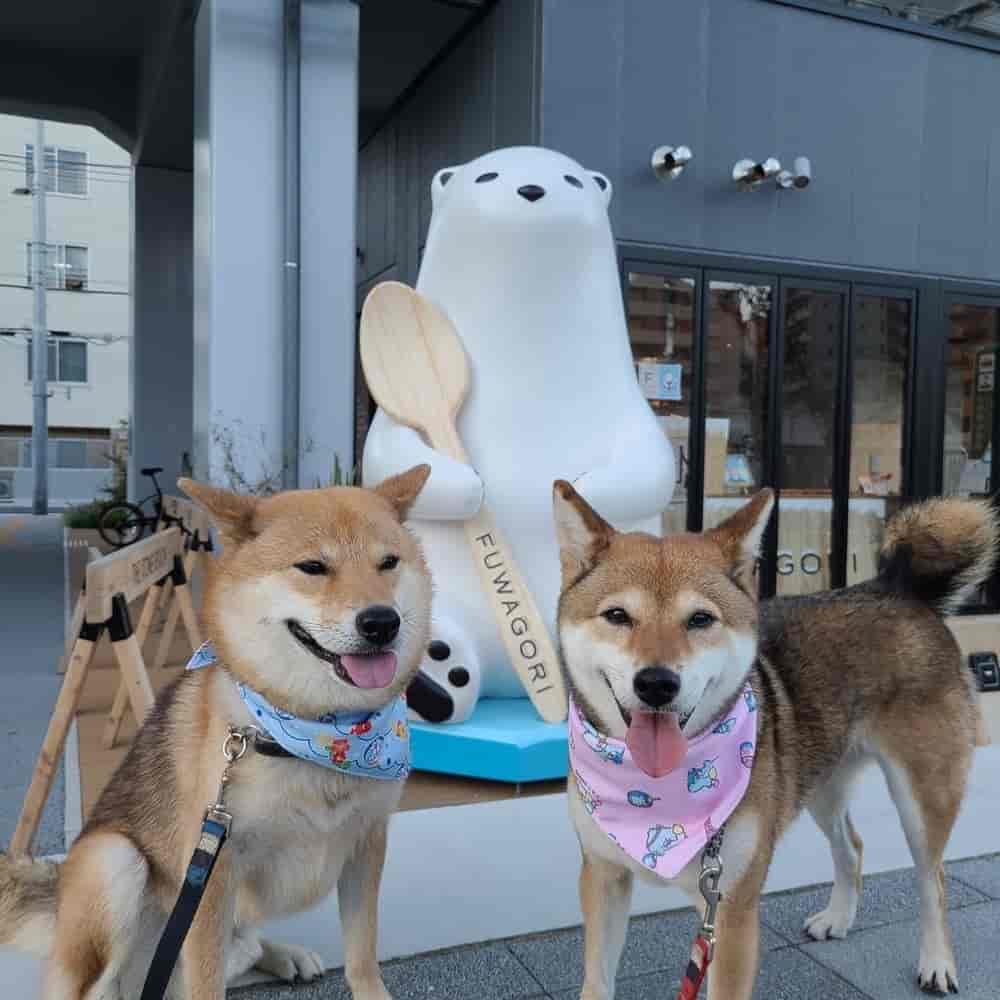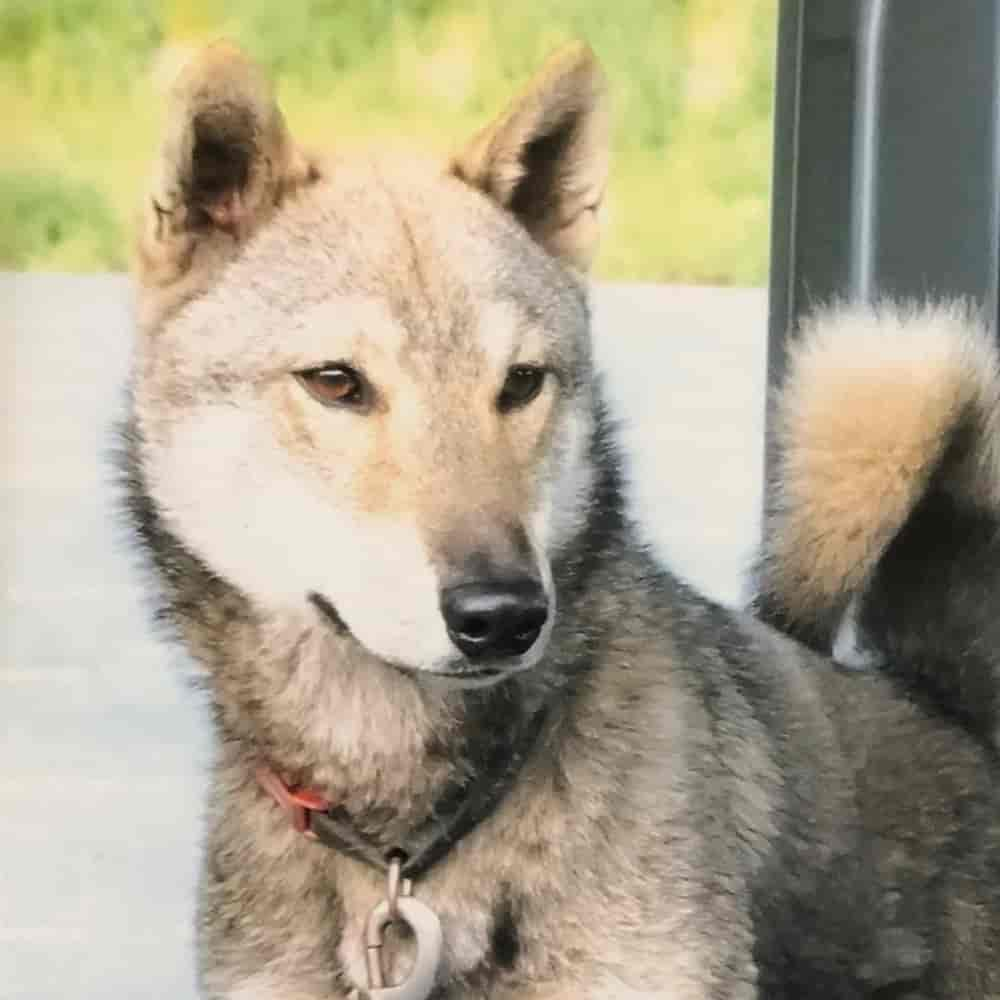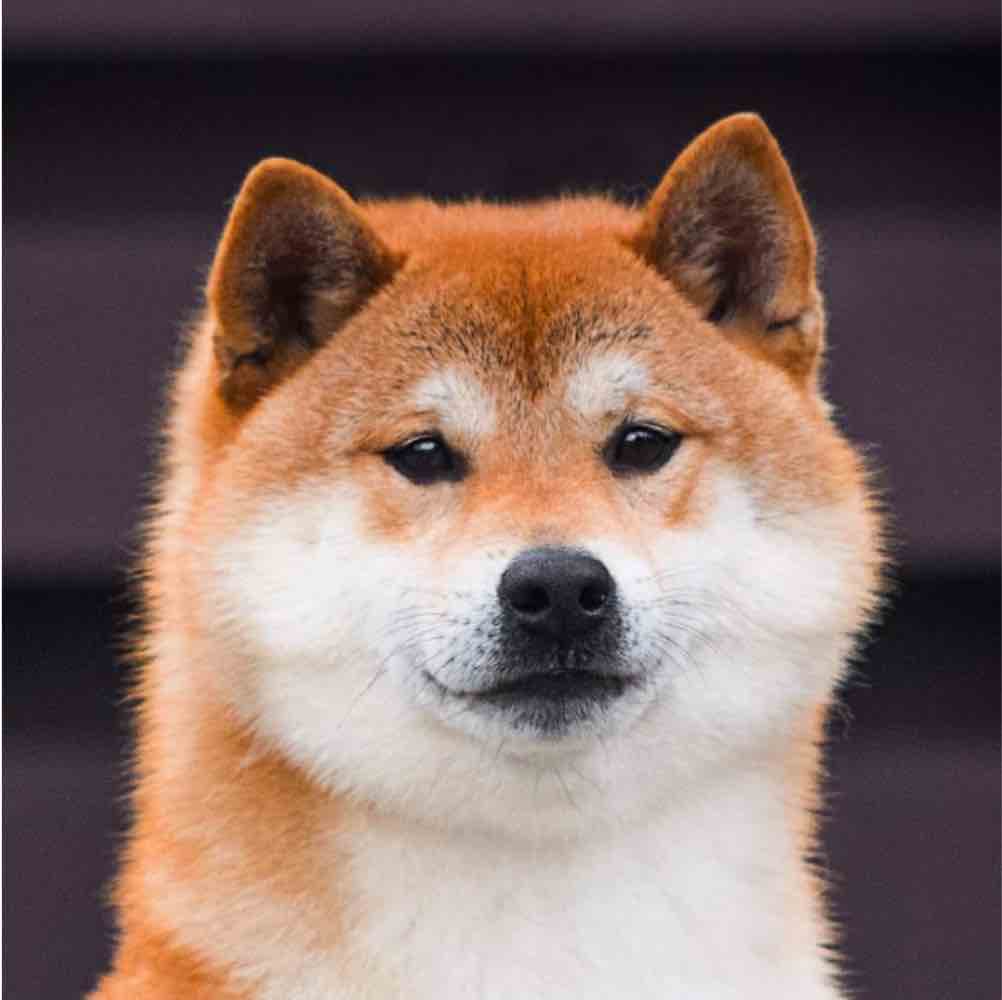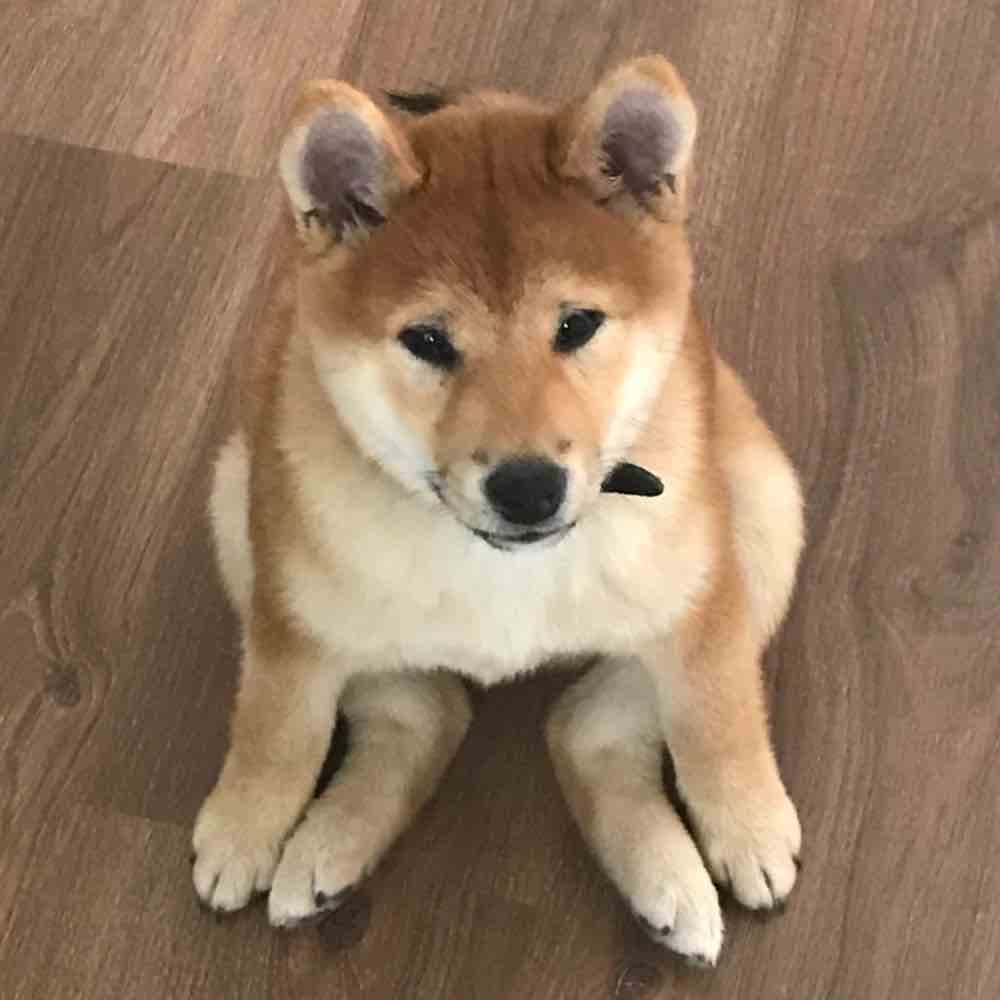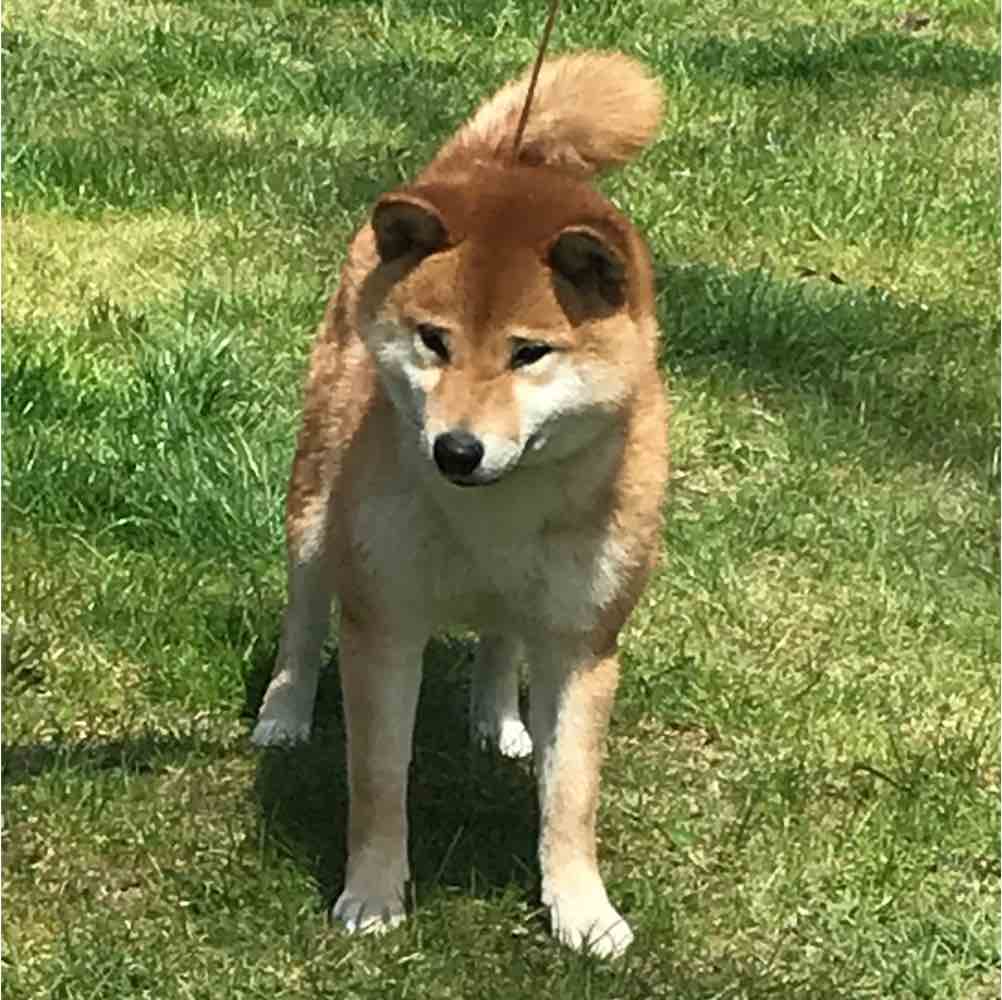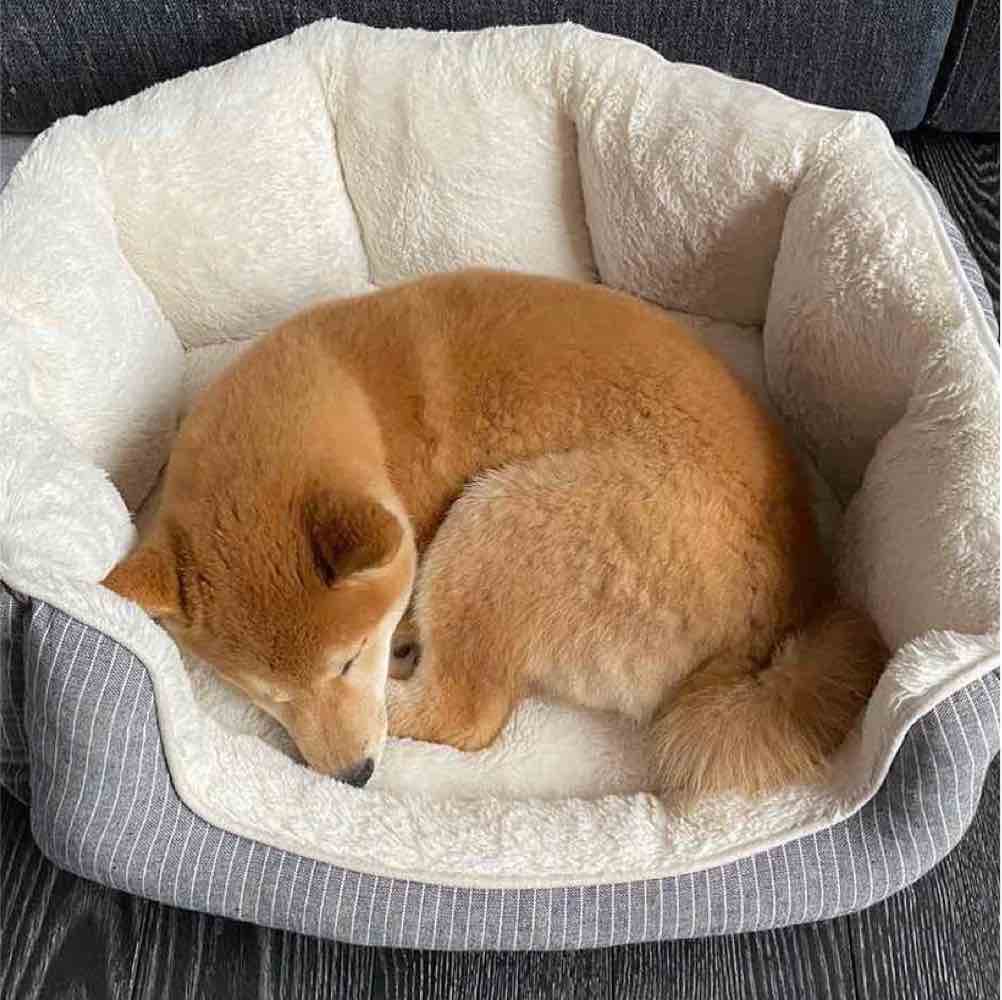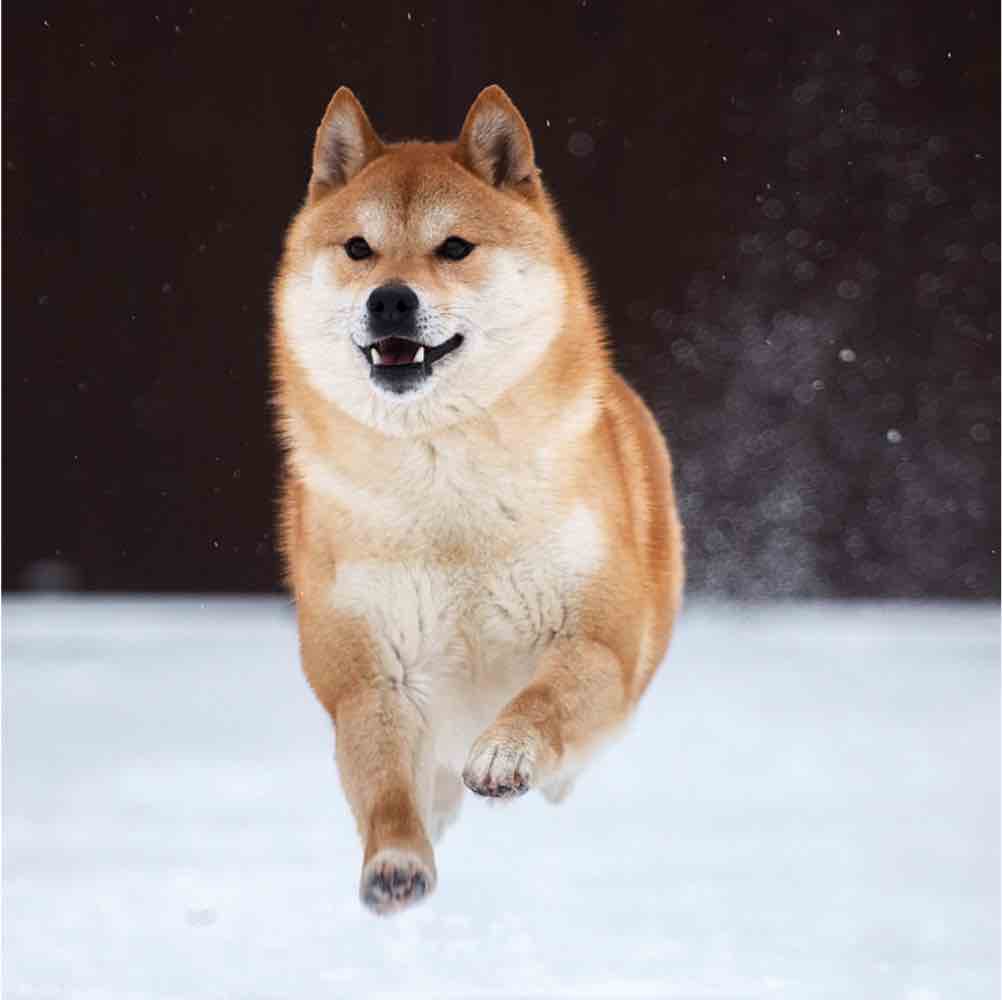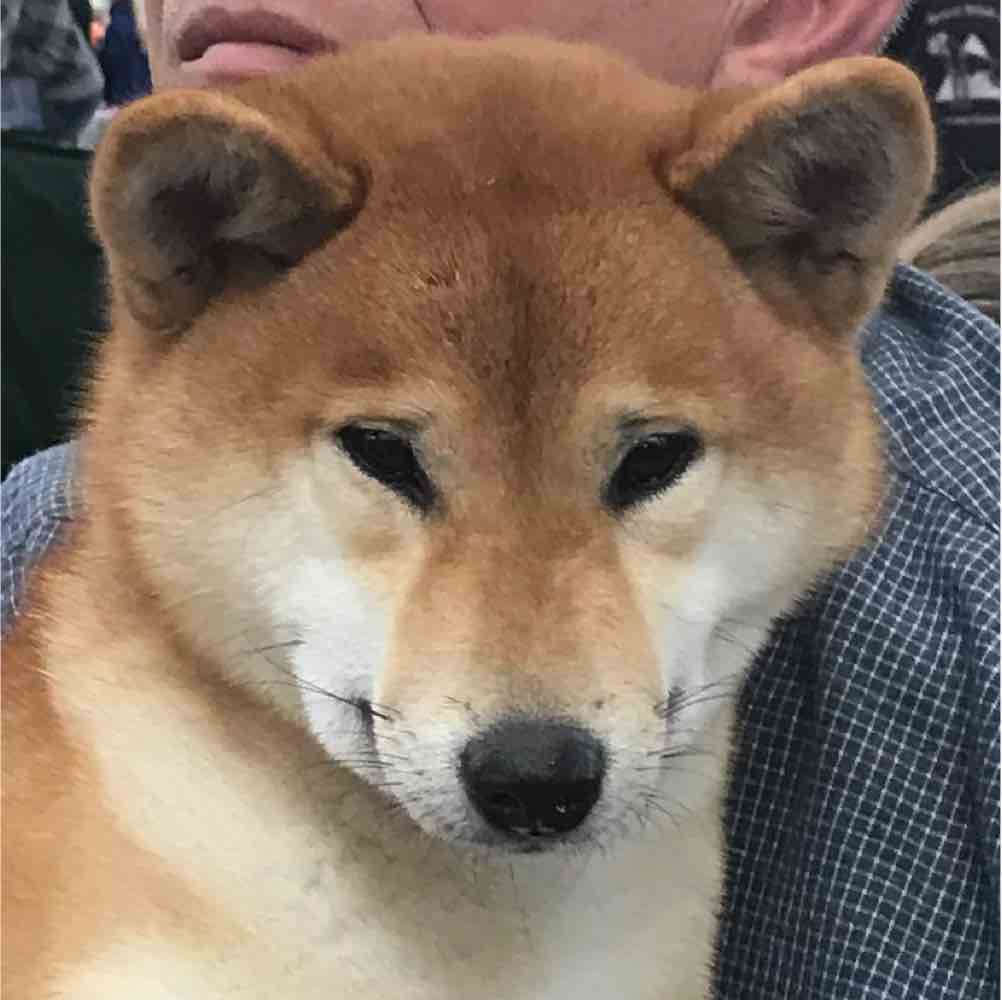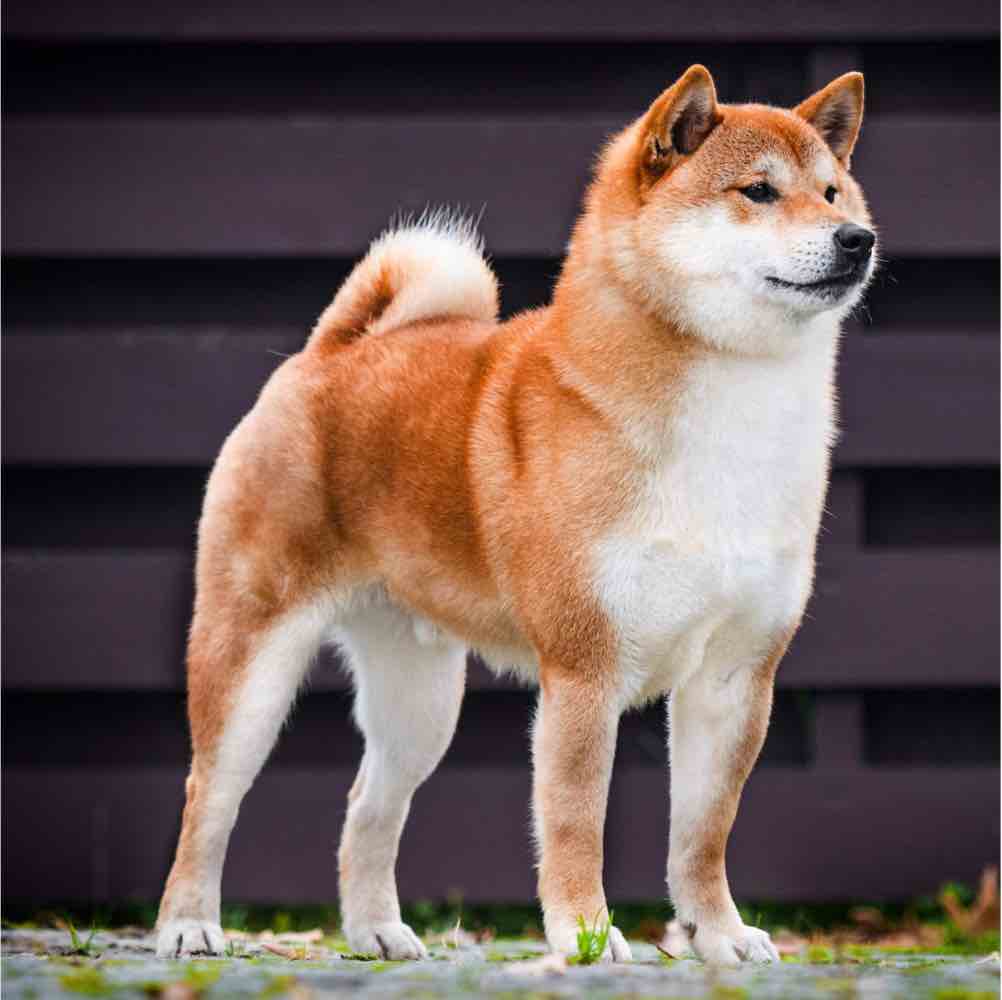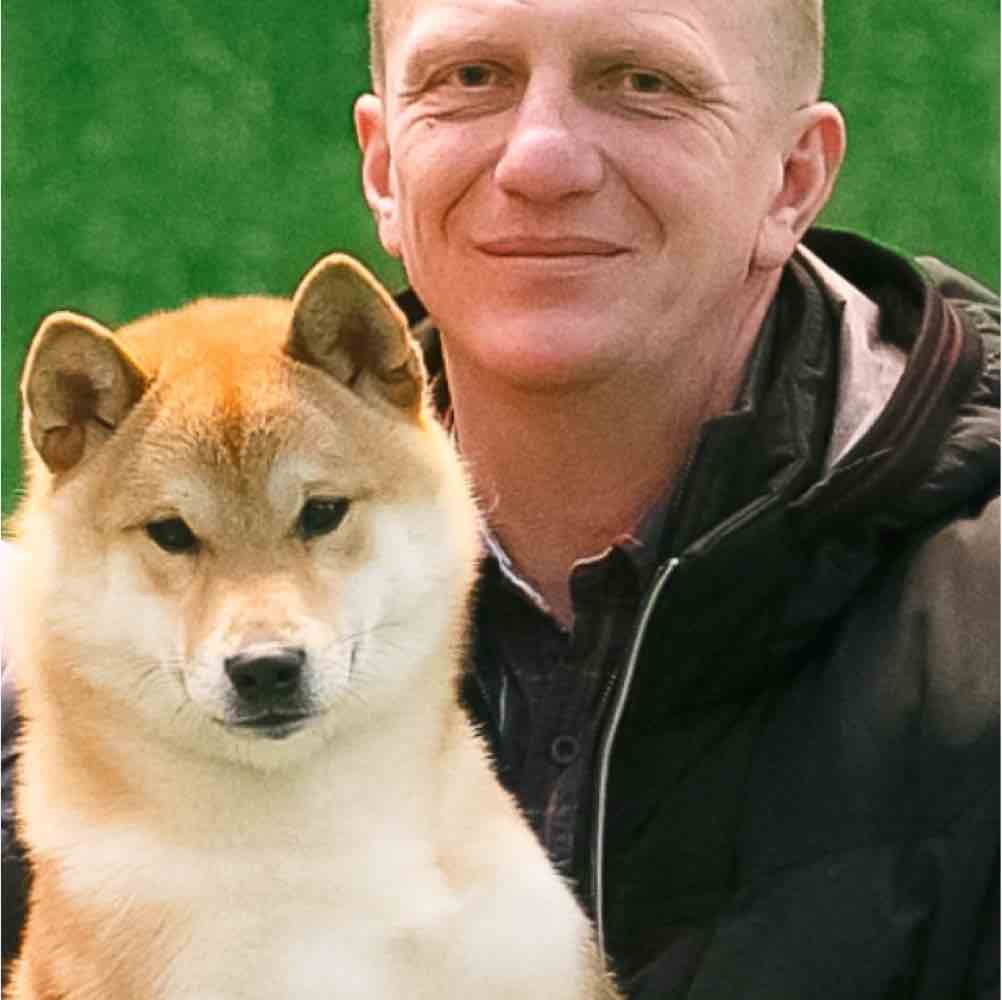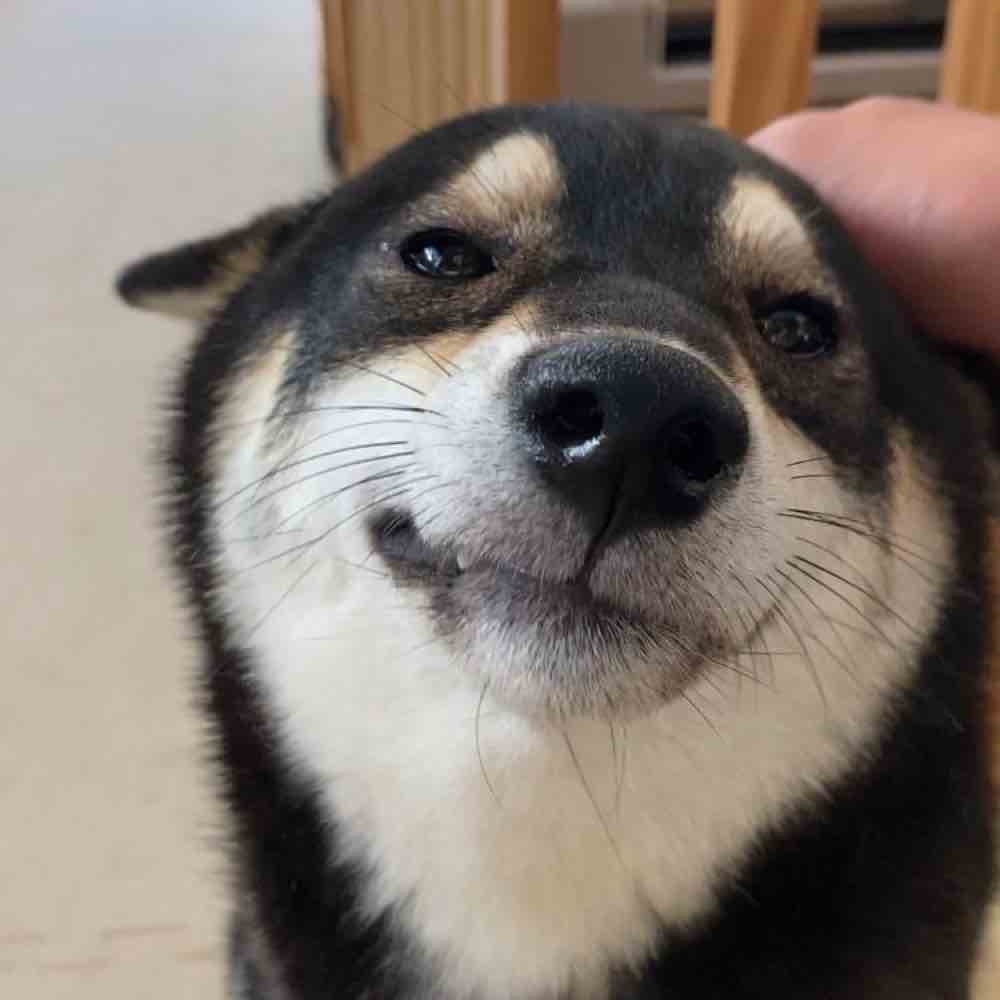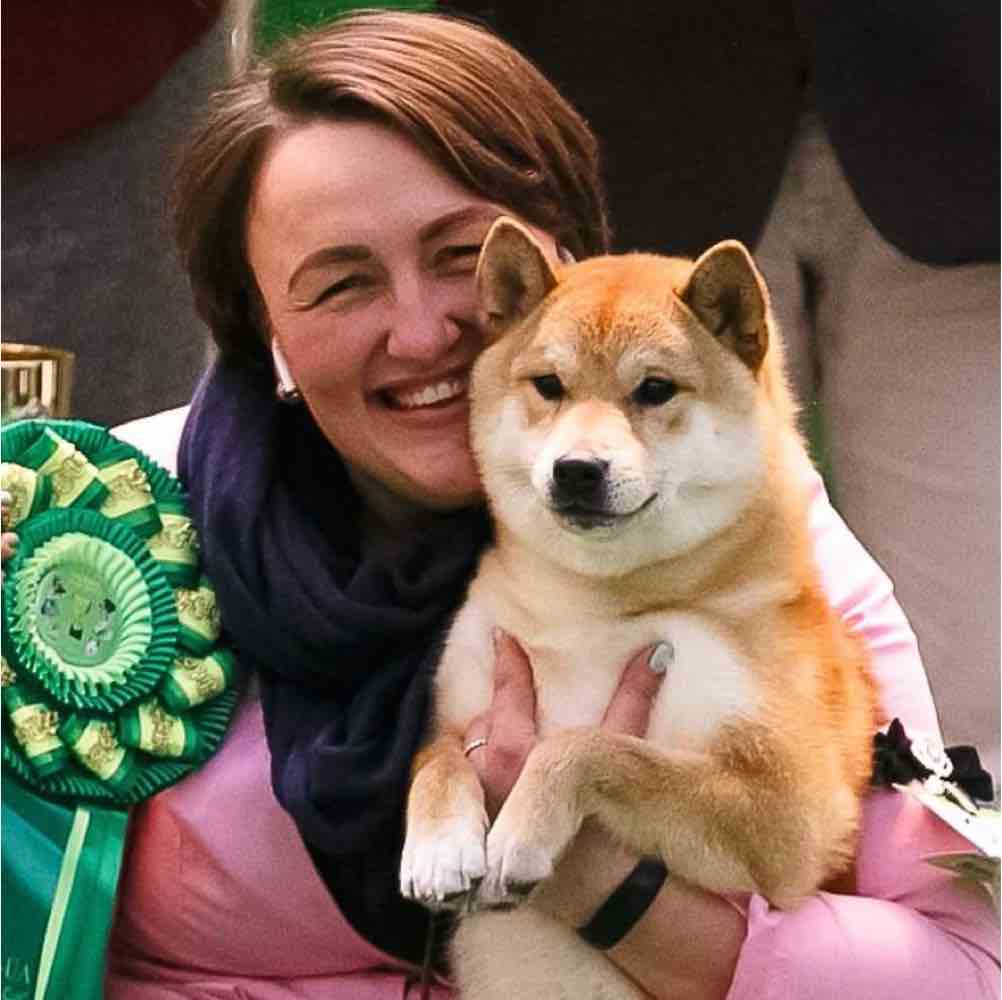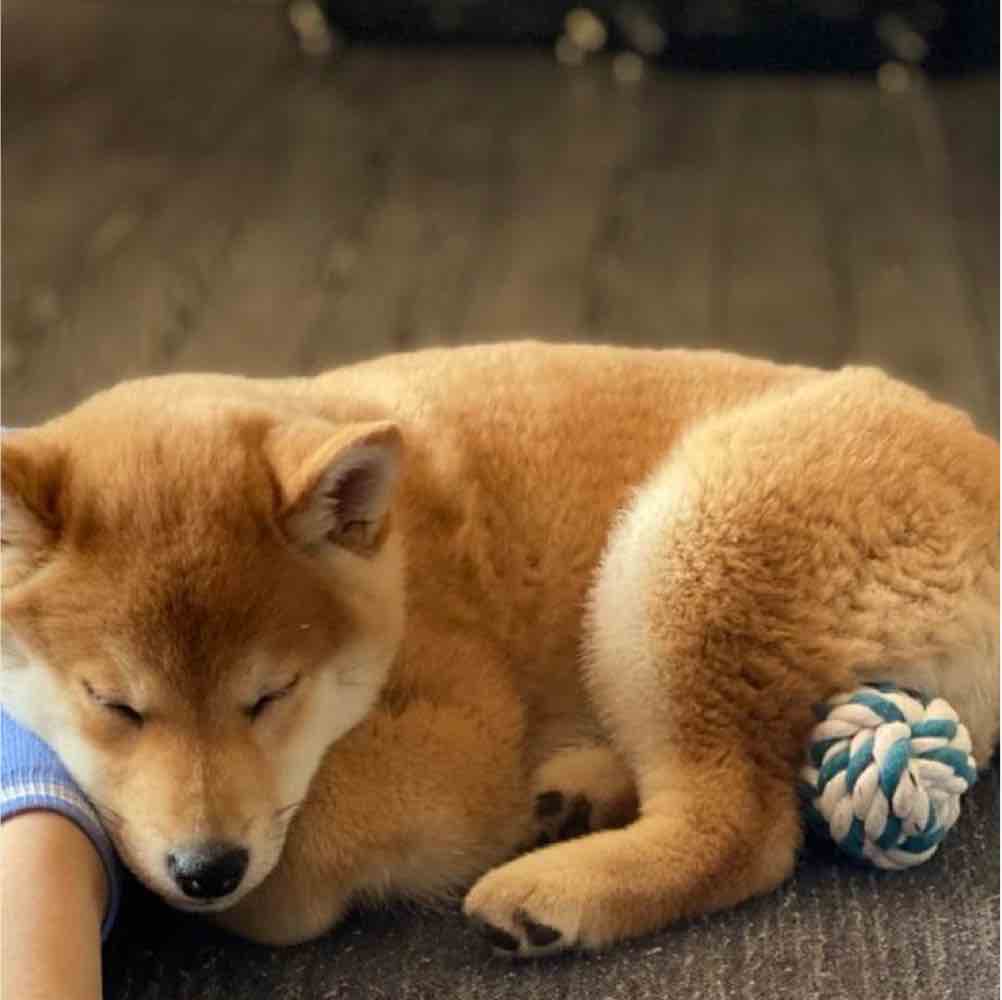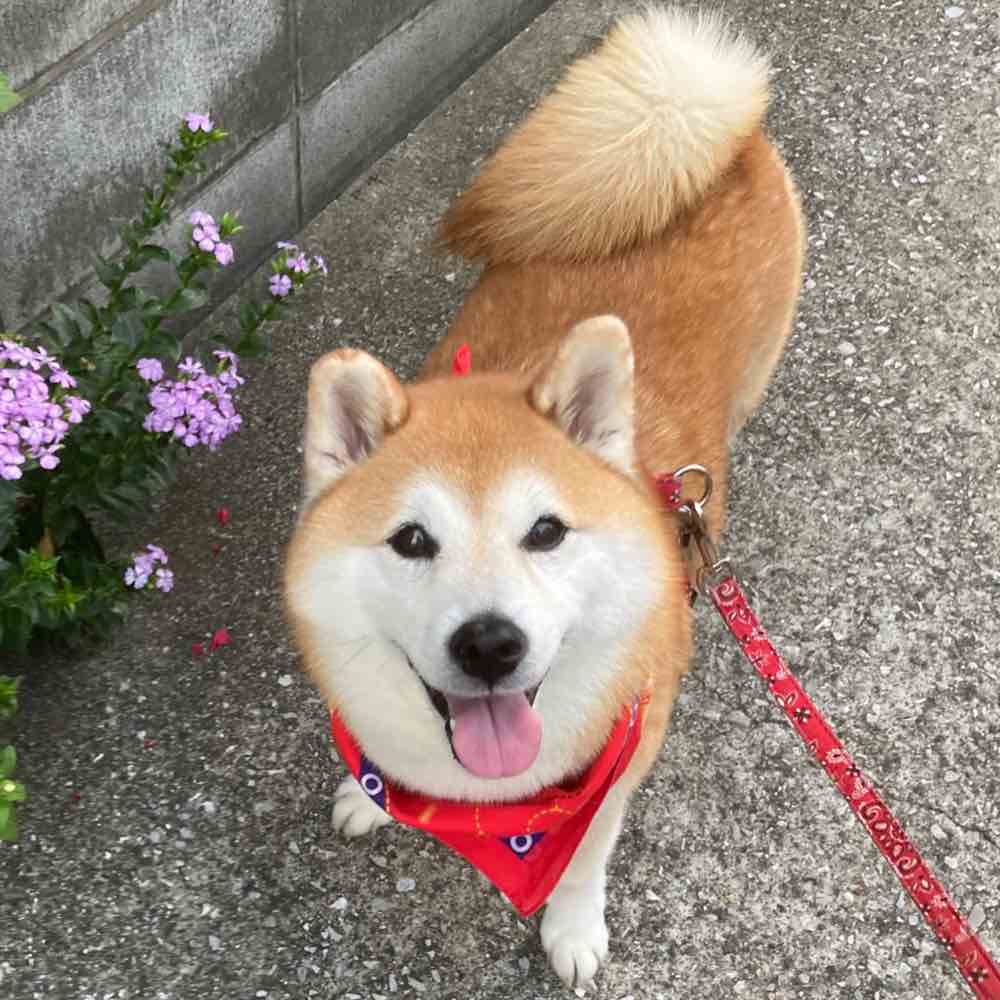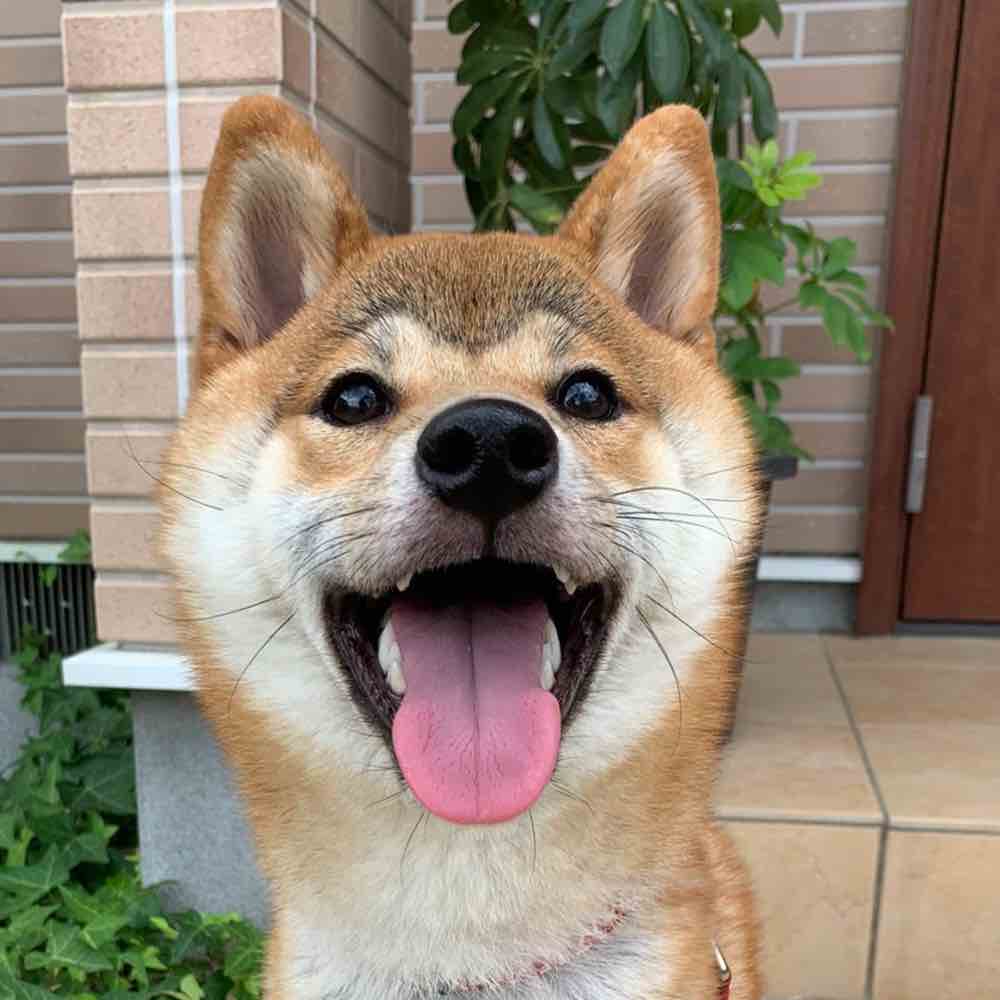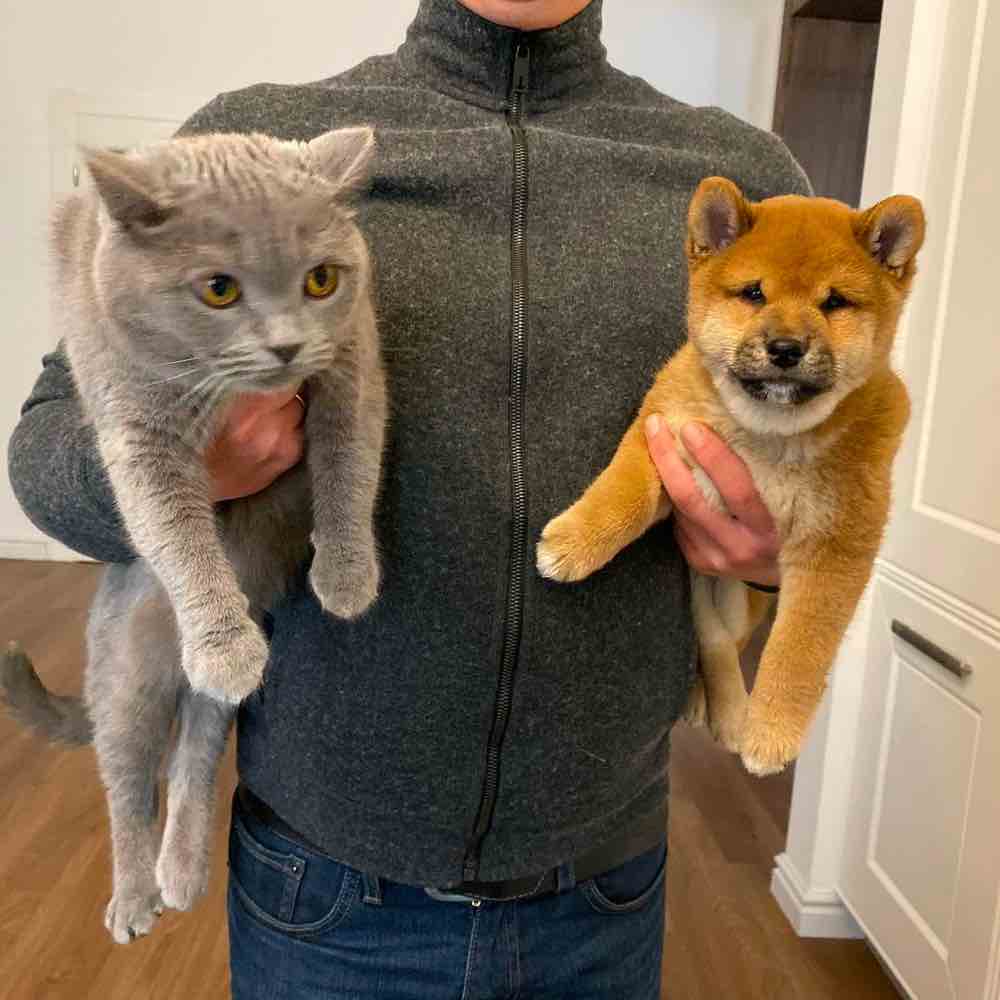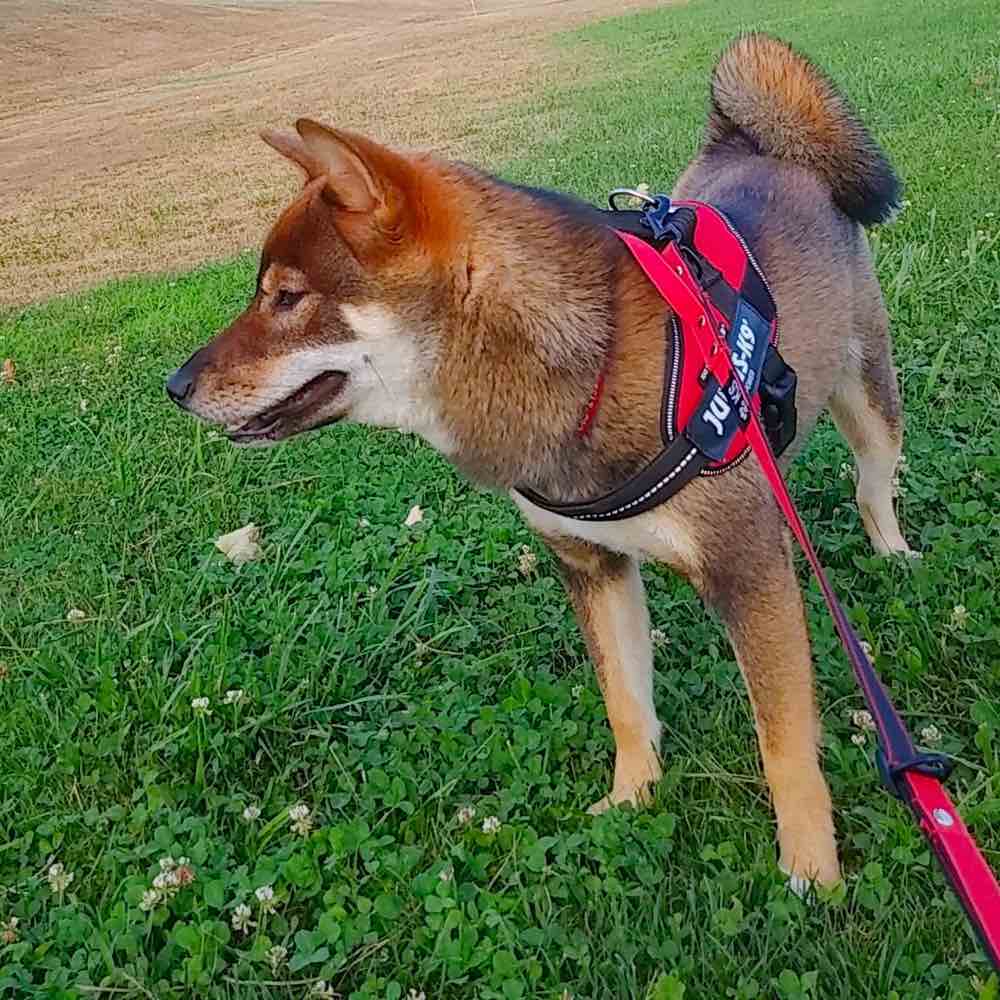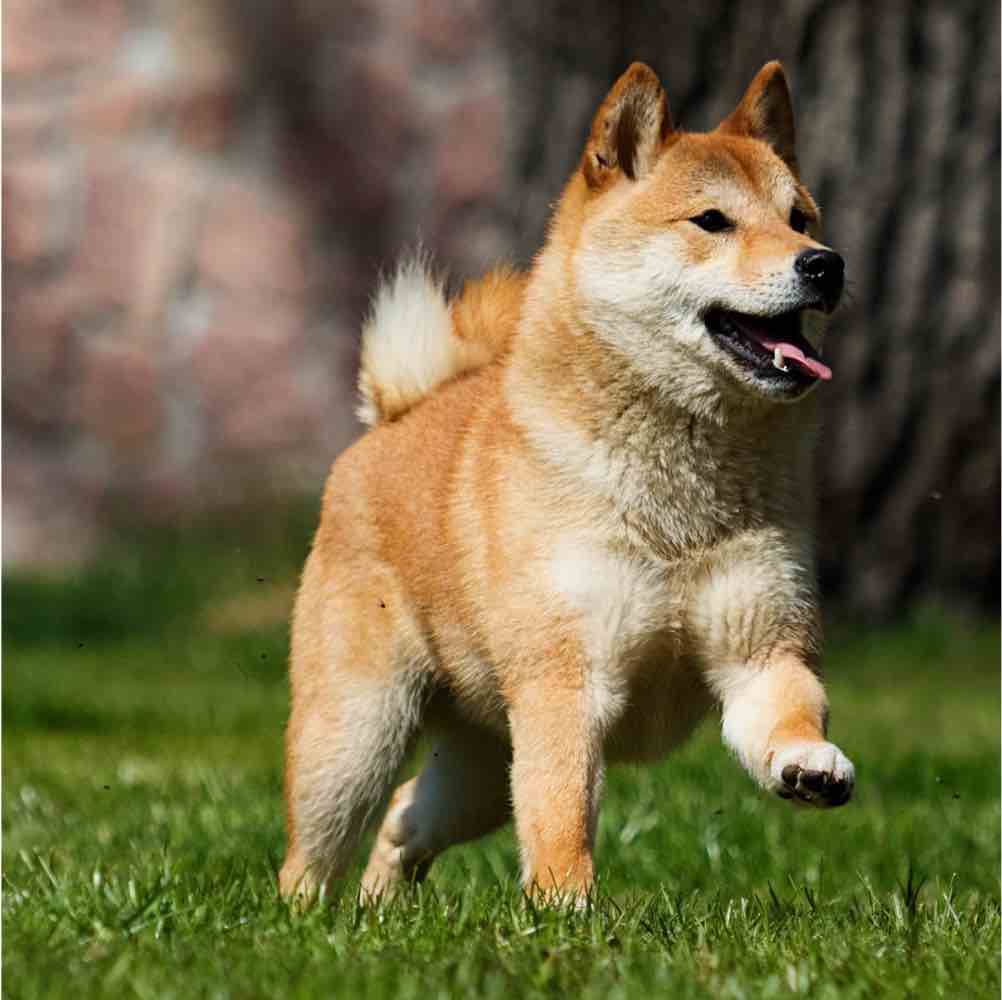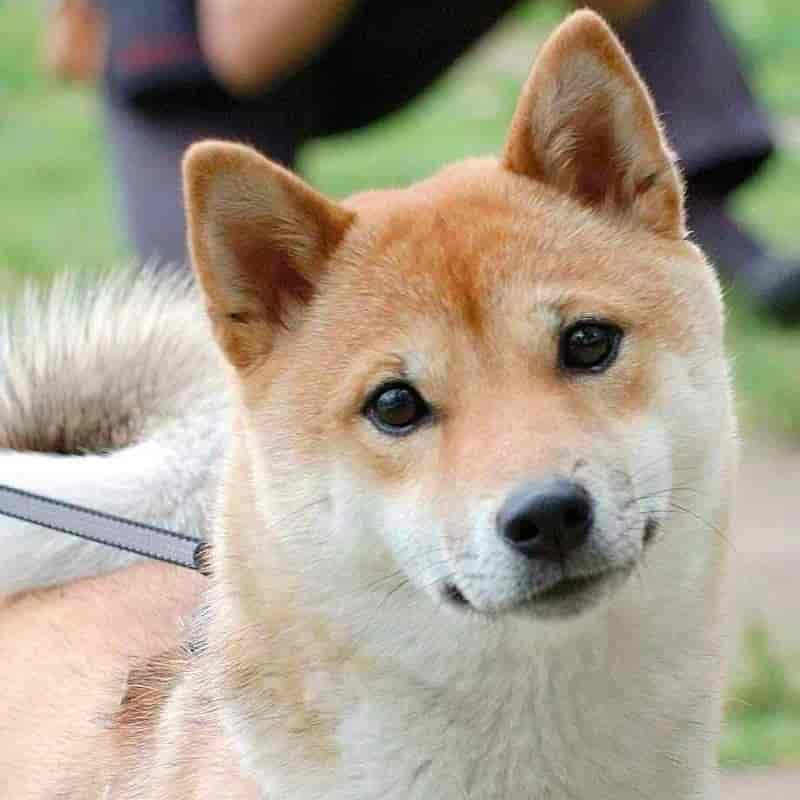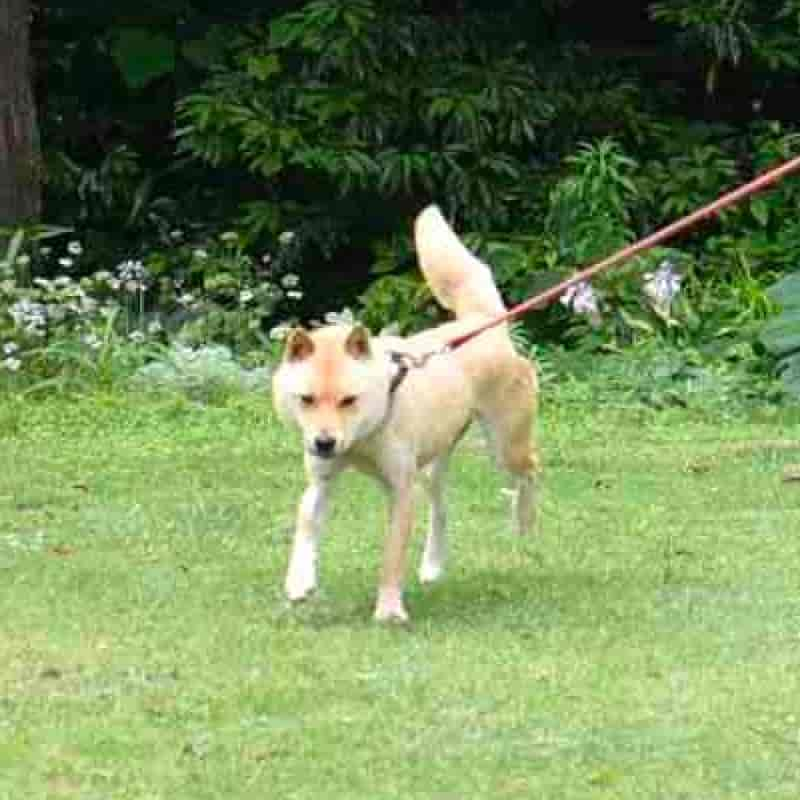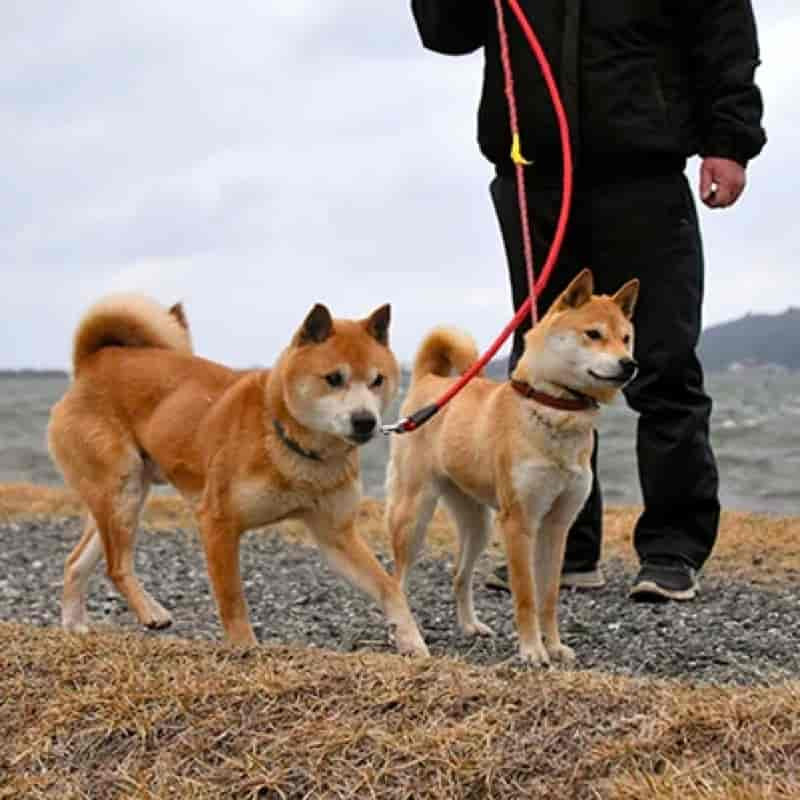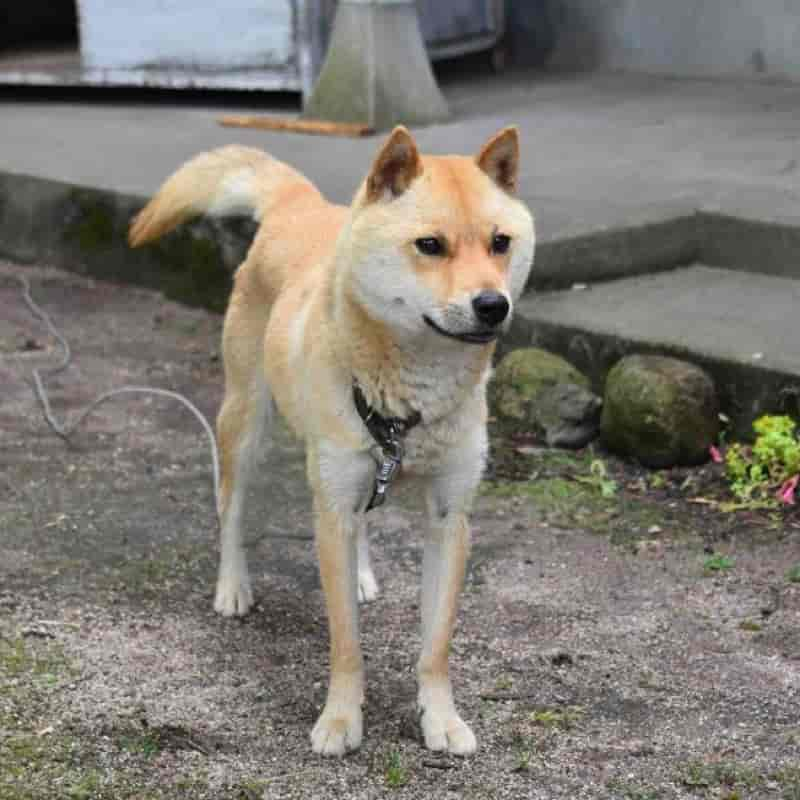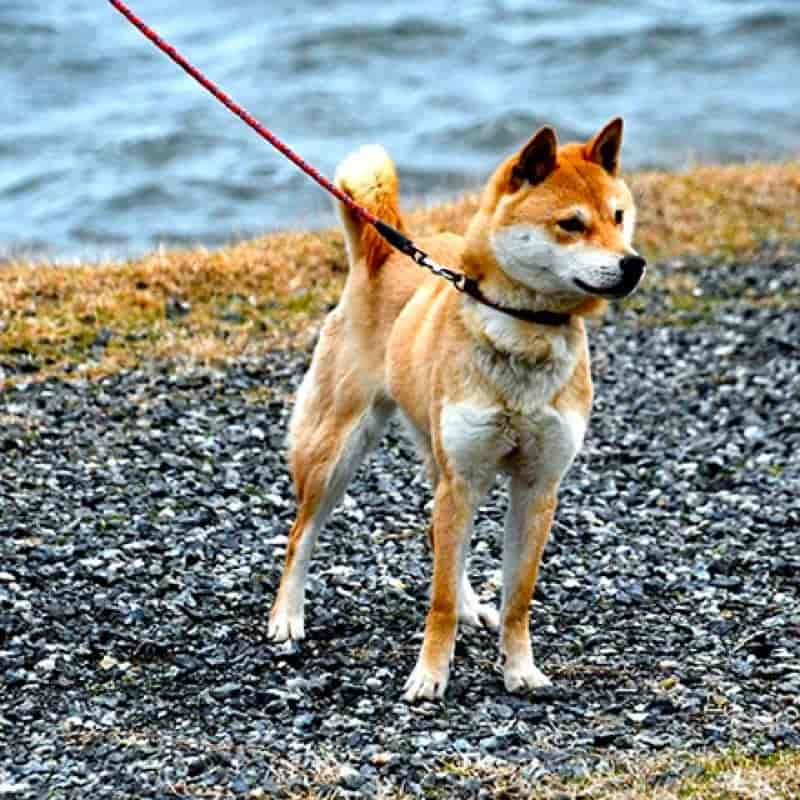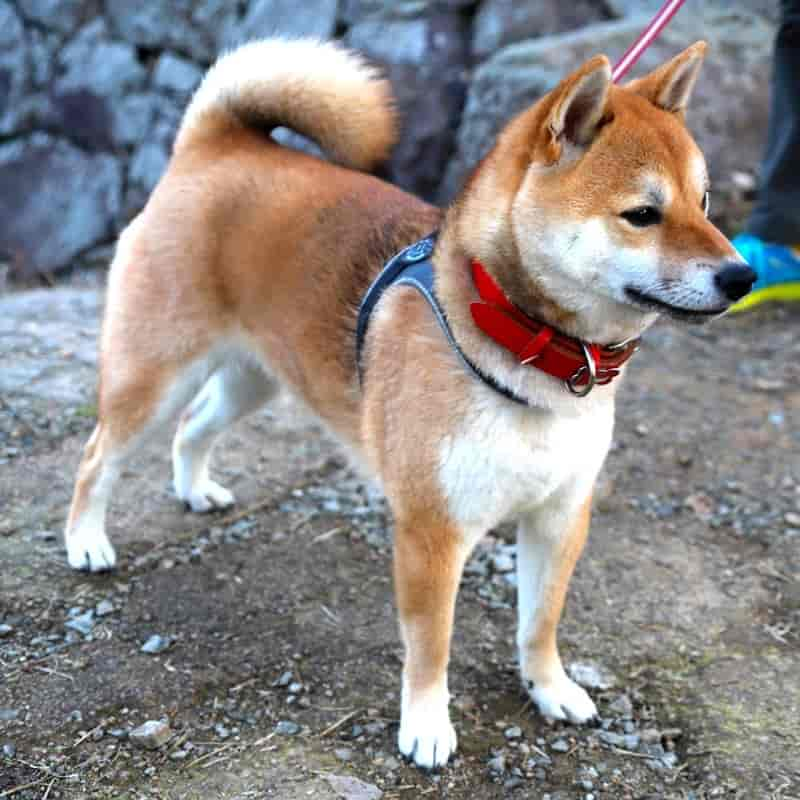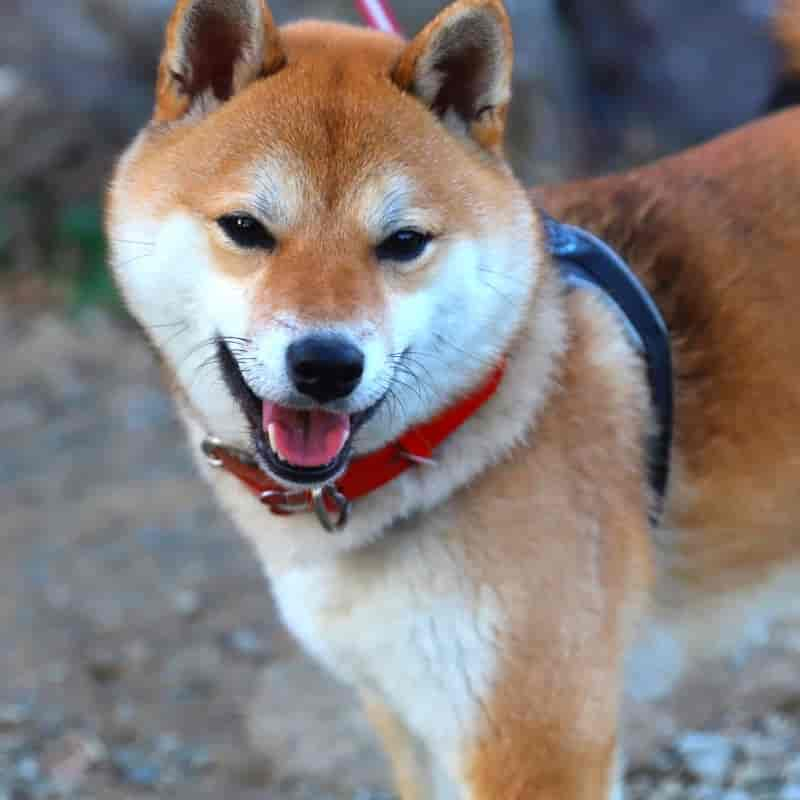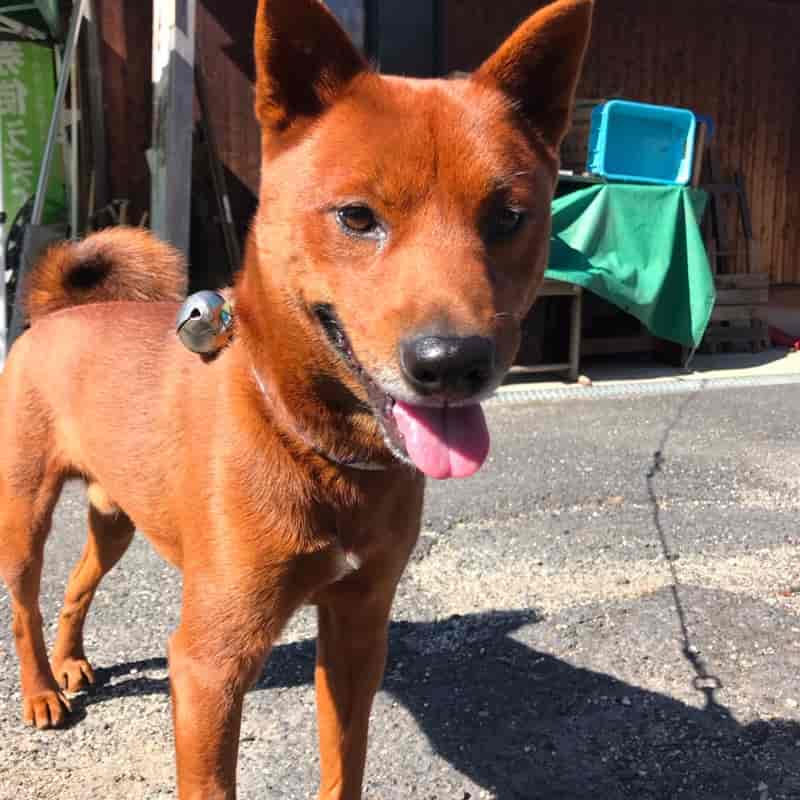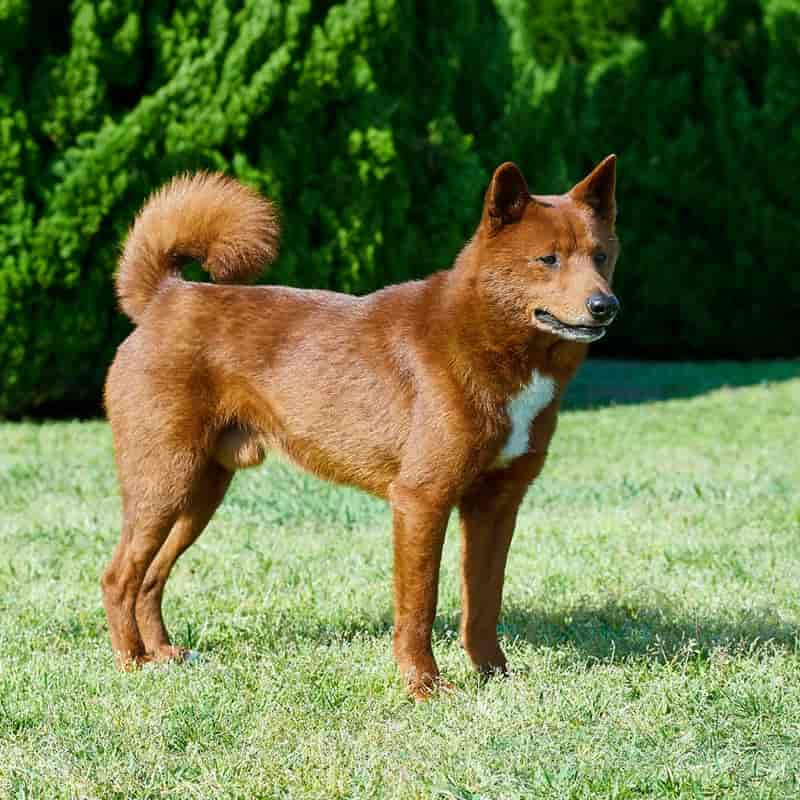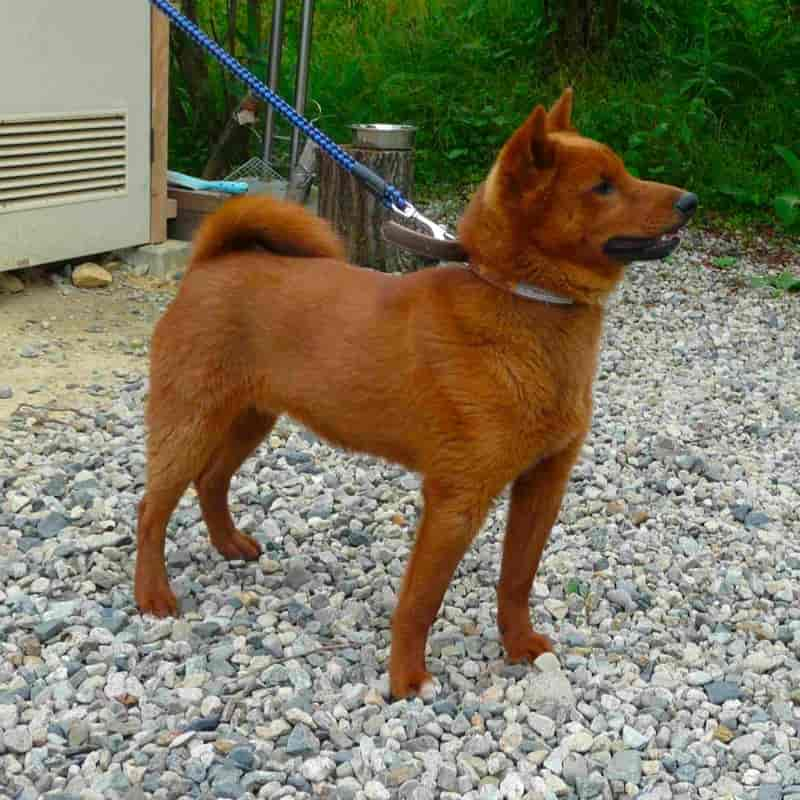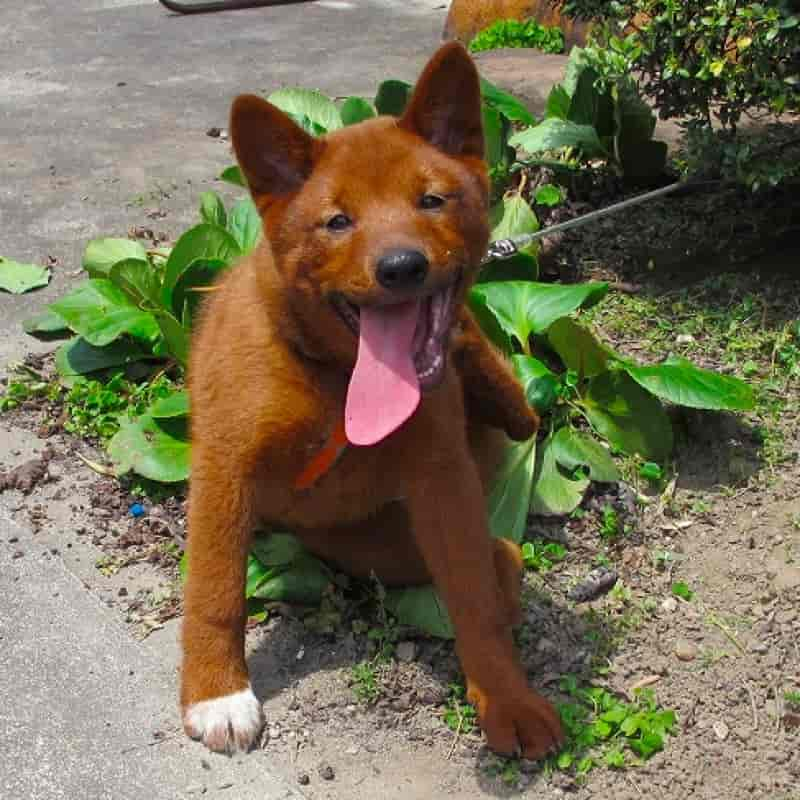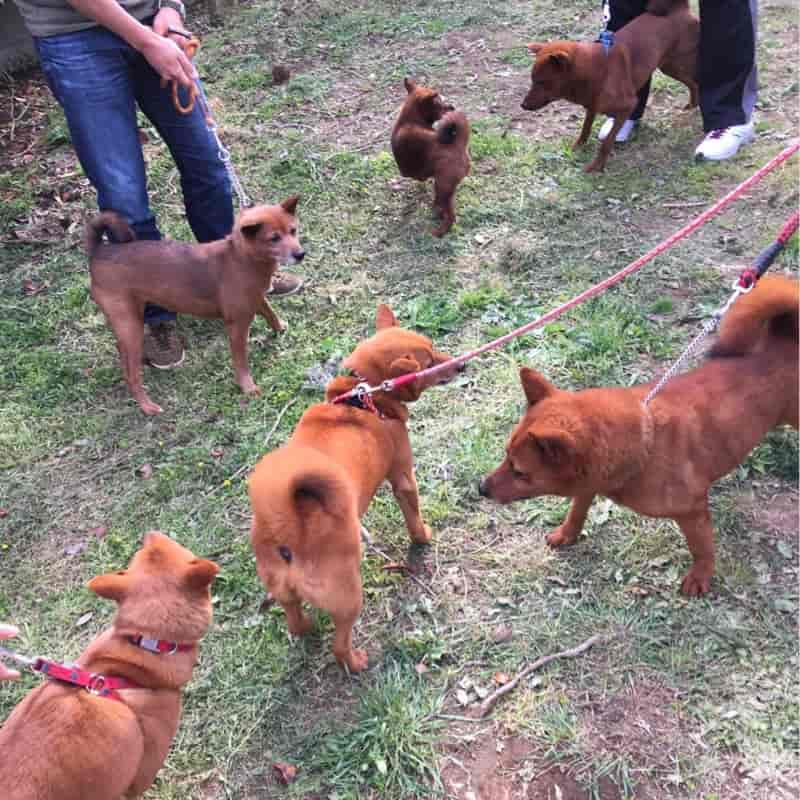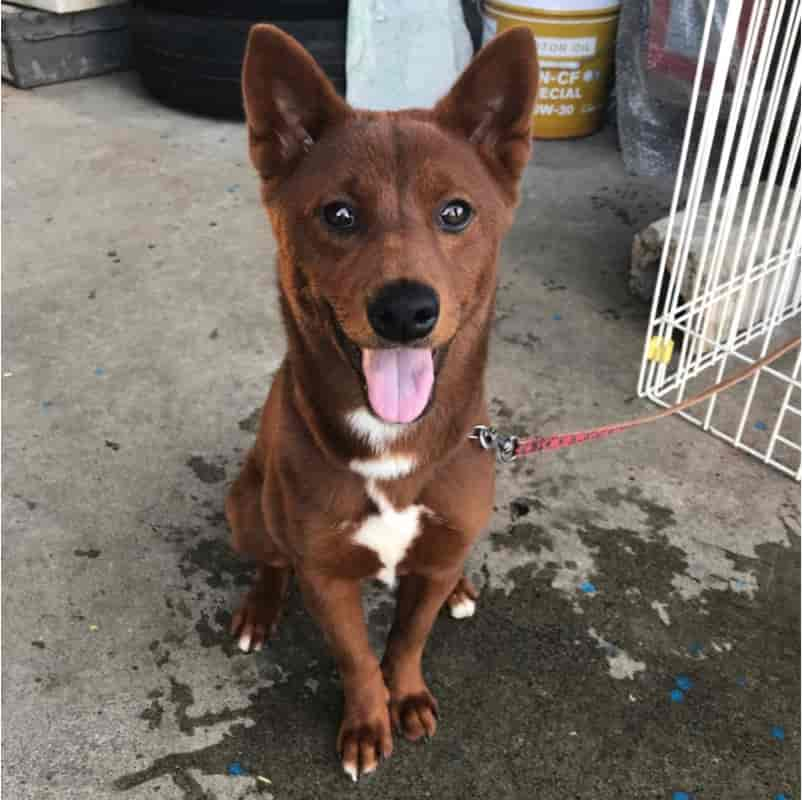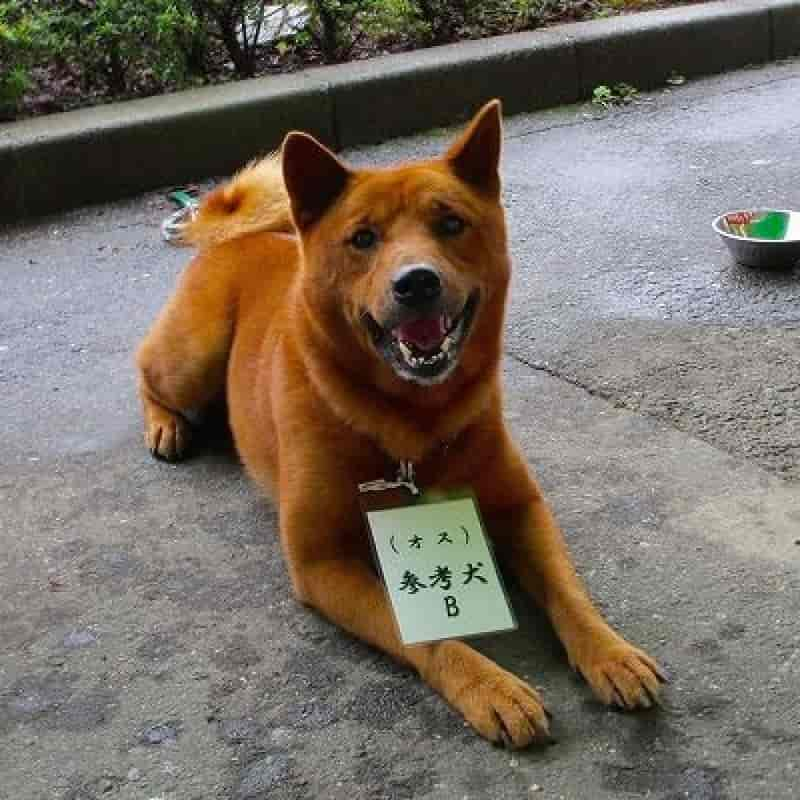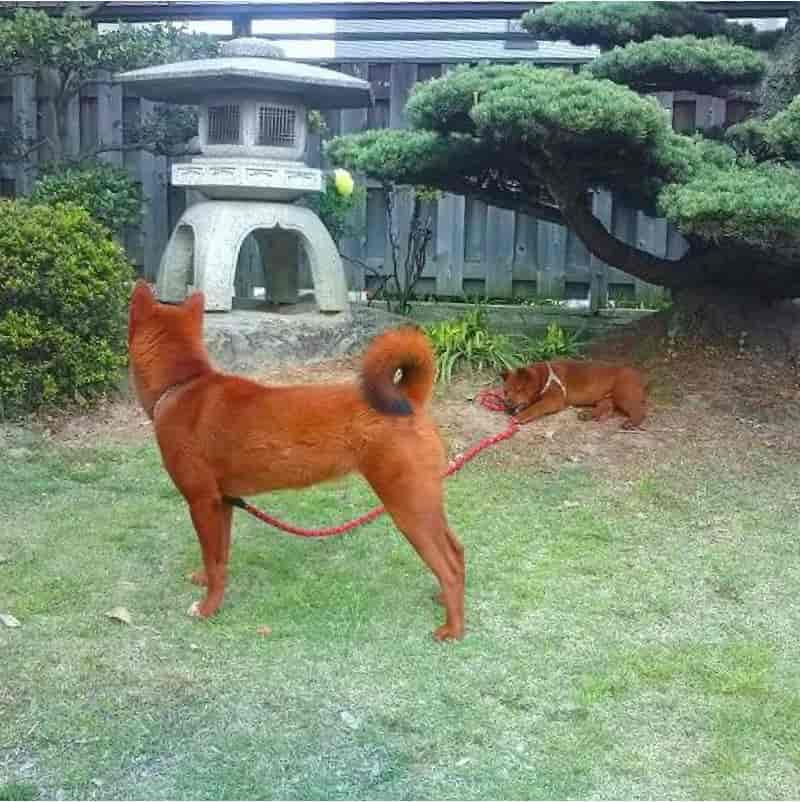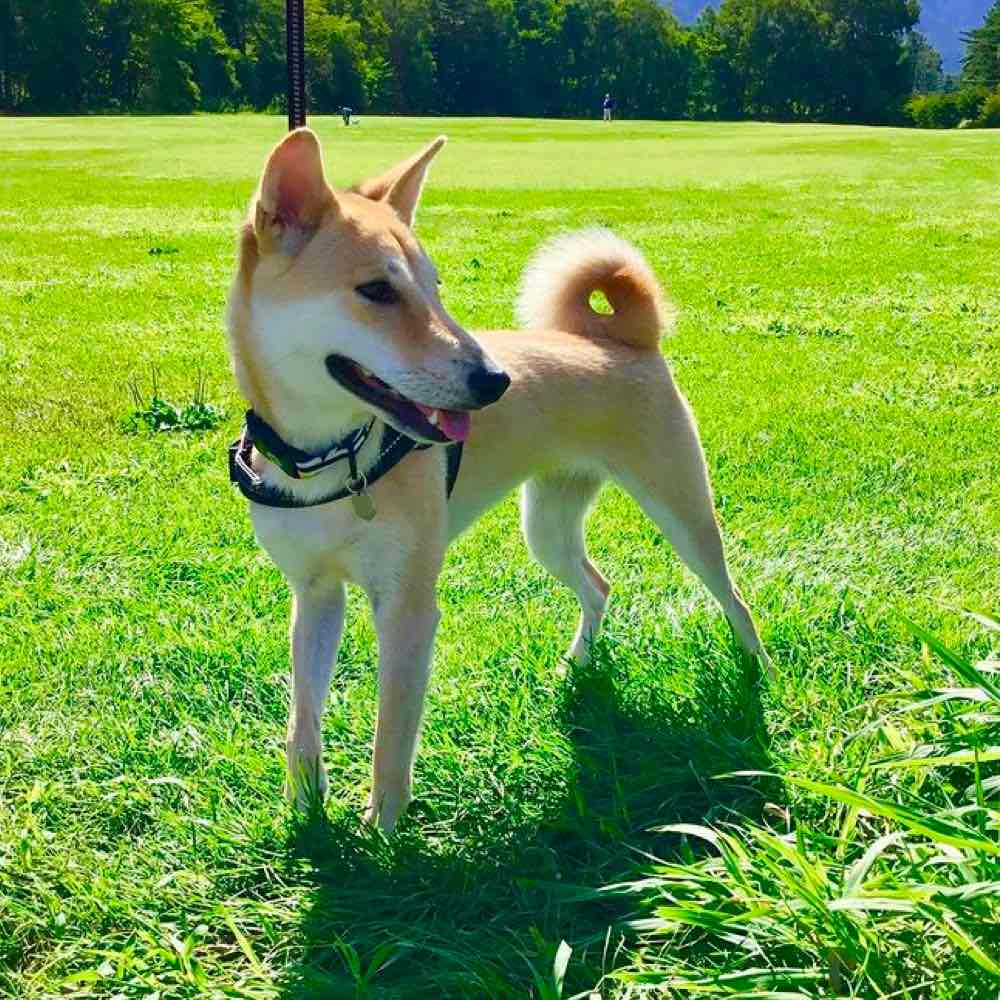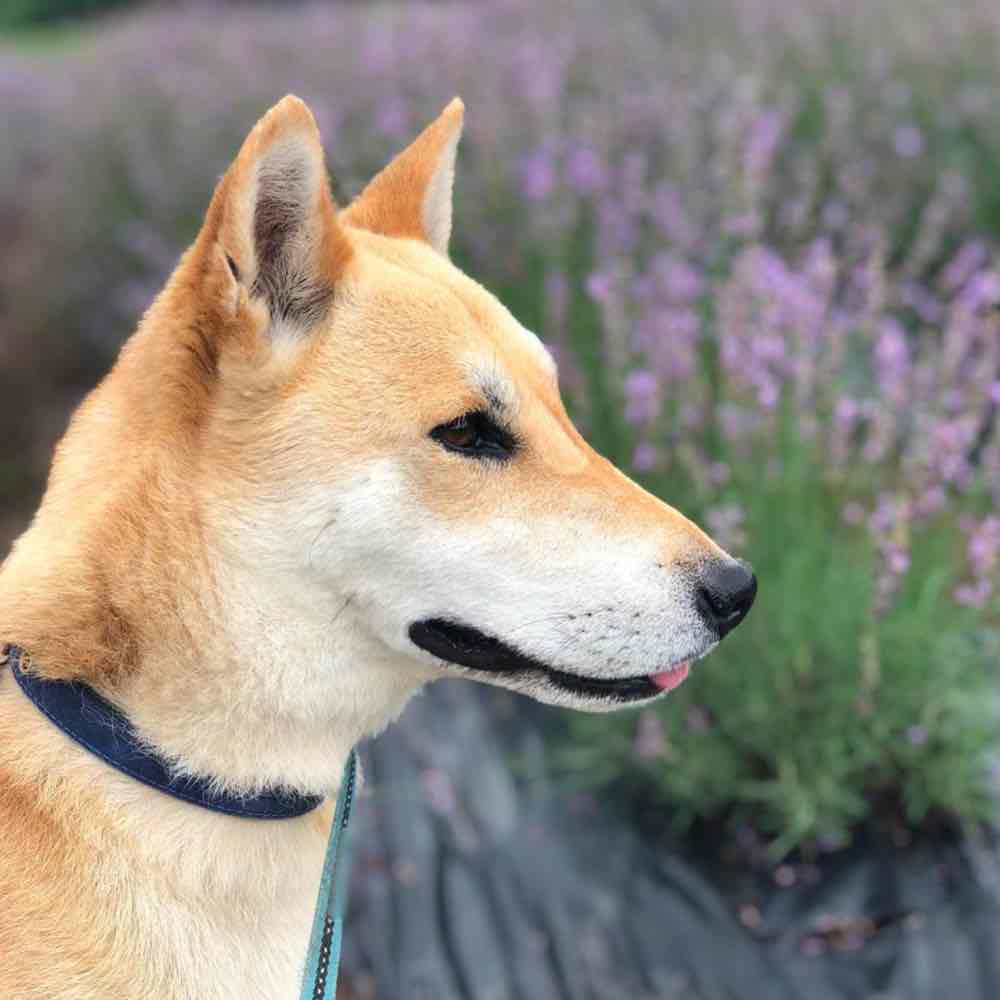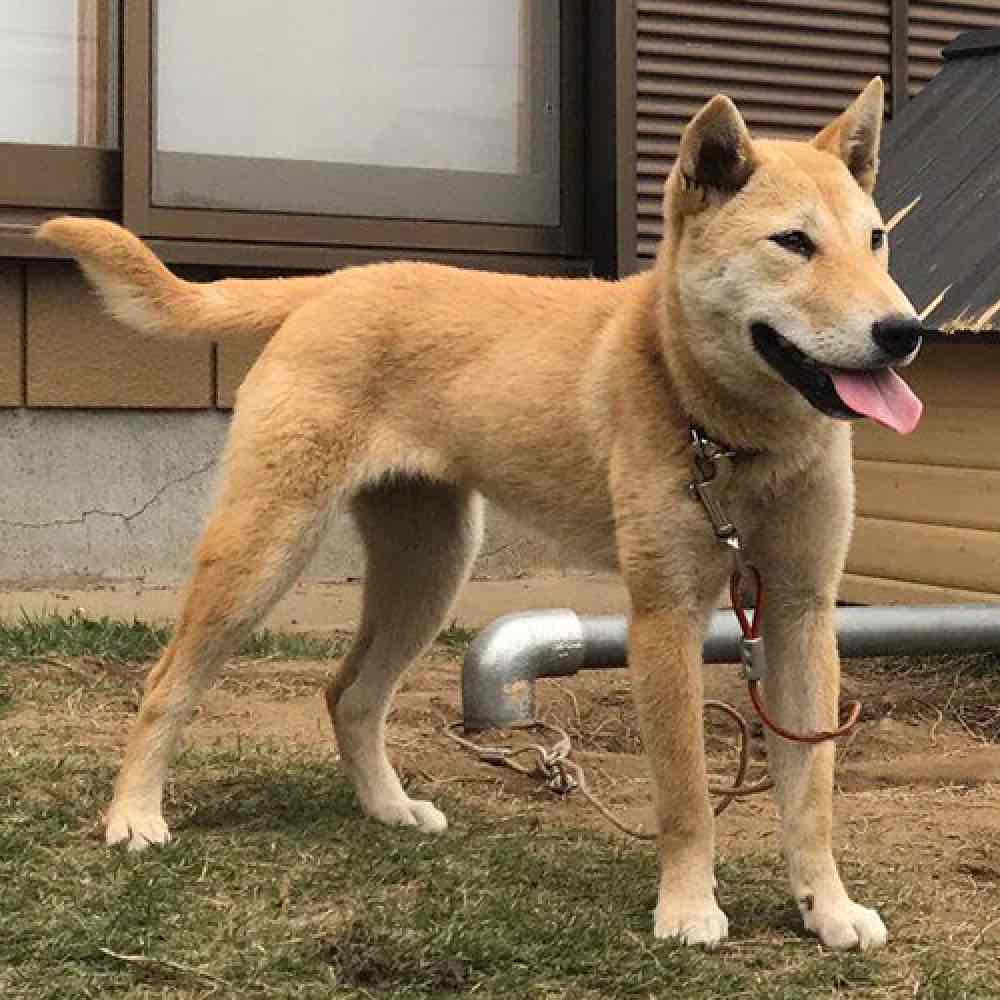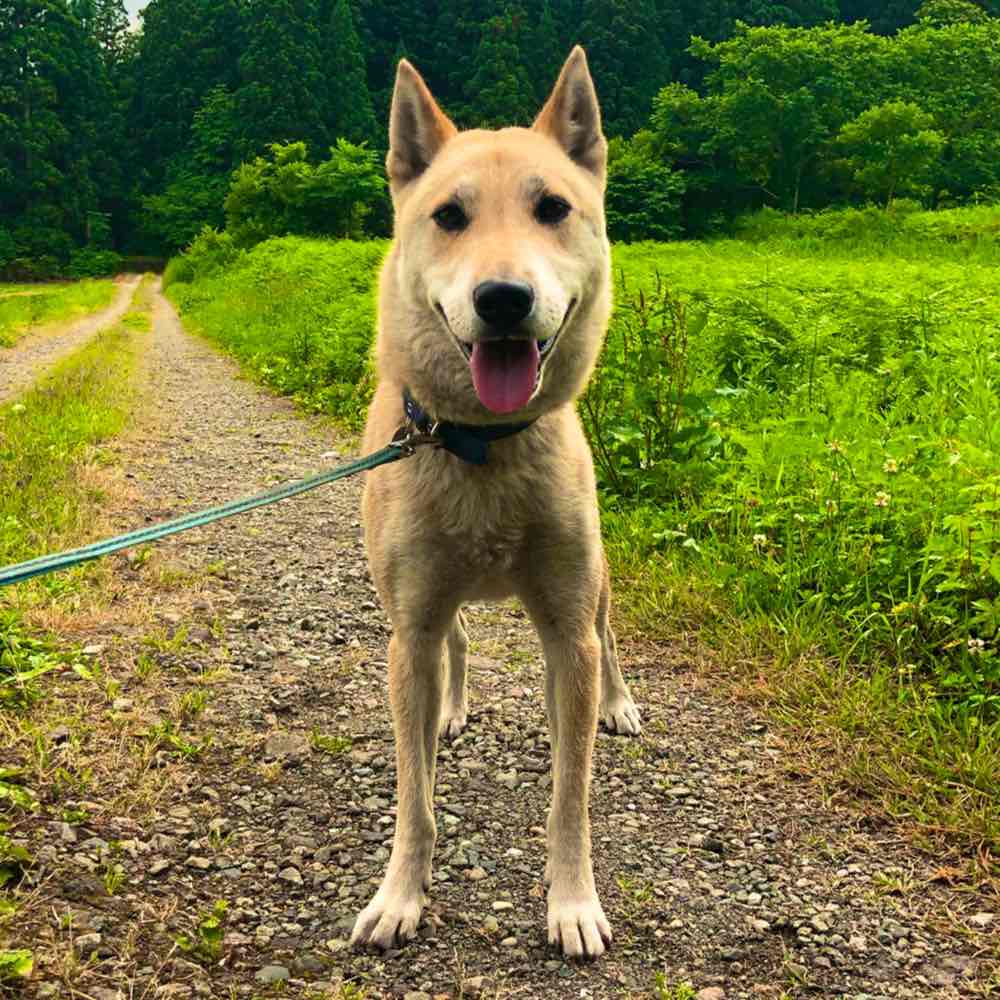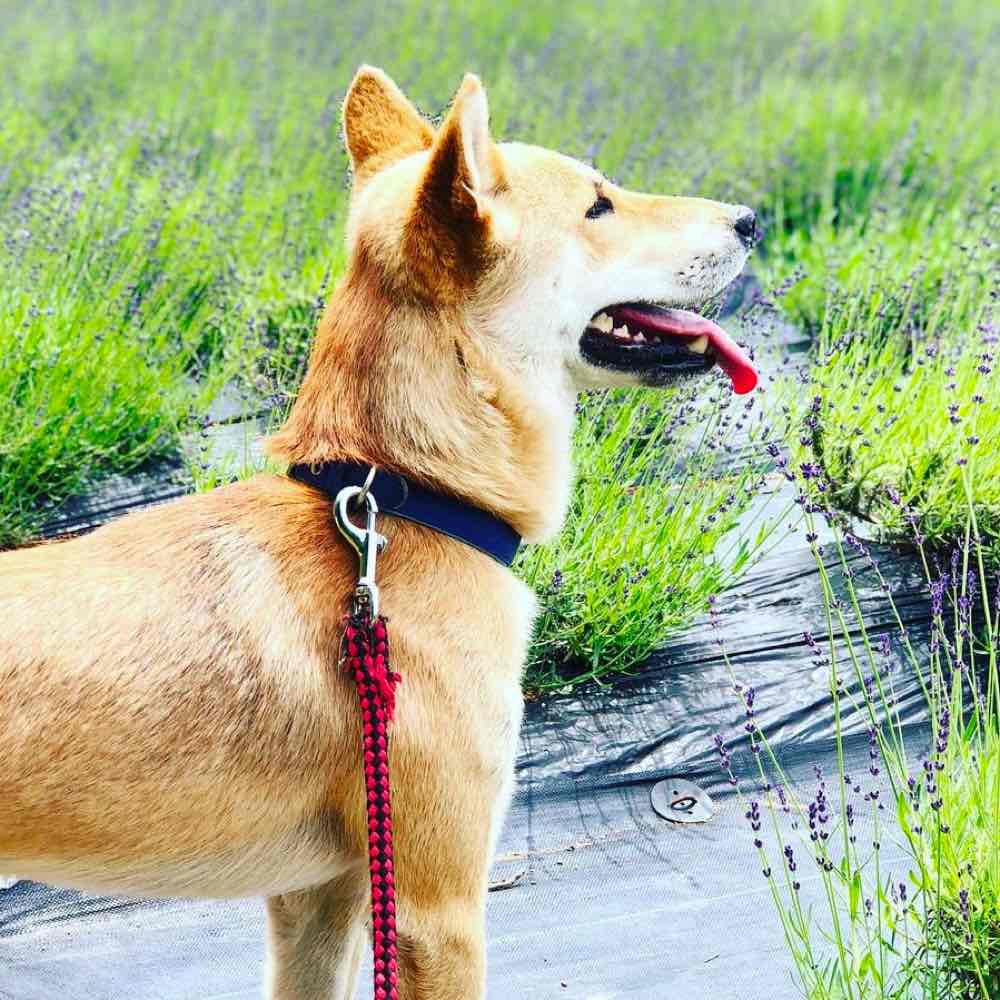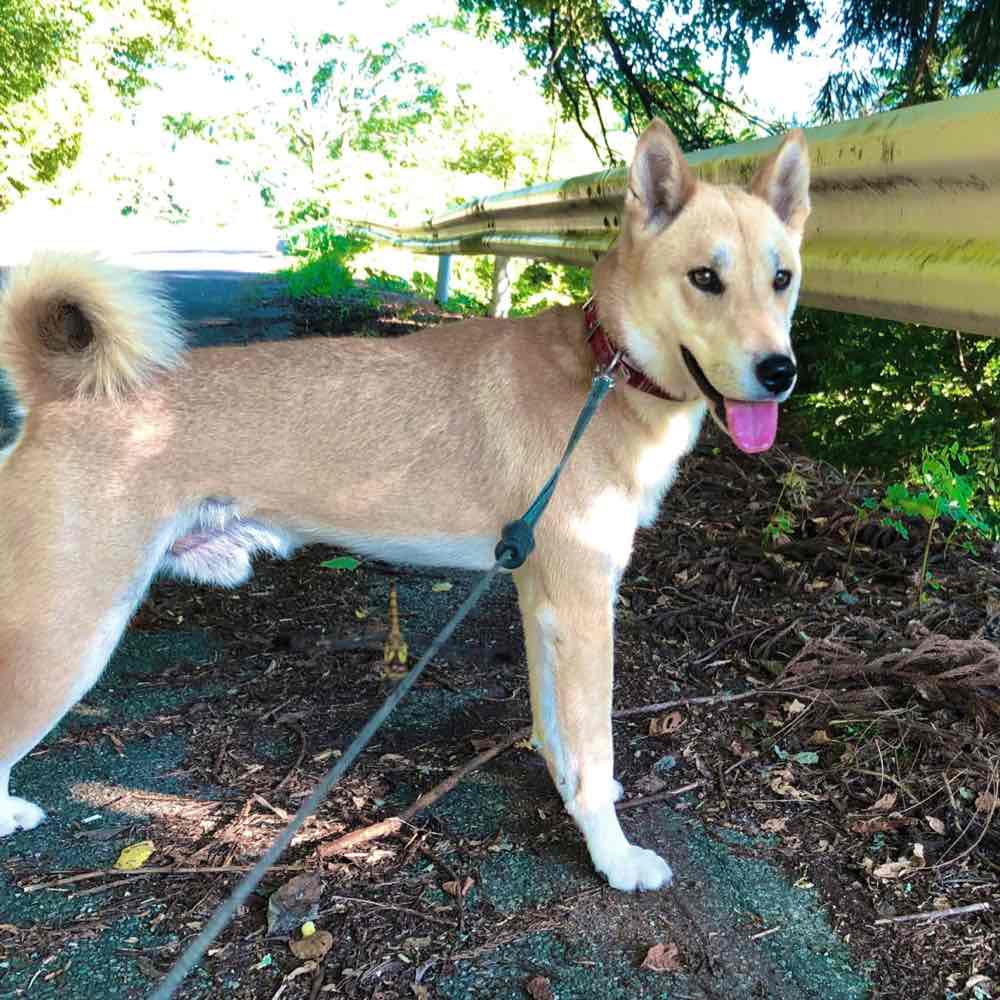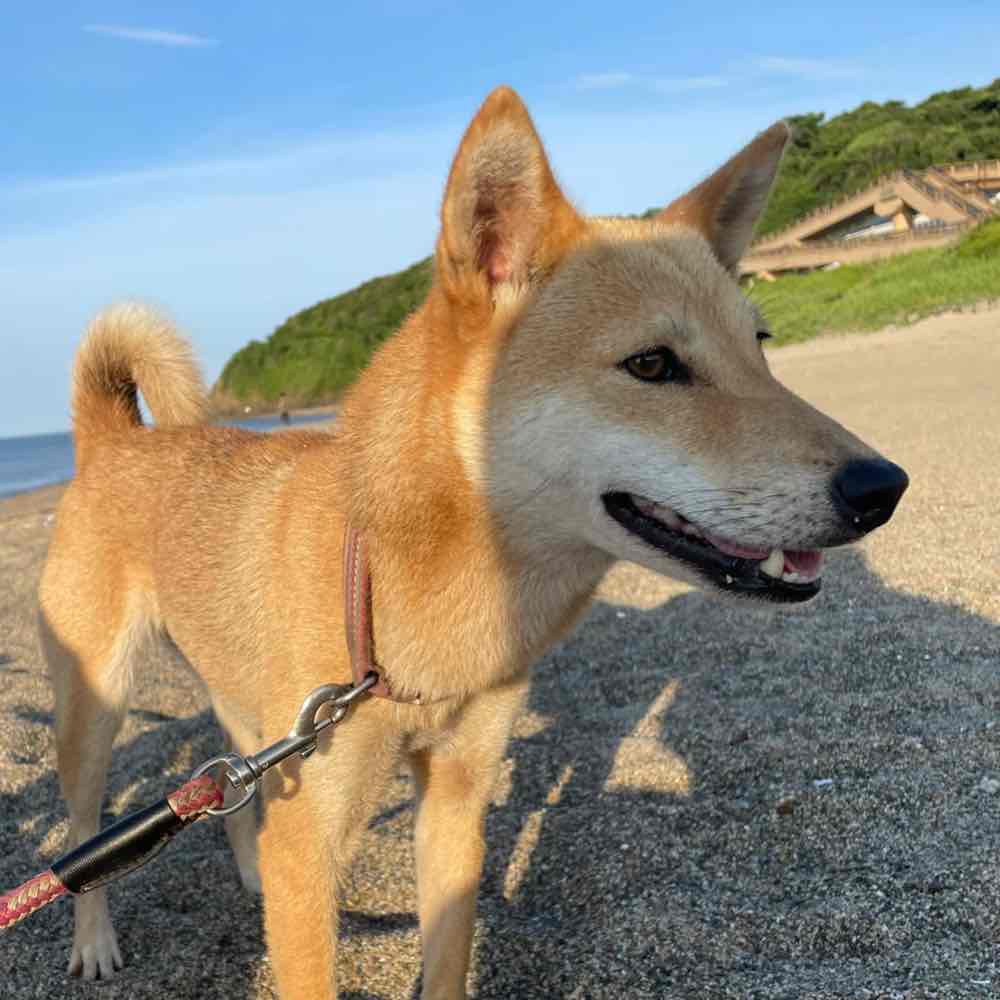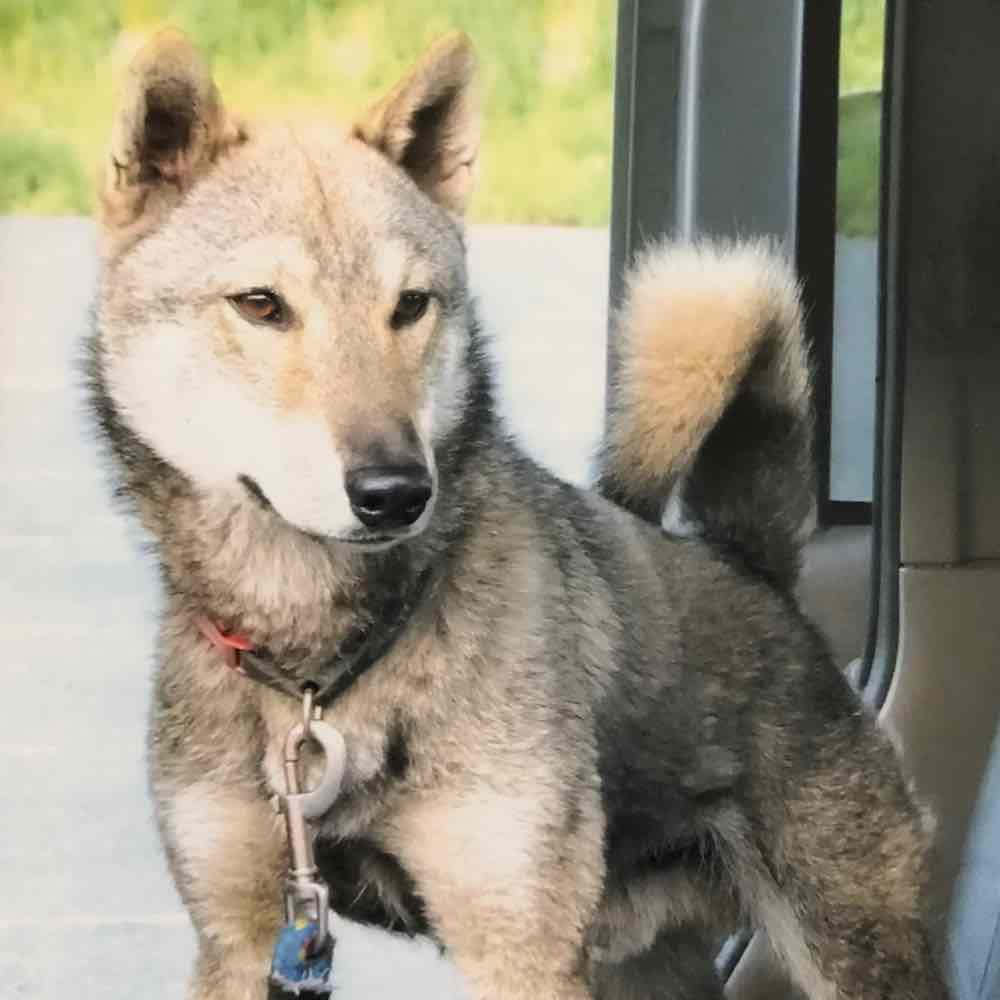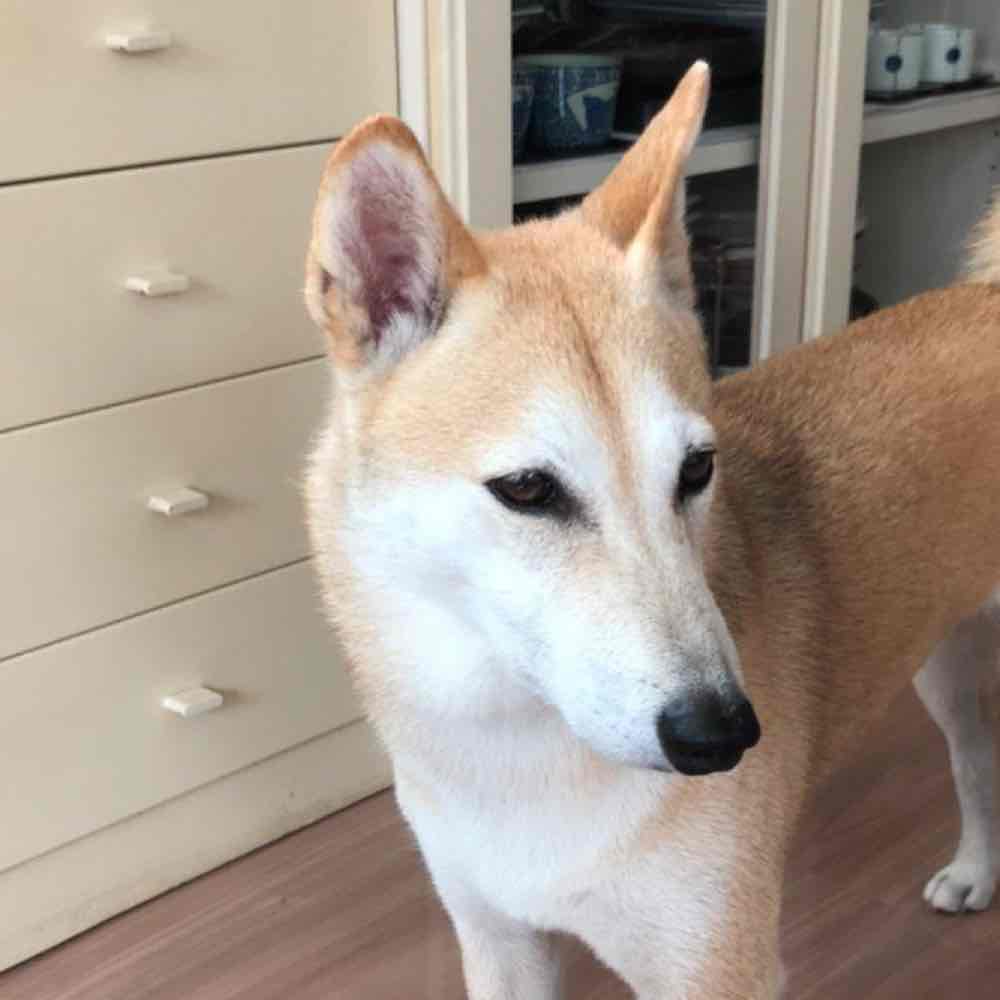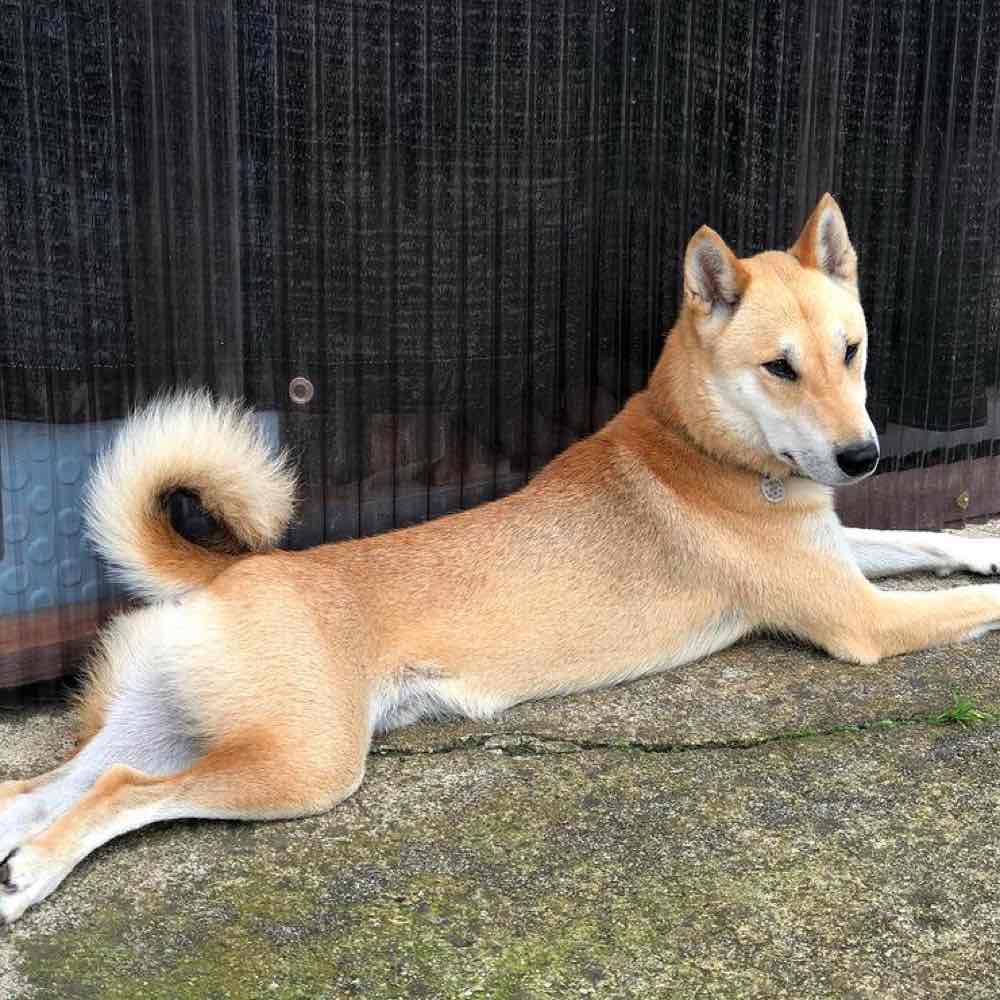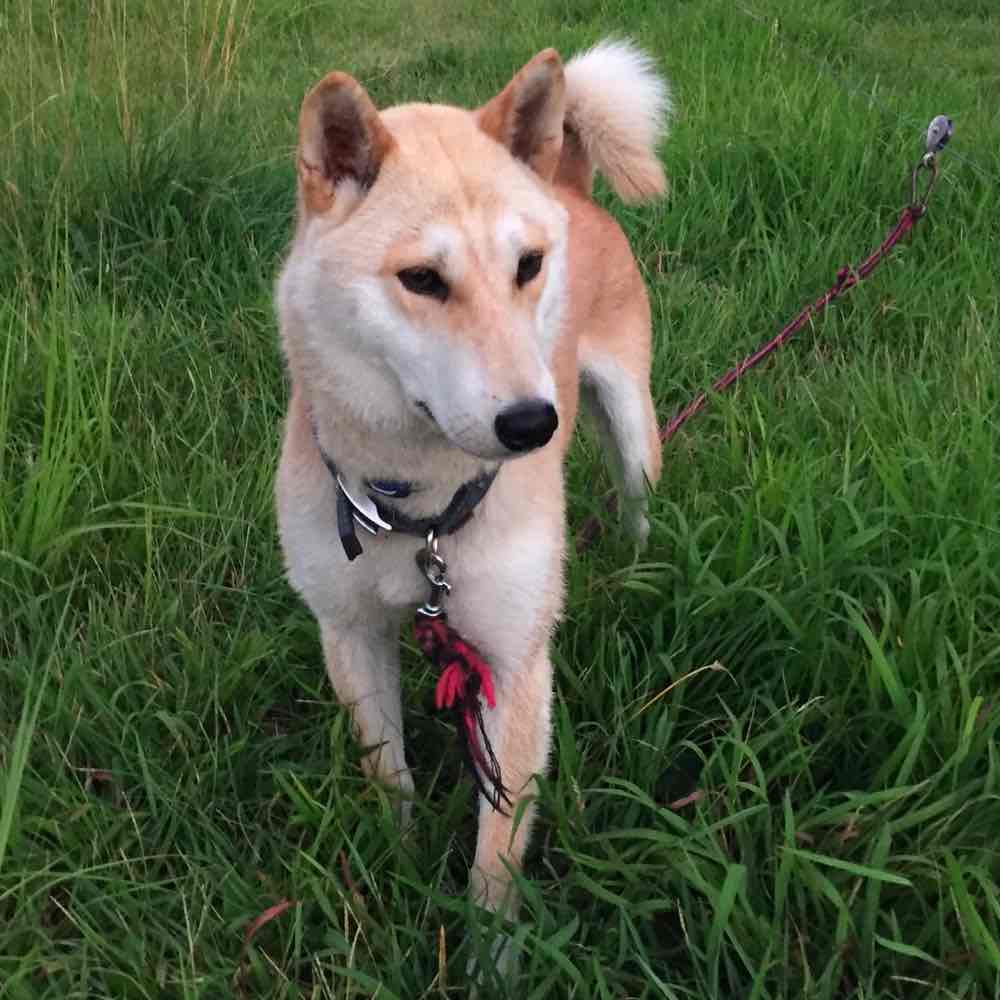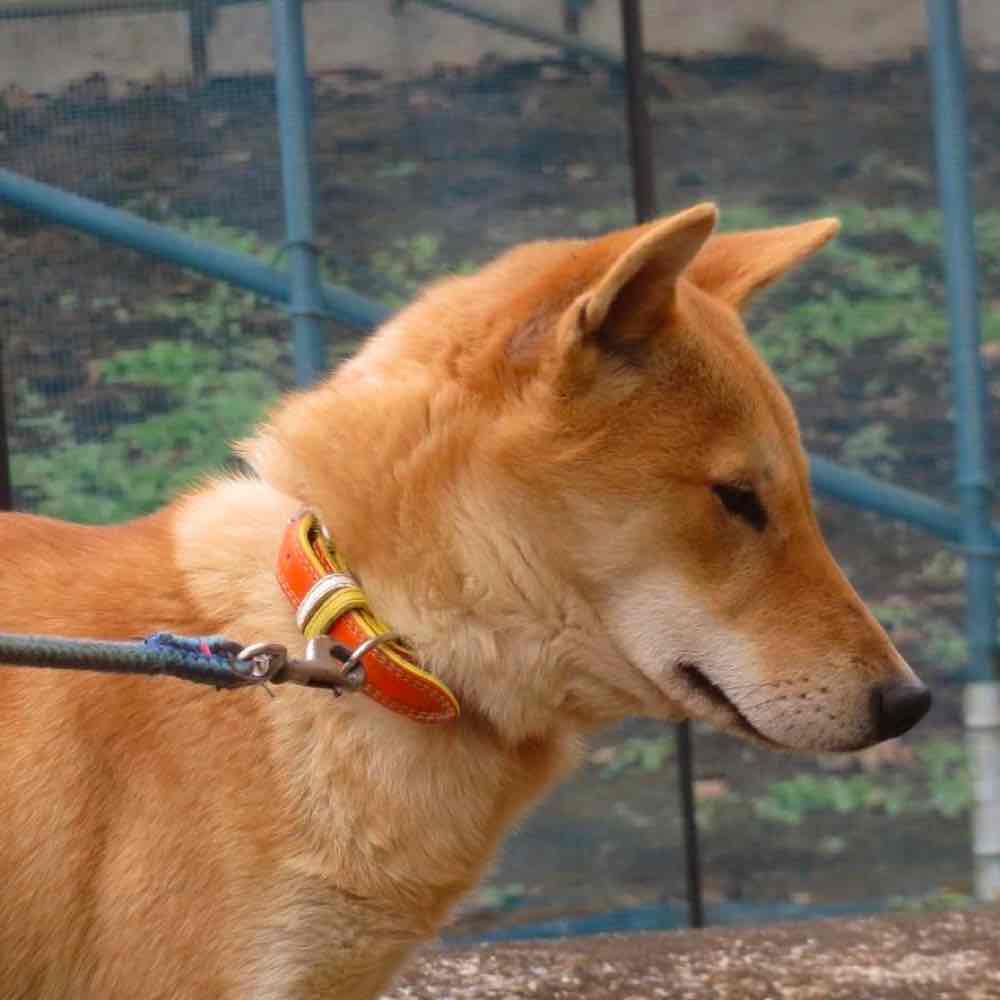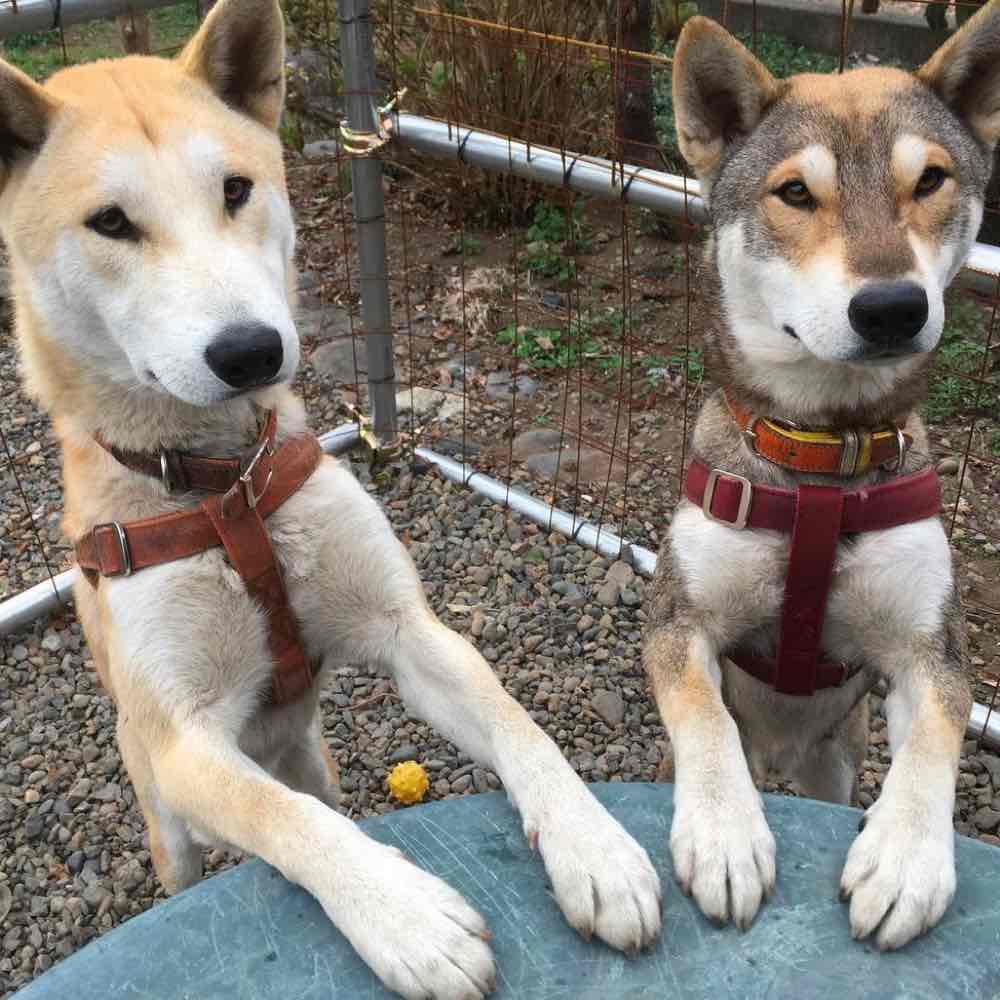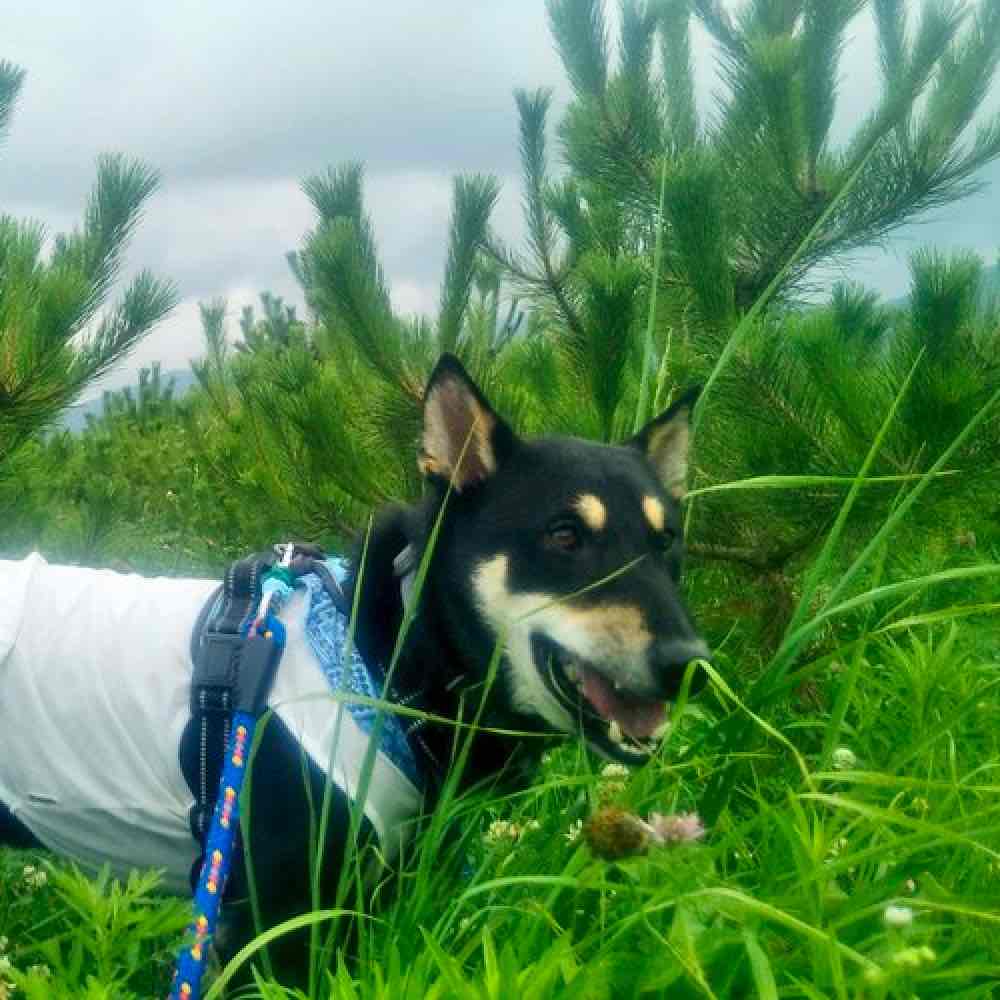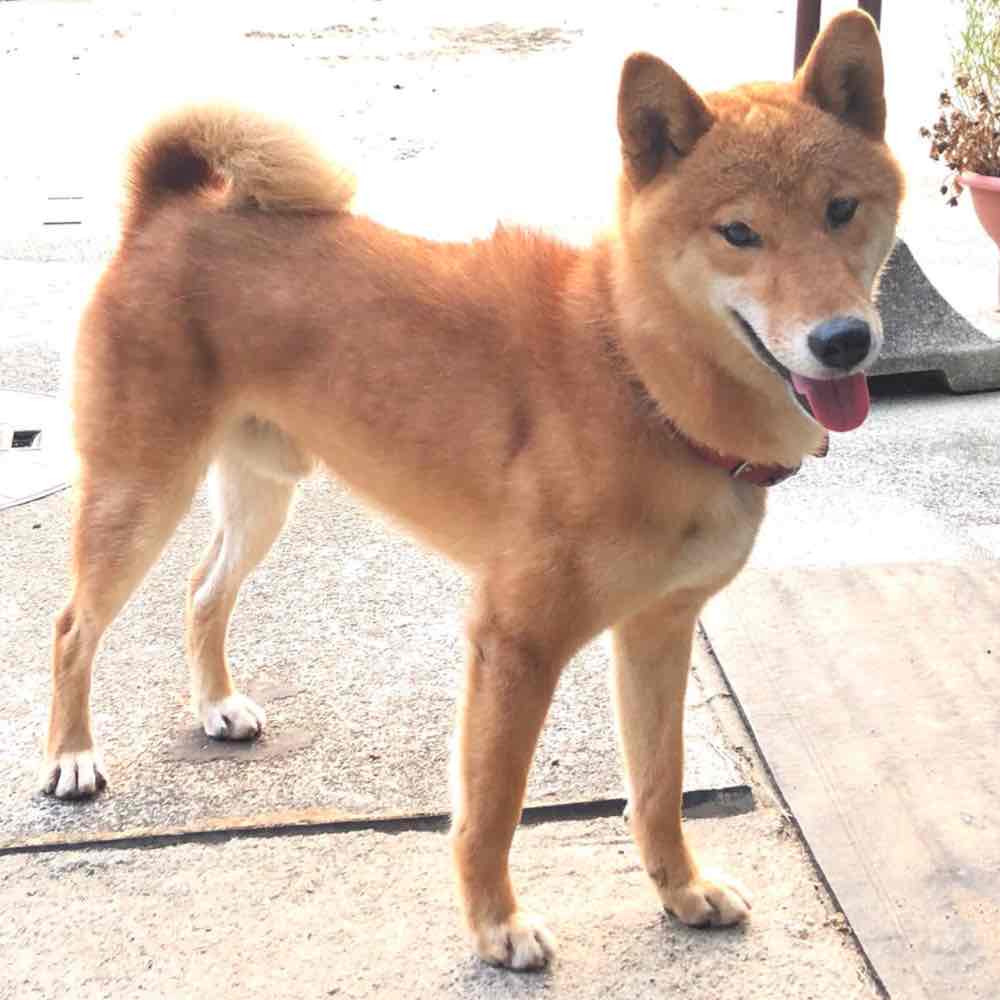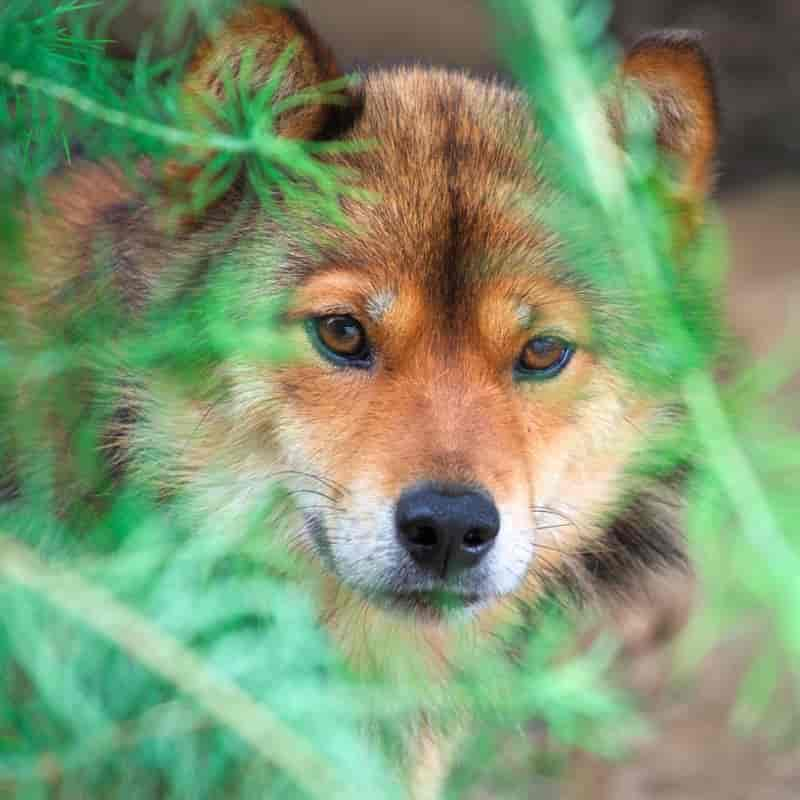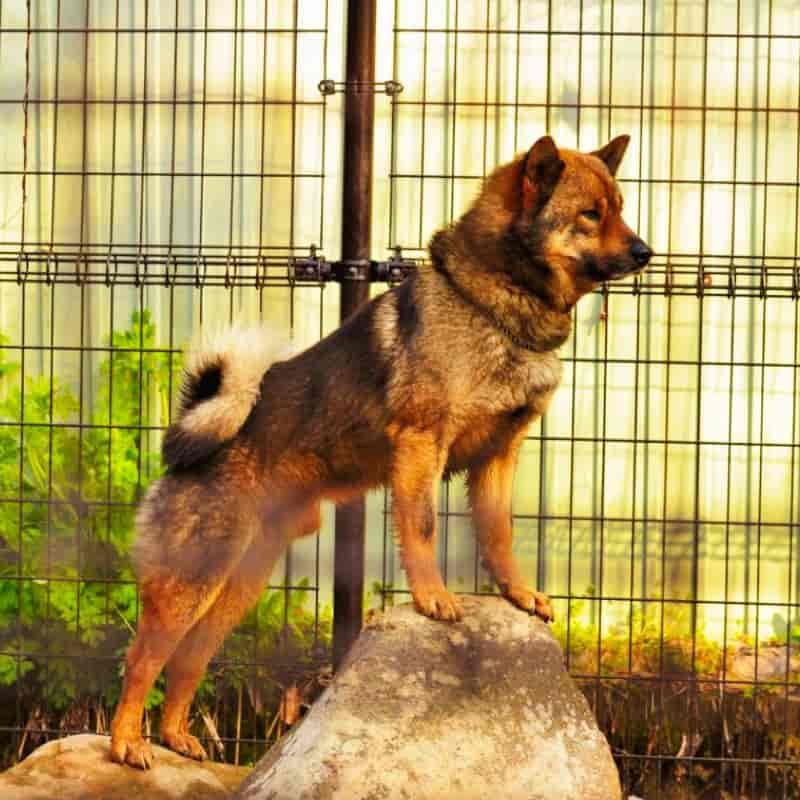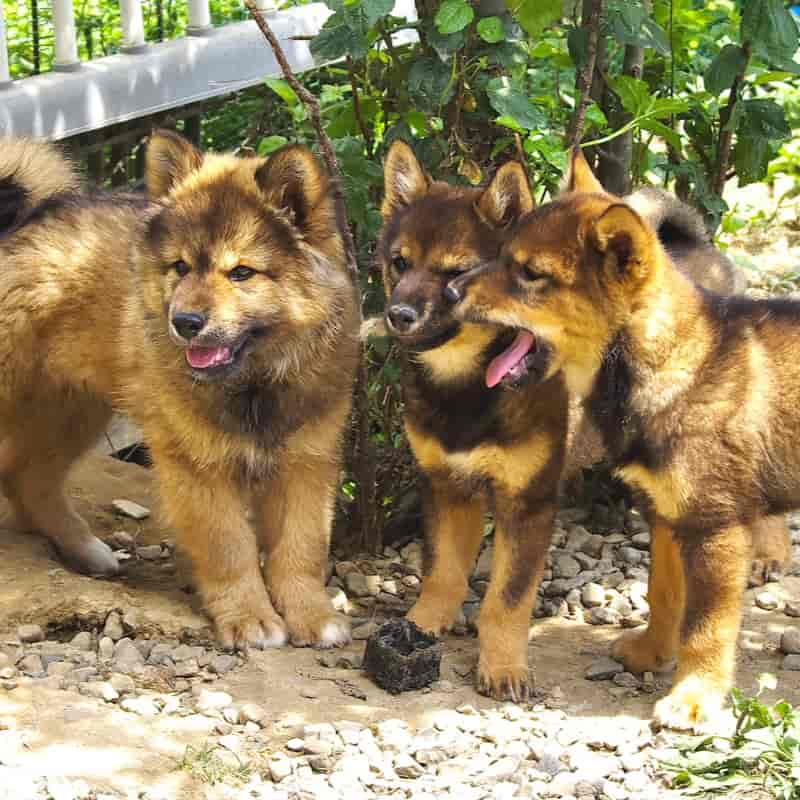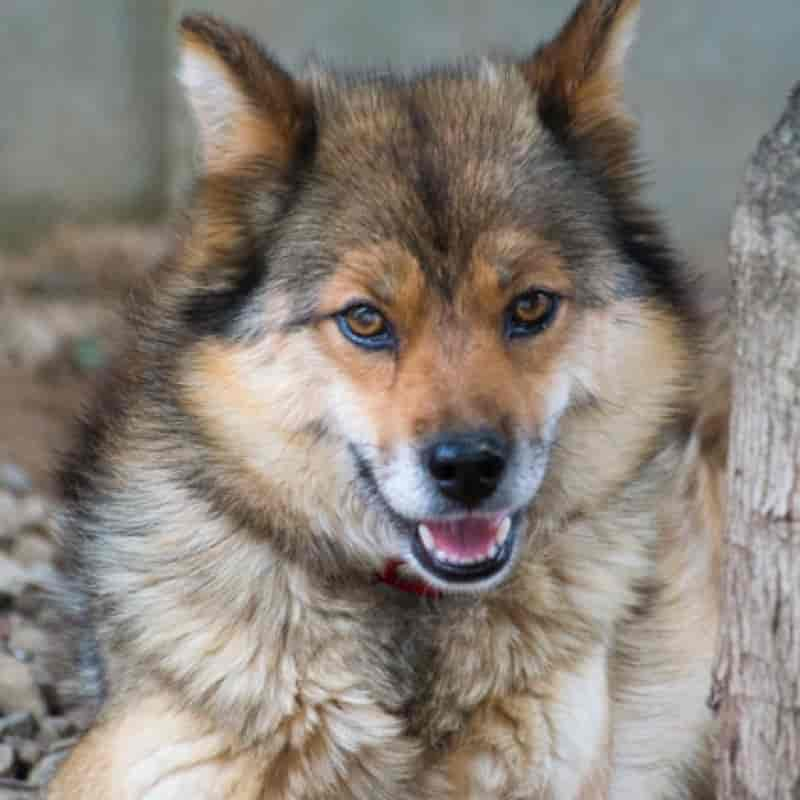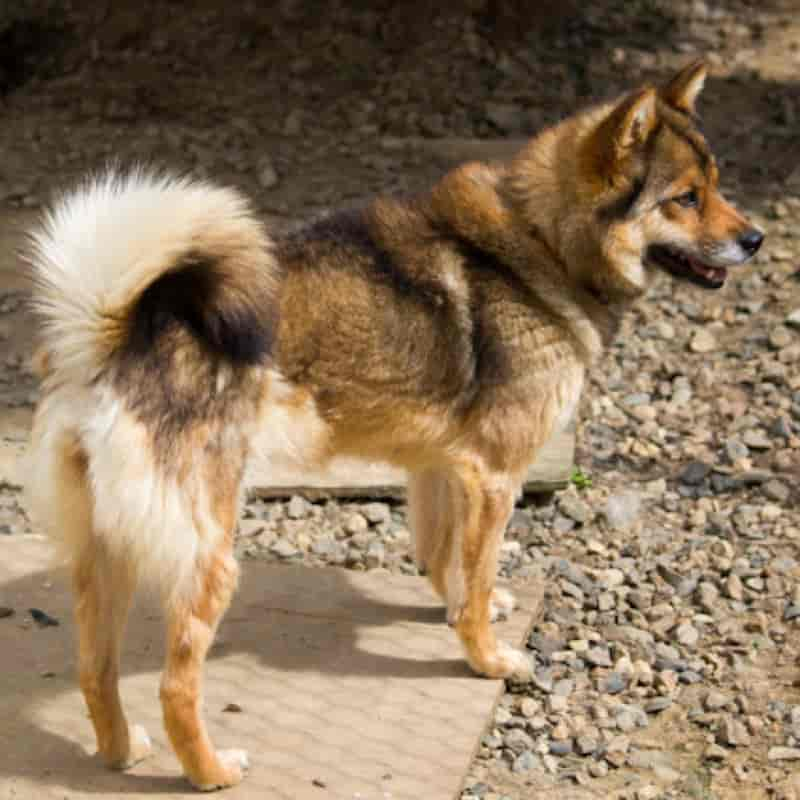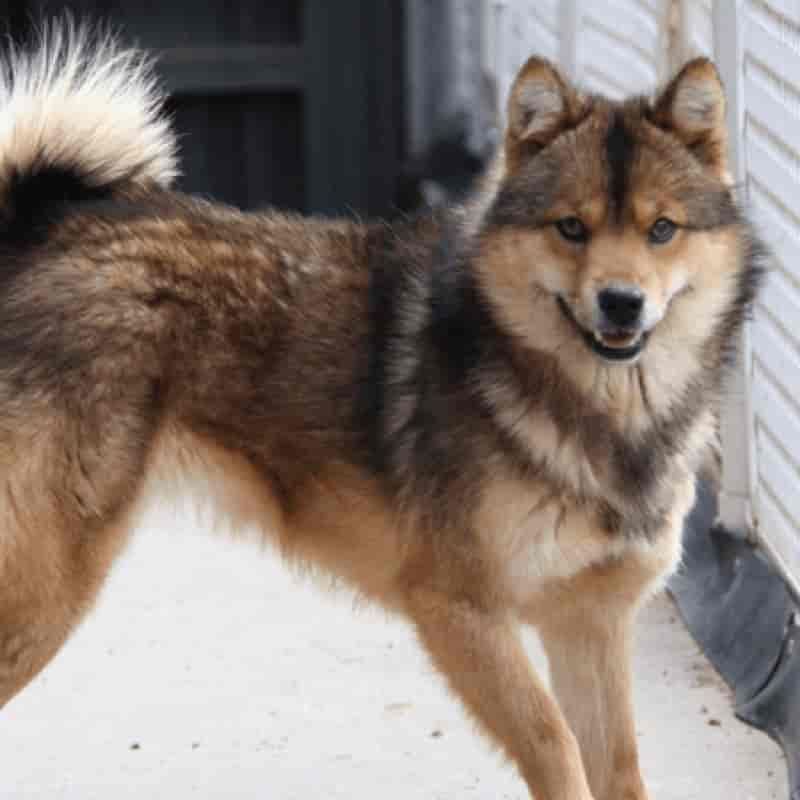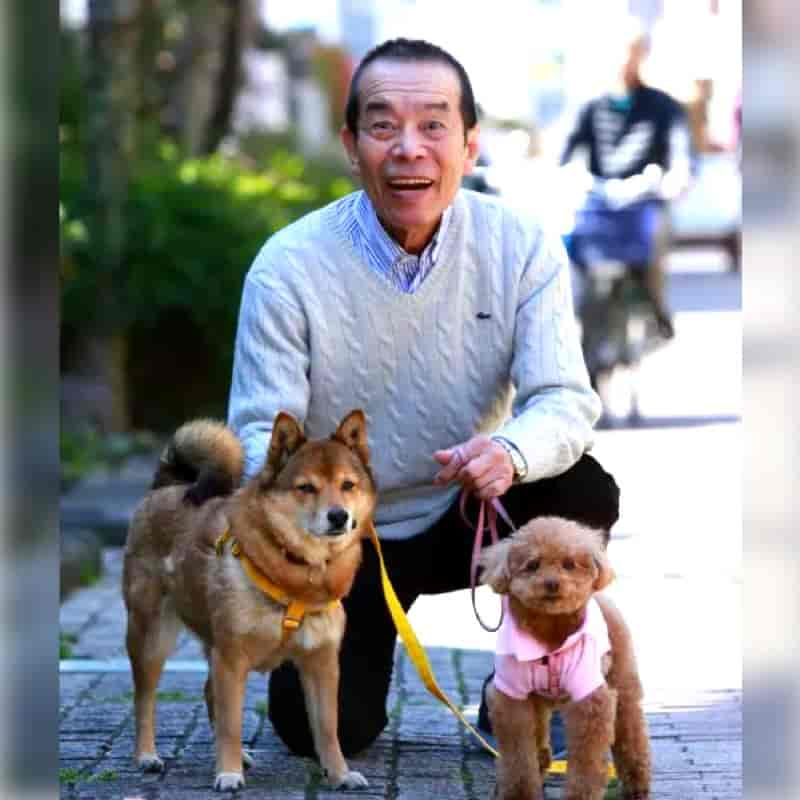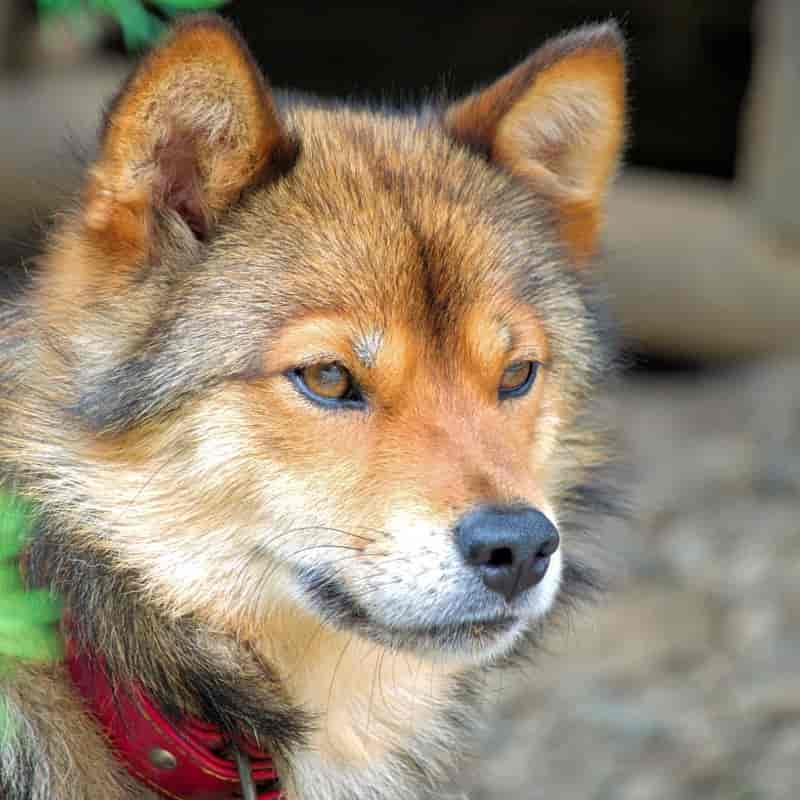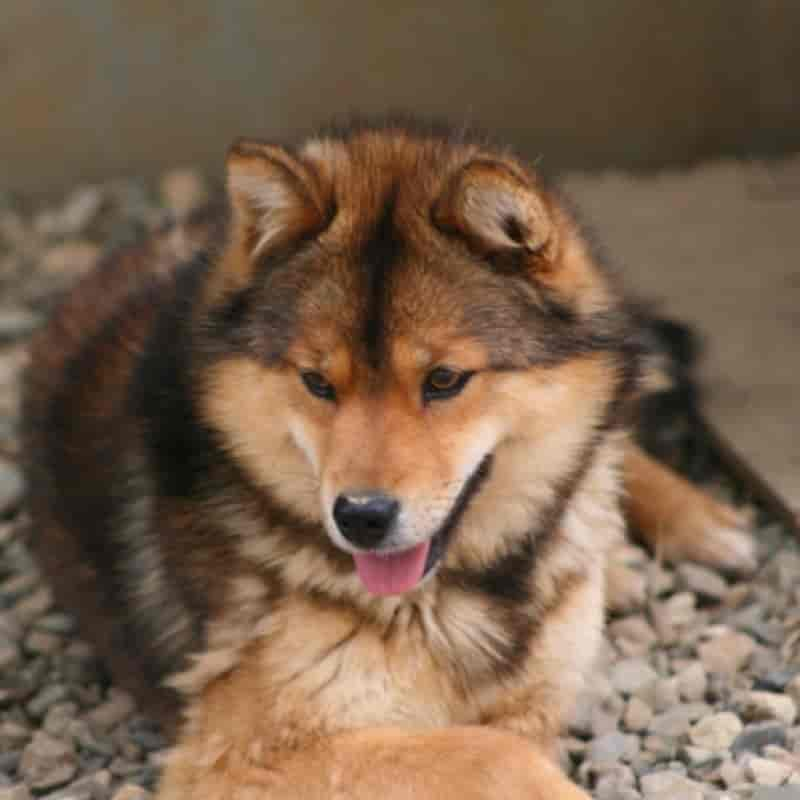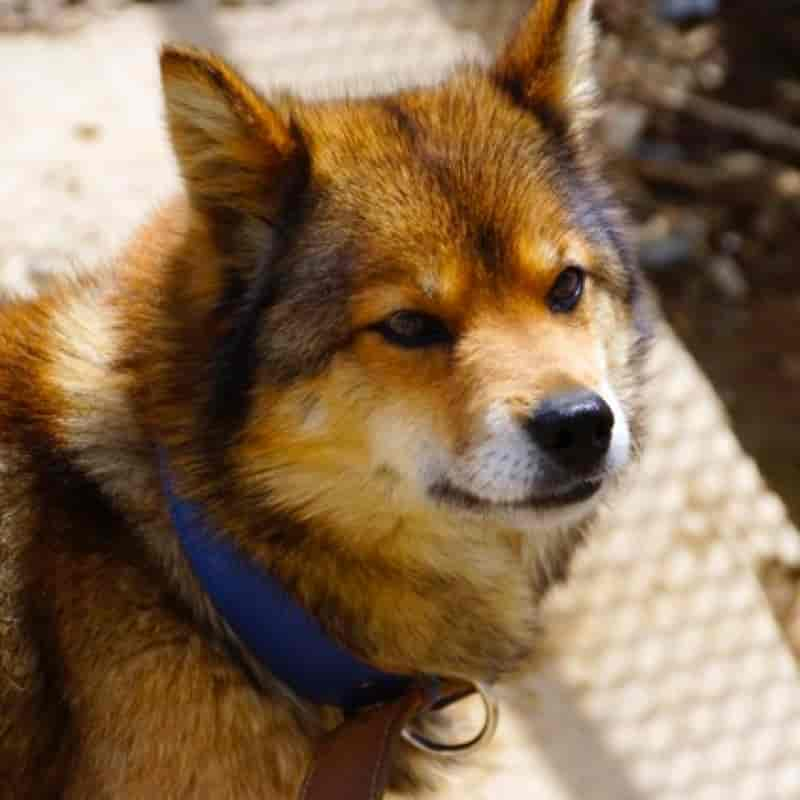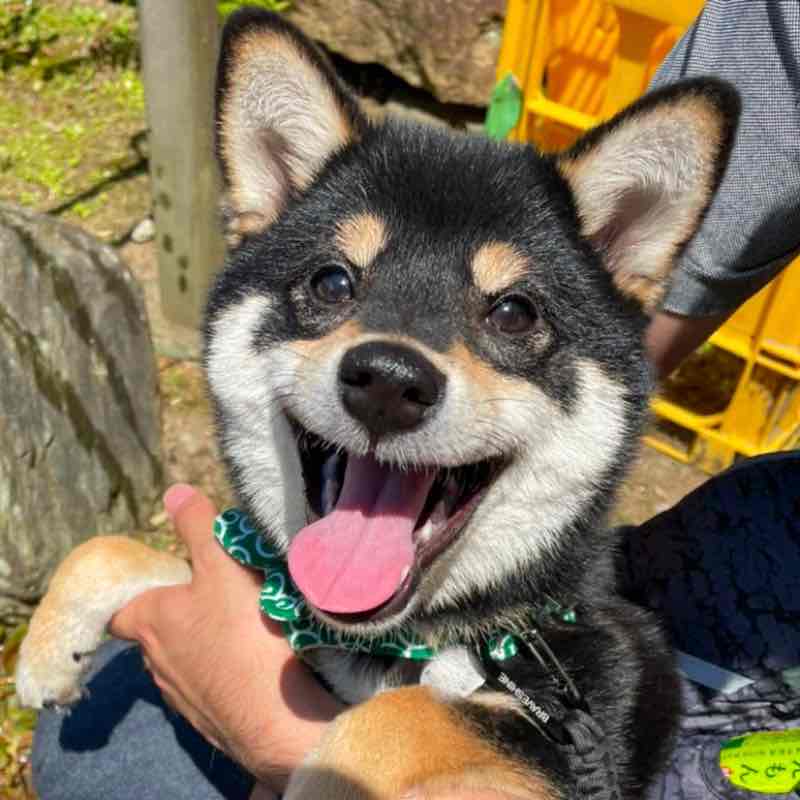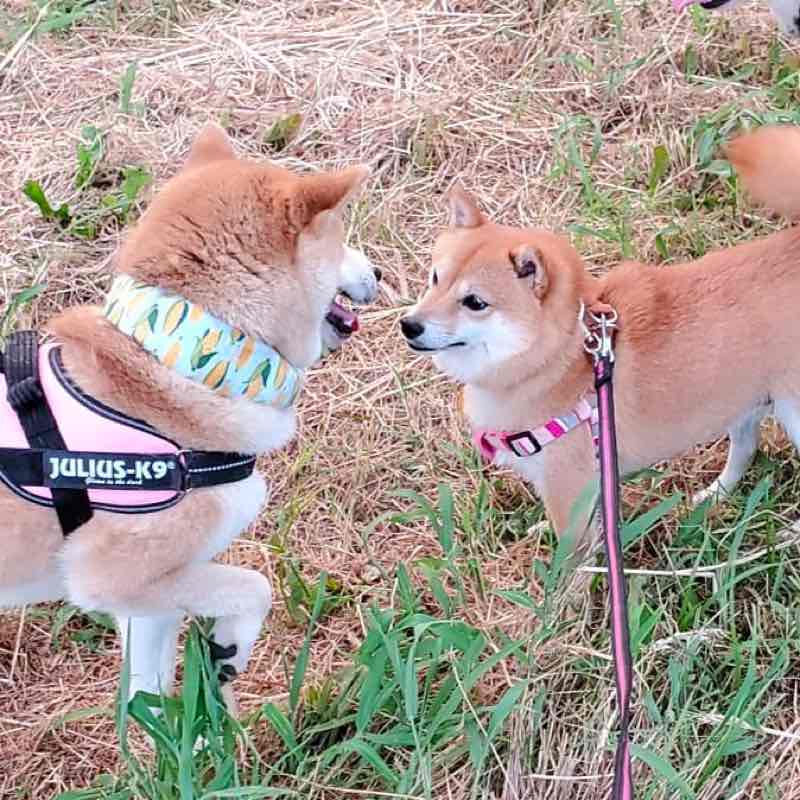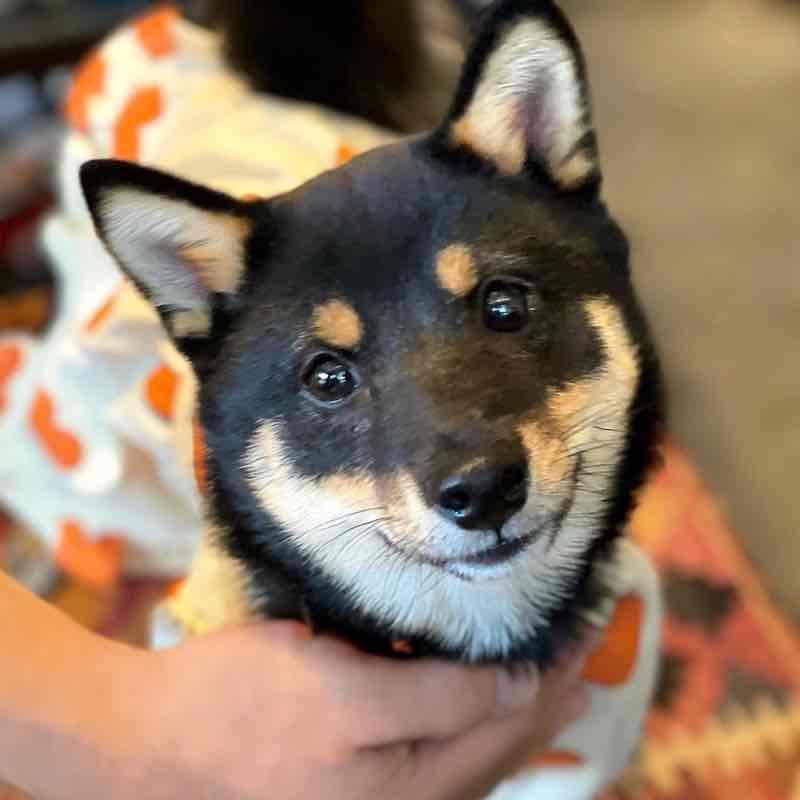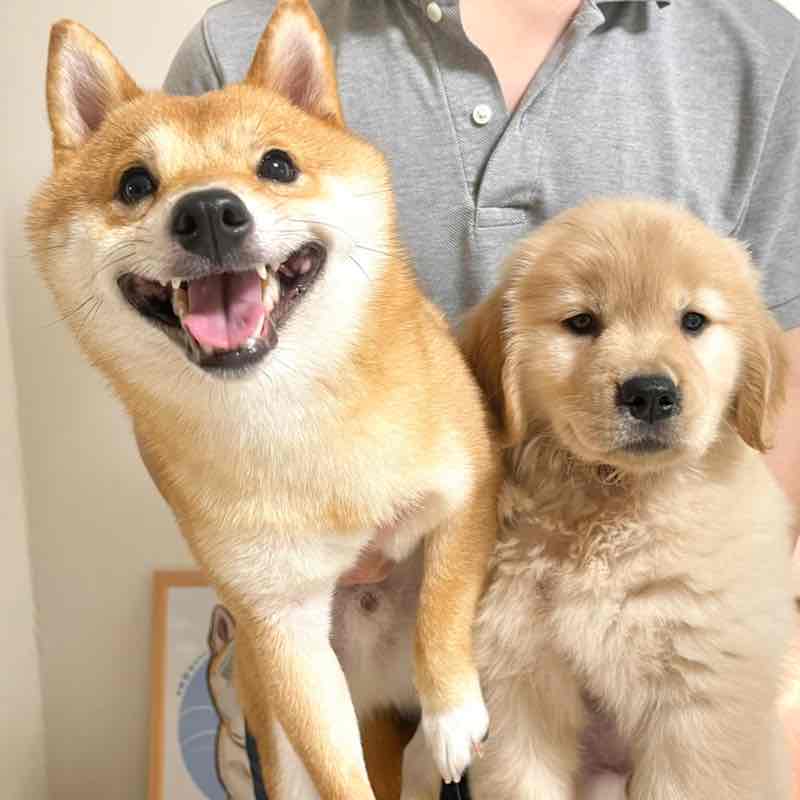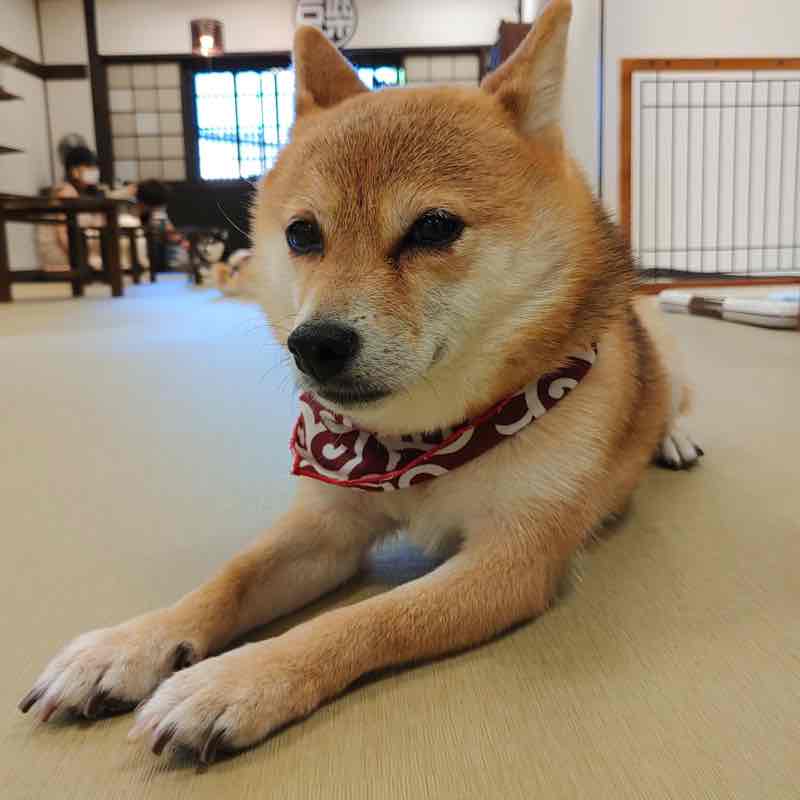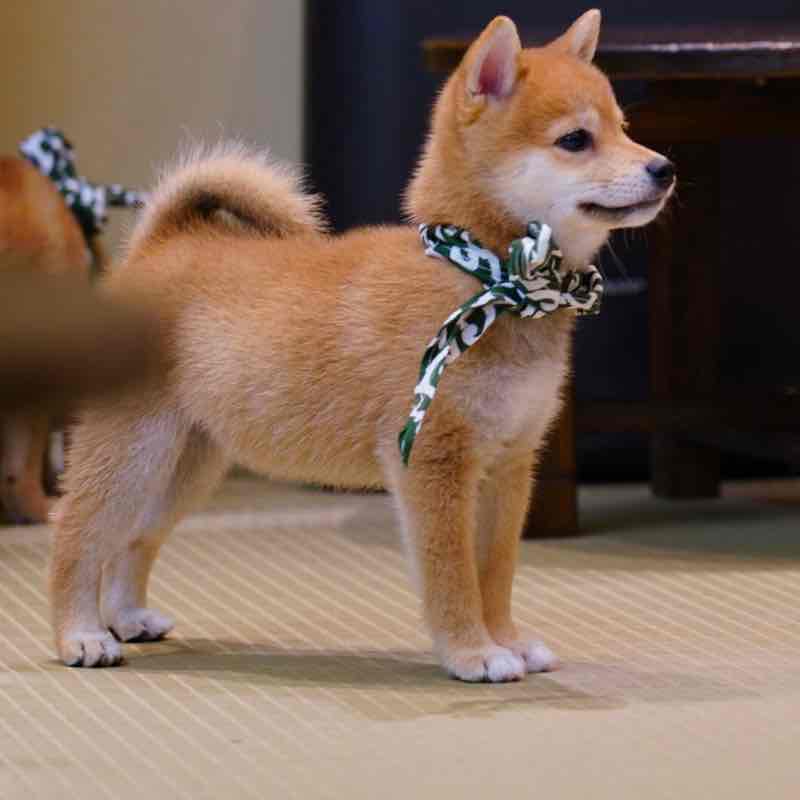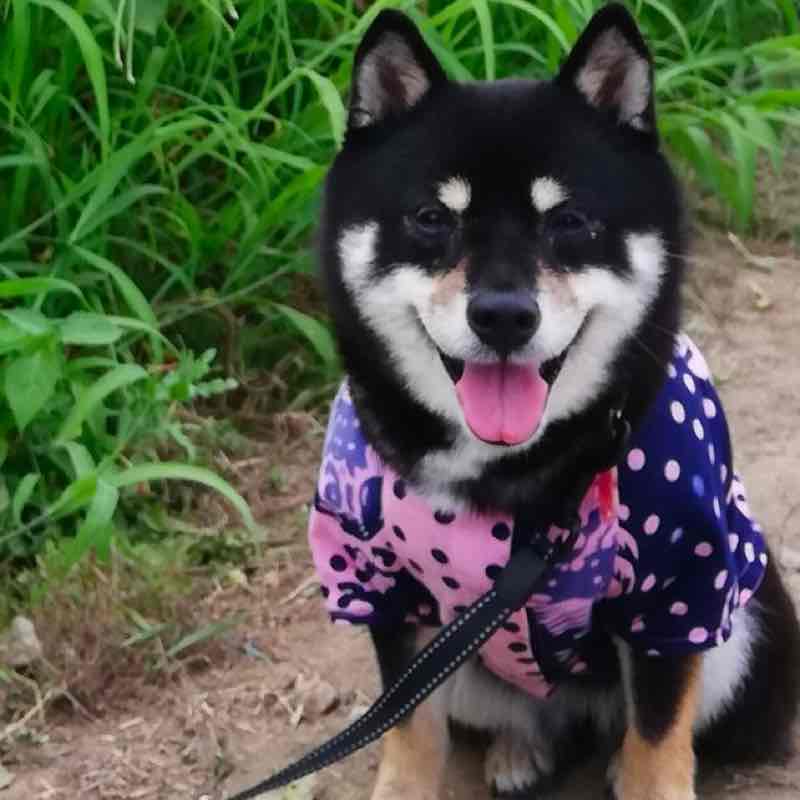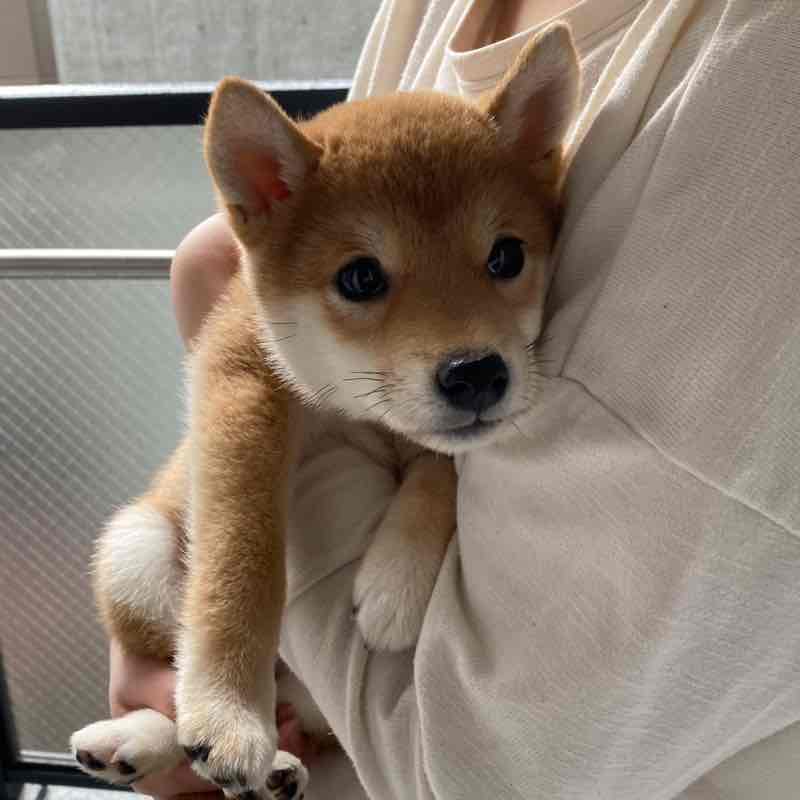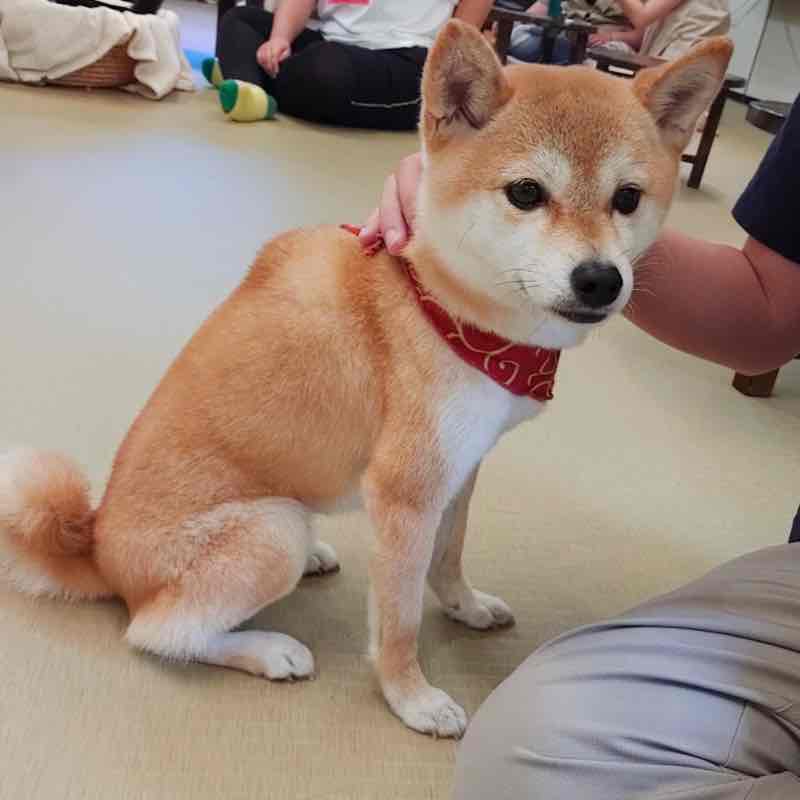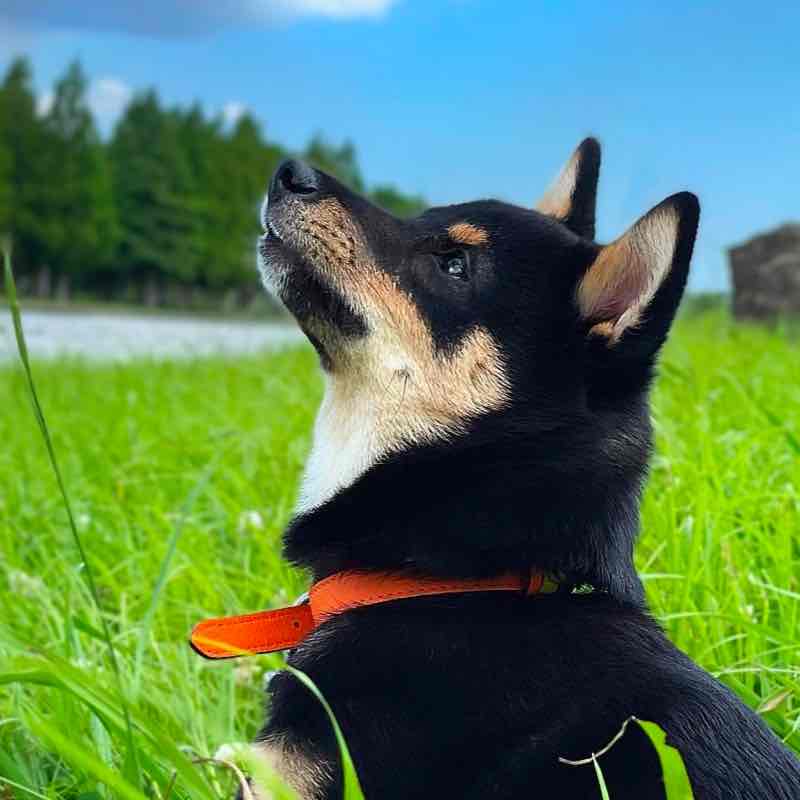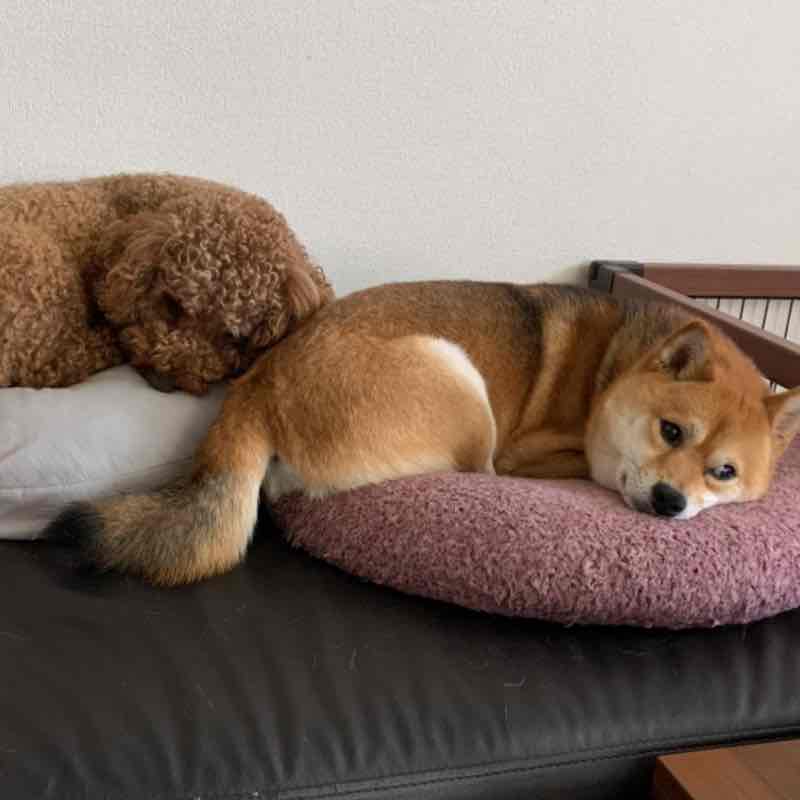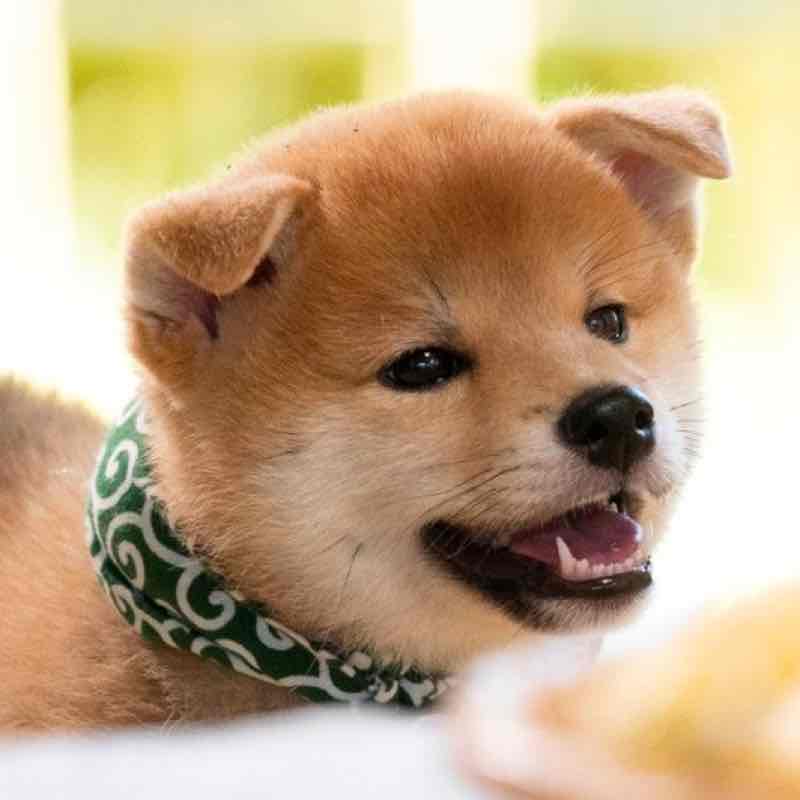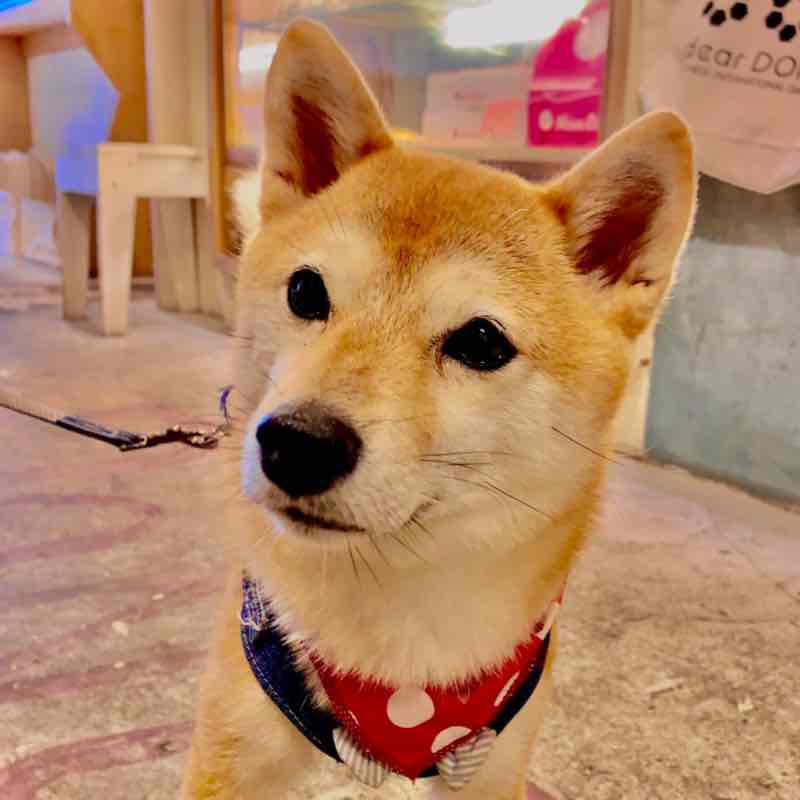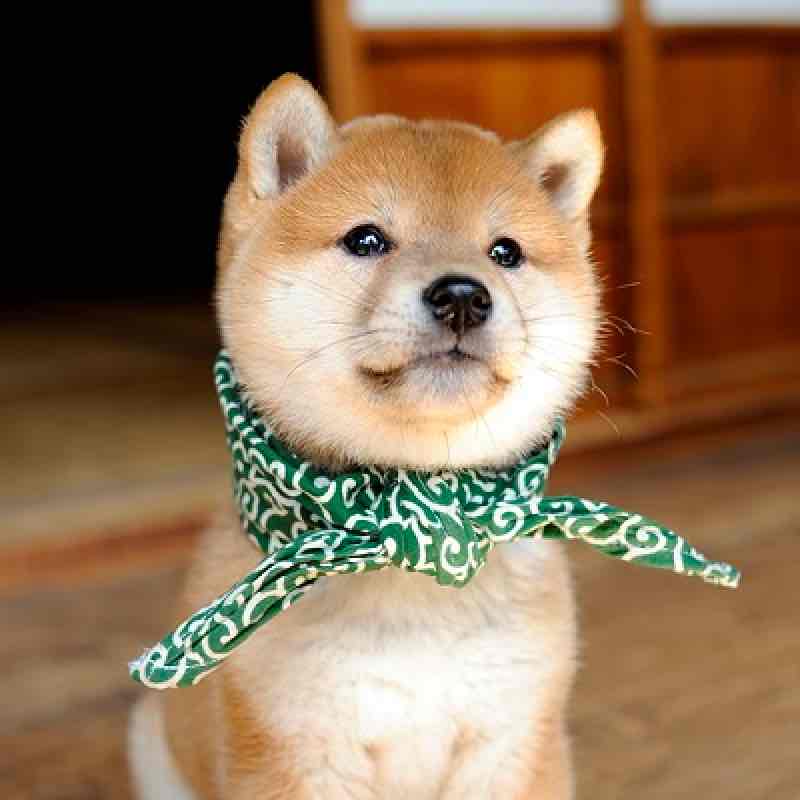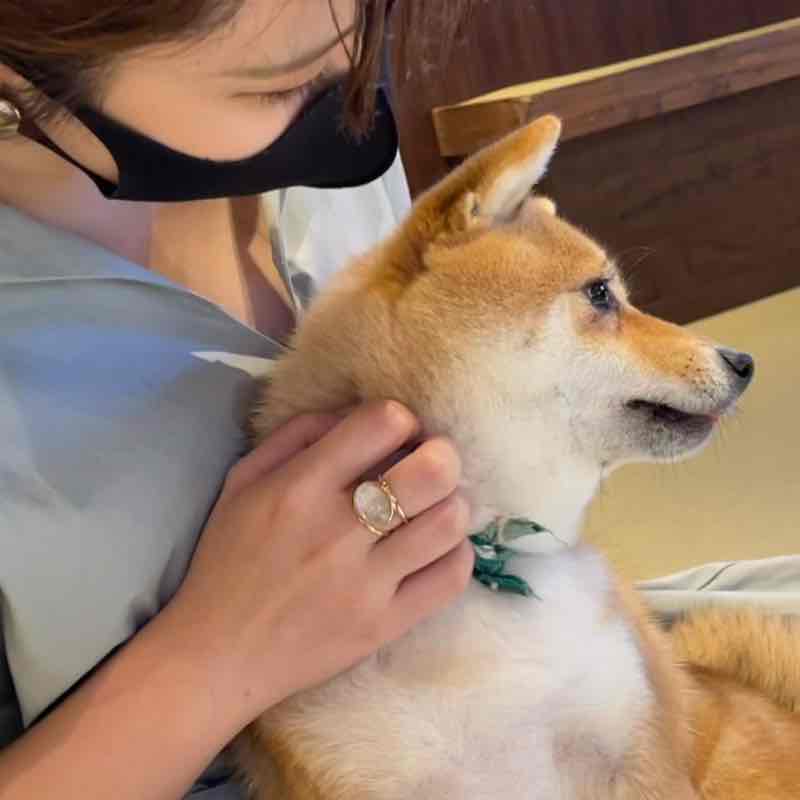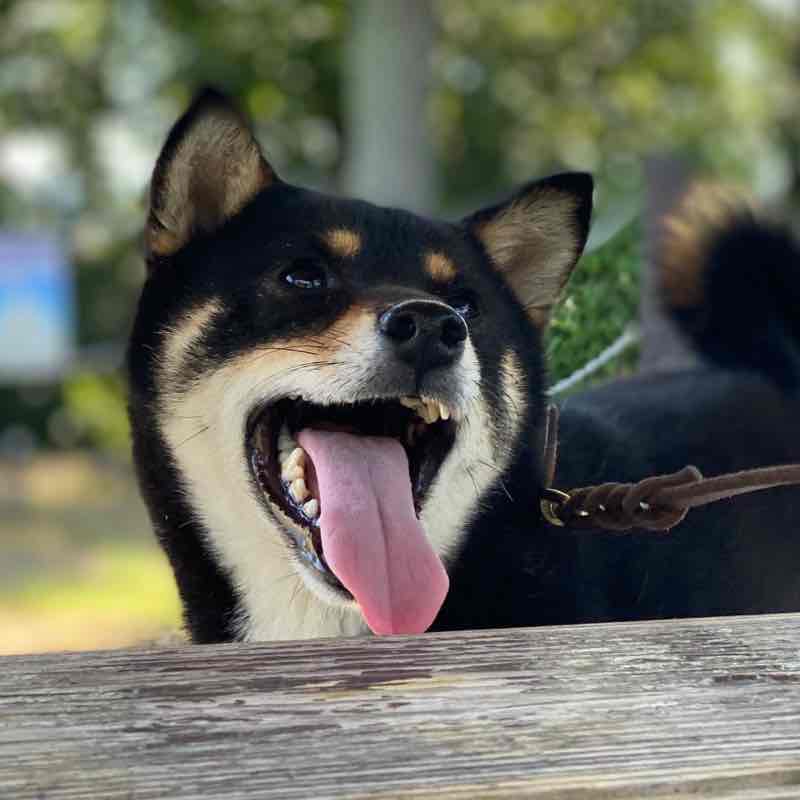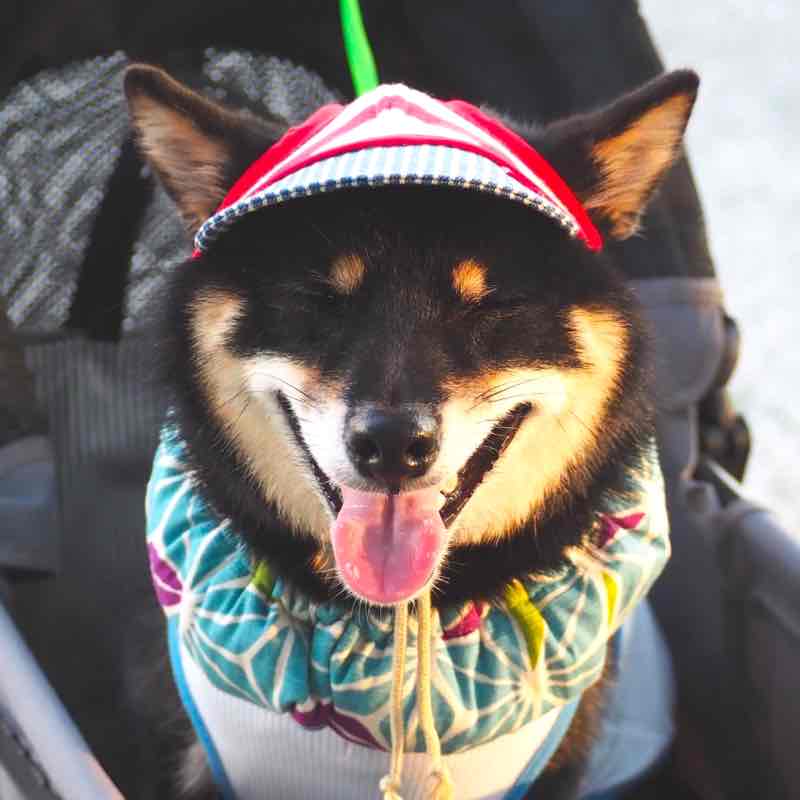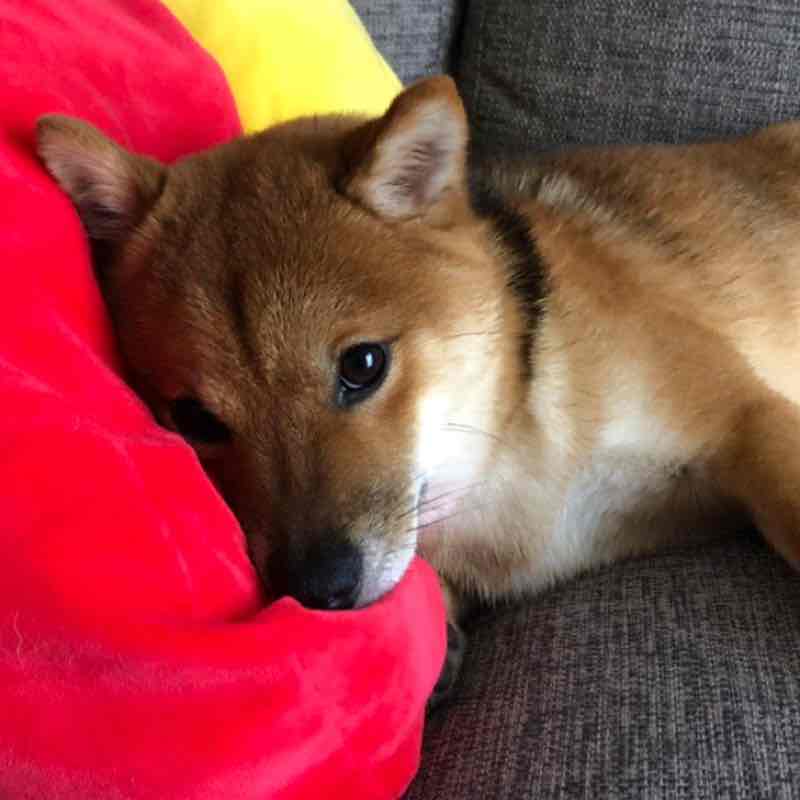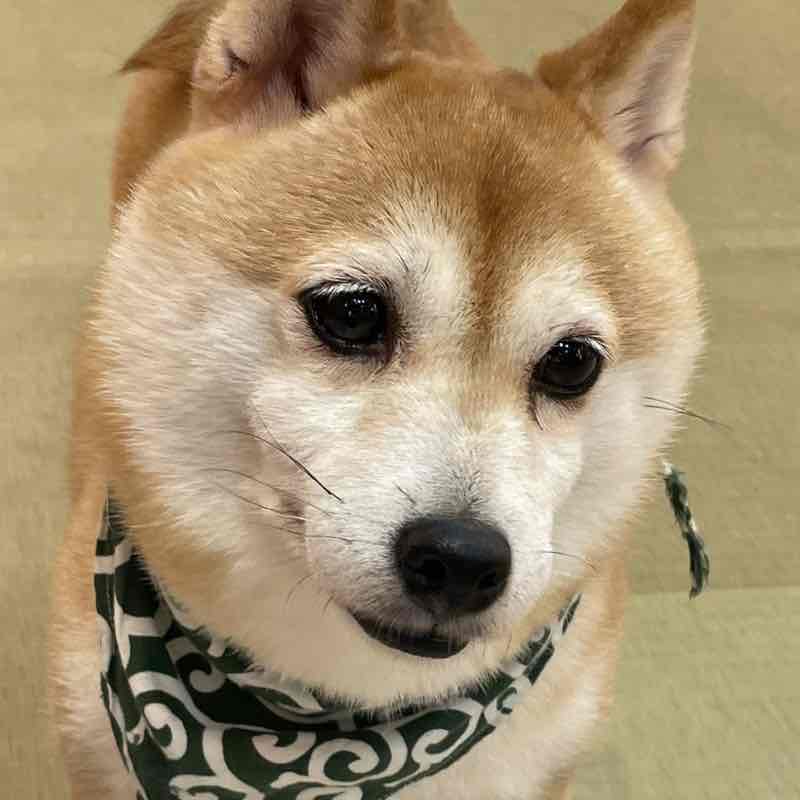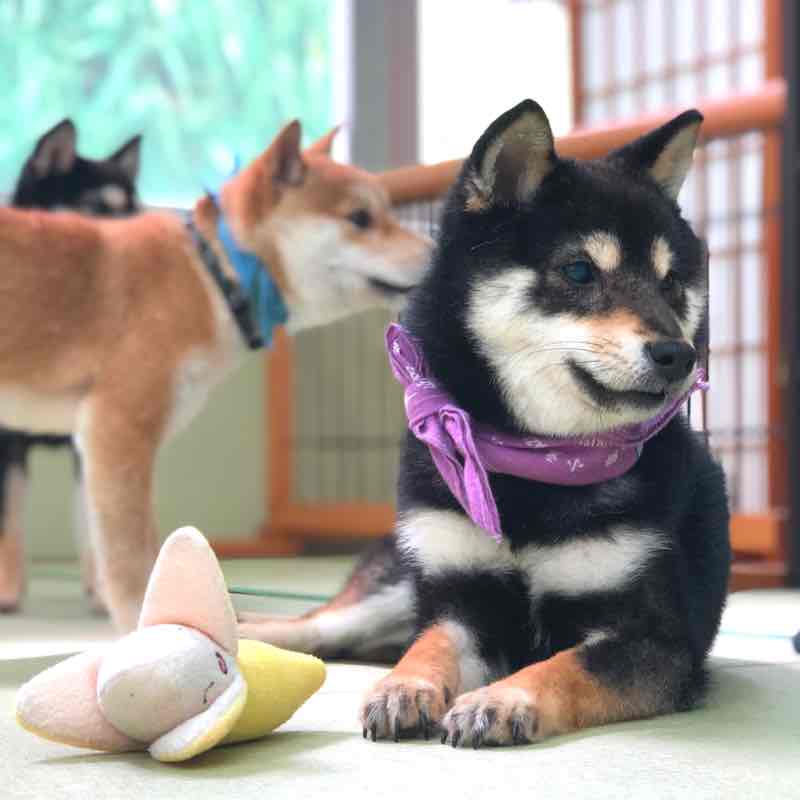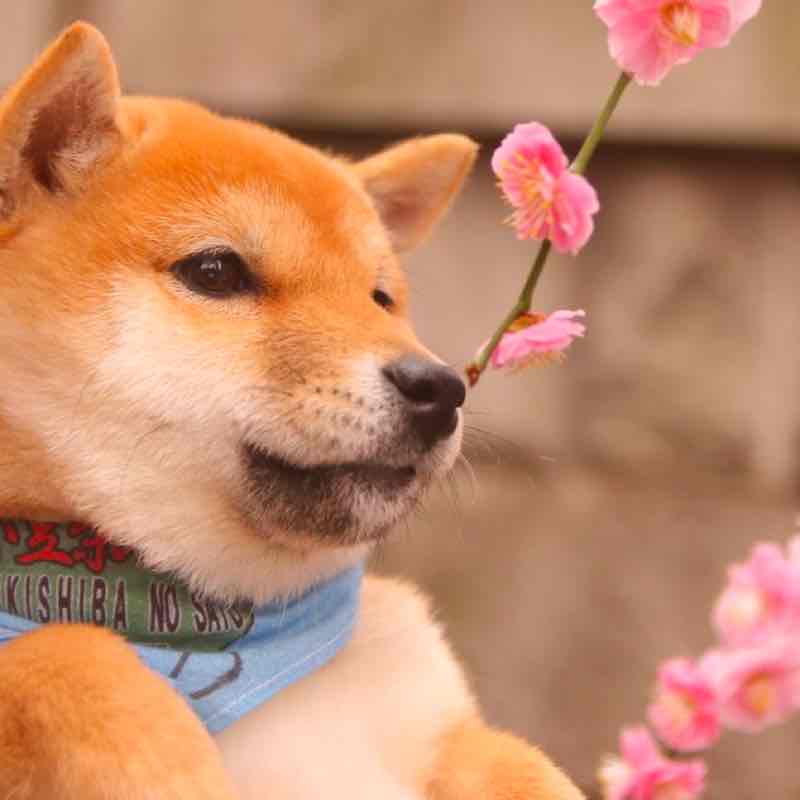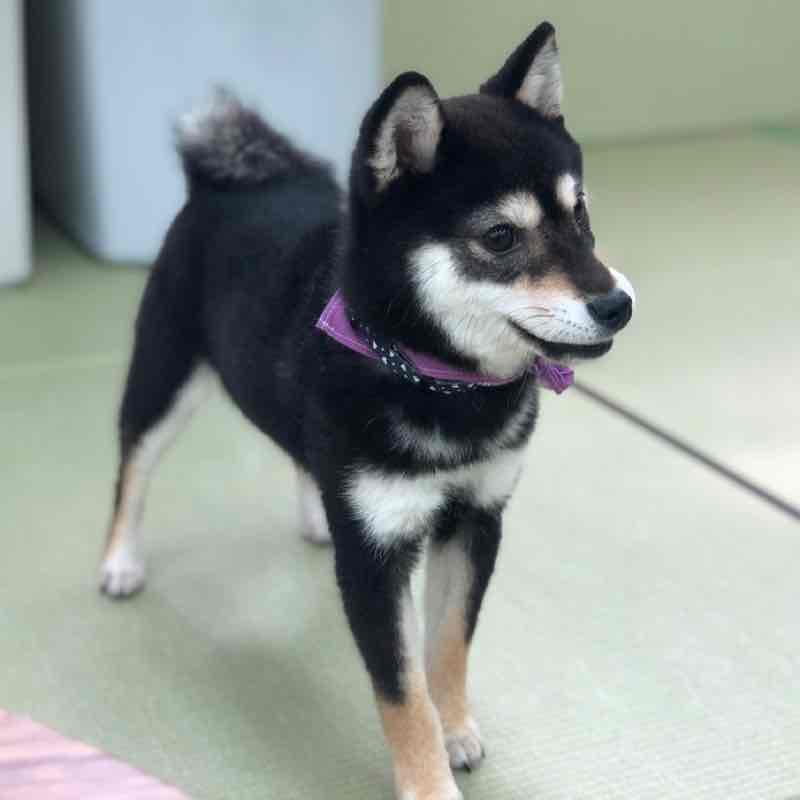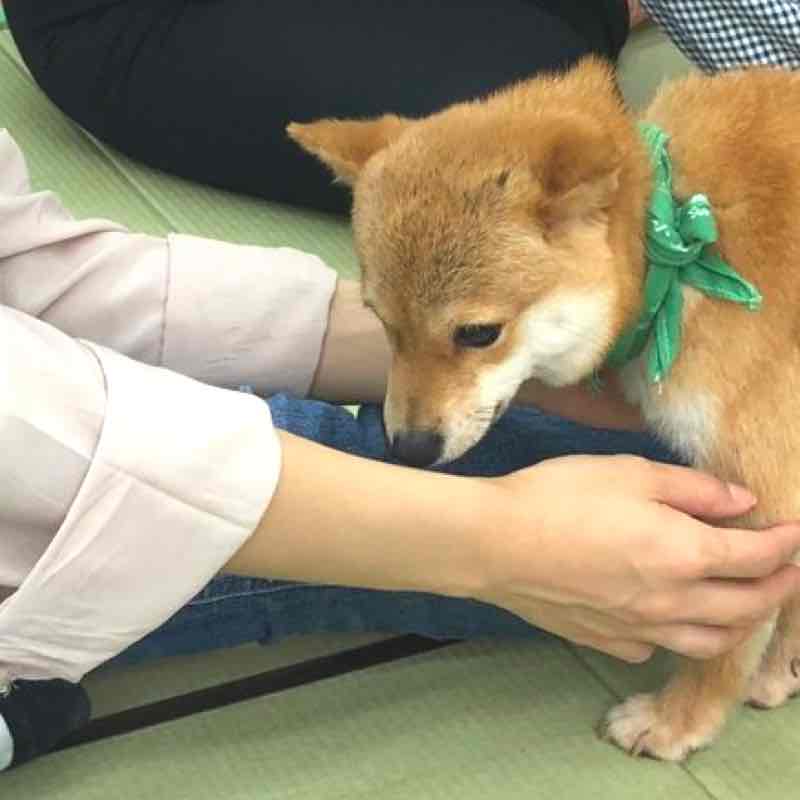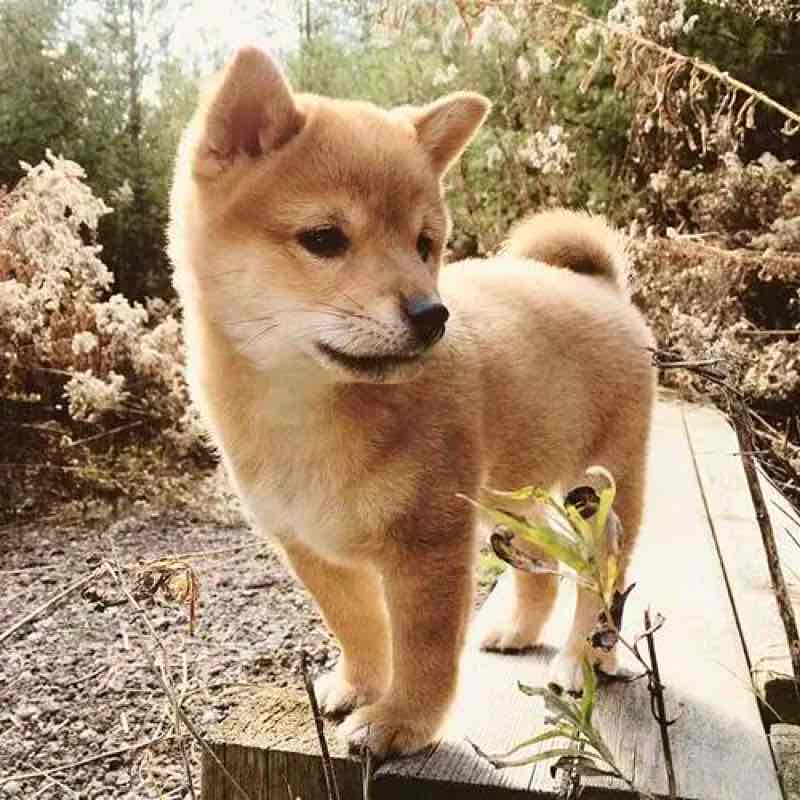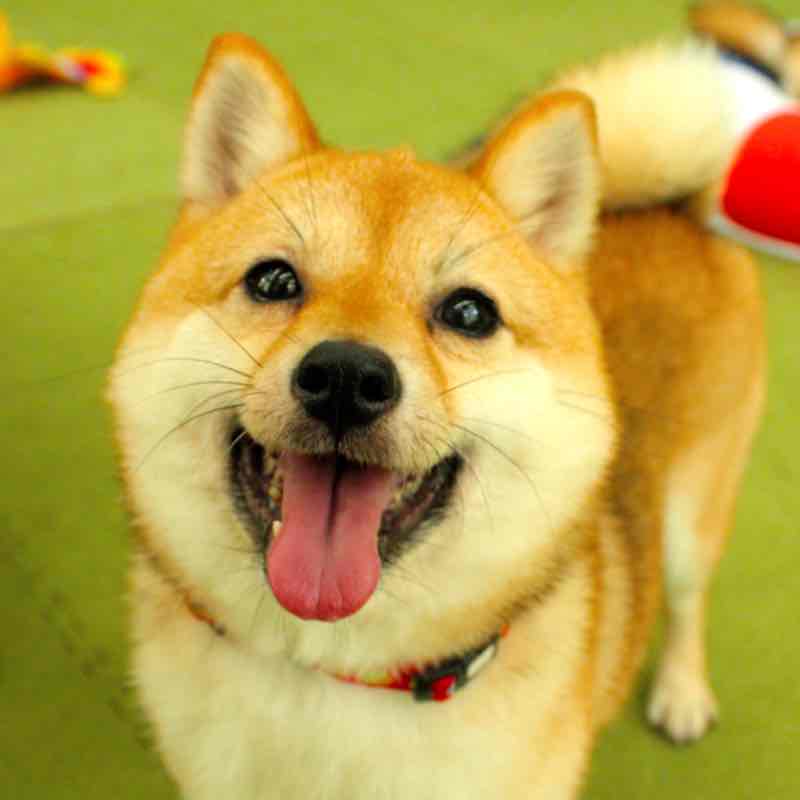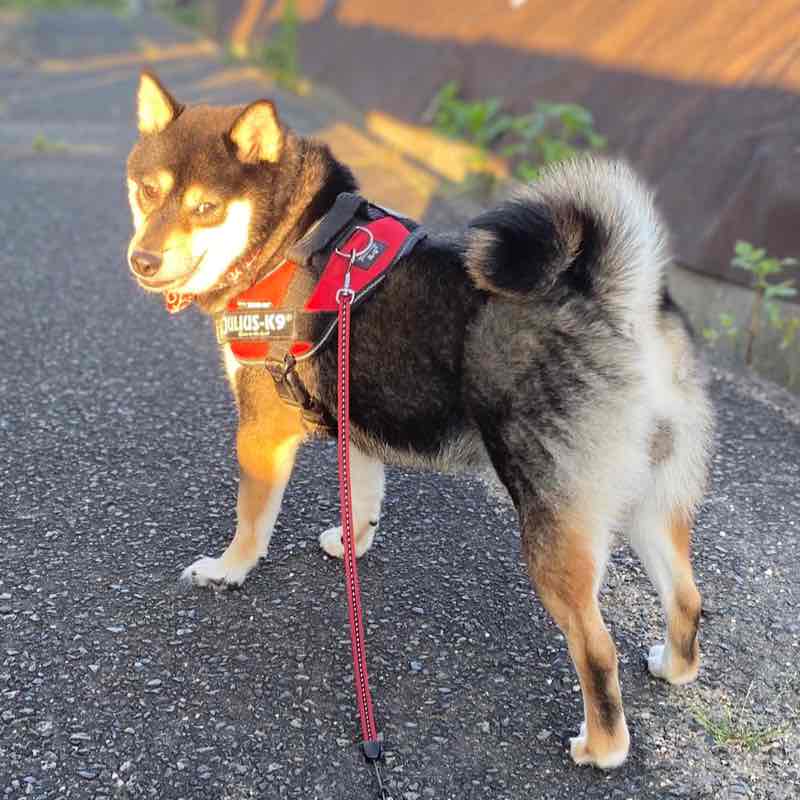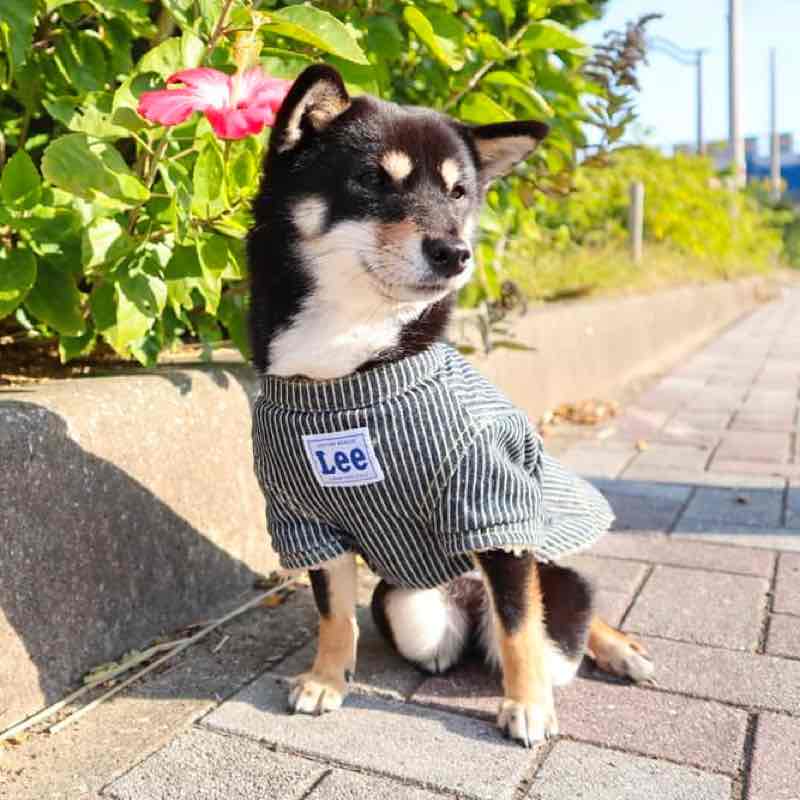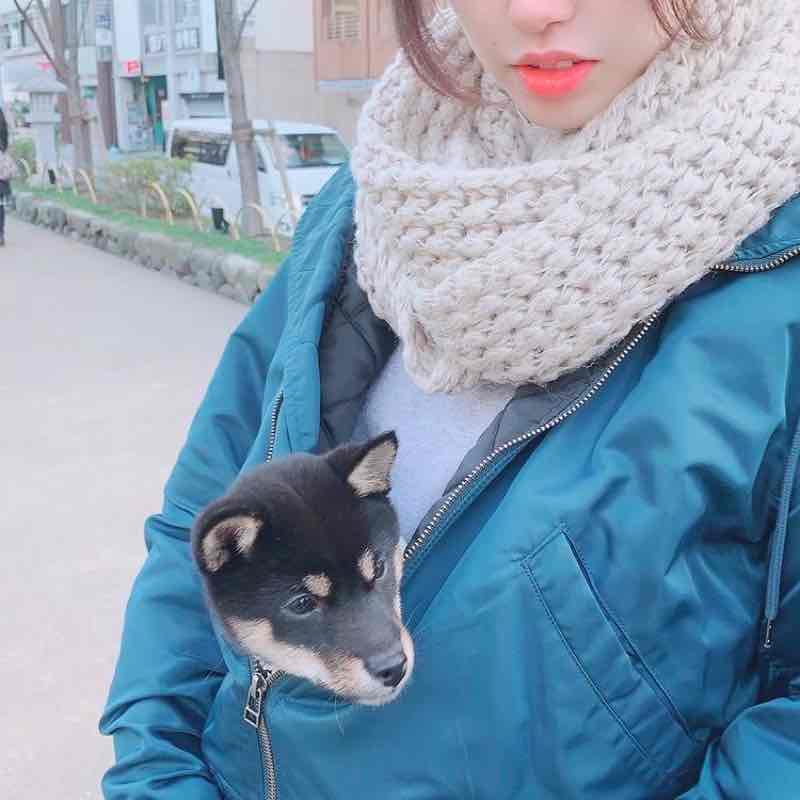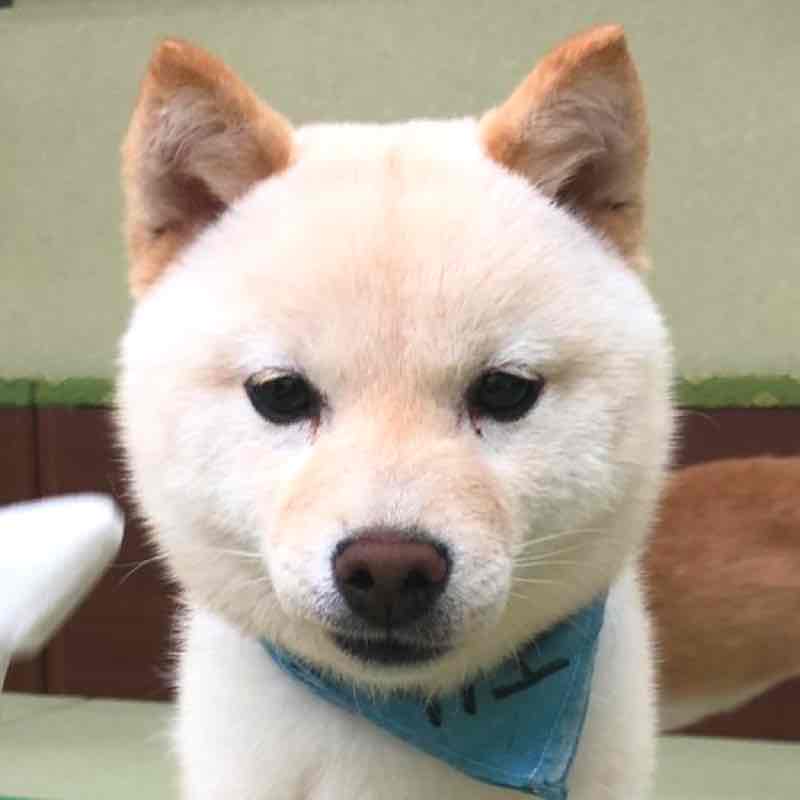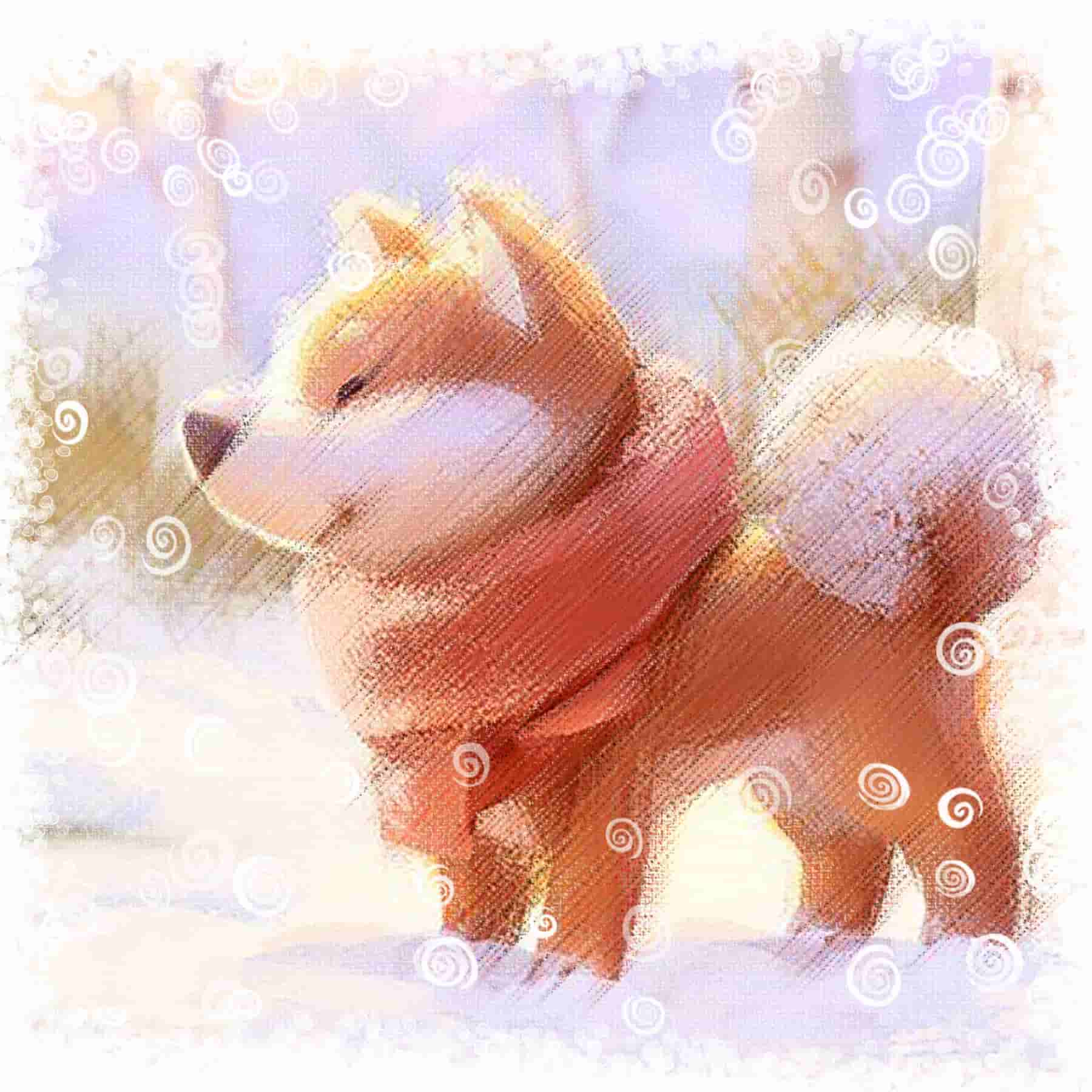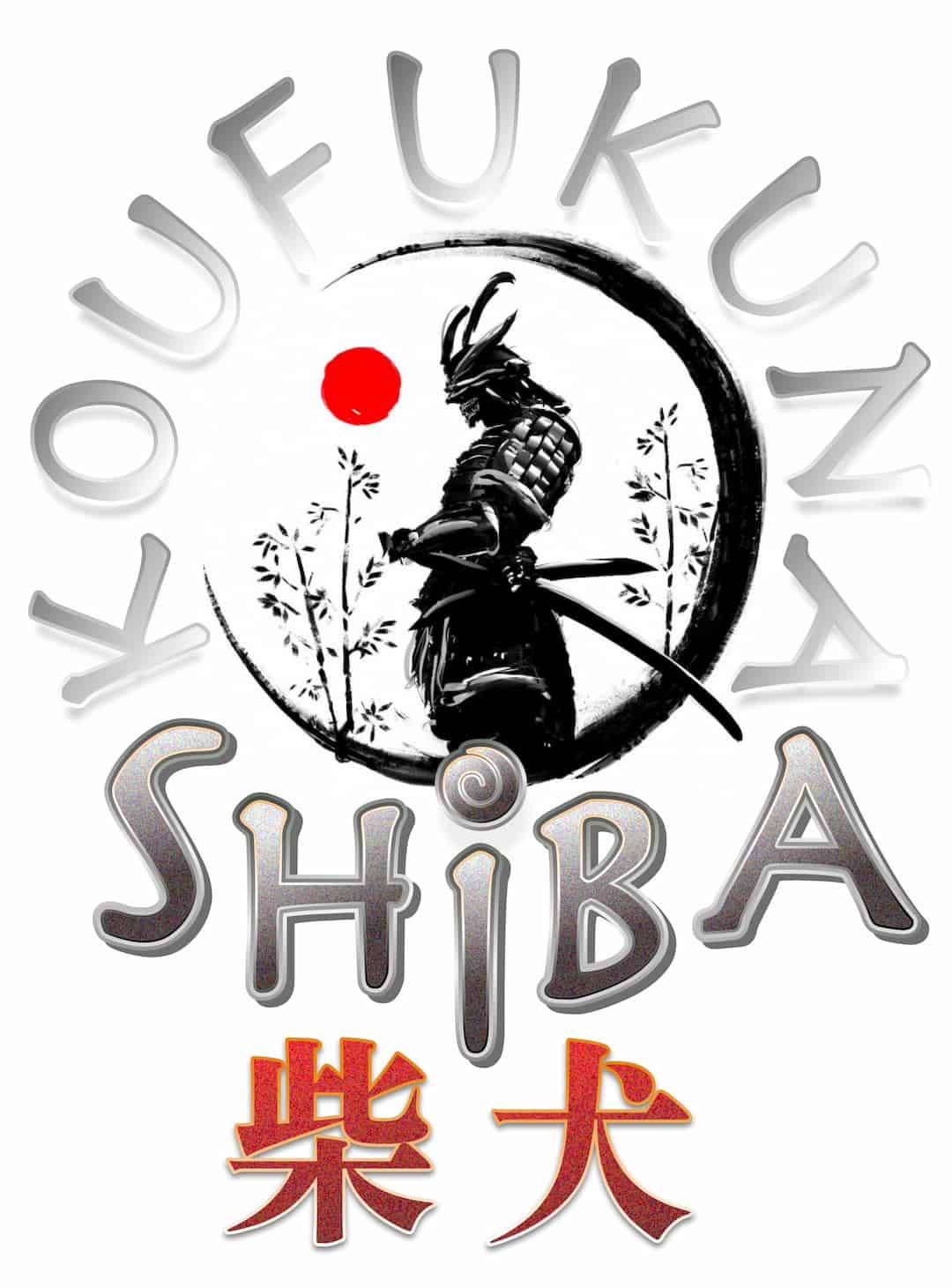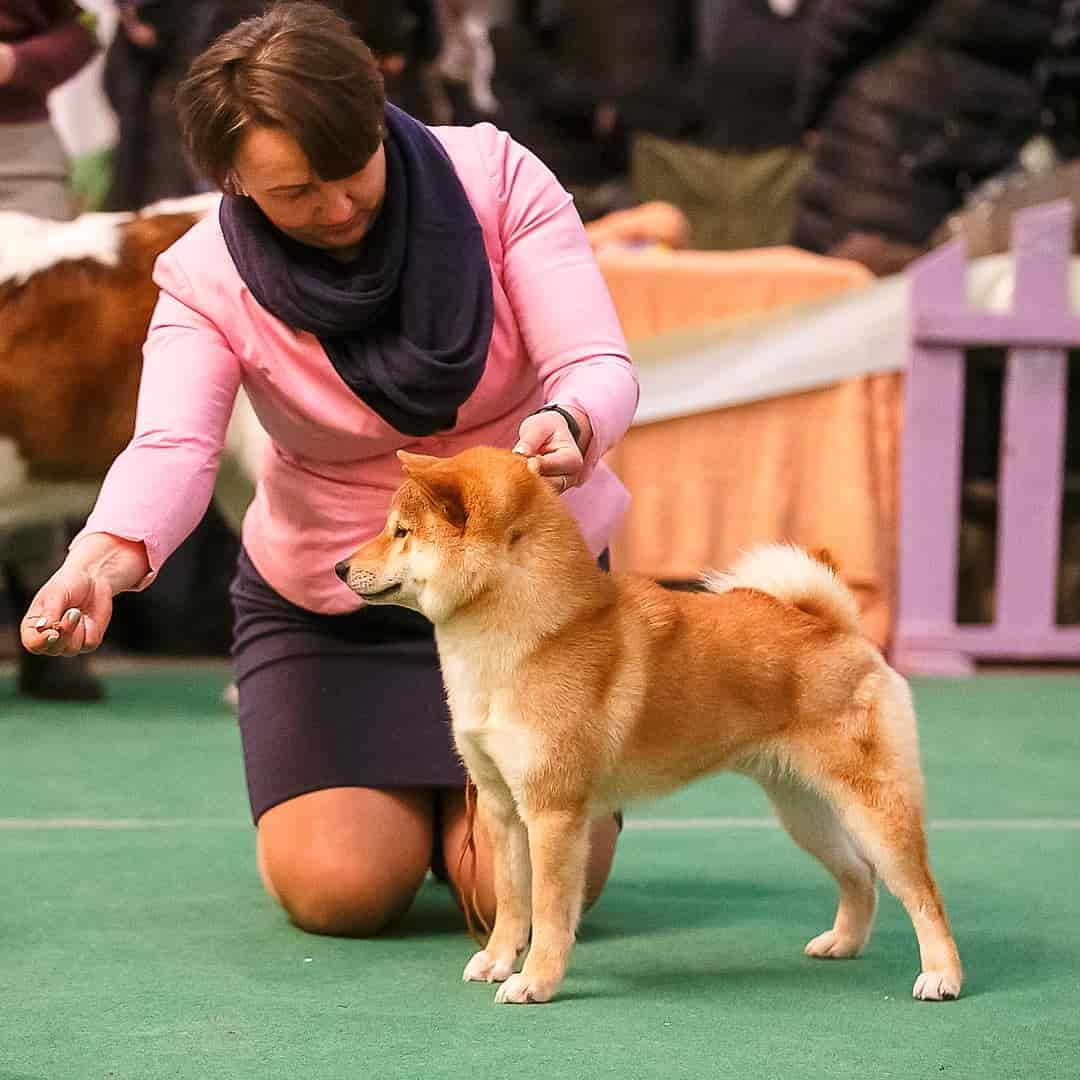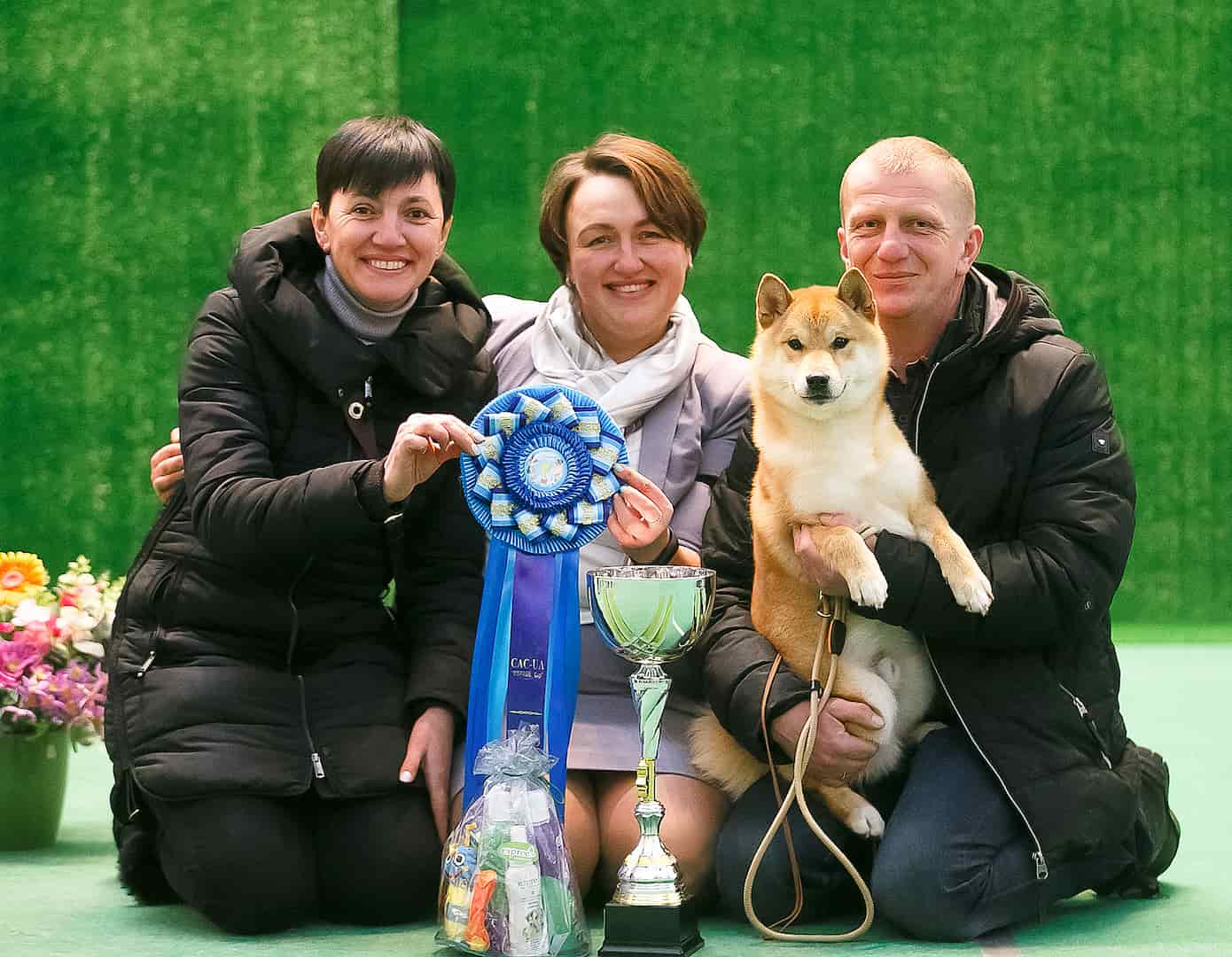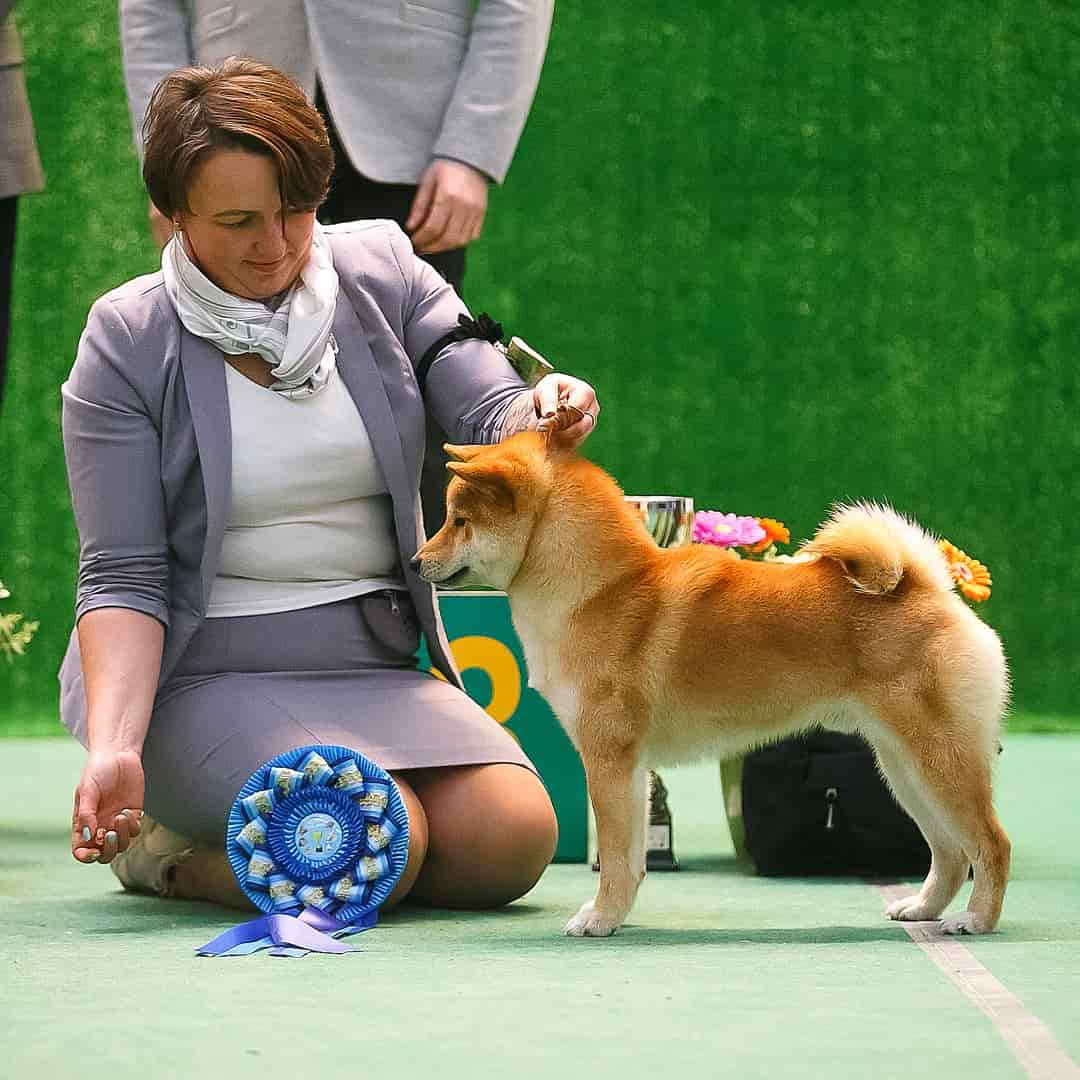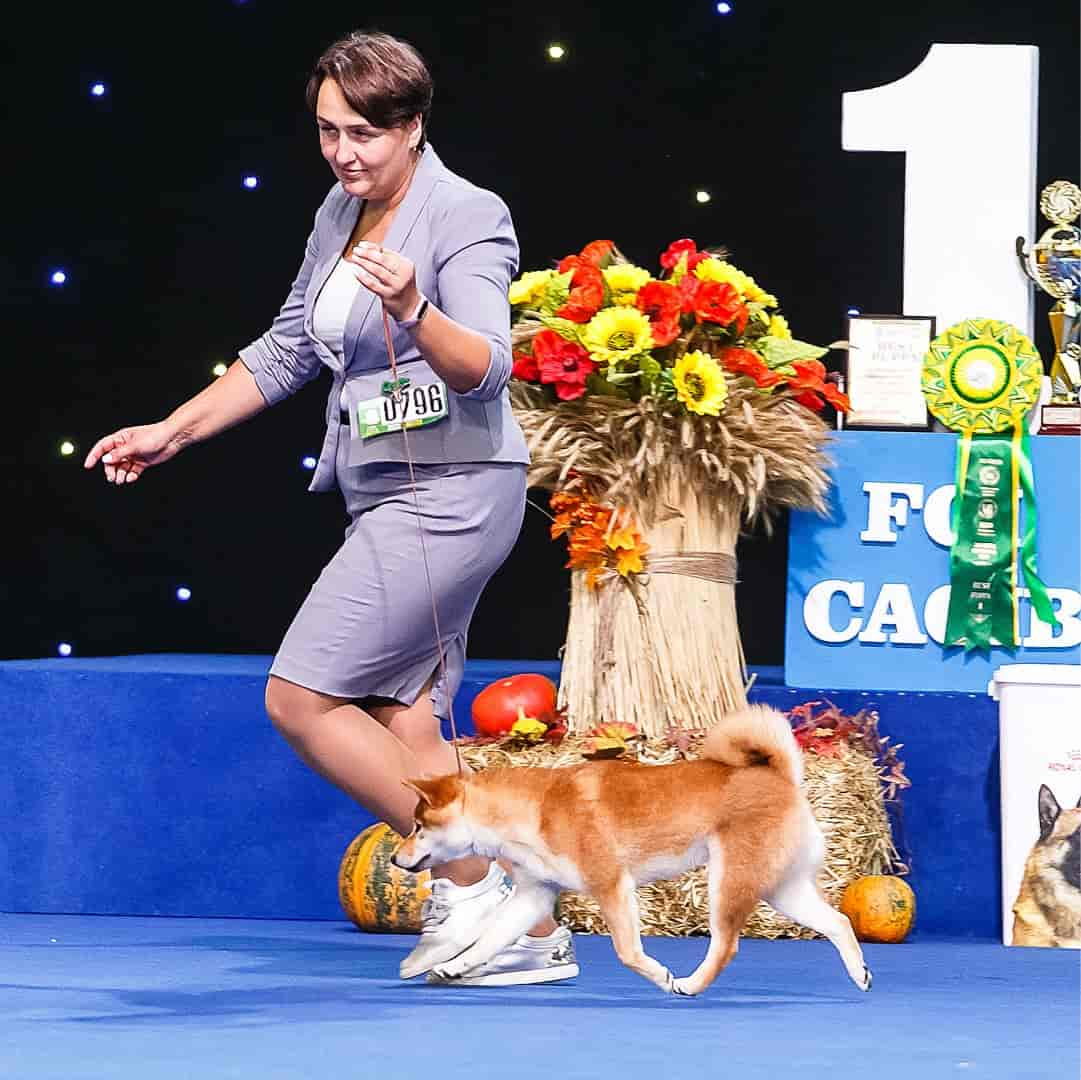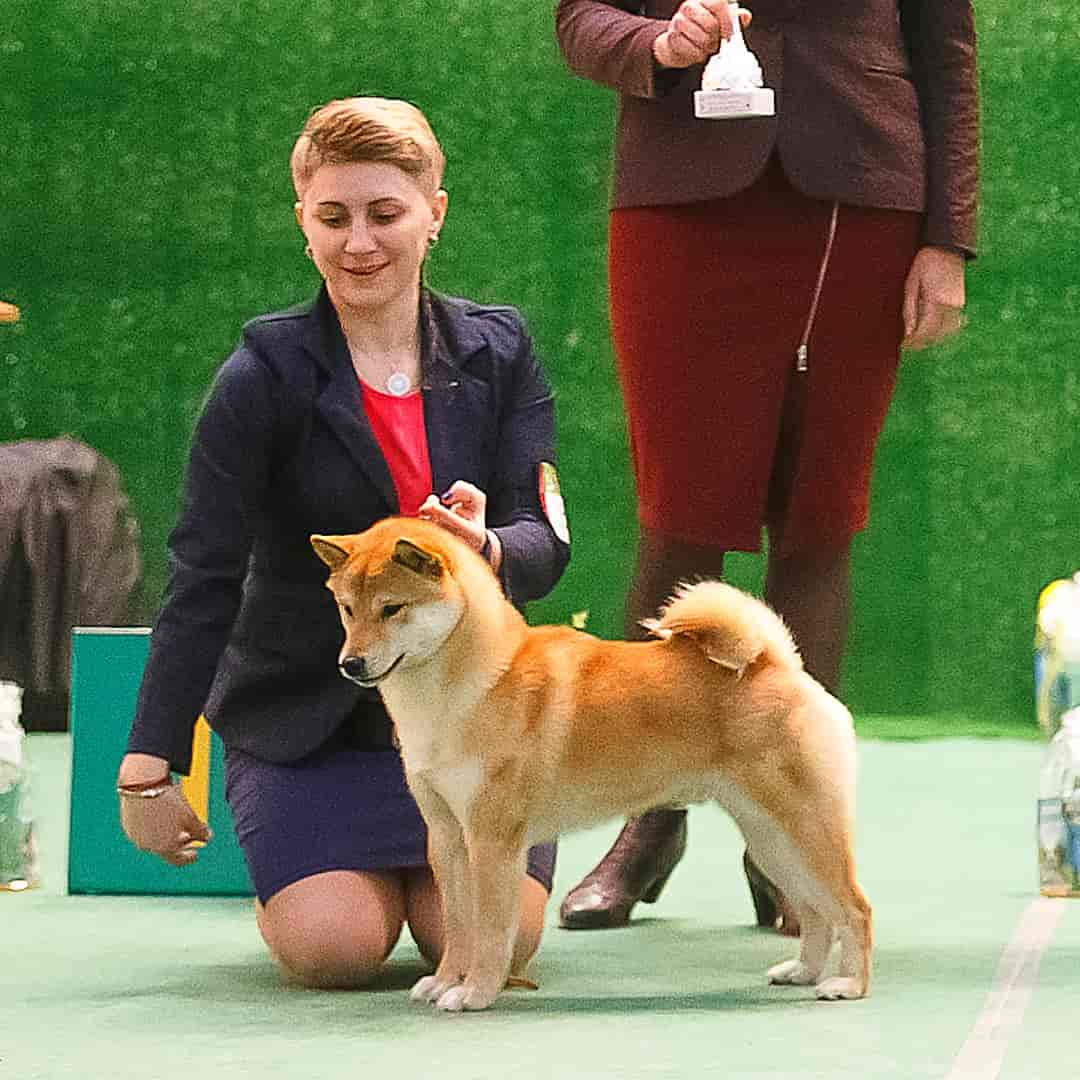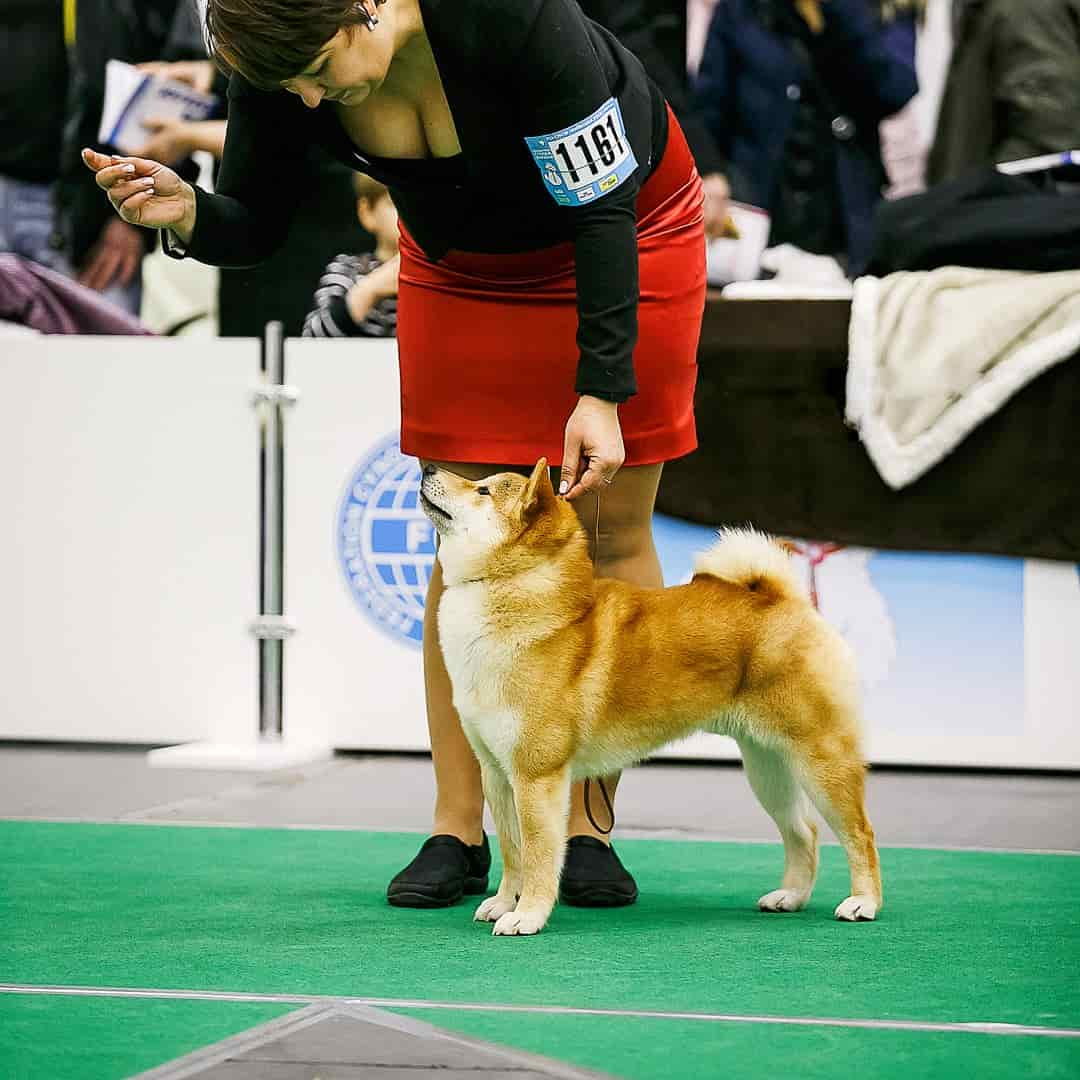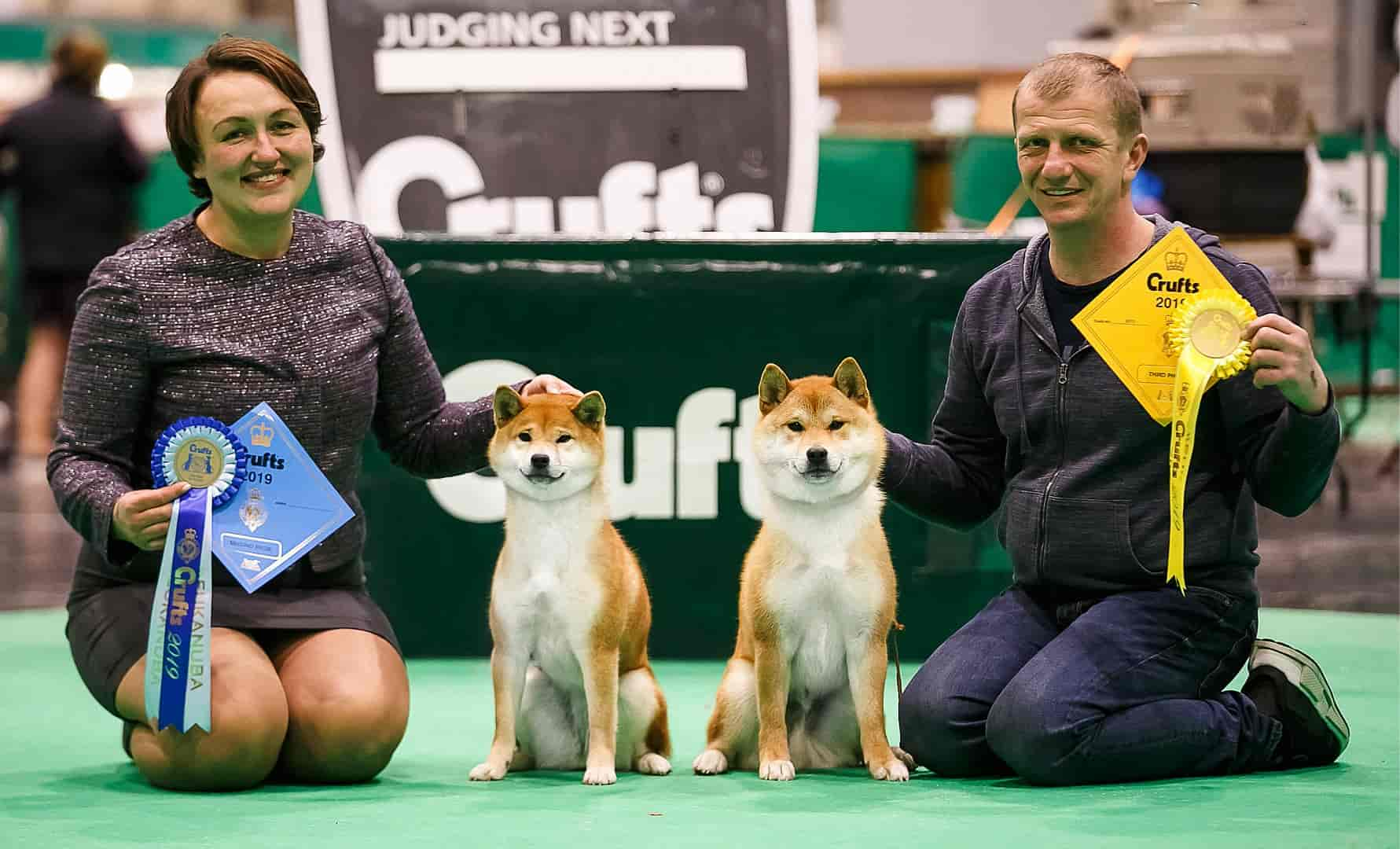
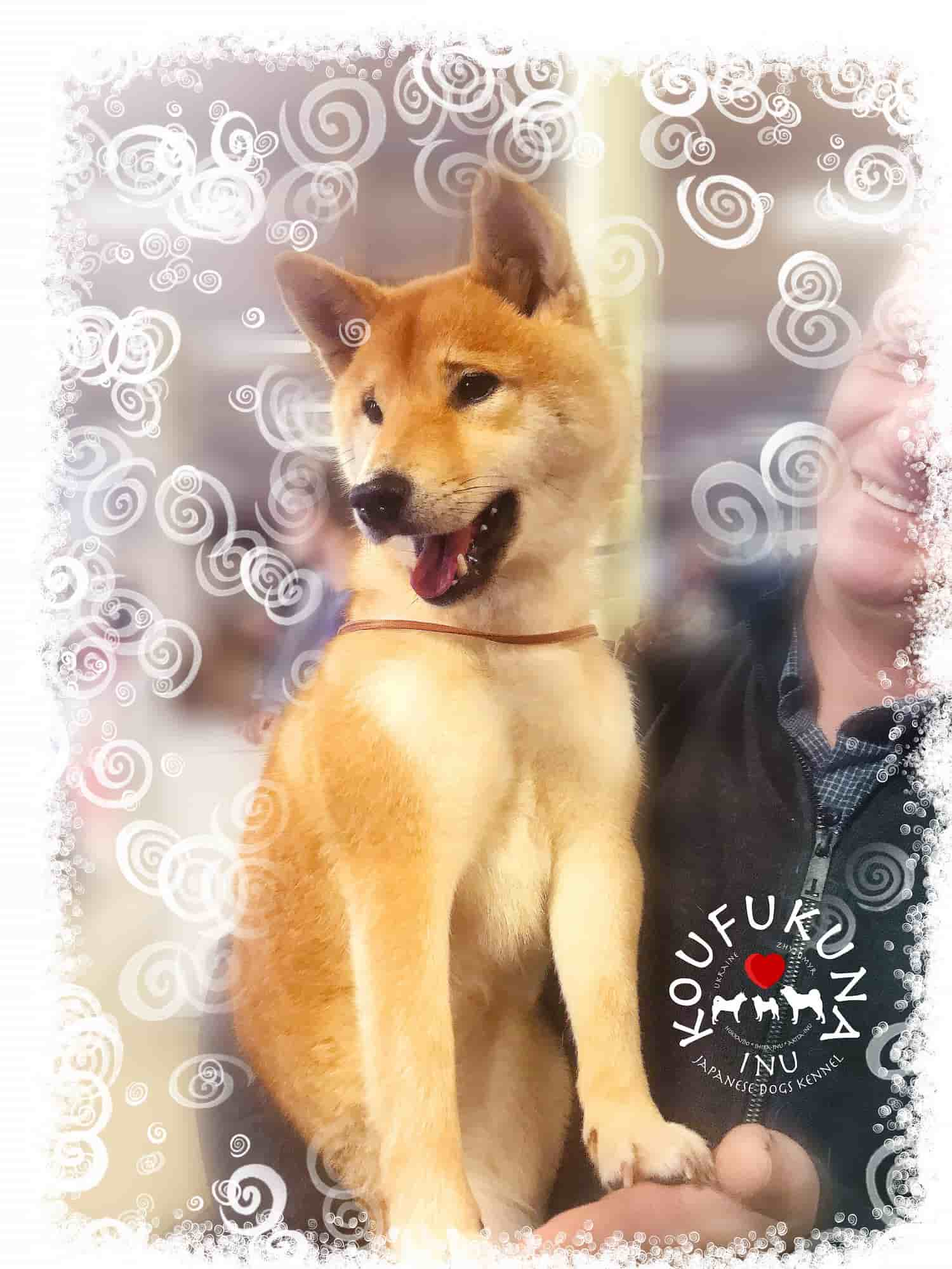
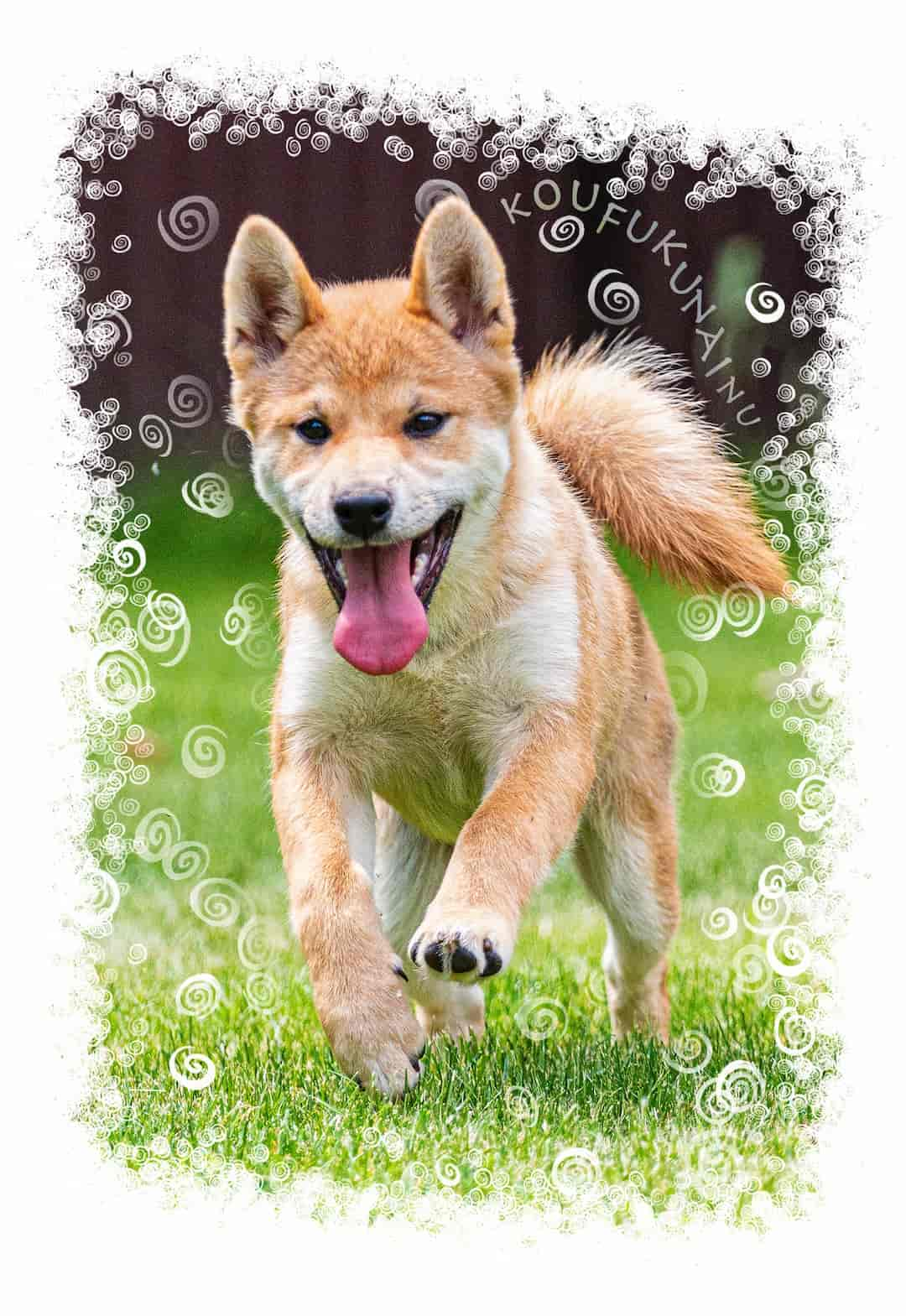
Introducing the charm of the Shiba Inu, a breed of dog that has a character with dignity, loyalty, courage, as well as intelligence and great athletic ability...
It is said that the Shiba Inu lived with people for a long time. Today this breed is popular all over the world and is one of the leading dog breeds in Japan.
Below you will find all the key features of the Shiba Inu to help you get to know this breed better.
This information will be useful to future Shiba Inu owners.
It will take about 20 minutes to read.
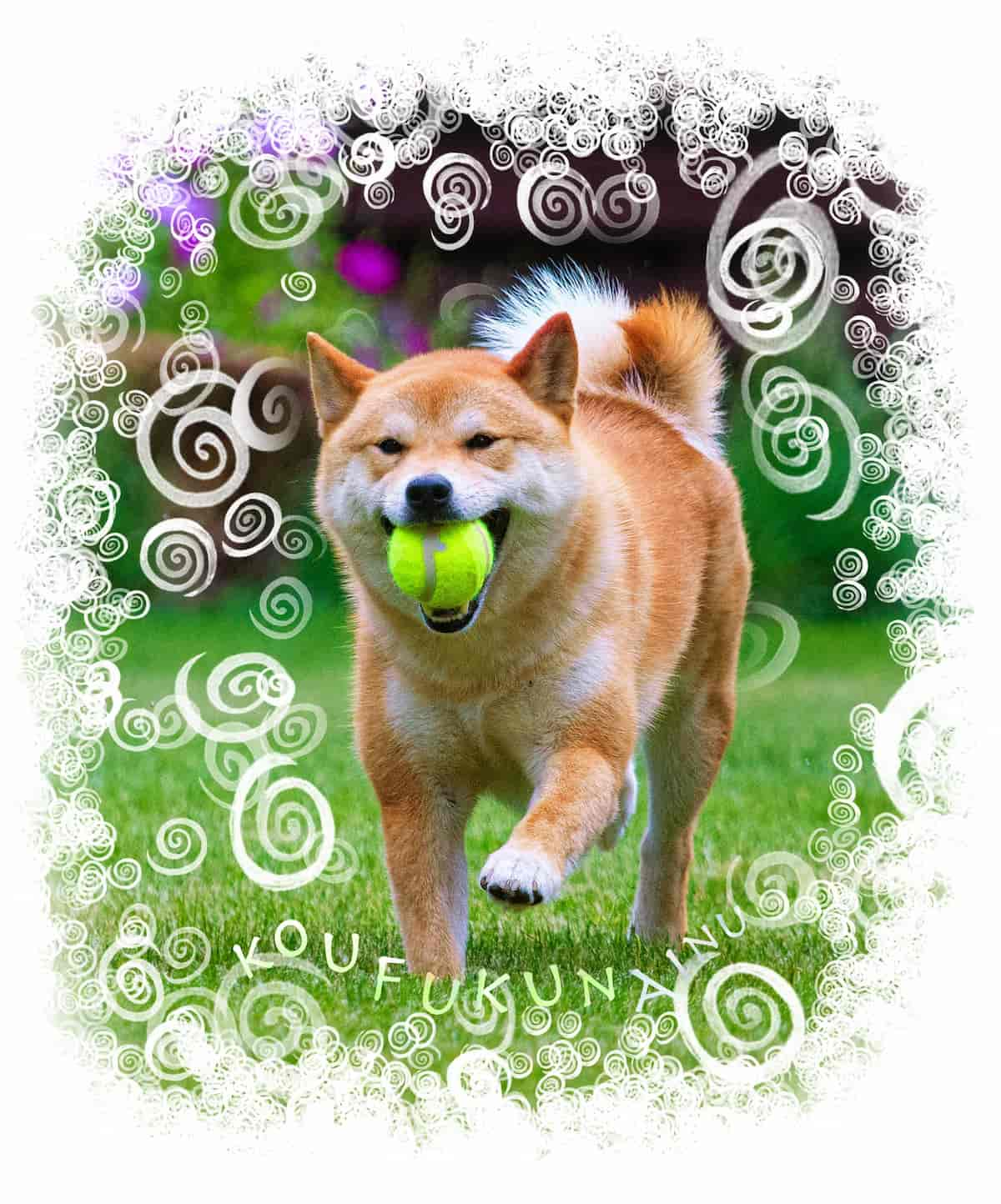
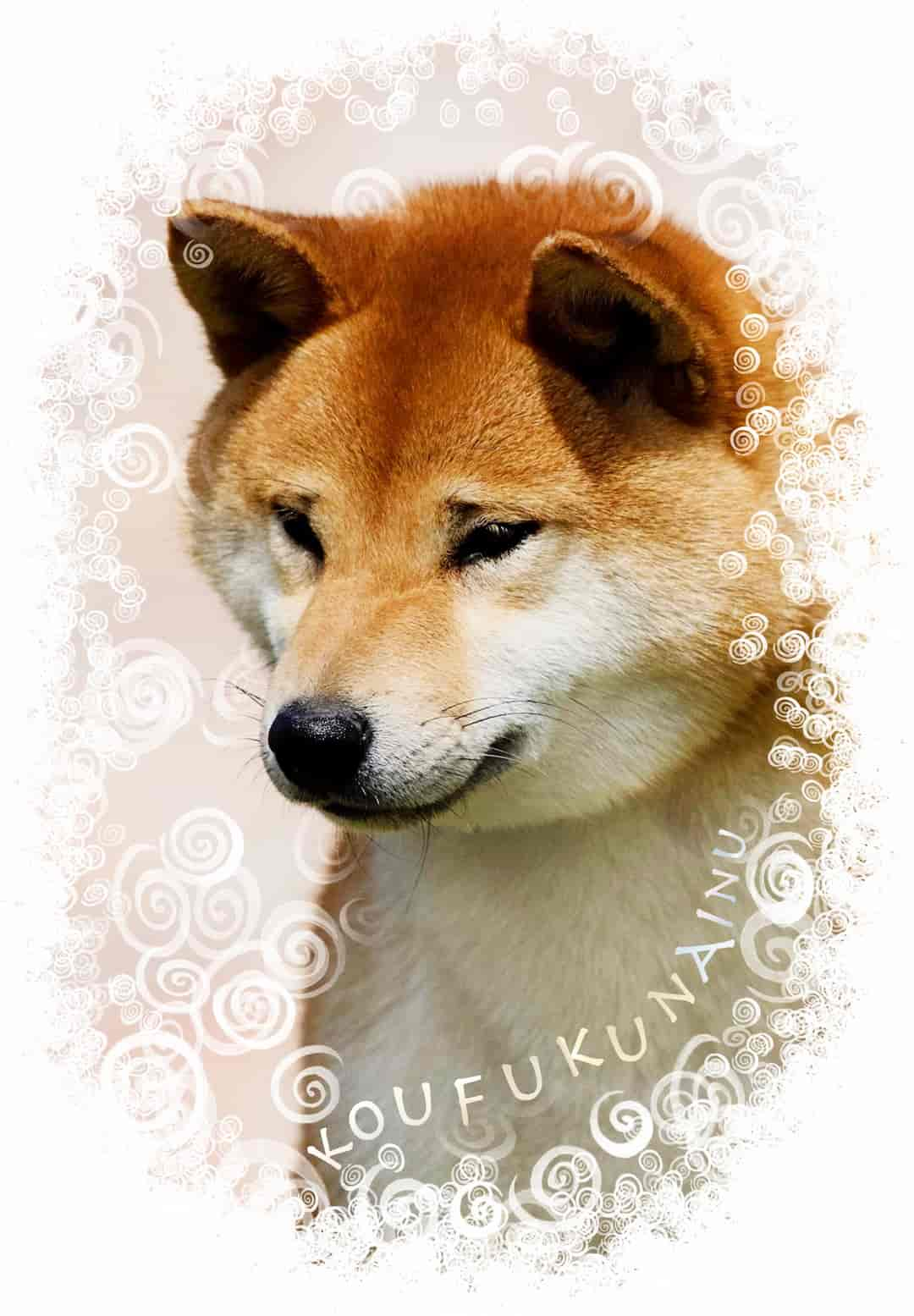
CONTENT
1. History of the Shiba Inu breed
2. Appearance
2.1. Varieties of Shiba Inu.
2.2. Shiba Inu body measurements.
2.3. Wool Shiba Inu.
2.4. The color of the Shiba Inu.
3. Character
3.1. The subtle personality of the Shiba Inu.
3.2. Shiba does not like to cuddle and cuddle.
3.3. Shiba Inu are sensitive to environmental changes.
3.4. Short attention span.
3.5. Who is Shiba Inu suitable for?
4.1. Where is it better to keep a Shiba Inu: on the street or in the house?
4.2. How long to walk a Shiba Inu?
4.3. Prepare in advance for the arrival of the Shiba Inu.
4.4. Equip a sleeping place and a toilet.
4.5. Hair care.
4.6. How to bathe a Shiba Inu?
4.7. Shiba Inu dental care.
4.8. Take care of a comfortable temperature.
5. Education, training and games
5.1. Establish dominance and discipline.
5.2. Learn to toilet from an early age.
5.3. Patient learning according to age.
5.4. Motivation is important for Shiba Inu.
5.5. Shiba Inu are easily distracted.
5.6. Socialization of Shiba Inu.
5.7. Gradually accustom the Shiba Inu to children.
5.8. Communication with strangers.
5.9. — Praise me!
5.10. Shiba Inu does not tolerate rough treatment.
5.11. Co-op award.
5.12. Stroking while learning is counterproductive.
6. Health
6.1. Skin and ear diseases susceptible to Shiba Inu.
6.2. Disease of the legs and joints.
6.3. Black spots on the abdomen?
6.4. Life-threatening heart disease.
6.5. Cataract.
6.6. Brain disease.
6.7. Genetic diseases of Shiba Inu.
7. Nutrition
7.1. Puppy weight changes.
7.2. Puppy nutrition: up to 12 months.
7.3. Nutrition for adult dogs: 1-10 years.
7.4. Nutrition for adult dogs: 10 years and older.
7.5. Shiba Inu stopped eating.
7.6. Which is better for Shiba Inu: dry food, homemade diet, or raw food diet?
7.7. Shiba Inu Home Diet.
7.8. Dry food for Shiba Inu.
7.9. Raw food and raw diets.
7.10. Nutritional supplements.
7.11. Chewy treats.
9. How to buy a Shiba Inu puppy?
Shiba Inu: the history of the breed
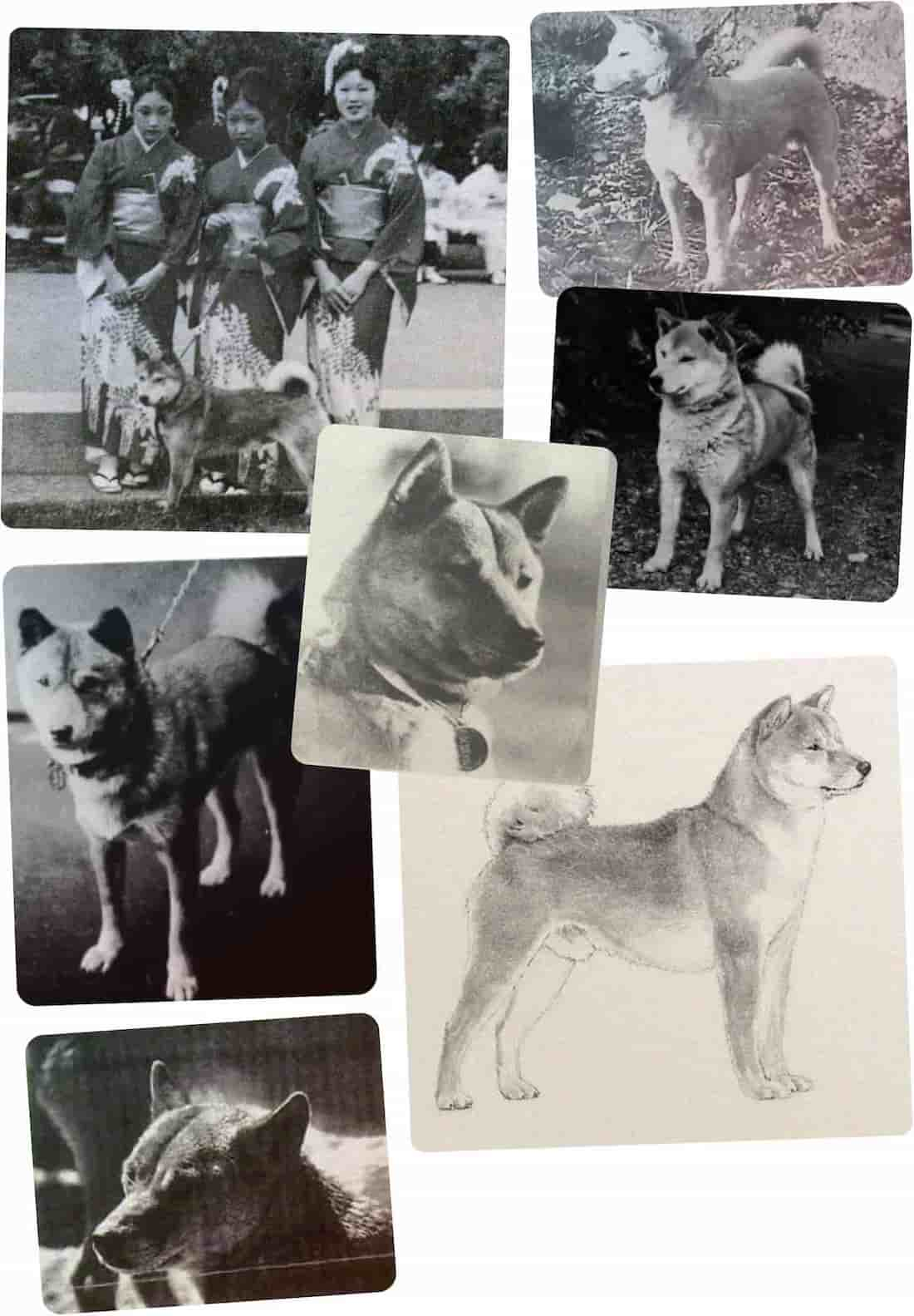
The Shiba Inu is an ancient Japanese breed and one of the oldest breeds in dog history, not only in Japan but in the world. According to the latest research and DNA analysis, only Shar Pei and Basenji are closer to wolves, and Shiba Inu is older than Saluk, Akita Inu and Chow Chow breeds.

It is generally accepted that the ancestor of the Shiba Inu is the Jomon dog, the bones and figurines of which were found on the territory of modern Japan during the excavation of the remains of the Jonon period.
The Shiba Inu were alongside the Japanese earlier around 400 BC. and most of all around 10,000 B.C.
Like other breeds that have appeared around the world, the Shiba Inu was formed through selection and breeding for use in a small area in mountainous areas.
It is assumed that the Shiba Inu, together with people, first came to the south of Japan from South Korea and China, as hunting dogs for small animals and birds. As they spread north, the Shiba Inu developed a distinct identity based on the region.
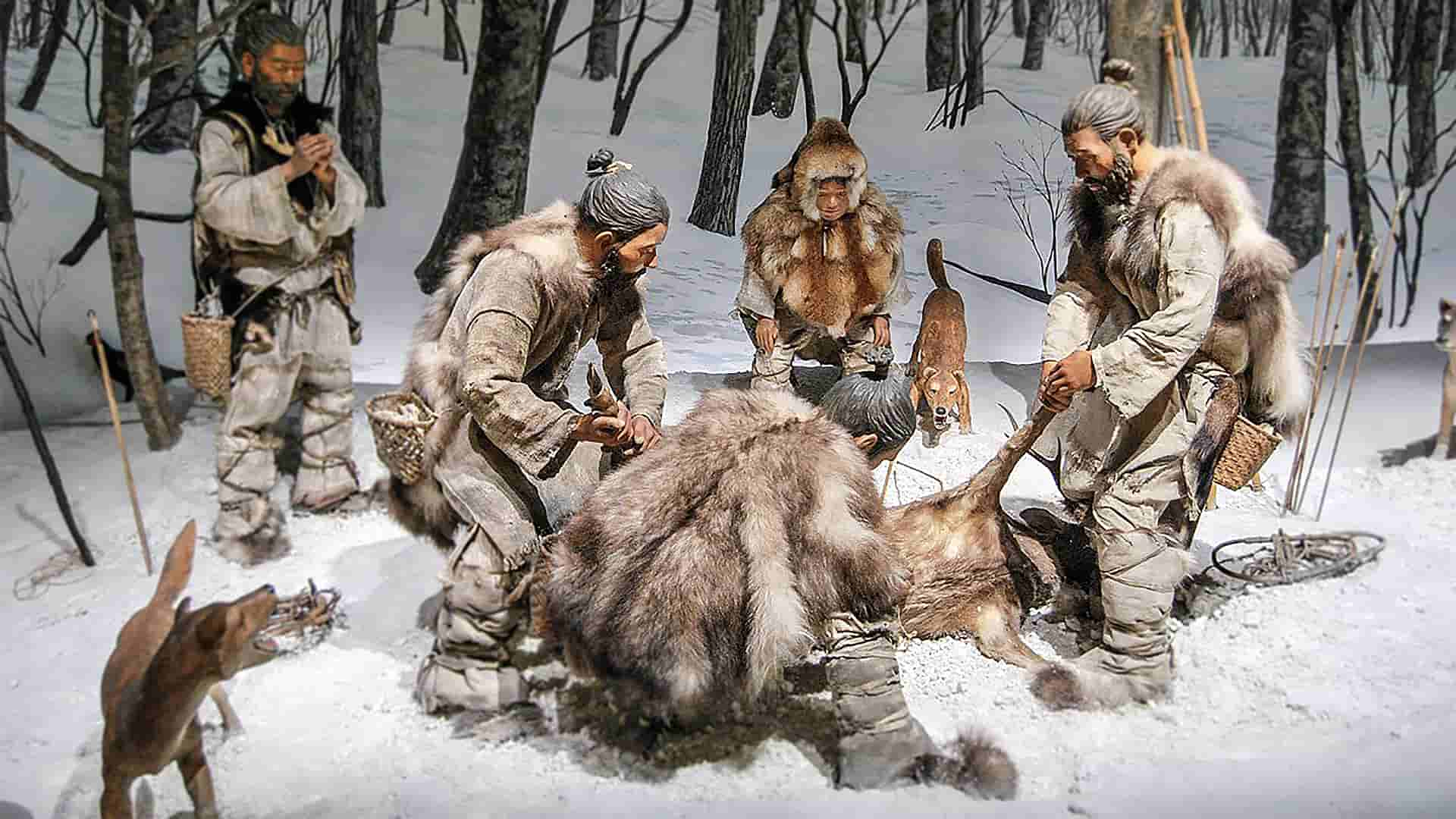 Reproduction of hunting of the Jōmon period with dogs. NIIGATA PREFECTURE HISTORICAL MUSEUM
Reproduction of hunting of the Jōmon period with dogs. NIIGATA PREFECTURE HISTORICAL MUSEUM
Since ancient times, there are three main types of Shiba Inu and there was a time when they developed under their own names of each region:
- San'in-Shiba in the south;
- Mino-Shiba in the central part;
- Shinshu-Shiba from Nagano Prefecture, and some other areas.
Looking ahead, we want to say that the development of the breed has gone further, and in our time there are 7 conditional varieties of Shiba Inu. Read more about varieties below.
Origin of the breed name
The name "Shiba Inu" has been used in the Central Highlands and has been used by the Japan Dog Protection Society since the organization's inception. Also, the name "Siba/Shiba" was used in various small villages.
There are different theories about the origin of the Shiba Inu breed name. The most probable seems to be that the name "Shiba" comes from the ancient Japanese word "Shiba", which means "small" or "trifle".
And the meaning of the word "Inu", many already know, is "dog".
In the period from the beginning of the Meiji era to the end of the Showa era (1868 - 1989), almost all the indigenous dogs of Japan, including the Shiba Inu, were endangered due to the gradual spread of Western dogs, the number and varieties of which greatly increased. . The Shiba Inu has been crossbred with imported dogs, resulting in the pure Shiba becoming a rarity.
Under these conditions, the first attempts were made to preserve native Japanese dogs, in 1928 the Japan Dog Protection Society "Nihonken Hozonkoy" (Japanese: 日本犬保存会) was created by enthusiasts, the NIPPO, who were worried about the reduction in the number of Japanese dogs, set a standard for 6 Japanese dog breeds.
It is generally accepted that all living Shiba Inu inherited the pedigree of one dog. The dog that became the basis of the Shiba Inu revival was born in 1930 in the village of Futagawa (now Mitocho, Masuda City), located in the highlands of Simone Prefecture.
Mr. Nakamura Tsuruyoshi and the dog who started the modern Shiba Inu
The Shiba Inu was declared a living natural monument in Japan in 1936.
For various reasons, during the Second World War, the breed suffered greatly. After the war, around 1952, when life began to calm down, canine distemper turned into a pandemic, and many dogs, including the Shiba Inu, died.
In addition, the number of pure Sibi Inu was drastically reduced due to the increase in Sibi Inu hybrids due to the post-war turmoil and poor breeding management of the time.
It was decided to breed dogs with excellent qualities among the rest of the purebred Shiba Inu in order to revive them.
At the same time, it was decided to combine the Shiba Inu with regional personality variations into one standard. Due to this trend, modern Shiba Inu have lost much of their regional identity.
In addition, enthusiasts seeking to reproduce the features of the Jonon period and bring it very close founded the Shiba Inu Preservation Society, which is a separate organization from the Japan Dog Protection Society. The Japanese Society for the Protection of Dogs and the Japanese Kennel Club (JKC) have almost the same breed standards, while the Shiba Inu Conservation Society has slightly different standards, and the body shape is slender and has a unique face.
In recent years, the Shiba Inu breed has been praised overseas and has become so popular that specialized breeders have sprung up as far away as the US and Europe.
Shiba Inu: Appearance
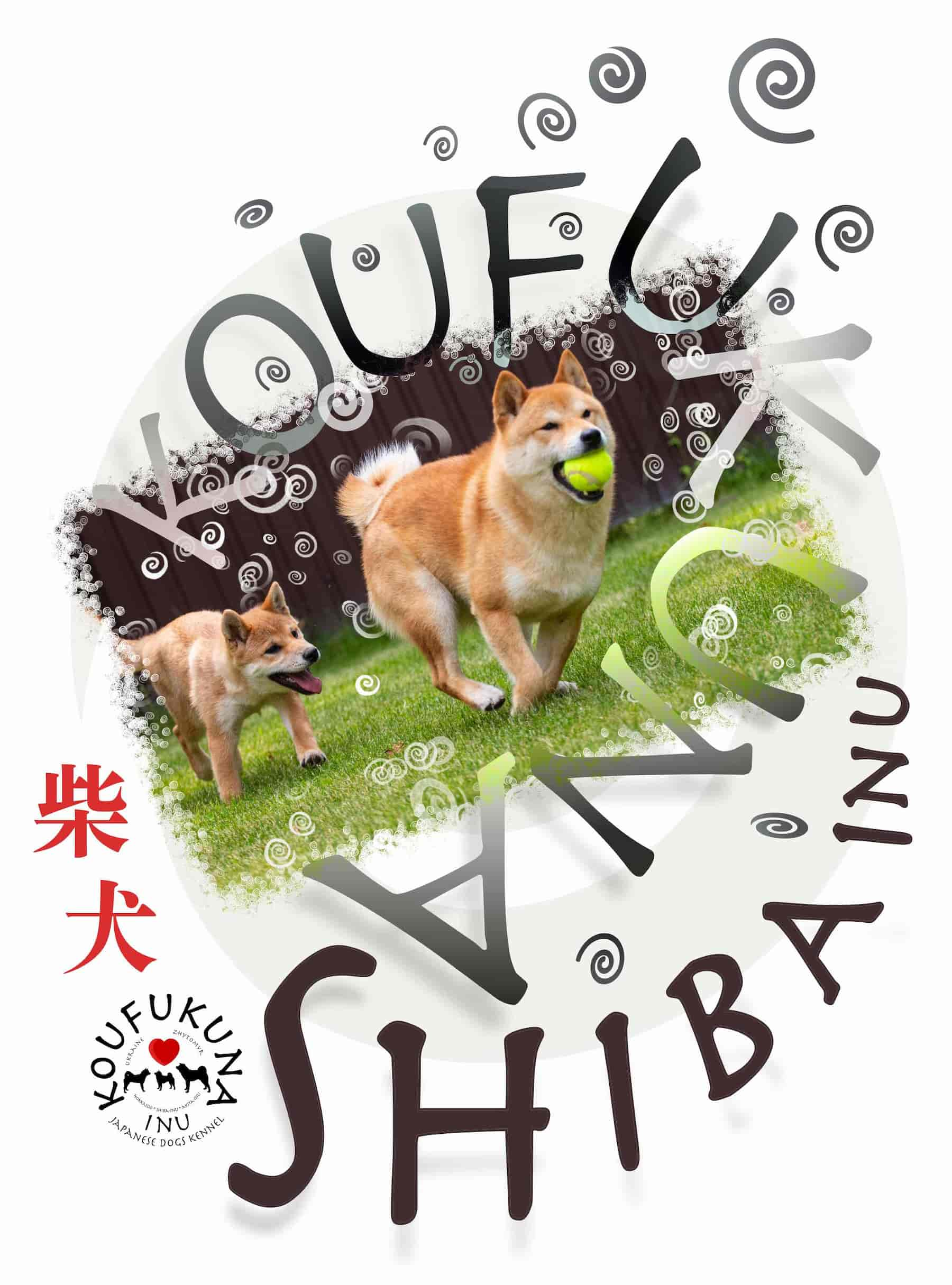
Shiba Inu has a simple and dignified appearance that evokes a sense of respect and innocence. They are characterized by a slender, proportional, compact and muscular body with a strong skeleton.
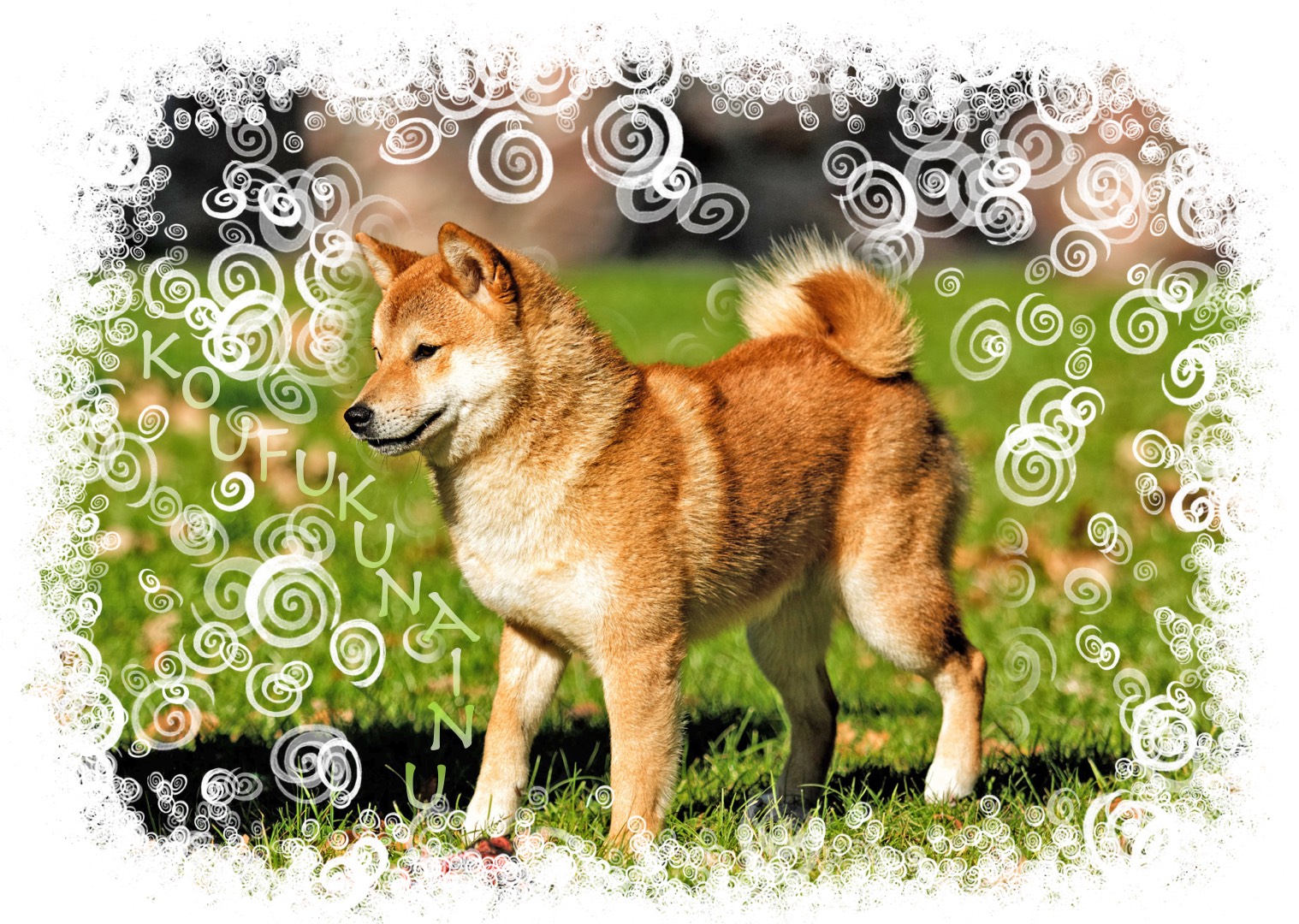
Dogs of this breed have attractive facial features that remain young. The Shiba Inu has small pointed ears, round eyes and a curled tail. The Shiba Inu is said to have 15 types of round and curled tails.
The Shiba Inu is the smallest breed among Japanese dogs compared to other large dogs such as the Akita Inu or Hokkaido.
But when compared to small dogs such as Chihuahuas, Oranges and Maltese dogs, Shiba Inu have a larger body.

Shiba Inu body measurements
- Height: 38-41 cm (males), 35-38 cm (females)
- Weight: 9 kg (males), 8 kg (females)
- The length of the body is slightly greater than the height.
Wool Shiba Inu
Comfortable and practical, the Shiba Inu's coat is a double coat with a soft undercoat and a thick, coarse, needle-like topcoat. This double protection is able to withstand the harsh winter cold and is water repellent.
Shiba Inu coat color
The Shiba Inu has four color variations:
- Red - ginger (light brown).
- Black and tan.
- Sesame (sesame) - a mixture of different colors, formed due to the uneven distribution of hair pigment.
- White - bleached red.
Ginger (RED) Shiba Inu
The most common red fox-like coloration is representative of the Shiba Inu and about 80% of them are said to have this color. Redheads get lighter with age. If you have beautiful red hair early on, it can turn white until about 2-3 years old.
Black Shiba Inu
It is said that the black-haired Shiba Inu, with cute light spots on their eyebrows, accounts for about 10% of the total. Their entire body, from head to tail, except for the white part, is covered with black hair.
A characteristic moment - spots on the eyebrows. Bright brown and white patches are also called "Maro's eyebrows" and are cute and popular. By the way, if you look closely at the redhead, she also has spots.
White Shiba Inu
White or gray-haired Shiba Inu are born as the generation progresses, when mating occurs only with red-haired males, so mating with a black-haired Sibi Inu compensates for the degeneration of the pigment. The color is actually not white, but a very pale red. The white Shiba Inu has dark black pigments around the edges of the eyes, nose, and claws. In addition, the coat color of this enigmatic white Sibi Inu may gradually darken over time as the dog grows.
The light coat is a genetic defect and is not the official color of the Shiba Inu breed, however, the whitish coat attracts more attention and is more popular. White-haired Sibi-Ins are born less often than black ones, they are less than 10% of the total, rarely passed on to puppies, and there are very few white Sibi-Inu at present.
Sesame Shiba Inu
Sesame color, which is a rare mixture of three colors, is called "sesame color", which is a mixture of red, black and white hair. Having a well balanced blend and deep color, sesame hair is extremely rare.
When black hair predominates in wool, the color is called "black sesame" and when red predominates, it is called "red sesame". In the process of growth, the color may turn red, which is genetically possible and acceptable.
A feature of the Shiba Inu, like the Akita Inu, is URAJIRO - this is white hair on the sides of the muzzle and on the cheeks, on the underside of the jaw, neck, chest, body and tail, as well as on the inside of the legs. URAJIRO must be present on all colors of the breed.
Varieties of Shiba Inu
In the appearance of the Shiba Inu, there are features of a fox and a wolf at the same time, it is this appearance that is the most common and recognizable in the whole world, but few people know that the Shiba Inu within its breed has several types of appearance ..
The Shiba Inu, which has a long history, includes dogs with characteristics similar to those of ancient Japanese ancestors dating back to the period 13,000 BC, and dogs developed in the process of evolution. Given such a long period of time and other factors, it is natural that the breed has its own branches and features.
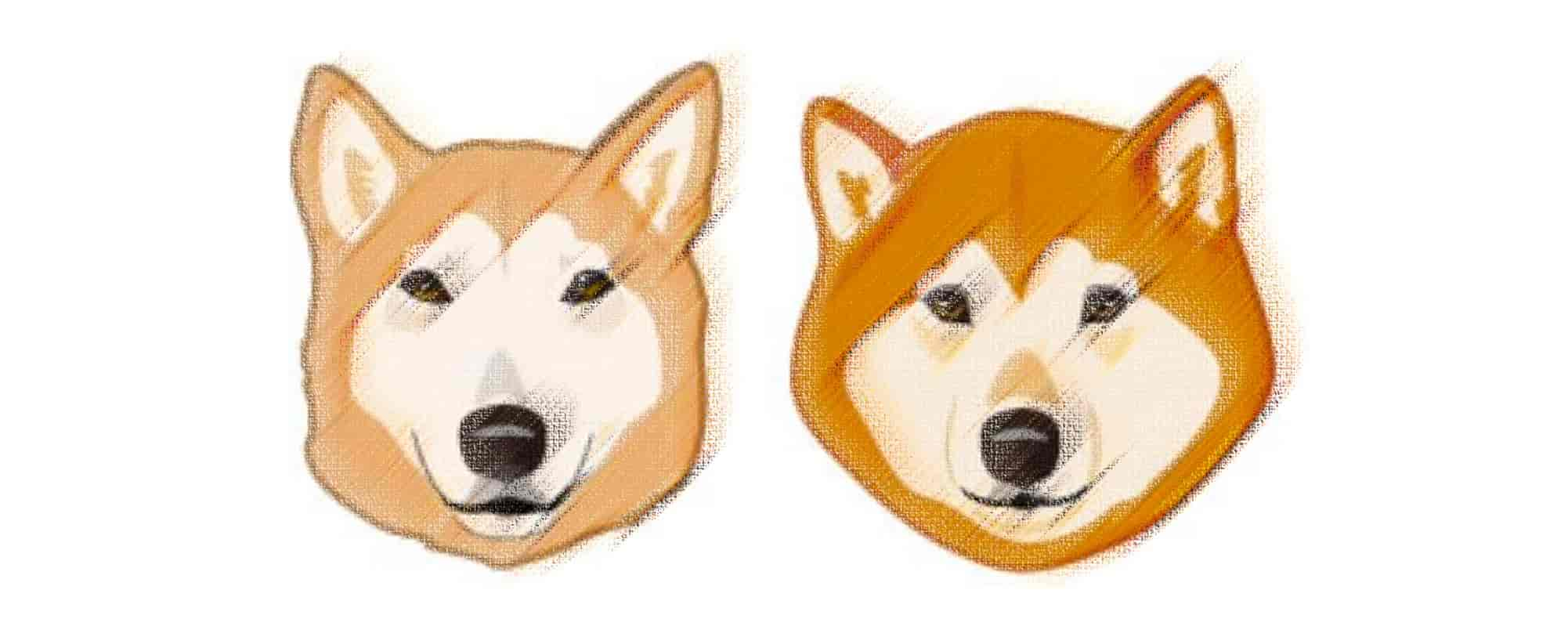
Fox muzzle (left) and raccoon dog muzzle (right) in the Shiba Inu breed
Sometimes the Shiba Inu is conditionally divided into two types: the fox face and the face of the raccoon dog, but let's take a closer look at all.
In total, at the moment, 7 varieties of Shiba Inu can be distinguished:
- Sinshu (Shinshu) Shiba
- Sanyin Shiba
- Mino Shiba
- Jomon Shiba
- Kawakami Shiba
- Mami Shiba
- Azuki Shiba
👆 The varieties mentioned above are Shiba Inu dogs that have been bred for a long time, except for Mami-shiba and Azuki-shiba, which are the last to appear.
These varieties of Shiba Inu were bred through multiple breeding of individuals with characteristic features in different regions of Japan.
They are called pet dogs and in recent years they are considered very popular dogs, but first of all they are not official breeds, they are just separate branches in the Shiba Inu dog breed, which may someday become independent breeds if they can be saved. and develop, since most of them are on the verge of extinction.
In addition, almost every variety of Shiba Inu has its own organizations that create the first standards for new breeds and try to do everything to preserve and increase the number of representatives of the breeds.
1. Shinshu Shiba Inu with the face of a raccoon dog
It is not entirely clear how the Shinshu Shiba Inu (信州柴犬), originally a local dog in the Shinshu region, spread throughout the country, but given the small number of local dogs of other breeds, the Shinshu Shiba is the purest of the Shiba Inu.
We can say that Shinshu is the main line of the breed.
The Shinshu Shiba Inu is considered to represent the "raccoon dog face". He has protruding cheeks and a rounded shape, which generally makes them attractive.
They have a rounder face, a muscular and hard body, and a smaller body than the Jonom-Shiba. Thicker, more muscular neck than the Jonom-Shiba.
2. San'in-shiba — on the brink of extinction
San'in (jp. 山陰地方) is a region in the southwest of Honshu, Japan's main island.
It is no exaggeration to say that Shiba Inu from the Sanying region survived thanks to the efforts of various conservation groups.
Currently, the number of surviving animals is about 500.
The estrous cycle is short and the number of animals born per birth is low, so there is no sign of an increase.
Compared to other Shiba Inu, the Sannin Shiba has a small face and smaller, pointed ears that are set high and do not protrude beyond the width of the muzzle. Many of them have a muscular, lean body and long legs.
Also, this species of Shiba Inu does not have a sickle-shaped or curled tail.
The coat color is only red (red). Isolated cases are known when dogs are born with a color called "light red", almost white (pale red), but the number of such individuals is extremely small.
3. Mino Shiba Inu — on the brink of extinction
Like the San'in-Shiba, the Mino-Shiba (jp. 美濃柴犬) is critically endangered, with an estimated population of about 200 at present.
The Japanese say that the phrase "red dog" is most suitable for Mino-Shiba dogs.
A characteristic feature of the Mino Shiba is its shade of coat color, which most closely matches the color red, compared to other red-colored Shiba Inu. Approximate height (36.5 - 39.5 cm).
In recent years, the number of applicants for breeding has increased due to the unusual coloration, but the number of animals born per year is only about 50, so even if desired, they are not easy to breed.
4. Jomon-Shiba - with a fox face
This type is similar to the ancestral dog named Jomon-shiba. Long and slender face, large, like a wolf's teeth, thin and slender body. In Japan, they are often referred to as the "New Type" Shiba Inu.
It is generally accepted that the Jōmon Shiba Inu inherited its ancient form as it is, but this does not mean that it was inherited from the Jōmon period without interruption. As in the case of other breeds, individuals were selected among the Shiba Inu breed, which most closely matched the description of the dogs of the Zen period, which were further bred and selected.
Most of the dogs of the Jōmon period were between 30 and 41 cm tall, and they were also notable for their small size. According to current Jōmon-shiba research standards, the average height is 39.5 cm for males and 36.5 cm for females.
.
5. Shiba Inu Kawakami — rarity
The Kawakami Dog (川上犬) is a type of Japanese dog that is inherited from Kawakami Village in Nagano Prefecture.
There is a legend according to which the dog Kawakami inherited the blood of Japanese wolves.
Kawakami dogs have a lively and interesting personality, but like other Shiba Inu dogs, Kawakami dogs are extremely rarely affectionate and are suitable for guard dogs.
The number of existing dogs is about 300, they are also considered a rare variety of Shiba Inu, although not as large as the Mino and Sanying Shiba dogs.
6. Mamisiba - mini Shiba Inu
Mamishiba is a miniature Shiba Inu that fits the modern environment, so its appearance inherits the characteristics of the Shiba Inu and exactly repeats them. For a long time, Mamishiba remained the smallest Japanese dog.
The existing popularity of the small Mamishiba (豆柴) is greatly facilitated by the fact that the Shiba Inu, which has such consistently great popularity, was deliberately miniaturized, and thus the Mamishiba was born.
The popularity of small Mamishiba is also ensured by the fact that dogs look like puppies, even when they are adults.
- Height: males 30-34 cm, females: 28-32 cm;
- Weight: The average weight is 4 to 6 kg.
7. Azuki Shiba - the smallest Shiba Inu
Shiba Inu Azuki (あずきしば, 小豆柴) is the smallest Shiba Inu at the moment.
The beauty of the Azuki Shiba lies in their small size. The size is so small that even if it becomes an adult dog, it will be mistaken for a puppy.
Azuki, like Mamisibi, is called a tame Shiba Inu.
Azuki Shiba with the same characteristics as the Shiba Inu, but smaller. In Japan, where small dogs such as Chihuahuas and Toy Poodles are very popular, Azuki Shiba varieties may become even more popular in the future.
When a normal Shiba Inu and Azuki Shiba are together, they look like father and child, even though they are adult dogs!
The standard height of a Shiba is 27 cm for males and 25 cm for females.
.
The smallest Shiba Inu in the world, Azuki Shiba, which is smaller than Mamishibi, is Cafe Azukishiba No Sato (小豆柴の郷) where Azukishiba and Mamishiba can be found.
However, when it comes to the end of the puppy period, growth does not always stop at the size of Shiba Inu Azuki or Mamishiba. You need to understand that these are new and not stable varieties of Shiba Inu.
Shiba Inu: character and temperament of the breed
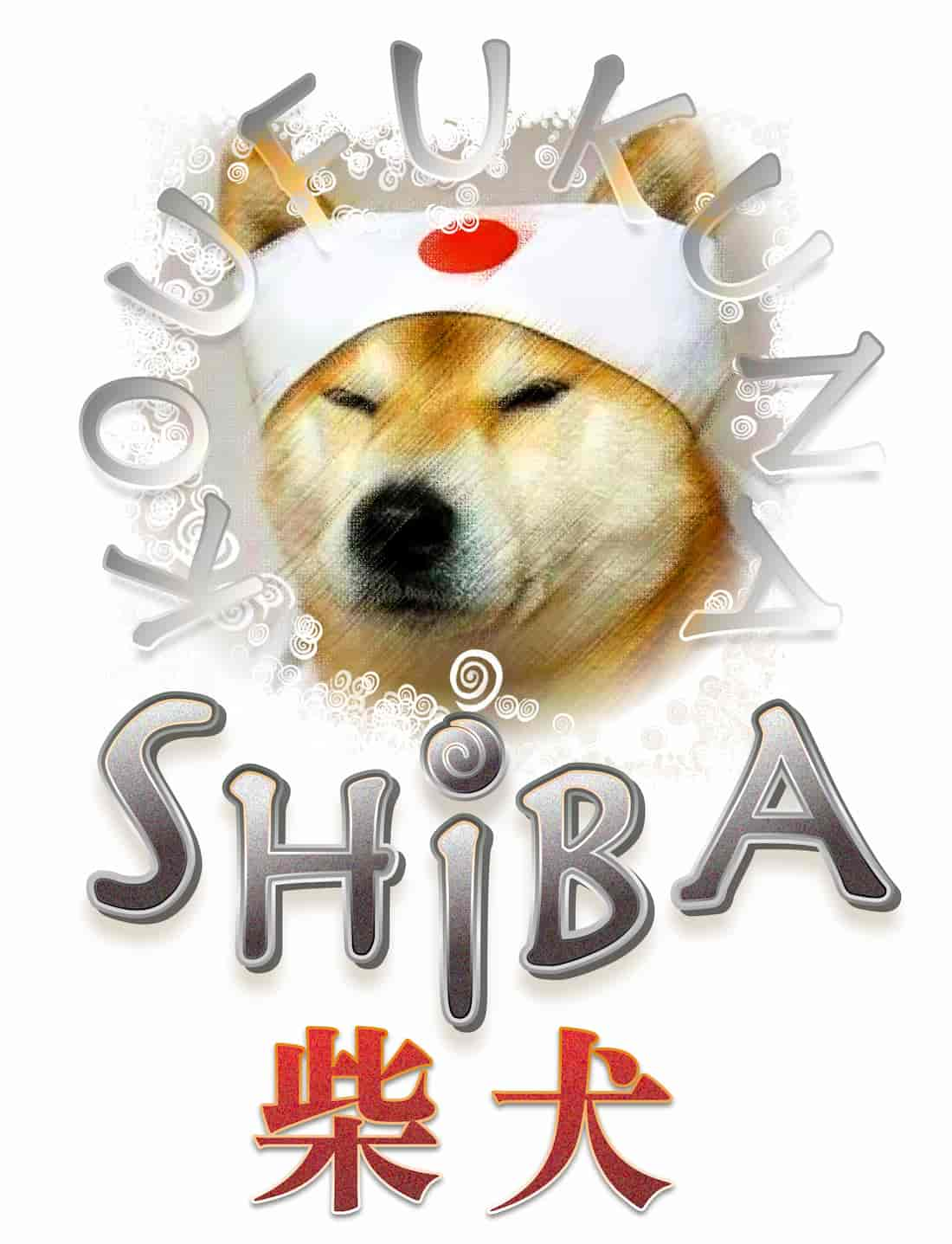
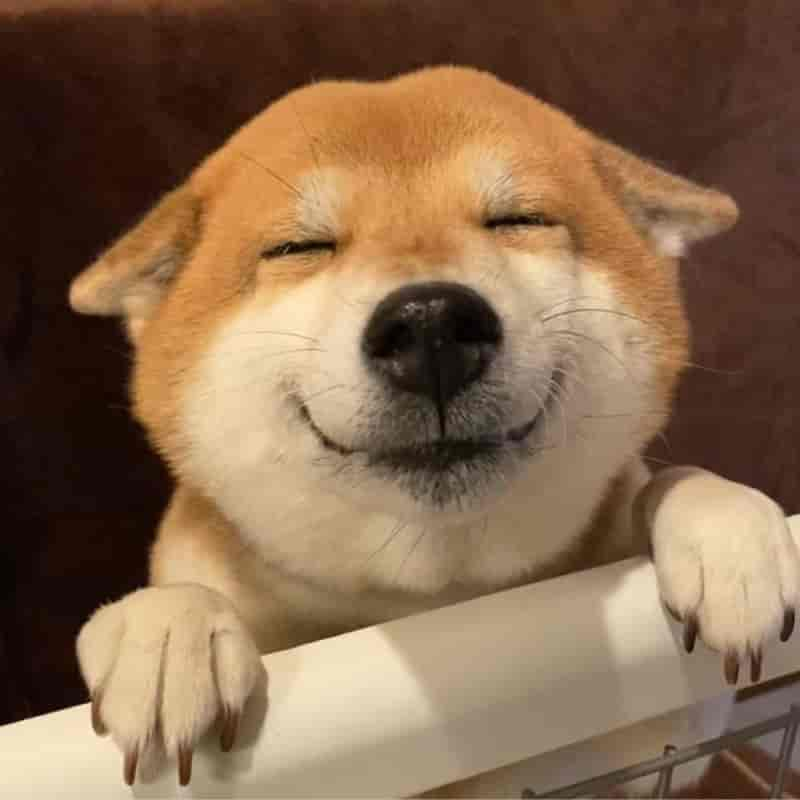
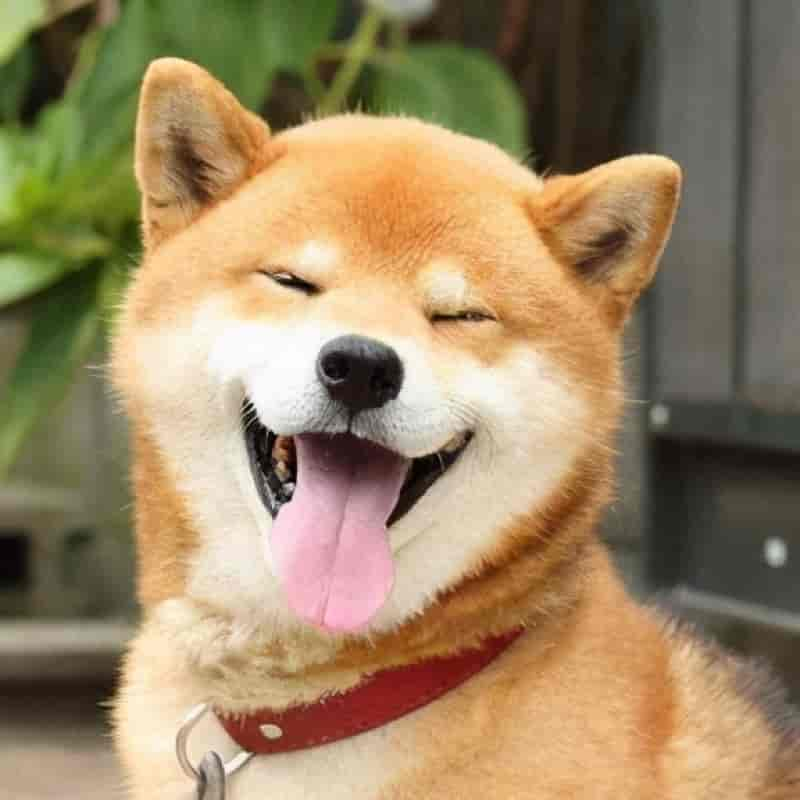
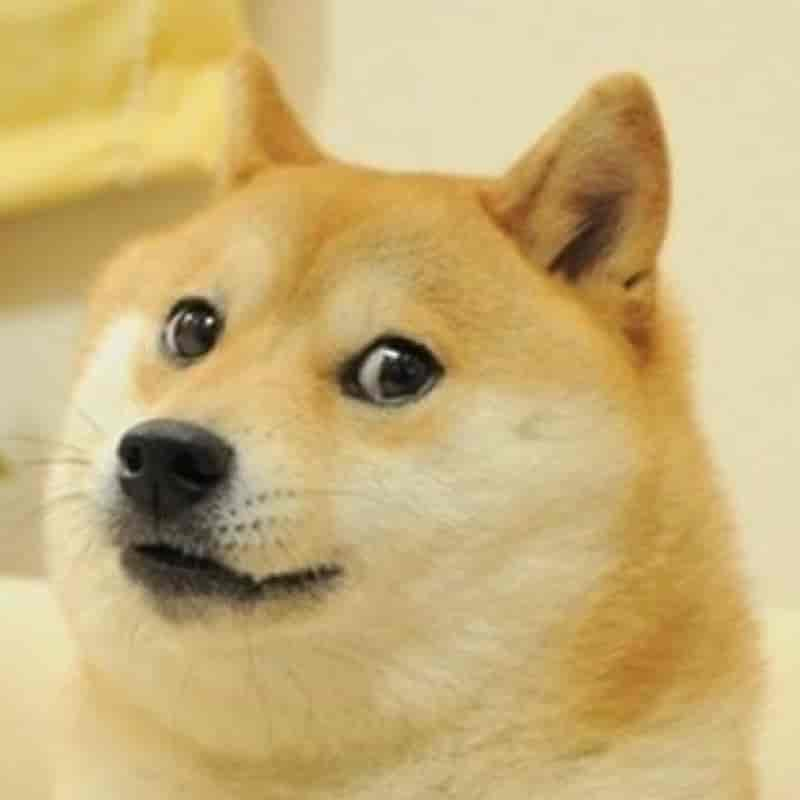
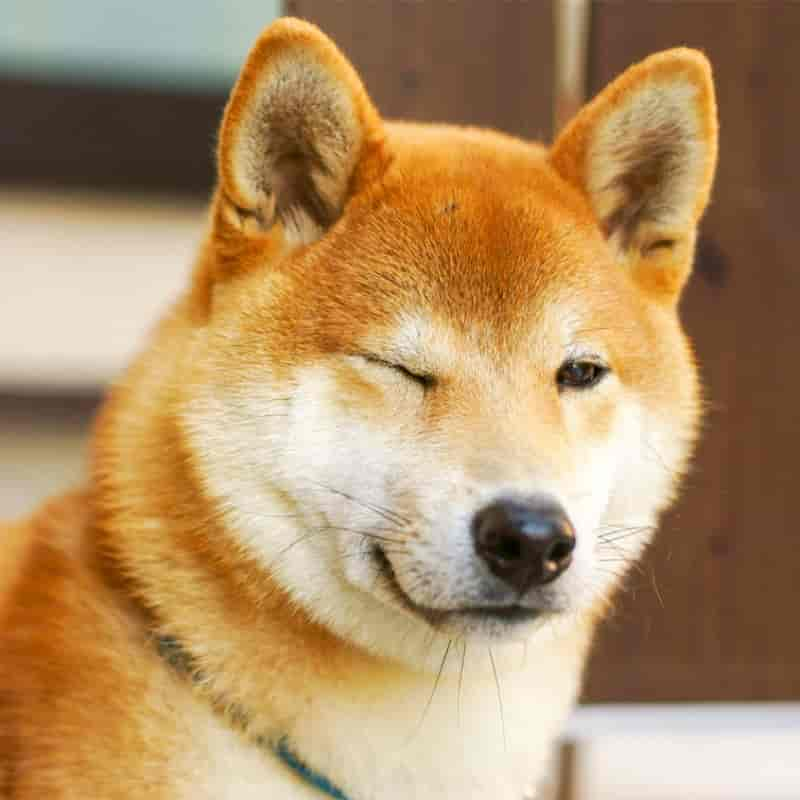
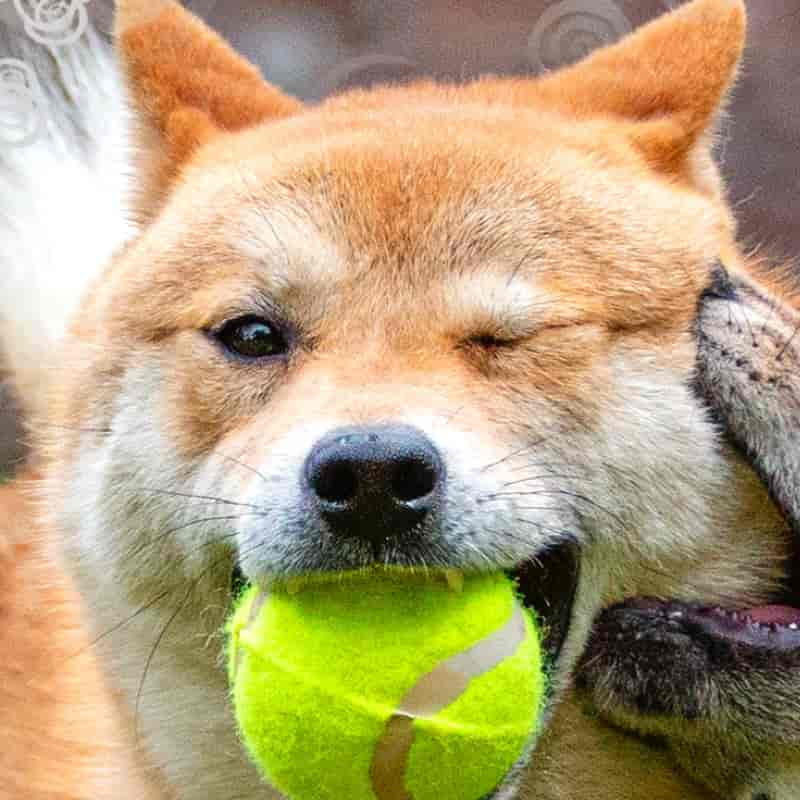
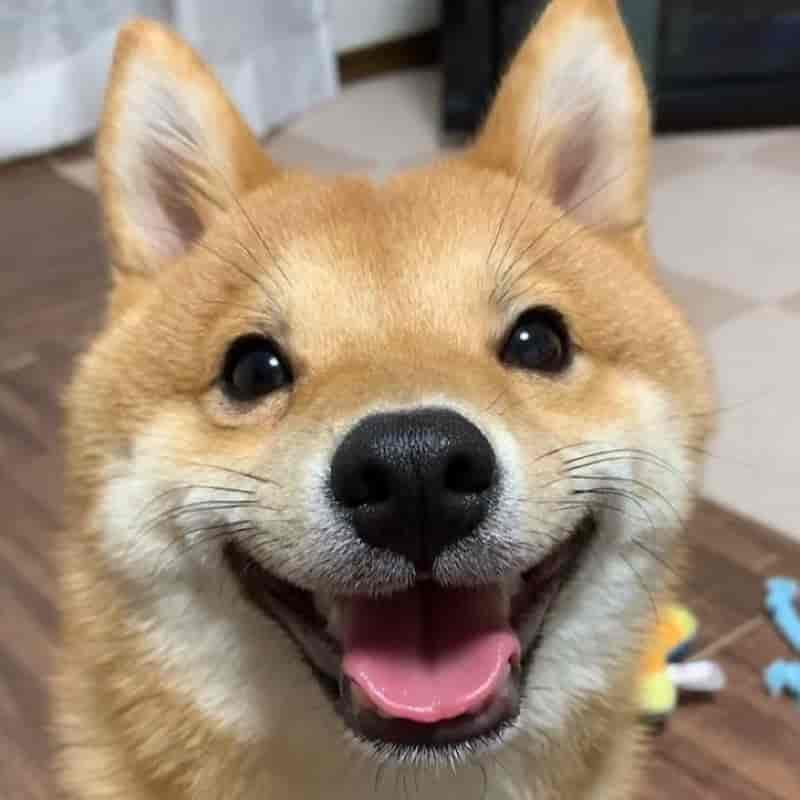
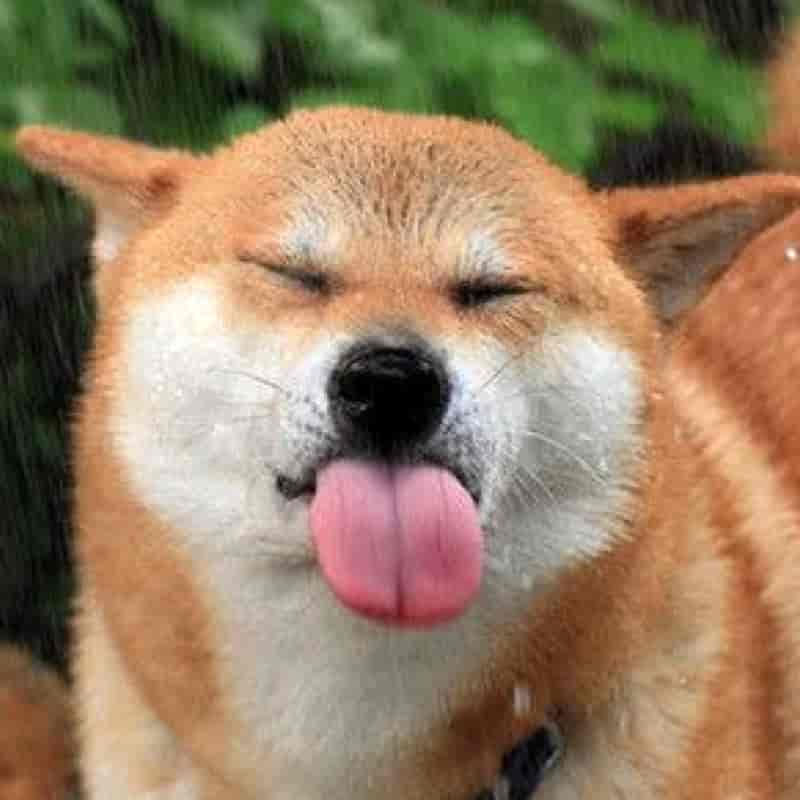
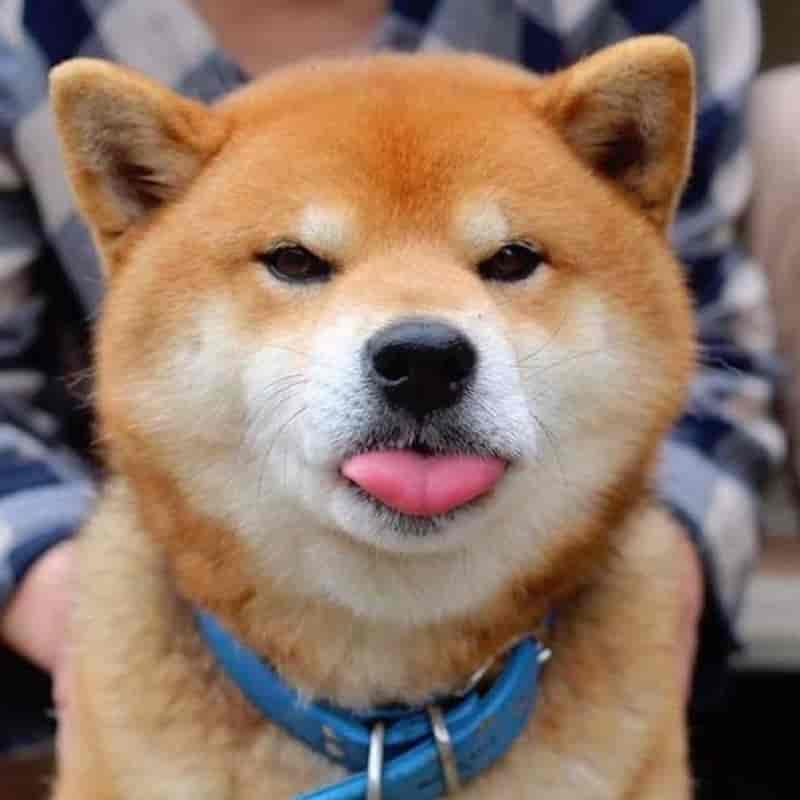
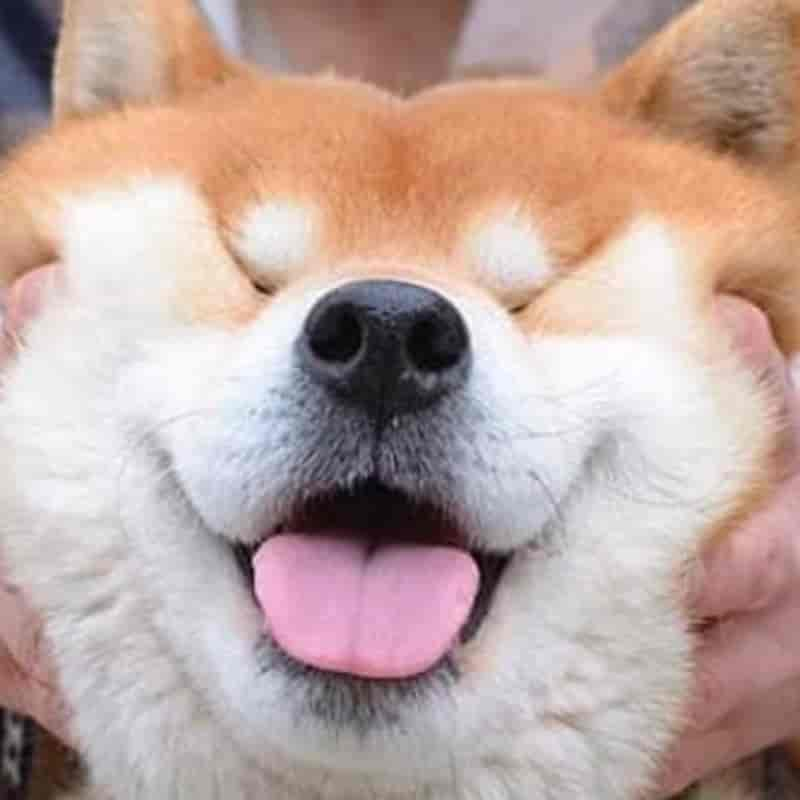
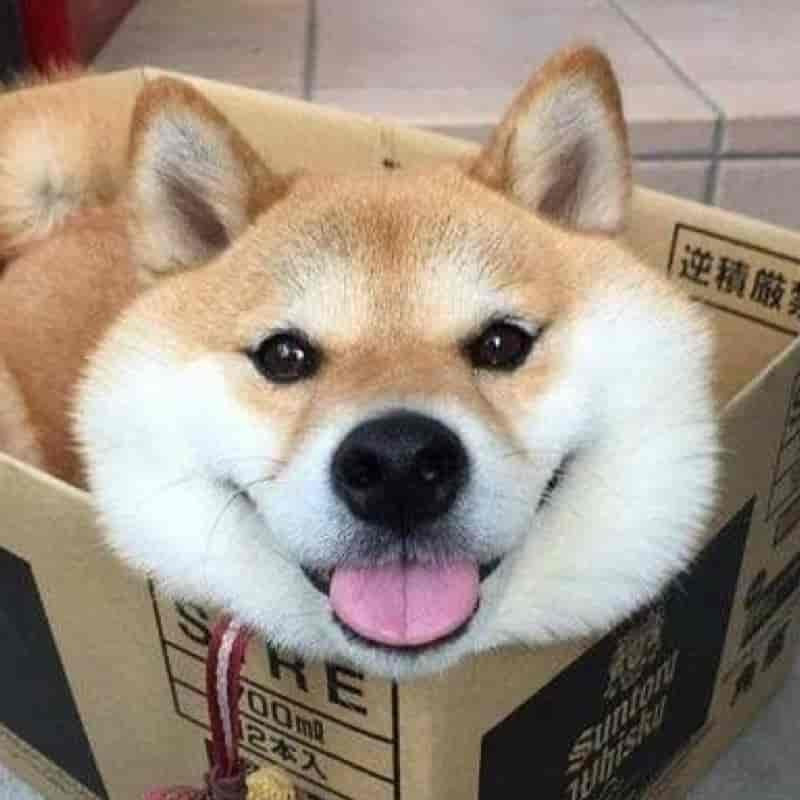
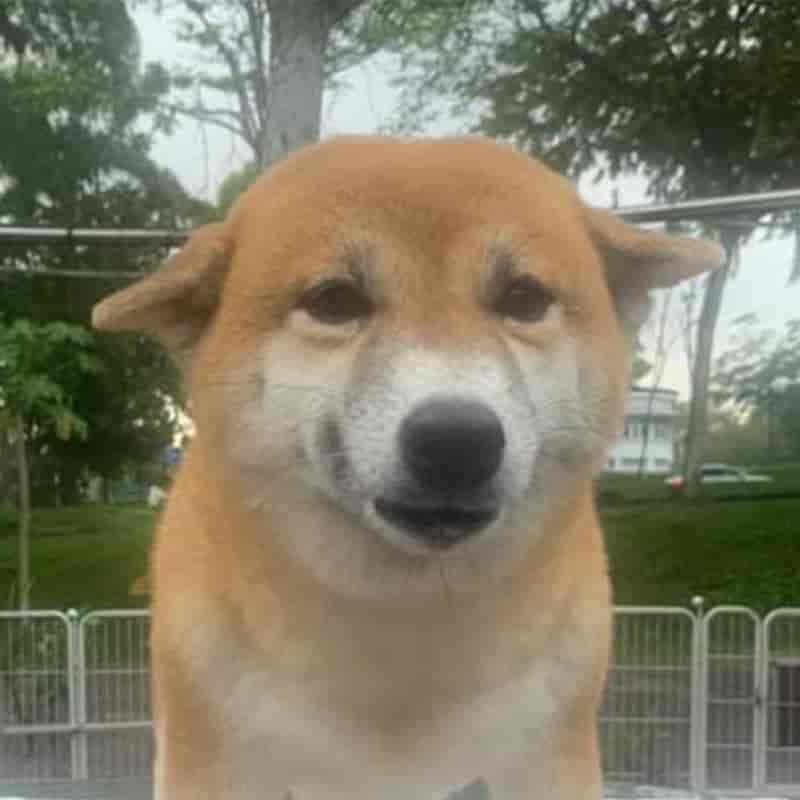
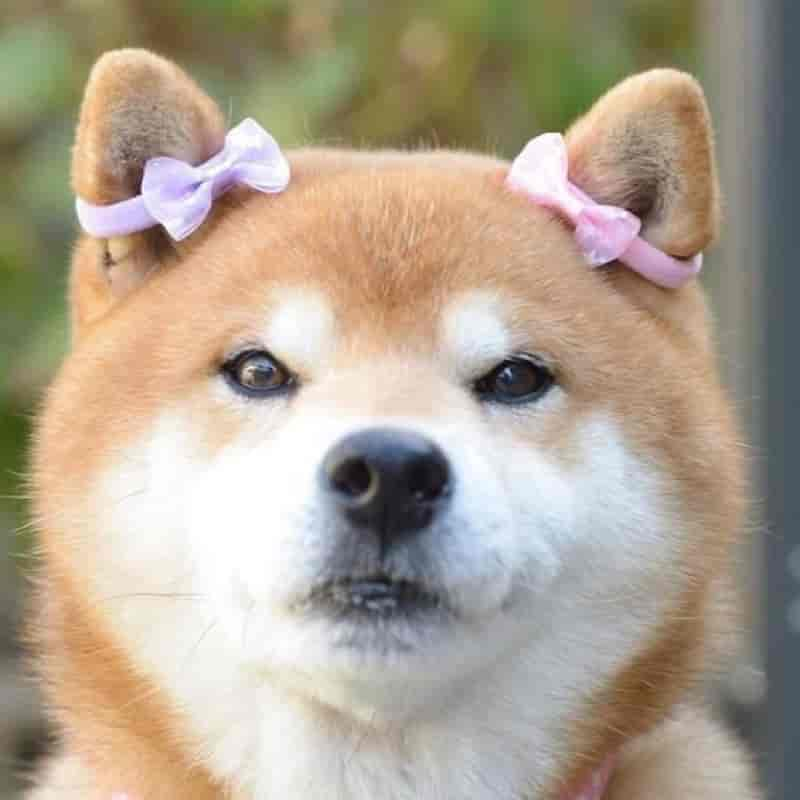
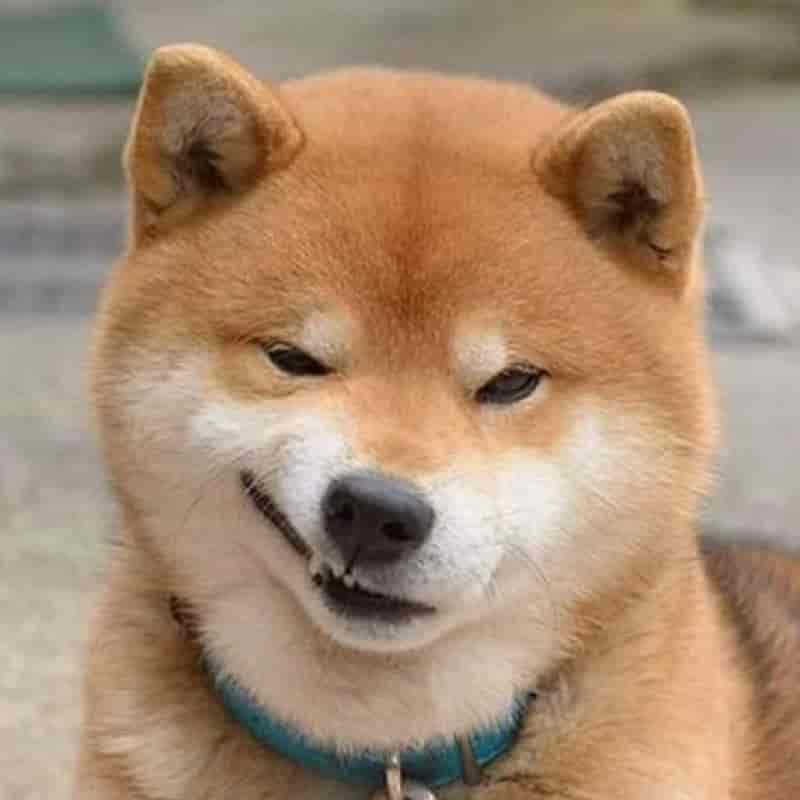
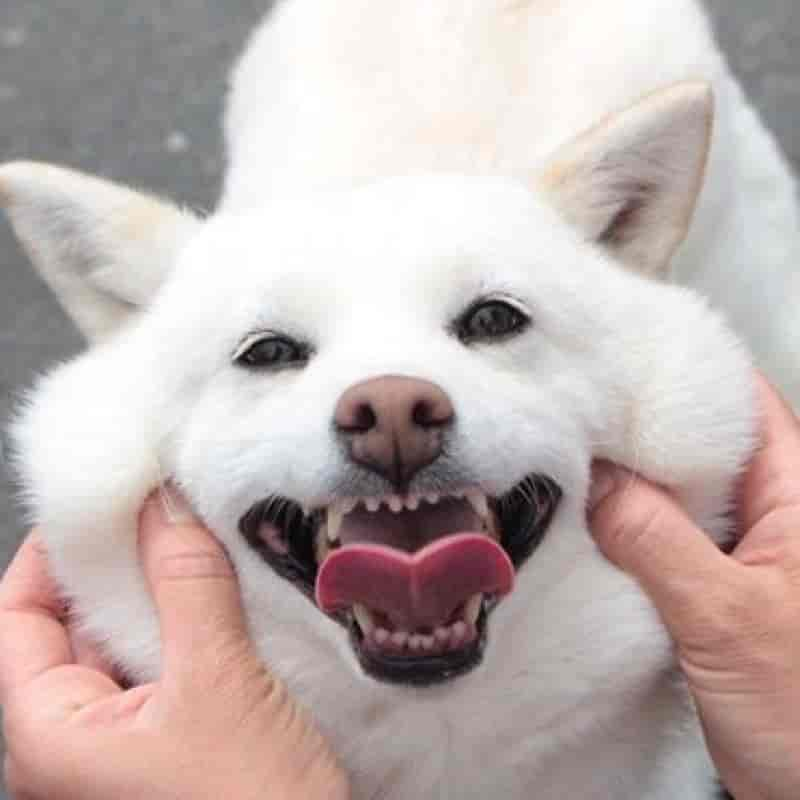
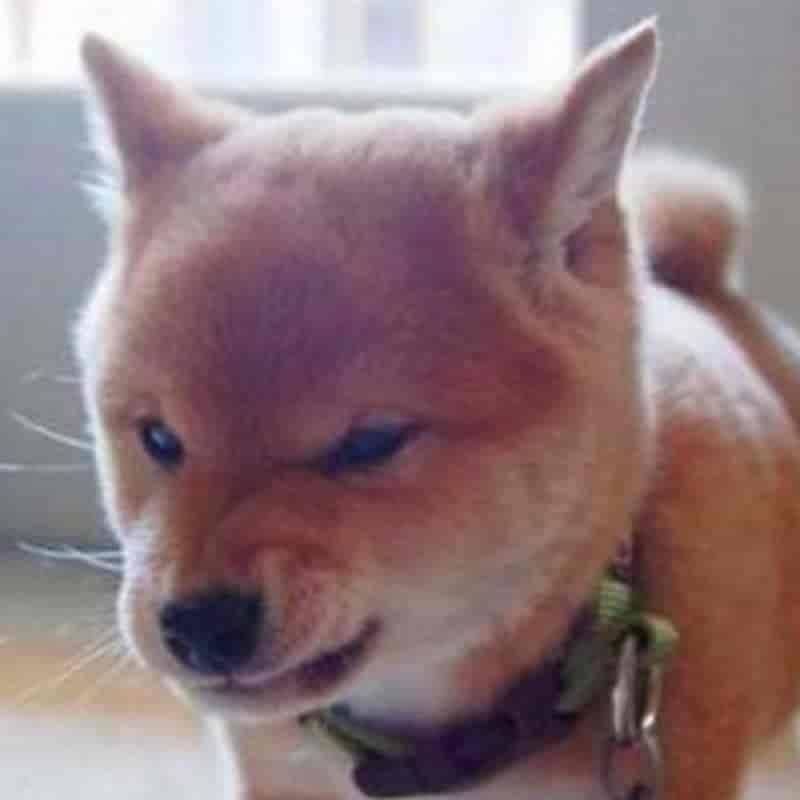
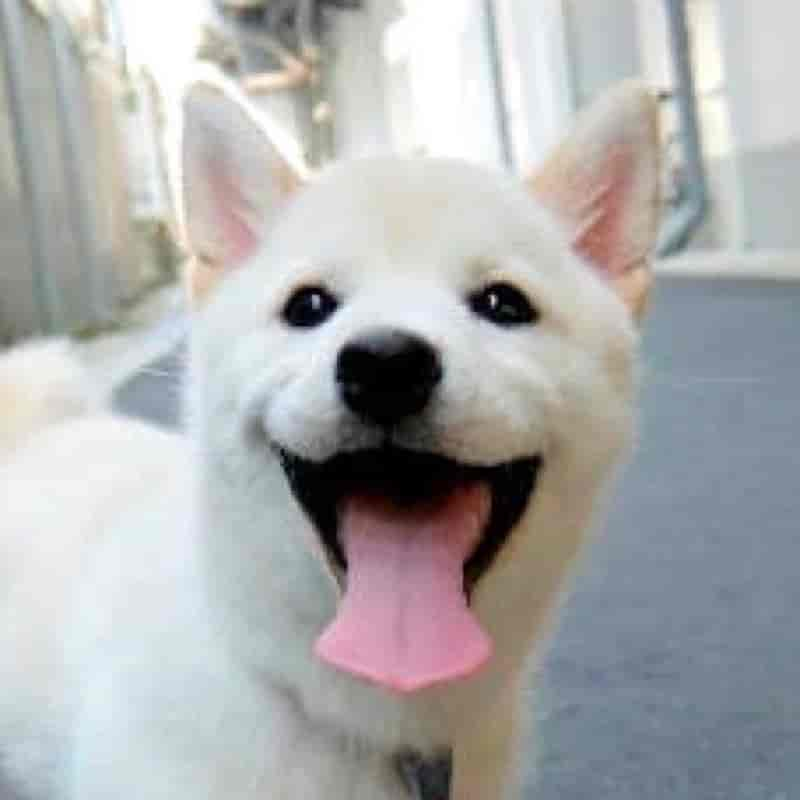
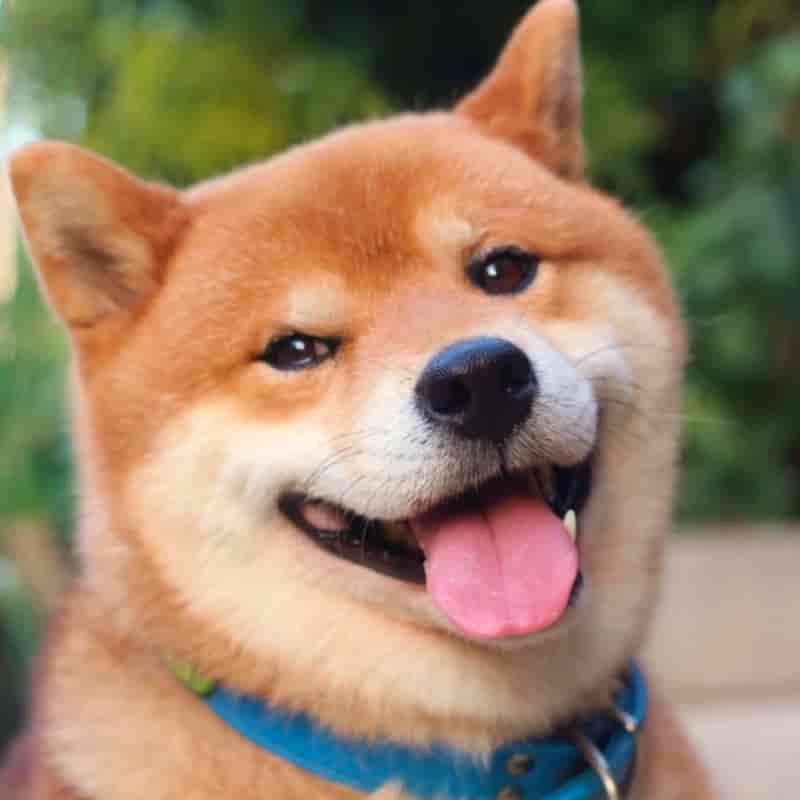



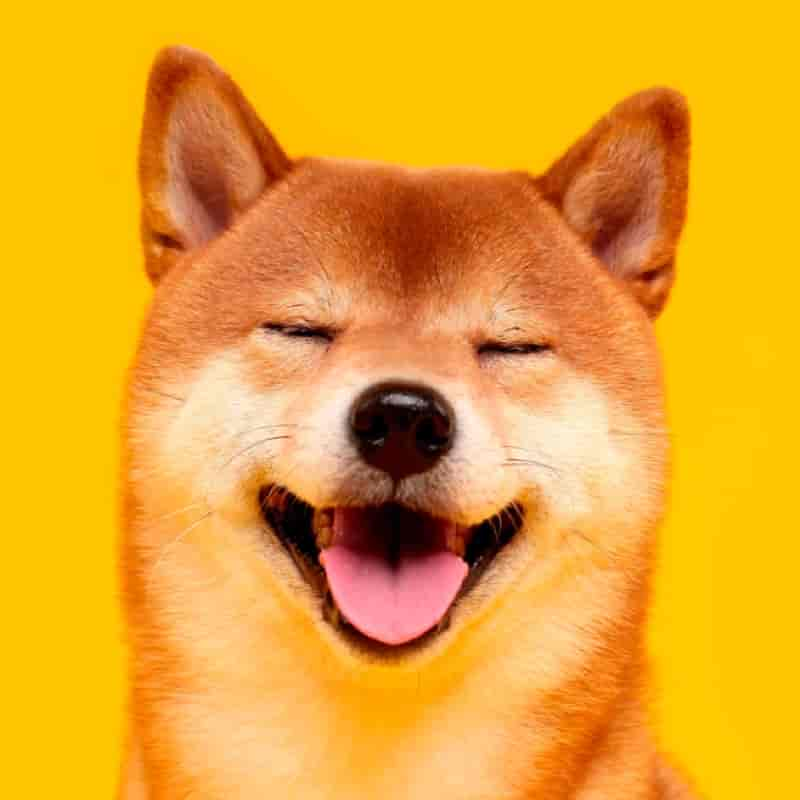
Character is exactly what the Japanese love Shiba Inu so much for and why the breed is so popular in the world.
It is the independent and energetic character that attracts fans of this breed.
A character that is incomprehensible to many Westerners is highly respected and dearly loved in the East. A character that is difficult to describe in two words, and sometimes referred to as "difficult to hold".
The combination of dignity and innocence is perhaps one of the most attractive aspects of the Shiba Inu.
But, in general, Shiba is not as simple as it seems!
The Japanese choose Shiba Inu for their high degree of independence and the ability to become strongly attached to the owner.
Since Shiba Inu have long been used as guard and hunting dogs, they are characterized by quick wit and patience.
It's alert and wary, but not very barking breed. Shiba Inu does not bark in vain, but having noticed something unusual or new, he immediately reacts sensitively if there has been an invasion of his territory.
Although the Shiba Inu is relatively small in size, it has the character of an ancient Japanese hunting dog. With proper upbringing, the personality is very obedient to the owner. In addition, the loyal, brave, submissive and intelligent Shiba Inu has a character that is valued not only in Japan but also outside the country, which confirms the popularity of the breed.
However, many Shiba Inu are obstinate and may not comply, preferring to do things on their own. Like cats, they like to decide for themselves when to approach you. By the way, they say that Sibi Inu and cats coexist well.
But if you managed to form warm and friendly relations with the Shiba Inu, the pet will be happy to fulfill your requirements and established rules.
This behavior is characteristic of most Japanese dogs and requires conscious education and hard training.
To better understand the Shiba Inu, let's take a closer look at the features of the breed and the measures to counteract their nature.
The Subtle Personality of the Shiba Inu
Shiba Inu dogs are much more picky than they seem, and some individuals can act aggressively when they are stressed, so they don't seem to have a friendly personality. But in fact, Shiba has a very good and subtle character. Aggressive behavior can be the other side of fear - a defensive reaction.
Shiba Inu have delicate nerves, so they need to be handled carefully, watching the reaction of the dog. Some dogs behave aggressively when stressed, but fighting them in this state will be counterproductive.
Shiba does not like to cuddle and cuddle
You may be able to teach your Shiba Inu to petting and cuddling from an early age by interacting daily with the dog from early socialization. But in general, the Shiba Inu breed doesn't like being touched, so always stop before your dog hates being touched.
Compared to many breeds that are happy to be in the hands of the owner, the Shiba Inu is satisfied with simply resting his chin on his knees.
Unlike Western dogs, which often want to be petted, the Shiba Inu only needs a light and tactile touch on your feet when you are near.
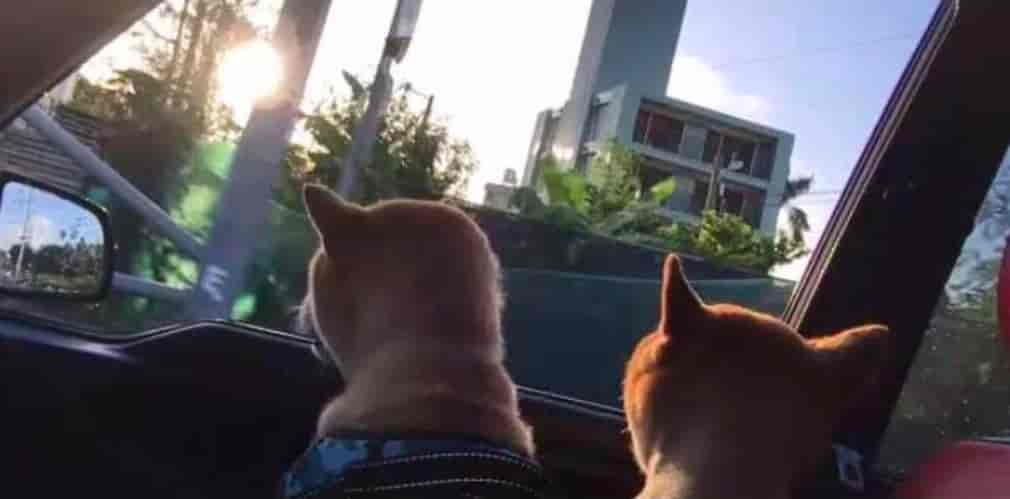
Shiba Inu are sensitive to environmental changes
When the usual environment changes, or something unusual happens, Shiba Inu behave warily and have little interest. Dogs may not recognize strangers or may not be able to do things they usually do in normal surroundings.
Shiba don't like change and like "as always"
The intentions of people who want to give their dogs different experiences and inspire them are understandable. But Shiba Inu do not like change and calm down by moving regularly. For example, if you take a Shiba Inu that has little experience traveling because of the owner's belief that "dogs love to play in nature", this would be extremely stressful for the dogs. The Shiba Inu needs to get used to the environment of the pet hotel by visiting the hotel many times and gradually increasing the time of stay, instead of suddenly leaving it for a long time. If changes are made gradually from puppyhood, Shiba will grow up to be a dog with great tolerance and ability to respond to changes.
After a walk, the Shiba Inu feels relieved that he can do the usual things at home: play with his toys or just quietly retire. Moreover, when Shiba comes home, it can be easy to panic, discovering even small changes.
In addition, this can even apply to food and toys. Shiba may not accept unfamiliar food and new toys until they have sniffed and tested them many times. Keep new toys in a visible place until your dog accepts them.
If you change your diet, do it gradually.
Give new food, gradually changing the time and conditions of provision. Keep toys in a place accessible to the Shiba Inu. Sometimes you can hide toys so that Shiba looks for them, and you can observe his behavior at this time and help find them if necessary.
All changes in the life of a Shiba Inu should not be sudden and unexpected. The important thing here is to take your time and understand that even small changes can have a big impact on the dog. You will succeed if you are patient.
Short attention span
In the era of hunting dogs, people did not require concentration to listen to instructions, so concentration is usually short-lived. Shiba quickly get tired of long training and games, and stop doing what is required of them.
Shiba Inu do not know how to change the environment and prefer familiar surroundings, do not know how to be "sticky", have difficulty concentrating and have much more delicate nerves than they seem.
Despite this, there has been a recent increase in the number of Shiba Inu dogs that are friendly and open like Western dogs. Aside from the dog's temperament, their temperament varies with experience and breeding environment.
Also, unlike in the old days, when the Shiba Inu was kept in the yard and the dogs had little human contact, this feature often becomes a bottleneck in the current situation of keeping dogs and people next to each other.
Who is the Shiba Inu for?
1. People who can demonstrate leadership
Those who can demonstrate unconditional leadership are suitable to be Shiba Inu owners.
Therefore, if you have a Shiba Inu, not only train him, but also build a strong hierarchical relationship with your dog and try to become a reliable leader of the group.
If you are recognized as a leader, Shiba will be obedient and show deep affection due to his innate loyalty. If you build a healthy relationship, you can use the Shiba Inu's wits for discipline and training.
On the other hand, if a master-slave relationship is not established, the Shiba Inu will recognize that he is the leader and will not listen to the master, so be careful.
2. People who respect the privacy of Shiba Inu
The Shiba Inu is a breed of dog with a strong sense of independence and does not like excessive human touch. Therefore, we can say that it is not suitable for people who want to maintain close contact with their dog.
If you are a Shiba Inu owner, you must understand the unique sense of distance and have a reasonable amount of time to interact with him.
3. People with an active lifestyle
The Shiba Inu is a dog breed that requires a lot of exercise per day because it has been active as a hunting dog. Therefore, daily walks are indispensable.
If the walking distance and time are short, stress can easily build up and cause obesity, so to maintain your health, make sure your Shiba Inu has enough time to keep them happy.
Although there are individual differences, 30 minutes every morning and evening. It would be nice to have a walking time of about 1 hour a day.
Shiba Inu: Care and Maintenance
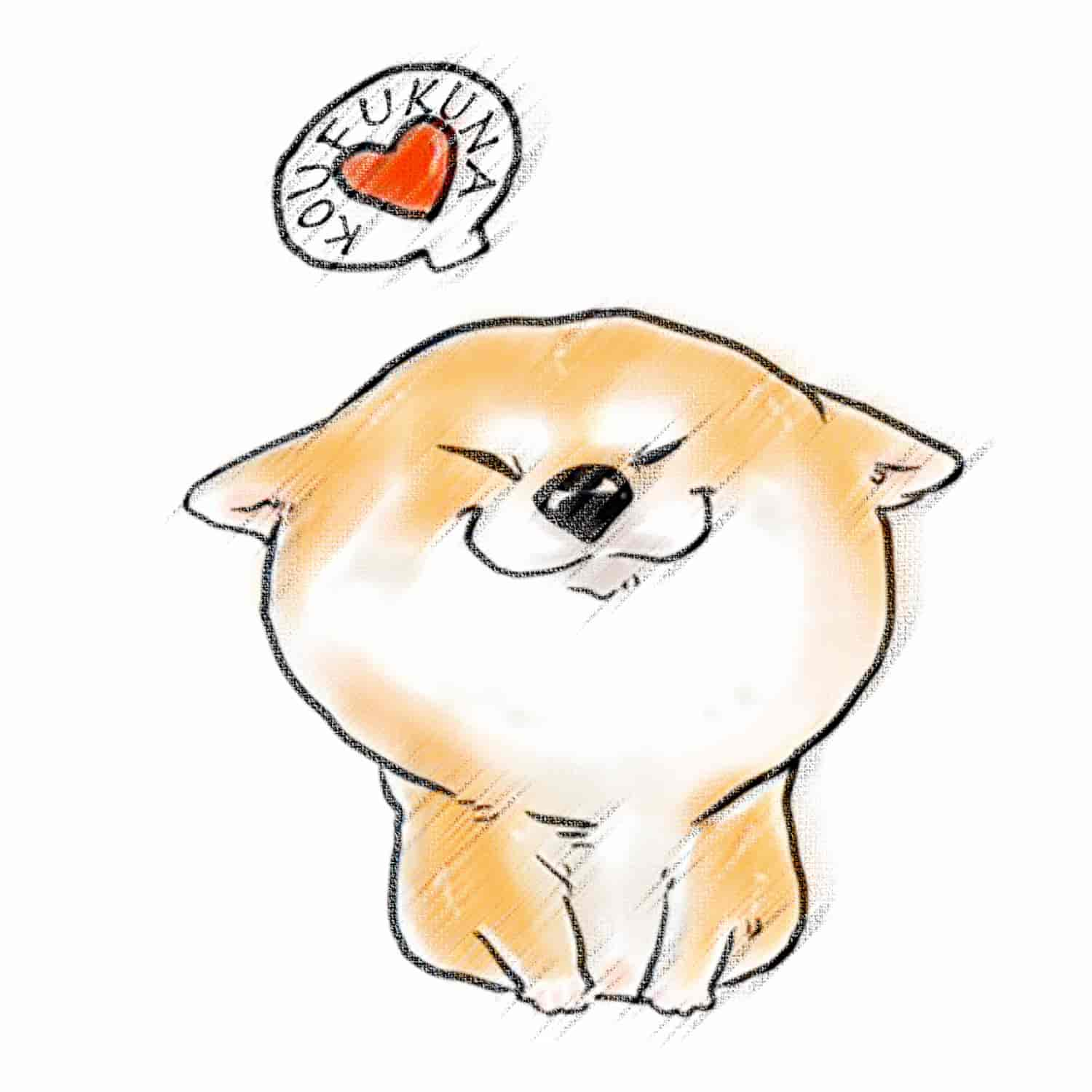
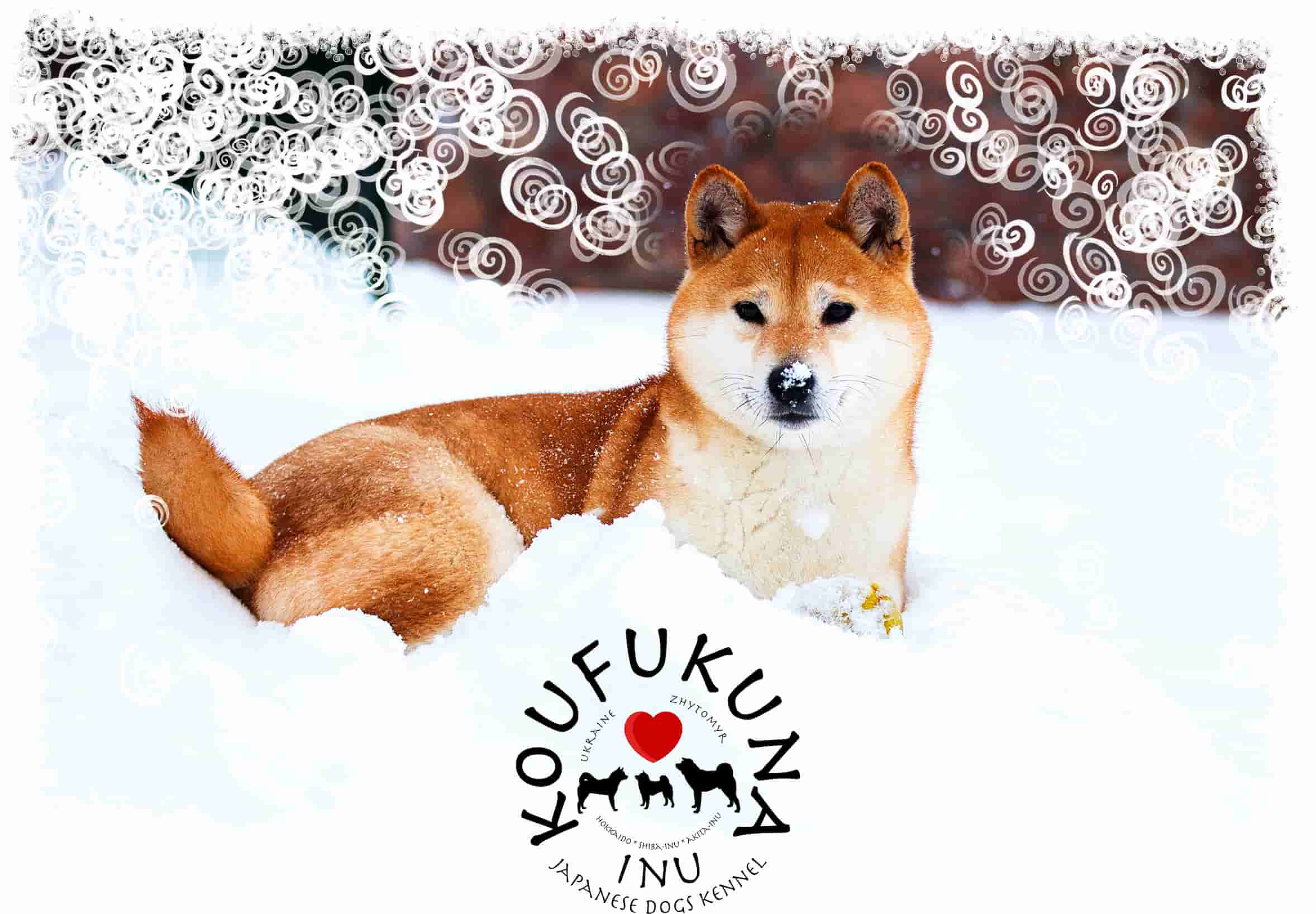
Caring for a Shiba Inu will not give you any trouble. Dogs are unpretentious, their content is not much different from other dogs.
The thick double coat helps the Shiba Inu to endure cold weather well and live outdoors. Dogs take care of their own cleanliness.
Shiba Inu was once kept outside in the backyard of a house in Japan, but in recent years it has become common to keep dogs indoors, especially in urban areas.
.
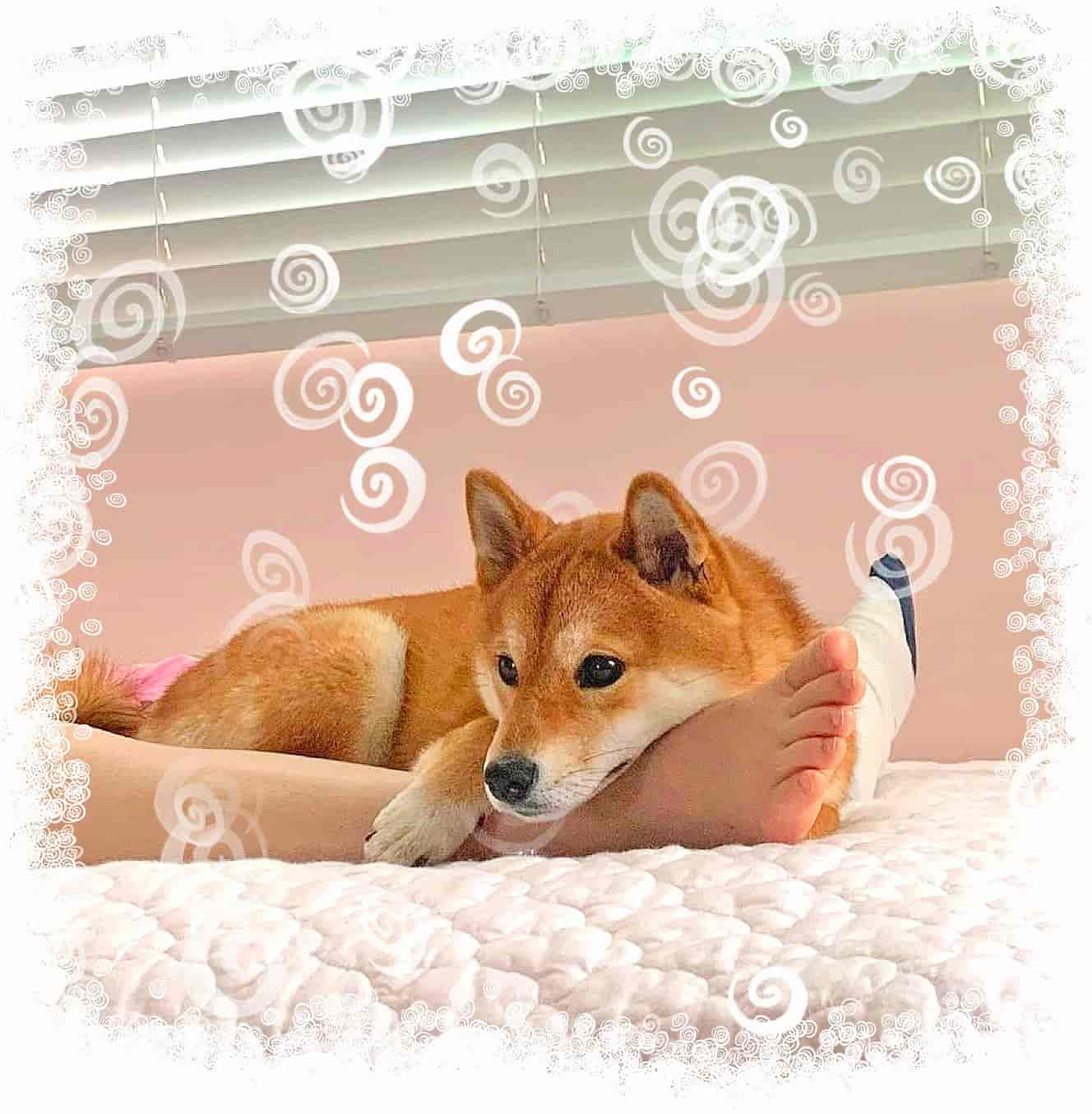
Keeping a Shiba Inu in a house, city apartment or townhouse will not cause you any special problems.
These dogs are very clean and unpretentious. They are practically odorless.
Set your puppy's bed where there are no drafts and away from the usual "routes" followed by your family members. Shiba Inu will quickly get used to it, and will feel great!
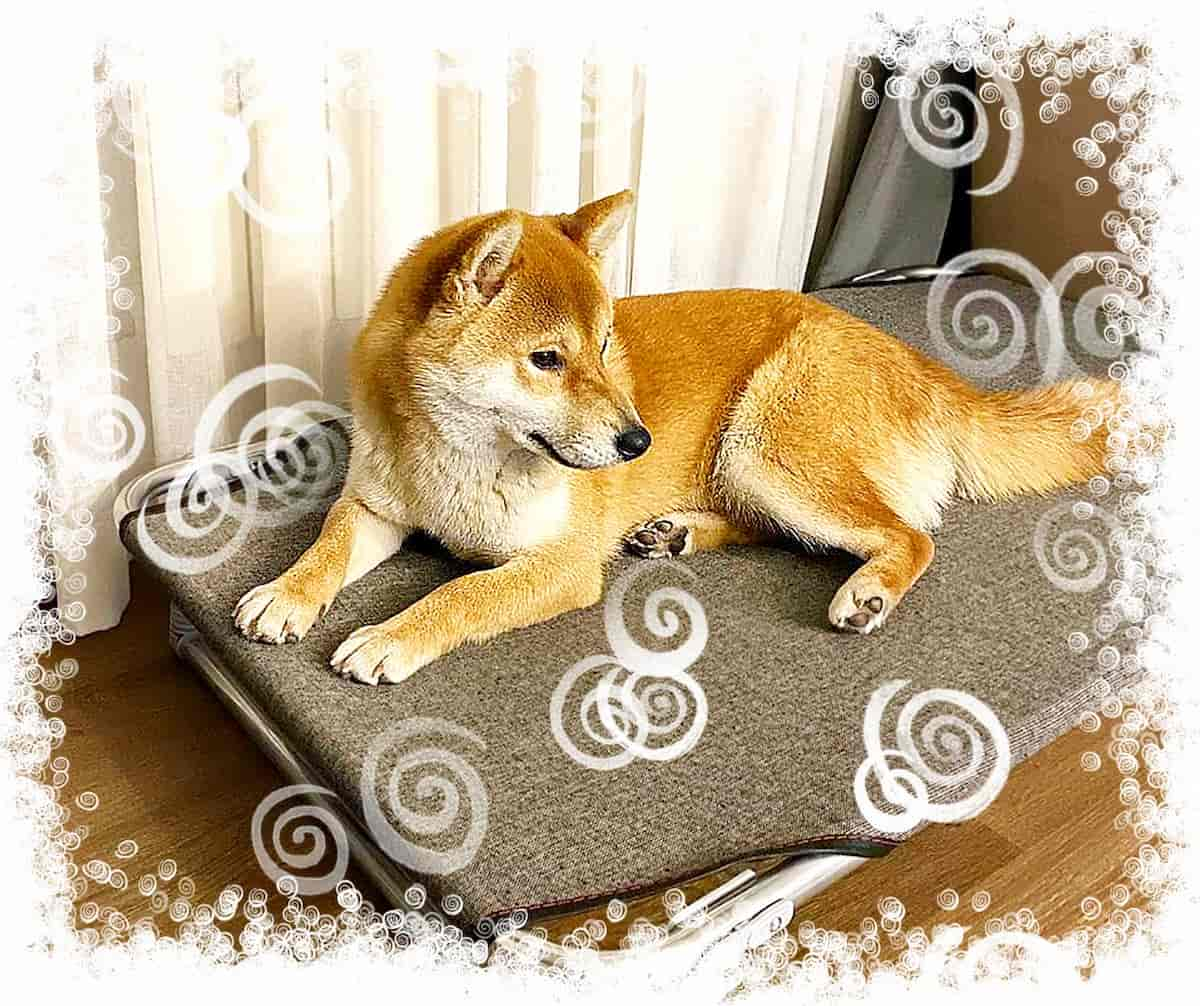
Where is it better to live Shiba Inu: in the yard or in the house?
Compared to being kept indoors, keeping a Shiba Inu outdoors all the time may seem easier and more attractive.

However, from the dog's point of view, the pain is inevitably greater. In addition to the great psychological stress caused by a change in place of residence and habitual people, the risks associated with the external environment are added.
Keeping a Shiba Inu outdoors is likely to have more disadvantages than meets the eye.
It is necessary to ensure the safety of the dog, pay attention to passers-by and decide on the toilet space.
First of all, measures against climate and weather are needed. It's a good idea to have a kennel, heater, and refrigerator for your dog. If leaving it outside is dangerous due to bad weather such as a typhoon or frost, consider evacuating to your home. In addition, since the dog is exposed to the environment, the chance of infection with parasites and viruses is higher than indoors.
Depending on the nature of the dog, there is a risk of getting lost, breaking out of the room or jumping onto the road, and getting into an accident. Outwardly, as well as in home breeding, discipline is necessary, as this can be annoying, for example, barking or biting a passerby.
Simply put, it is precisely “being outside” that is a disadvantage.
Of course, keeping indoors has its downsides, but given the safety of the dogs, it seems to be more beneficial than keeping them outside.
Comparing the lifespan of domestic and outdoor animals, it can be said that pets tend to live longer.
How long to walk a Shiba Inu?
If your Shiba Inu is still a puppy, take a 20-minute walk a day depending on your fitness level.
As Shiba Inu get older, they will need longer walks, so gradually increase the distance and time as you grow.
As a guide. If a Shiba weighs 10 kg, the ideal walking distance is 10 km, and the total time is about 1 hour per day. It will be good if you divide the walk into two parts of 30 minutes each.
Walking is not only a daily pleasure for your dog, but also an important daily routine for maintaining your health, so be sure to check the correct way of walking so that you can enjoy your time with your dog.
Prepare in advance for the arrival of the Shiba Inu
If you decide to get a Shiba Inu, you need to prepare so that the dog can live in your home. Even if Shiba lives on the street, it's not okay if you just put him on a chain. Just like humans, dogs need a place to sleep and a toilet.
Before buying a Shiba Inu, start by purchasing the necessary items, such as cages, dishes, and toiletries and hygiene items, which will be needed from the first day of the meeting. Later you will need brushes and other items necessary for care.
Especially in the case of the Shiba Inu, you should be careful with shampoo, brushes and other hair and skin care products. The Shiba Inu has relatively sensitive and delicate skin, which can result in severe shedding, so we recommend choosing and buying these products carefully.
Equip a bed and a toilet
A sleeping place for a dog is the first area of \u200b\u200bhousing that a puppy should get used to. If you do not give the dog a personal place, this is fraught with a “loosening” of the nervous system, generating feelings of insecurity and infringement.
When arranging the bed, it is important to install it away from the toilet, regardless of whether it is indoors or outdoors.
Unlike at home, some people may think that outdoor toilet training is unnecessary. However, toilet training is necessary even if you keep him outdoors as well as indoors. If Shiba thinks that “everywhere is possible, wherever you go”, he needs to be educated.
Dogs - especially Shiba Inu - love cleanliness, so collecting a bed and a toilet nearby is not only stressful, but also unsanitary.
Make a toilet in a certain place and take the puppy there before the discharge. Start training at an early age to avoid complications in the future, as it will be difficult to potty train a Shiba Inu as an adult.
Hair care
Between periods of active molting, the Shiba Inu sheds at the normal, moderate intensity that you would expect from most dogs.
The Shiba Inna breed has a thick coat that should be brushed once or twice a week to remove old hair.
Twice a year, the Shiba Inu "changes" its coat, which means that their thick, dense undercoat sheds heavily for several weeks.
During shedding, daily grooming is recommended!
During the hot season, or if you live in hot latitudes, the Shiba Inu will need to be combed more often than usual to avoid skin problems.
When combing, use a pin brush and a metal comb so that the undercoat is also completely combed. During shedding, a doshedder can be used to make the process easier. And also wiping the body with a damp wrung out towel will help speed up the molting process.

How to bathe a Shiba Inu?
For sensitive Shiba Inu skin, choose a mild shampoo.
In principle, once every 5-6 months is enough, but if your dog plays in the mud or becomes very dirty, you should take a bath, even if he had a bath very recently.
If you have skin problems, check with your veterinarian about shampoo.
Comb your entire body first to remove loose hair and make shampooing easier.
Adjust the hot water to warm, but not very hot, and wet the body away from the muzzle. Keep water and shampoo out of your ears.
The Shiba Inu has a short but double coat, so try to wet the undercoat as well.
Before application, the shampoo should be diluted with warm water and shaken with the palm of your hand.
Wash your entire body, including between your fingers, as you gently massage into the skin.
Rinse off the shampoo after washing.
Thoroughly rinse hard-to-reach areas, such as areas with thick hair or between fingers, leaving no rinse aid residue.
After rinsing, wipe off the water with a towel, then dry completely with a dryer with non-hot air to the root of the hair.
Rinsing and drying should be done more carefully, as this can cause skin problems if not completely dried or the shampoo is not rinsed off enough.
Shiba Inu Dental Care
Dogs that had good teeth as children are more likely to experience dental problems as they age. In fact, there is evidence that 80% of dogs over 6 years of age have periodontal disease. If your Shiba Inu has dental problems such as periodontal disease, it can affect the whole body and cause unexpected diseases! Dental health is just as important for dogs as it is for humans.
Cleanliness of the mouth of the Shiba Inu should be given special attention. Puppies need to be taught hygiene from an early age.
Oral care is just as important for dogs as it is for humans. Proper oral care helps to ensure the overall health of the animal.
A healthy diet and proper nutrition will help keep your Shiba Inu's mouth healthy. High-quality dry and wet or natural food not only improves the general health of the dog, but also keeps the teeth healthy.
Brushing your teeth is one of the best ways to keep your teeth and mouth healthy at home. However, if one day you suddenly start brushing your teeth with a toothbrush, Shiba Inu may hate it. Start by getting used to being able to touch your mouth and teeth! Let's have some fun and move on to toothbrush care while complimenting and rewarding at the same time!
Take care of a comfortable temperature
Shiba Inu is contraindicated in a hot and humid climate, as well as long exposure to the sun during the hot season.
In summer, the most comfortable room temperature and humidity ranges from 25 to 26 degrees Celsius, and the humidity is about 50%.
Thickly coated Shiba Inu are much more susceptible to heat and humidity than humans, so they are strong against cold but weak against heat.
It is very important to take action if the Shiba Inu lives in a hot climate:
- Make sure your Shiba Inu can always drink water, especially in summer.
- To create a cool atmosphere, use a fan or air conditioner.
- Even if the Shiba Inu lives in an outdoor enclosure, we recommend that you temporarily leave it in a cool room.
Cases are known when skin diseases developed due to heat and humidity in Shiba Inu.
Try to avoid such problems in advance.
Shiba Inu: training, training and games
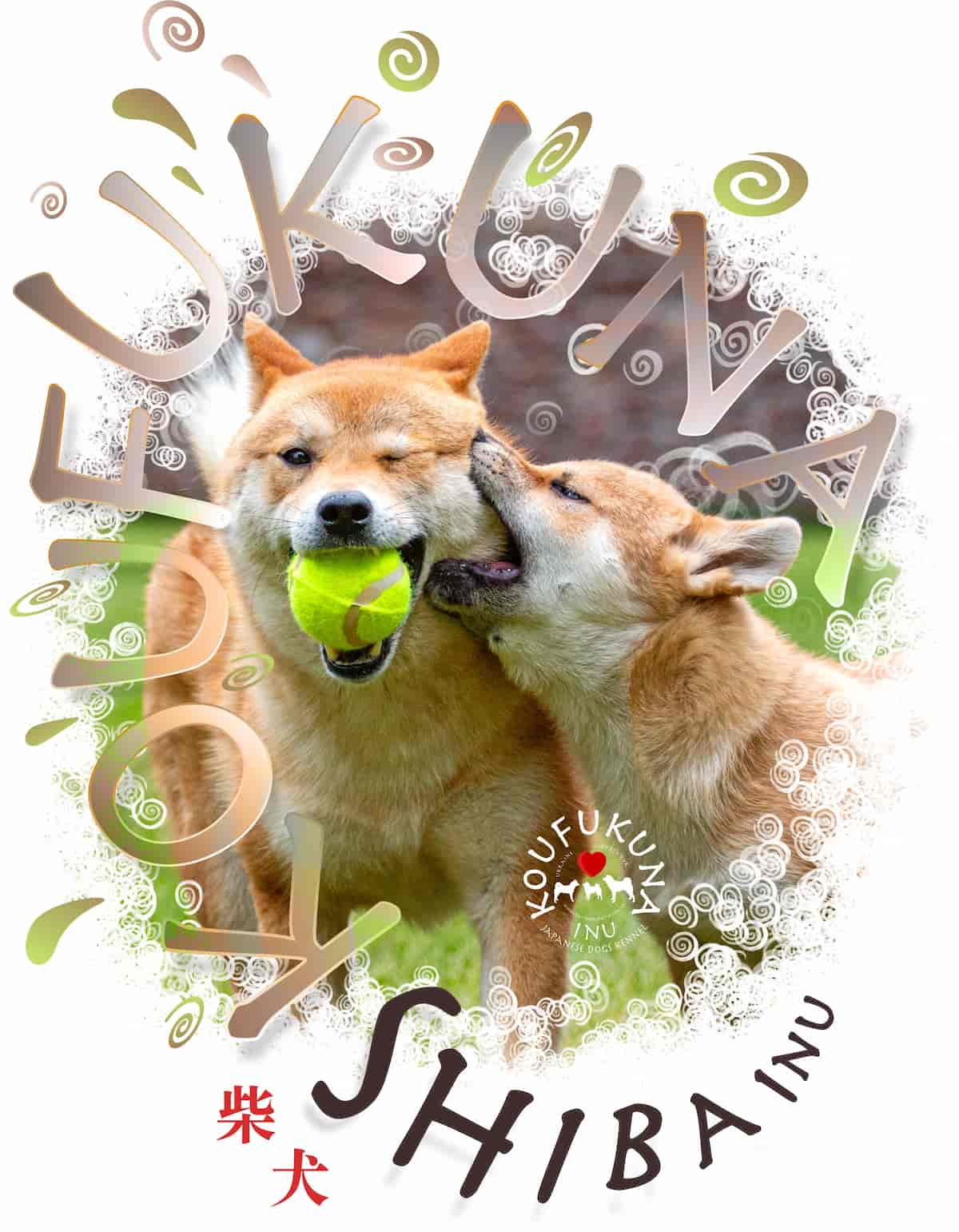
On the Internet, you can often find opinions that Shiba Inu, like most Japanese breeds, are dogs for experienced owners, since they are difficult to teach and educate. This statement is not without foundation, but the point is not the low learning ability of the breed, but only a misunderstanding of the features and characteristics of Japanese dogs, which were cultivated and instilled in a special way by the Japanese Inu.
Shiba Inu, in a sense, a "samurai", requiring understanding and respect, does not tolerate excessively rough treatment.
Below you will find a number of features and tips that will help you not to miscalculate in education and will allow you to bring up a Shiba Inu with the necessary qualities.
Establish dominance and discipline
The Shiba Inu can be a wayward, even stubborn dog.
If you want your dog to respect and obey you, you need to establish your dominance as early as possible. Otherwise Shiba may be disrespectful.
Discipline and training is the secret of your good life together with the Shiba Inu.
Toilet training from an early age
Among the many disciplines associated with dogs, the toilet discipline is considered the main one, and this is one of the disciplines to be remembered first of all when welcoming a Shiba Inu into your home. As with food, the toilet must be done every day, so this cannot be avoided as long as we live in human society.
When Shiba becomes an adult, it will be difficult for you to fix this later, so be sure to observe this from the very beginning.
Patient learning according to age
Shiba Inu need to be disciplined as they mature, as with most Japanese dogs, they need to be consistent and patient. Shiba Inu themselves are often distracted, they are not able to focus on one thing for a long time, and this makes training a longer process. Give exercises according to the dog's age, and don't expect a Shiba Inu to learn quickly like a poodle. We can say that it takes twice as much effort to train the Self. And don't let this upset you, because the final result will be successful anyway.
Motivation is important for Shiba Inu
Some breeds can be satisfied with just one dog food, while the Shiba Inu is difficult to motivate and focus if they don't want to do something of their own accord. Use treats, praise, and games as rewards if you want to keep your Shiba Inu focused on training. Experiment with ways to motivate yourself to find a way to approach Shiba Inu and achieve a successful outcome.
Shiba Inu is easily distracted
— I was asked to find, and I did not need concentration ...
The Shiba Inu is one of those dog breeds that needs concentration to listen to the instructions of people in cooperation.
It is important to practice and play in an environment where you can focus, in a place and situation where you can focus and at the right time. There is no point in continuing to tremble even after losing concentration.
In addition to their ticklish nature, Shiba Inu also tend to get irritated easily. At such moments, people tend to perceive this as aggression, but you need to understand that this is a forced, “protective” behavior. In order for Shiba Inu not to behave aggressively, it is important to get used to different things during the period of socialization. Even if you are an adult dog, gradually get used to the irritants in order to overcome any weaknesses that you will experience in the future, such as separation.
Socialization of the Shiba Inu
A very important period in the life of a puppy between the ages of 3 and 14 weeks, which has a great influence on the formation of the personality of the Shiba Inu.
During this period, the foundation of character is laid, the puppy is especially susceptible to incoming information; it is important not to frighten him, since fear acquired at this age can greatly spoil the dog's psyche.
As a rule, the puppy is with its mother during this period, so it is very important to know the conditions in which the dog grew up before buying. Always choose your breeder, kennel or pet store carefully.
Gradually accustom the Suba Inu to children
Children should also be involved in the process of nurturing and teaching if they are between 10 and 12 years old, telling the dog what to do, feeding and rewarding him for success.
Younger children should be involved in feeding the dog and getting in and out of the house so the Shiba Inu doesn't consider them subordinates.
Communication with strangers
Shiba Inu, being vulnerable to environmental changes, do not like contact with strangers. Even at home or in a familiar park, with strangers or animals, this will be a change of environment for Siba. Some Shiba Inu may begin to bark and bite strangers. But do not think that this is a great quality for a watchdog. It is much better if your Shiba is socialized, and they always remain excellent bodyguards.
Sometimes even friendly Shiba Inu can suddenly bite when they are trembling with joy, reflexively reacting to movements such as stretching, screaming, looking at a person approaching him, whom they first meet. Some dogs may growl.
Gradually accustom your Shiba Inu to strangers from an early age if you want him to be able to easily interact with new people in the future.
— Praise me!
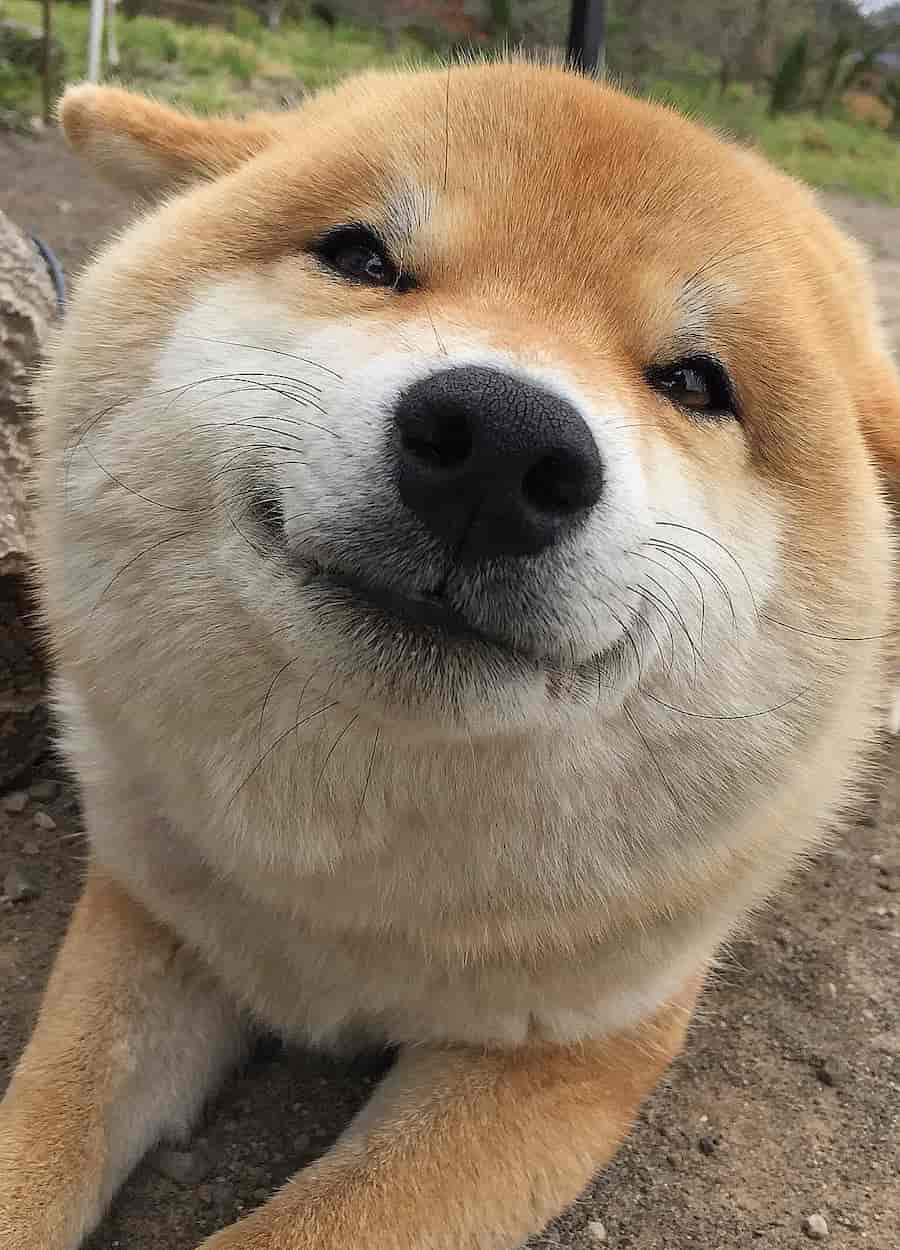
«I understand smiles and compliments»
This is how Siba might have responded if asked about ways to motivate.
It is said that the Shiba Inu feels the nuances of compliments and facial expressions of smiles. It is also important to praise with intonation.
It is very important to praise the dog during study and play. Words with the right intonation are a great reward, signal and motivator for Shiba Inu, just try not to overuse praise.
Shiba Inu does not tolerate rough treatment
Many owners of small dogs have a delicate relationship with dogs, but many Shiba Inu owners have a rough and strict contact with them.
A relationship of trust built by the love we poured out
Shiba Inu have delicate nerves, so they need to be handled carefully, watching the reaction of the dog. Some dogs act aggressively when stressed, but scolding them can be more intimidating and suspicious.
Discipline by rewarding good behavior and see an expert if you have problems.
General Play Award
Playing together is a reward. Toys are a reward for having fun together. Many Shiba Inu do not immediately start playing with new toys. The reason why they immediately lose interest in toys may be that dogs do not like toys or how they should be played with.

Consider the individual advantages of your Shiba Inu in games. Enjoy different toys and ways to play together, and see what toys your dog likes to play with. When giving compliments, let the Shiba Inu play the way he likes.
"I like the owner, but I'm used to being a loner"
Shiba-in historically did not require cooperation with humans, so some dogs like the owner, but do not like to play with them. Learn the communication that dogs enjoy.
Stroking while learning is counterproductive
There are many cases where we do not have the right contact with an animal. Compared to many Western dogs, most Shiba Inu do not like to be touched. Therefore, if you pet Siba during a compliment, it can have the opposite effect, so be careful.
While eating, it is strictly forbidden to suddenly touch or stroke the dog. If you want to stroke and praise, you need to practice touch. Praise dogs that don't like to be petted in other ways, such as playing with them.
Health and Common Diseases
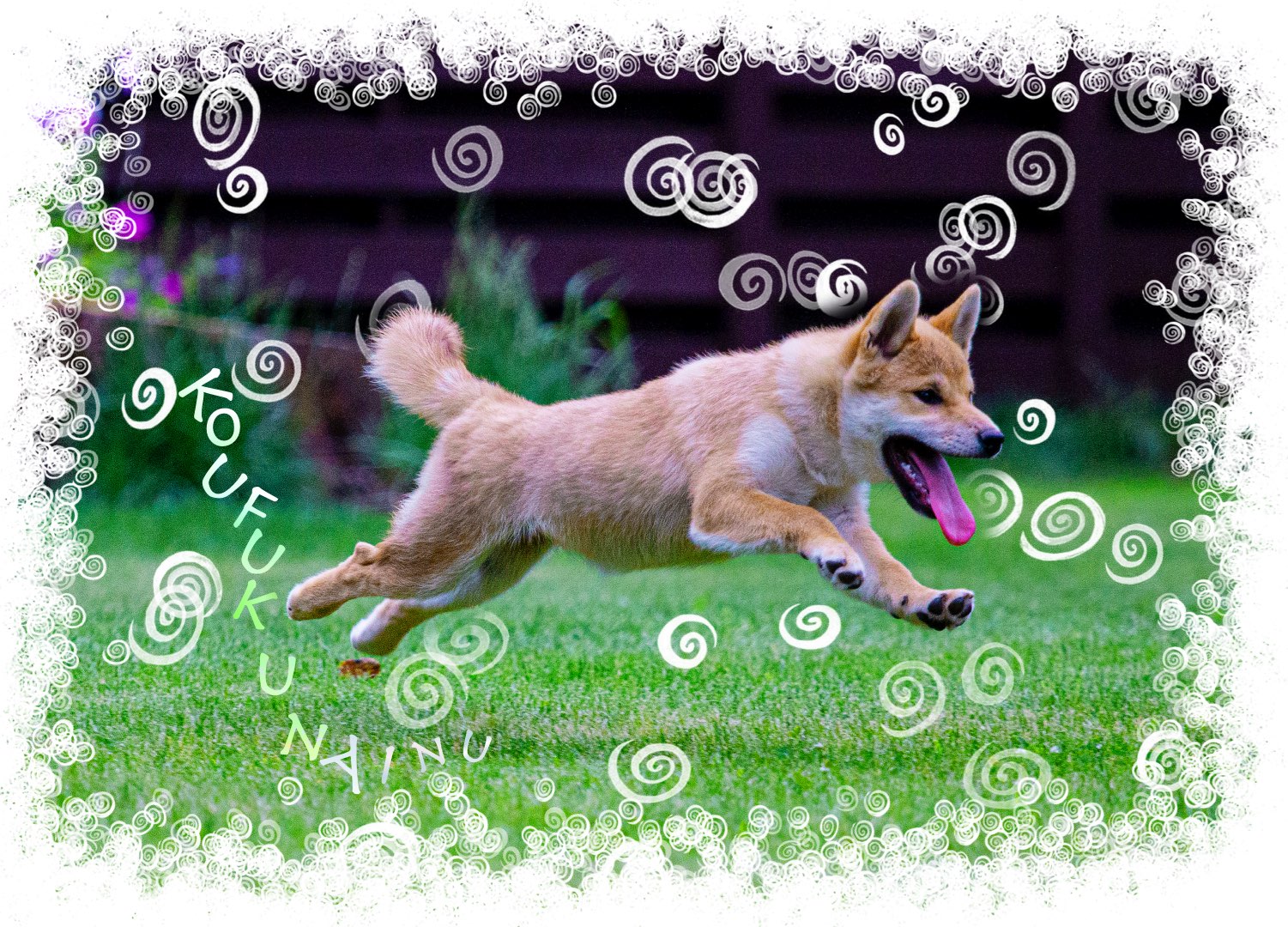
The Shiba Inu breed is relatively disease resistant. However, this does not mean that Shiba does not get sick at all. There are certain diseases that should be known and kept in mind, since early detection is essential for the treatment of the disease. If you notice something is wrong, contact your veterinarian as soon as possible.
Skin and ear diseases susceptible to Shiba Inu
One of the diseases to be aware of when keeping a Shiba Inu is skin diseases.
Since the breed has delicate skin, you should not forget about brushing and other types of care.
You should also be aware of external otitis media and ear infections.
Atopic dermatitis and allergic dermatitis
There are two typical diseases: allergic dermatitis and atopic dermatitis. Both are skin diseases caused by allergies, but the way they come into contact with the allergens that cause allergies and the symptoms are different.
In both cases, dermatitis and itching develop.
Otitis externa
Symptoms:
- Shaking the head, twisting the neck;
- Rubbing ears on the floor;
- Increased amount of earwax;
- Itchy ears;
- Odor from the ears;
- Red and swollen ears;
- Eczema in ears (hard).
Cause: The most common cause of otitis externa is the growth of bacteria and fungi in the ear canal. In addition, there is a possibility of infection with parasites, allergies, tumors and foreign substances.
Treatment method: the ears are washed first and then treated with ear drops or oral medications depending on the cause. If the inflammation is severe, you will need to go to the hospital while taking anti-inflammatory drugs. If the cause is a foreign body or tumor, remove it.
Disease prevention: The most effective method is regular checkups. This is not only prevention, but also promotes early detection, so even if you have external otitis media, you can count on a speedy recovery. Regular ear cleaning is an effective preventive measure at home. However, overzealousness will damage the dog's ears and increase the risk, so be careful not to overdo it.
External otitis often recurs, so be especially careful during the rainy season when humidity is high and you are prone to otitis externa.
Disease of the legs and joints
Small dogs are prone to foot and joint problems.
This may be a congenital problem, but it can also get worse depending on the environment.
Dislocation of the patella / Patera
Patellar luxation is a condition in which the so-called knee plate is displaced from its correct position (luxation). A patellar luxation can range from 1 to 4 depending on the symptoms, and treatments vary accordingly.
There are congenital and acquired.
Congenital is a hypoplasia of the knee joint, for example, a weak knee ligament in nature. The bones and muscles that accompany development may not grow enough.
It is formed mainly due to external pressure applied as a result of an accident or something similar. Landing from a high position puts undue stress on the knee.
Treatment method:
If mild symptoms are expressed with 1st and 2nd severity, the main method of treatment is drug treatment. You will be able to see progress with oral medication, supplements, and intramuscular injections.
If grades 3 and 4 are severe, surgery may be required.
If you start the surgery early, the time needed for the surgery and recovery will be faster. Keep in mind that if the dislocation is left for a long time, the bones can be deformed and the ligaments can be damaged.
Disease prevention:
- Weight control. As with humans, when you gain weight, the strain on your knees increases. Therefore, weight control is important if you have a congenital knee problem.
- Physical exercise. You can prevent a dislocation by strengthening the muscles in your knee, but if you do this, excessive exercise can make the condition worse.
- Overview of the housing environment. For example, a slippery floor creates additional stress on the Shiba Inu's joints. In such cases, it is recommended to lay a carpet or cork flooring.
- Nail care. If the nails and soles become overgrown, they will become slippery, so it is recommended to check and trim them regularly.
Hip Dysplasia
Symptoms:
- Walking with shaky hips (Monroe walking);
- Walking with outstretched limbs;
- When running, the hind legs move together;
- The dog sits on its side;
- It takes time to get up;
- In a standing position, a small distance between the hind legs;
- Reluctance to go up and down stairs.
Cause: The disease is said to develop due to congenital genetic problems and diets (exercise during the growing season).
An abnormal gait may result from a shallow pelvic socket (acetabulum) that receives the femur, or from deformity of the tip of the femur, which was originally round.
Symptoms of hip dysplasia are often seen between 4-12 months of age, but symptoms may appear after 2-3 years of age.
Treatment method: Treatment is conditionally divided into "drug" (conservative) and "surgical" treatment. The method of treatment is determined depending on the age, symptoms, condition of the hip joint and the wishes of the owner.
- Medical treatment (conservative).
The main goal of treatment is to relieve pain with painkillers and lasers.
If symptoms are severe or symptoms do not improve, surgical treatment is necessary. - Surgery.
Surgical treatment includes operations such as "three-point pelvic osteotomy", "total hip arthroplasty" and "resection of the femoral head". The time and method of surgery will be chosen depending on the symptoms and condition of the dog's joints.
Disease prevention:
- Weight control.
Excessive nutrition at an early age increases the risk. Also, monitor your weight regularly to prevent obesity and the progression of symptoms. - Physical exercise.
Physical exercise is necessary for weight control, but it should be noted that excessive exercise will aggravate the condition of the hip joint. - Overview of the housing environment. For example, a slippery floor creates additional stress on the Shiba Inu's joints. In such cases, it is recommended to lay a carpet or cork flooring.
- Nail care. If the nails and soles become overgrown, they will become slippery, so it is recommended to check and trim them regularly.
Black spots on the abdomen?
Hypothyroidism is a condition in which the thyroid hormone, which activates the body's metabolism, is not enough, and various symptoms appear. Symptoms will improve with proper treatment.
Symptoms:
- Feeling unwell;
- The dog sleeps for a long time and wakes up hard;
- The dog is cold even in the warm season, and the body temperature is low;
- Very low heart rate;
- Noticeable hair loss on the trunk and tail;
- There may be black spots on the skin;
- Paralysis of the facial nerve;
- Hair falls out;
- Weight gain.
Cause: Hypothyroidism in the dog, in most cases a problem with the thyroid gland itself, or "lymphocytic thyroiditis". Occurs as a result of "idiopathic thyroid atrophy" and "thyroid tumor". Other causes may be problems with the pituitary or hypothalamus. Lymphocytic thyroiditis is considered an autoimmune disease.
Treatment method: It is treated by taking thyroid hormone medications, but as a rule, it should be continued throughout life. Low doses are ineffective and high doses can cause hyperthyroidism, so get regular blood tests to determine the optimal dose.
Disease prevention: There is no clear method of prevention, so it is necessary to remember about early detection and early treatment.
For this reason, it is recommended to undergo regular medical examinations at a veterinary clinic.At home, check your dog's behavior and skin condition, and if you notice any of the above symptoms, do not hesitate to visit a veterinary clinic.
Life-threatening heart disease
In some cases, heart disease can be life-threatening and should not be taken lightly.
Even if there is a slight disturbance of the pulse, and there are no special symptoms, it should be noted that there is a risk of developing the disease with age.
Sinus node syndrome
Symptoms:
- Severe arrhythmia (sinoatrial block, atrial fibrillation, atrial flutter, supraventricular tachycardia);
- Rocking;
- Reluctant to exercise;
- Gets tired quickly;
- Sudden vomiting;
- Clouding of consciousness.
Cause: It is caused by cardiac abnormalities such as fibrosis and inflammation (myocarditis, endocarditis), cardiomyopathy, cardiac tumors, myocardial ischemia, and vagal tone. The risk of the disease increases with age.
If you see any of the above symptoms, take your inner thigh pulse and check for arrhythmias.
Treatment method: depending on the progression of the disease, surgical implantation of a pacemaker in the heart may be required.
If it is not so serious, it can be treated with drugs that increase the heart rate, drugs that increase sympathetic tone, cardiac stimulants, anti-inflammatory drugs, vasodilators, and antiarrhythmic drugs. Before choosing a treatment, it is recommended to take a heart test and listen to the veterinarian.
Disease prevention: Prevention does not exist. If you have any symptoms, see your doctor as soon as possible. In severe cases, this is a life-threatening disease, so if you notice abnormalities, get an electrocardiogram done at a veterinary clinic.
Cataract
The eye is an organ that acts like a camera lens.
The lens is normally transparent, but a cataract is a disease in which part or all of the lens denatures for some reason and becomes cloudy. As a result, light does not reach and vision is lost.
Symptoms: When the lens becomes more cloudy, visual impairment occurs, and the Shiba Inu may hit a pole or wall in the room, or stumble. If your dog is afraid of stairs, the dark, or is surprised by sounds, suspect a cataract.
Cause: Cataracts are a disease whose risk increases with age, and although there are individual differences, symptoms often appear around the age of six.
In addition to the general "senile cataract", attention should be paid to the "juvenile cataract", which develops at an early age. It is said to be due to genetic causes and symptoms appear before about 2 years of age.
Other causes include diabetic complications, trauma, and poisoning.
Treatment method: in the early stages of treatment, such as eye drops, may slow the progression of the disease.
However, medical treatment cannot provide a fundamental solution, so surgery is necessary if you want to fully recover.
Disease prevention: There is no effective method for preventing cataracts.
However, if you can detect the disease early, you can delay the progression of symptoms, so find it as soon as possible with regular reviews. Check your dog's eyes regularly, and if you notice that black eyes are white and cloudy, see your veterinarian before your vision deteriorates.
Brain Disease
Dementia
Japanese dogs, including the Shiba Inu, are said to be prone to dementia. The reason seems to be a change in eating habits from a focus on fish to a focus on meat.
Symptoms:
- Lack of response even by nickname;
- Continuous night screeching;
- The dog tries to enter a narrow opening;
- Spinning in place
- Weight loss even with increased appetite;
- Aggressiveness.
Cause: The exact cause of dementia is unknown. It is said that changes in the brain due to aging and a decrease in neurotransmitters may be the cause.
Treatment method: If Shiba suffers from dementia, you cannot expect a complete cure. There is no way to relieve the symptoms, so you will have to be prepared for another part of your life.
Disease prevention: Prevention of dementia is more important than anything else.
Reducing stressful situations and regular physical activity in the form of walks and games will help reduce the risk of disease. A balanced diet is also important.
If a Shiba Inu trembles, there is a risk of brain disease.
A brain tumor – a terrible disease, but it is difficult to distinguish it by symptoms, because depending on the place of formation, there are different neurological symptoms. For example, a tumor in the brainstem can cause imbalance, and a tumor in the occipital lobe can cause visual impairment.
Symptoms are often asymptomatic when the tumor is small, and often the tumor is already large by the time the abnormality is detected.
Symptoms:
- Poor coordination of movements, the dog enters;
- Unbalanced body and posture (ataxia);
- Inverted neck;
- Increased sensitivity of the neck.
Cause: The exact cause is unknown. However, this occurs regardless of the breed, sex and age of the dog. The disease is more common in adult dogs.
Treatment method: There are two main methods of treatment. One is active treatment, such as surgery, radiation therapy, or chemotherapy, in which the tumor itself is removed and reduced in size. The other is supportive care, which uses drugs to relieve symptoms when the tumor causes increased intracranial pressure or swelling of the brain.
Disease prevention: Since the cause of the disease is unknown, keep in mind that it is practically impossible to prevent it. Therefore, early detection and early treatment are important, get a medical examination as soon as symptoms are confirmed.
Idiopathic vestibular disease
Symptoms:
- Suddenly the head tilts;
- Black eye;
- Puffiness near the eye;
- Slightly open eyes;
- Poor coordination of movements, the dog skids, loss of coordination;
- Circle movement;
- Vomiting or loss of appetite.
Although the symptoms are severe immediately upon onset, they usually improve after about 3 days and disappear within 3 weeks, but torticollis (sudden head tilt) or recurrence may occur later.
Cause: The cause is unknown, so it is a disease that cannot be prevented. Idiopathic vestibular disease is a general term for "disorders in which there are abnormalities of the vestibular nerve that controls the sense of balance and causes symptoms of vestibular neuropathy, such as torticollis and nystagmus," the cause of which cannot be identified.
Treatment method: It is a disease that does not require treatment and is expected to be cured naturally. In general, the prognosis is very good so nothing to worry about, but older dogs may experience vomiting and loss of appetite due to weakness, so symptomatic treatment may be required depending on the condition.
Genetic diseases of Shiba Inu
The hereditary disease "GM1 gangliosidosis" cannot be prevented or treated, and eventually the animal dies.
Before mating, the father and mother of the dog must undergo genetic testing and conduct appropriate tests to prevent the birth of puppies with genetic abnormalities.
GM1 gangliosidosis symptoms:
- At the age of 5 to 6 months: imbalance; mild paralysis;
- 7 to 8 months: sticking to contact and sound; severe paralysis;
- 9 to 10 months: Walking/unable to stand, blurred vision, muscle tone. (Chair and limbs)
- 11-12 months: muscle tone (whole body), convulsions, no response to sounds or screams;
- 13-15 months: paralytic death.
Cause: This is a fatal congenital hereditary disease. Due to genetic abnormalities, substances that should normally be broken down accumulate in the brain and organs without being broken down, causing various neurological symptoms and ataxia.
Treatment method: At present, the only treatment that can be performed is symptomatic treatment, and no effective treatment has been found that is expected to cure completely.
Checklist Shiba Inu Health
Disease prevention starts with daily health checks. Even Shiba Inu, who are less prone to disease than other breeds, can sometimes have health problems.
Here are some checkpoints to check your Shiba Inu's health:
- No appetite.
- Diarrhea.
- The number of bowel movements increases.
- Difficult to empty.
- Vomit.
- Reluctance to walk while walking.
- Breathing became heavy.
- Reluctance to move.
- Lots of saliva.
- Noticeable dirt around the mouth.
- Bad breath.
- Rash or redness in the eyes.
- Periodic sneezing, runny nose and nosebleeds.
- Cheeks and chin swollen or droopy.
- Preference for soft foods and reluctance to eat hard foods.
- Bite with only one tooth.
- Suddenly makes a strange voice when eating or chewing something.
- Appetite is present, but little food is eaten.
- Often works on the area around the mouth with the front legs.
- Frequently rubs muzzle on floor or furniture.
- Shaking your head.
- Reluctance to touch the area around the mouth.
- A twisted face.
- The eyes are white and cloudy.
- Lots of tears.
- Sore eyes.
- Do not follow moving objects with your eyes.
- Stumbles on the stairs.
- Doesn't notice when the ball is being thrown.
- Loses sight of treats or toys.
- Suddenly he started biting.
- Sleeps often.
- Head shake.
- Neck twisting.
- Ear rubbing against the floor or walls.
- Increased amount of earwax.
- Itchy ears.
- Odor from ears.
- Red and swollen ears.
- Eczema in the ears.
- It does not allow touching the ears and head.
- Ears are redder than usual.
- It's hard to get up.
- Reluctance to get in and out of the car.
- Trembling when walking.
- Amazing sounds and movements while walking.
- Suddenly stops walking.
- While walking, he tries not to step on his paw.
- Reluctance to go up and down stairs.
- Pulls his leg.
- Reluctance to walk.
- Reluctance to touch the legs and body.
- Cough.
- Feeling unwell.
- There is no appetite.
- Bloating.
- Blood is mixed with urine.
- It's hard to walk.
- Fainting during exercise, etc.
How to Feed a Shiba Inu: Nutrition, Treats, Supplements, Raw Food
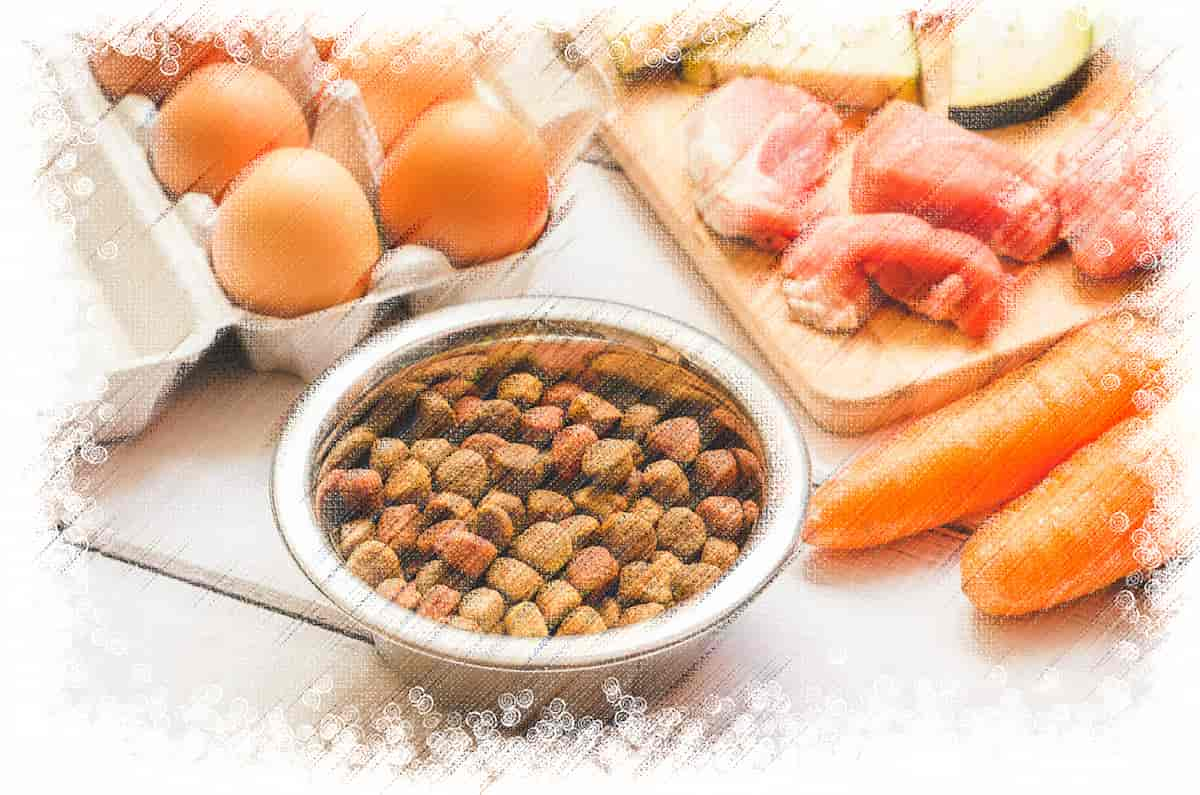
When considering your dog's health, nutrition and weight management, such as diet and obesity prevention, come into play. However, when you hold a Shiba Inu for the first time, you may not know what to consider, such as changes in weight during the growth process and the weight corresponding to your height. Here we explain how to feed Shiba Inu to avoid health hazards.
In general, it is recommended to give Shiba Inu food that provides all the necessary nutrients, which modern dry food completely copes with. On the other hand, some owners only give homemade diets to keep the dogs alive longer.
It is said that in the old days, Japanese dogs ate rice with miso soup and leftover food from people, but they did not live very long. Therefore, it is not recommended to feed dogs the same foods that humans eat, which are high in salt and oil and fat.
Dogs have a "satiation center". In the case of the Shiba Inu, work is slow and it takes time to feel full. In addition, there is a habit of continuing to eat food, even if the dog is full, he will eat until the food runs out. Therefore, it is recommended to control the amount and frequency of meals. It is important to give the right amount, which is not to overfeed or deprive.
Shiba Inu: important points in the diet
- The main ingredient is protein.
- The diet should contain omega-3 and omega-6 fatty acids.
- Keep an eye on the dog's water balance, fresh water should always be readily available.
- Choose healthy foods with few or no additives.
- Be careful or avoid foods that cause allergies.
- Nutrition should contain ingredients to support joints.
- Gradually introduce fresh ingredients or switch to a new food.
- Nutrition should be appropriate for the age of the Shiba Inu.
1. The main ingredient is protein, at least 40-50% of the total nutrition, therefore, low-calorie foods with a high protein content are better.
When choosing a Shiba Inu food, choose one with protein as the main ingredient, as this is good for muscle development. Protein is the substance that aids in muscle development in Shiba Inu, and muscle gain increases basal metabolism and helps prevent obesity.
Protein helps maintain coat, which is essential for hair formation and also to prevent skin diseases.
The ingredients in dog food are basically listed in order of the highest amount, so it's okay if the package says chicken, fish, lamb, etc.!
However, if the composition of the feed is described as something like “meat” or “meat by-products”, keep in mind that low quality meat may be used.
By the way, although a high protein meal is recommended, it does not mean that a meal with carbohydrates as the main ingredient is bad. Carbohydrates tend to make it easy to put on weight, and if you give them too much, they can make you fat.
However, depending on the situation, for example, when you have a constitution that makes it difficult to gain weight, or when you spend a lot of energy, such as sports and active games, there are many puppies under 12 months old that are suitable for a carbohydrate diet, so please consider all the individual features of your Shiba Inu.
2. Fatty acids Omega-3 and Omega-6
It is recommended to choose a Shiba Inu food that contains "omega-3 and omega-6 fatty acids", which are substances that are not produced in the body and are considered essential fatty acids because they can only be ingested from food and are necessary for:
- Improvement of skin diseases and symptoms of atopy.
- Skin and hair care.
- Prevention of dementia.
And also a deficiency of these substances can easily lead to slow wound healing.
In some cases, allergies weaken the barrier function of the skin, causing infections caused by bacteria and fungi, such as atopic dermatitis, pyodermatitis, and Malassezia dermatitis.
Therefore, taking "omega-3 fatty acids" and "omega-6 fatty acids" anti-dermatitis with anti-inflammatory action leads to consideration of prevention and control of atopy and the like.
To prevent dementia, it is important to remember to exercise that does not impair vision, hearing, and smell, and it is also recommended to include high-quality omega-3 fatty acids in the diet, which help prevent the development of dementia in the animal.
Fish oil is high in omega-3 fatty acids, so if you're looking for a Shiba Inu food, it's a good idea to choose one that uses salmon or sardine oil. These substances can also be obtained from flaxseed oil and other foods, but the omega-3 fatty acids found in fish oil are easier to digest and better absorbed.
Certainly, omega-3 and omega-6 fatty acids can be expected to be effective in improving and preventing diseases to which Shiba Inu may be exposed. However, since these acids are lipids, it is not recommended to take too much of them, but if you take them in moderation, it will help keep your dog healthy!
Excessive consumption of fats can cause obesity and disease of the internal organs, so it is important to take them in moderation.
3. Always provide fresh drinking water and do not forget to wash dishes for food and water periodically.
Delivering nutrients and oxygen to every corner of the body is essential to maintaining good health. Nutrients and oxygen are carried by the blood to the various organs of the body, but when the water content is low, the blood becomes thick and difficult to drain. When the blood is thick and heavy flowing, waste products remain in the body for a long time. It causes skin diseases.
Many Shiba Inu puppies do not drink water well. Therefore, good hydration requires a certain ingenuity. Here are some ideas:
- Slightly reduce the amount of dry food and add more wet food accordingly.
- Add fragrant soup or broth to dishes: chicken, fish, broths with dried pieces of mackerel, kelp broth...
- Dilute goat's milk with water and drink or add to feed.
Please find a way the Shiba Inu likes to avoid health problems.
If you keep hydration and exercise in mind, the Shiba Inu's metabolism will speed up, and this will be the best prevention of many diseases. It's the same as in humans.
4. Avoid harmful additives!
This is not limited to Shiba Inu as many types of dog food on the market contain a large number of harmful or undesirable additives: synthetic preservatives, colors, sweeteners, flavors, BHA, BHT...
Therefore, it is best to choose dog foods that do not contain additives or contain them in the minimum amount possible.
These additives are often necessary ingredients to maintain the quality and appearance of dog food, but are detrimental to the health of the Shiba Inu.
There is a popular opinion on the Internet that “supplements are bad”, but this is not entirely true, because as a result of clinical practice they are recognized as safe.
There is also an opinion that it is better to have supplements to prevent oxidation than to give oxidized food.
On the other hand, it cannot be said that these additives are harmless or beneficial to the body of Shiba Inu and other breeds. Long-term supplementation can cause allergic reactions and indigestion and more.
The most common additive is "BHA" (Butylhydroxyanisole, E320) which is used for antioxidant purposes. As a carcinogen, there are concerns about adverse effects on dogs.
It is an undeniable fact that BHA is also included in the top brands and medical products. However, it is currently unknown whether the carcinogens contained in them are a direct cause of cancer. Cancer is caused by a combination of different factors, so no firm conclusions can be drawn.
Recently, there has been an increase in the number of products that do not use any additives, however, it is difficult to find food that does not contain any additives, and often it is more expensive, so it may be difficult for some people to comply with it.
However, just in case, it is important to know if the food that the Shiba Inu eats contains harmful substances. And therefore, therefore, try to choose food with a minimum amount of additives.
5. Foods that cause allergies.
Shiba Inu can develop skin irritation depending on the ingredients that cause allergies, so choose foods that contain as few allergens and fewer ingredients as possible.
Ingredients that may cause allergic symptoms:
- Corn;
- Wheat;
- Soy;
- Beef, chicken, goose, duck and beef, plus strong fatty broths from these types of meat;
additives; - Egg yolk;
- Yeast baked goods (with and without sugar);
- Milk;
- etc.
By the way, just because your Shiba Inu consumes the above ingredients that can cause allergies does not mean that the dog will develop allergic symptoms. It all depends on the individual characteristics of the body and the amount of allergen consumed. There are many good dog foods that contain these ingredients!
The Shiba Inu is a dog breed that is prone to skin irritation, so you can prevent this by avoiding the above ingredients.
6. Take care of your joints.
The Shiba Inu is a breed that loves to run vigorously, but when it gets smooth it can cause joint problems. It is important to take measures to prevent obesity, and it is also recommended to use a diet containing ingredients that support joints: calcium, chondroitin, glucosamine, etc.
Calcium will strengthen bones, while chondroitin and glucosamine will improve joint function. If your dog is overweight, it is recommended to choose a food that contains these substances or take special supplements!
7. Gradually introduce new ingredients or switch to food.
When switching from a kennel food or introducing a new food, do so within one to two weeks. Gradually adding more and more of the new brand mixed with the old food until you are completely on the new food. This applies to all food transitions to avoid indigestion.
Add treats or supplements gradually so your dog can adjust. It is also helpful when allergic reactions occur and allows you to quickly determine the cause.
If you notice diarrhea in a Shiba Inu during the transition to another food, for immediate relief, try a special medication and give only water for 24-48 hours until loose stools disappear. When your dog regains his appetite, consider adding probiotics, such as plain yogurt, or suitable supplements to the bland diet. A soft diet may include boiled chicken breast and rice, cottage cheese, mashed fried yams (sweet potatoes) or canned pumpkin without sugar.
8. Nutrition according to age.
Dogs need different amounts of each nutrient depending on their height and age. Give the Shiba Inu food that is appropriate for its age and purpose, such as "puppies", "adult dogs", "summer dogs" and do not forget about weight control.
Therefore, below we will consider this issue in a little more detail.
Changing the weight of a Shiba Inu puppy
The standard weight of an adult Shiba Inu is about 9 kg for males and about 8 kg for females. Gaining 1 kg of weight every month after birth is considered normal height. The period from 3 to 5 months after birth is the period of the most active growth of the Shiba Inu. Therefore, if you do not gain or lose weight during this period, there is a possibility of some kind of disease, so take him to the veterinary clinic as soon as possible.
By the way, the standard body length for males is 38-41 cm, for females - 35-38 cm.
Shiba Inu have a high bone density and can be a bit heavier than they look. Therefore, you do not need to worry about obesity right away. If the Shiba Inu is not gaining weight or is on a special diet, it is recommended to be under the supervision of a veterinarian.
| Age | Average weight |
|---|---|
| 3 months | approx 2.4 kg |
| 4 months | approx 3.5 kg |
| 5 months | approx 4.5 kg |
| 6 months | approx 5.4 kg |
| 7 months | approx 5.5 kg |
| 8 months | approx 5.9 kg |
| 9 months | approx 6.2 kg |
| 10 months | approx 6.8 kg |
| 11 months | approx 7.3 kg |
| 12 months | approx 7.6 kg |
Puppy nutrition: 4-12 months
Like humans, Shiba Inu change the amount and frequency of food intake as they grow older. The changes are especially noticeable during the puppy season, so let's keep an eye on the changes in your dog as he grows every day.
At this time, it is recommended to give the puppy food in divided portions.
In a puppy, the functions of internal organs, such as the digestive system, are not fully developed, so the ability to digest food is much lower than in an adult dog. Therefore, it is recommended to limit the amount of food you give at one time to the amount that the puppy can easily digest, and increase the frequency of meals to get the required amount.
| Age | Daily amount of food | Number of meals per day |
|---|---|---|
| 4-5 months | approx 165 g | 3 times |
| 6-7 months | approx 180 g | 2 times |
| 8-9 months | approx 165 g | 2 times |
| 10-12 months | approx 155 g | 2 times |
Nutrition for adults Shiba Inu: 1-10 years
Unlike puppies, adult dogs do not need a high-calorie diet. In addition, since the internal organs grow and there is no worry about food digestion, the number of meals per day remains stable and can be reduced by 2 times.
| Age | Daily amount of food | Number of meals per day |
|---|---|---|
| 1-10 years | approx 75-190 g | 2 times |
The difference in daily diet from 75 to 190 g is associated with the difference in weight of the Shiba Inu. Therefore, if you weigh 5 kg, adjust the amount of food from 75 to 120 g, and if you weigh 10 kg, adjust the amount of food according to your dog's weight, for example, from 90 to 190 g.
In addition, the difference in the amount of exercise also affects the amount of food.
Of course, the more you exercise, the more energy you need and the more you eat. In this case, it may be more than the amount shown in the table, but you have nothing to worry about.
Nutrition for adult dogs: 10 years and older
As the Shiba Inu gets older, his digestive system deteriorates, so it is recommended to reduce the amount of food he eats at one time. It is safe to divide the number of doses that were 2 times a day into 3-4 times and give more often.
The amount of food eaten each day will be less, but as you watch your dog, change it.
Also, in an adult dog, you have to be careful about the softness of the food; the older the softer. It will weaken not only the digestive system, but also the ability to chew and swallow, so it is recommended to change the diet to make swallowing easier.
For example, grind dry food with a blender to make it finer or soak in hot water.
| Age | Daily amount of food | Number of meals per day |
|---|---|---|
| 10+ лет | approx 75-150 g | 3-4 times |
Shiba Inu stopped eating
If you live with a Shiba-in, you may notice that the dog has suddenly stopped eating or has a poor appetite. There are three main possible causes, most of which are illness, stress, and tasteless food.
If you don't eat, drink, or don't feel well, you could get hurt or sick. Don't be afraid to think "Seba doesn't eat for a reason..." and take him to the vet before it's too late. In some cases, it can be a life-threatening disease, such as kidney failure.
Moreover, with age, dogs are more likely to get sick, so always be vigilant.
- Stress
The Shiba Inu tends to accumulate stress. Therefore, if you notice that your pet has stopped eating, it's a good idea to look back at the environment and atmosphere. Maybe something happened and you didn't notice it. For example, even cursing for discipline or moving is stressful. Once the cause is known, avoid stress and create an environment where the Shiba Inu can live in peace. - It's Time to Make a Diet Change
Sometimes Shiba Inu, like other dogs, may stop eating because "I'm tired of the same food" or "I want to eat more delicious food."
Give snacks instead of dog food.
Use different toppings.
Change food or diet periodically
It's okay if the Shiba Inu isn't eating or is undernourished, but keep giving food regularly and don't skip every meal! If a Shiba refuses to eat or is malnourished, always remove and leave no leftover food. After a while, Shiba will be hungry and will definitely eat at the next meal.
In addition, food that does not contain additives quickly loses its freshness, so you should also be aware of this.
Which is better for Shiba Inu: dry food, homemade diet, or raw food?
In general, many people purchase products for their dogs from the market or store. However, even though it is dog food, it still needs to be prepared in the same way as human food. So which is better for your Shiba Inu, commercial food or handmade food?
Dog food is a complete diet with a good balance of nutrients.
Now there are different types of dog food, and the balance of nutrition is adjusted according to each need, such as life stage, breed and disease. Therefore, there is an advantage in the ease and simplicity of performing a balanced diet.
Foods that can be stored for a long time, such as canned food, come in handy when traveling or in case of unforeseen circumstances.
Shiba Inu Home Diet
Commercial dog food is now widely available, but a homemade diet can also provide a Shiba Inu with everything it needs, provided the owner has sufficient knowledge. For example, if your dog has allergies, you can prepare an allergen-free food for him or adjust the food according to the Shiba Inu's age and needs.
However, this is not easy given the size of the hassle and the risk of nutritional imbalance. You can find the recipe online, but adapting it to your dog will not be easy.
Dry food for Shiba Inu
The Shiba Inu is classified as a medium sized dog, but be sure to choose a small to medium sized dog food that matches your dog's body size. If the grains are too large, they will be difficult to eat and the Shiba may stop eating in the middle of a meal, or may choke and vomit!
The size of dog food is about 1 cm for medium grain and 5 to 8 mm for fine grain, so please use the appropriate size.
When choosing a Shiba Inu food, it is recommended to choose your dog's favorite size, from fine to medium!
Raw food and raw diets
Many dogs love the taste of raw meat! If your dog digests raw meat well, you can try it!
Duck neck, chicken legs, offal and beef tongue are just a few examples. It should be noted that not all owners are ready for such a Shiba Inu diet.
If you are giving raw treats, make sure the treat is trustworthy. A dog's digestive tract is short and highly acidic so it can handle a small amount of bacteria, but cleanliness and safe behavior is still very important as the food is not cooked to kill any pathogens. Think of a raw treat by the same standards as when you eat raw food (like sushi or beef steak tartare). You wouldn't eat old raw salmon or meat, would you?
A typical raw food diet for dogs includes:
- Muscles, often still on the bones.
- Bones whole or crushed.
- organ meats such as liver and kidneys.
- Raw eggs.
- Vegetables such as broccoli, spinach and celery.
- Apples or other fruits.
- Some dairy products, such as yogurt or cottage cheese.
DO NOT feed your Shiba Inu boiled bones. Cooked bones can crack and damage your dog's delicate intestines, resulting in bloody stools.
Nutritional Supplements for Shiba Inu
Before giving a Shiba Inu any supplement, make sure it is recommended by a veterinarian or canine nutritionist.
Supplements unnecessarily can be hazardous to the Shiba Inu's health.
If you are not sure about the dosage, consult your veterinarian!
Supplements are not needed if you provide your Shiba Inu with a fully balanced diet.
If nutritional balance is not maintained, supplements should be included in the diet.
Supplements should be taken in the following cases:
- Pregnancy Shiba Inu.
- Recovery after illness.
- Change in coat color.
- Sometimes it is necessary to include supplements in the diet during the puppy's growth period.
In general, your Shiba Inu may need the following supplements:
- Vitamins C, E and A for skin health.
- B vitamins for energy and help manage stress.
- Vitamin D and calcium for bone health.
- Omega-3 fatty acids to fight inflammation and coat.
- Antioxidants for eye health.
Healthy skin and coat
Omega-3 supplements such as coconut oil, salmon oil, olive oil, or Omega oils in capsules.
Thyroid Health
Supplements of iodine or other seaweed products. Algae has the added benefit of maintaining good oral hygiene and fresh breath.
Improving digestion
Probiotics such as yogurt, kefir or powders.
For diarrhea: Use a prebiotic (not to be confused with a probiotic), unsweetened canned pumpkin puree, or low-sodium (or no) canned green beans.
For constipation: mashed roasted yams (sweet potatoes), green beans, unsweetened canned pumpkin puree, or low-sodium (or no) canned green beans.
Chewy treat for Shiba Inu
Let's chew the treat only under supervision.
Make sure you give the correct size for the dog's size, and remove the treat before it gets small enough that the dog doesn't choke on swallowing.
Experiment with what your dog likes and use common sense.
Puppy-safe chew treat:
- Dehydrated vegetables.
- Dry meat sticks (hooligan or ruby sticks)
- Treats based on dehydrated meat: tendons, tracheae, jerky, rabbit ears, duck feet.
Watch out for fat! Some treats, such as pig's ear, may be too fatty for young puppies.
Chewy treat for Shiba Inu in which adult teeth have sprouted (after about 5 months)
- Split corner of an elk or deer. Buy the ones that have a large area of exposed bone marrow.
- Edible gummies can add unnecessary calories in the form of carbohydrates, so use with caution.
- Ice cubes, fruits and vegetables as a treat. Some puppies enjoy chewing on ice cubes, apple wedges and carrots, especially when teething due to the hard and cold texture.
- Your dog may also like cucumber slices, seedless, green beans, baked sweet potatoes, steamed broccoli, etc.
Don't worry if your dog refuses to eat his fruits and vegetables. It is more important to know the foods to avoid due to toxicity.
If you are using a workout treat rather than a chew treat, keep these treats small and easy to chew and swallow as you will be giving them frequently, especially in workout mode. Try to often reward several small treats instead of one large bite to celebrate excellent behavior.
Shiba Inu: breed standard
If we do not take into account the newly created Mamishiba, Azukishiba and others, today there are 4 recognized standards in Shiba Inu:
- NIPPO standard
Nihonken Hozonkai - FCI standard
International Cynological Association - AKC Standard
American Kennel Club - UKC standard
United Kennel Club
The first Shiba Inu breed standard was developed by the NIPO - Nihonken Hozonkai (NIPPO) in 1934, after which it was revised twice in 1987 and in 1993. The Nippo standard consists of 12 main points on which Shiba is judged.
If we compare all existing standards, they will include small differences.
👇 Below we publish the international standard of the Shiba Inu breed from the FCI.
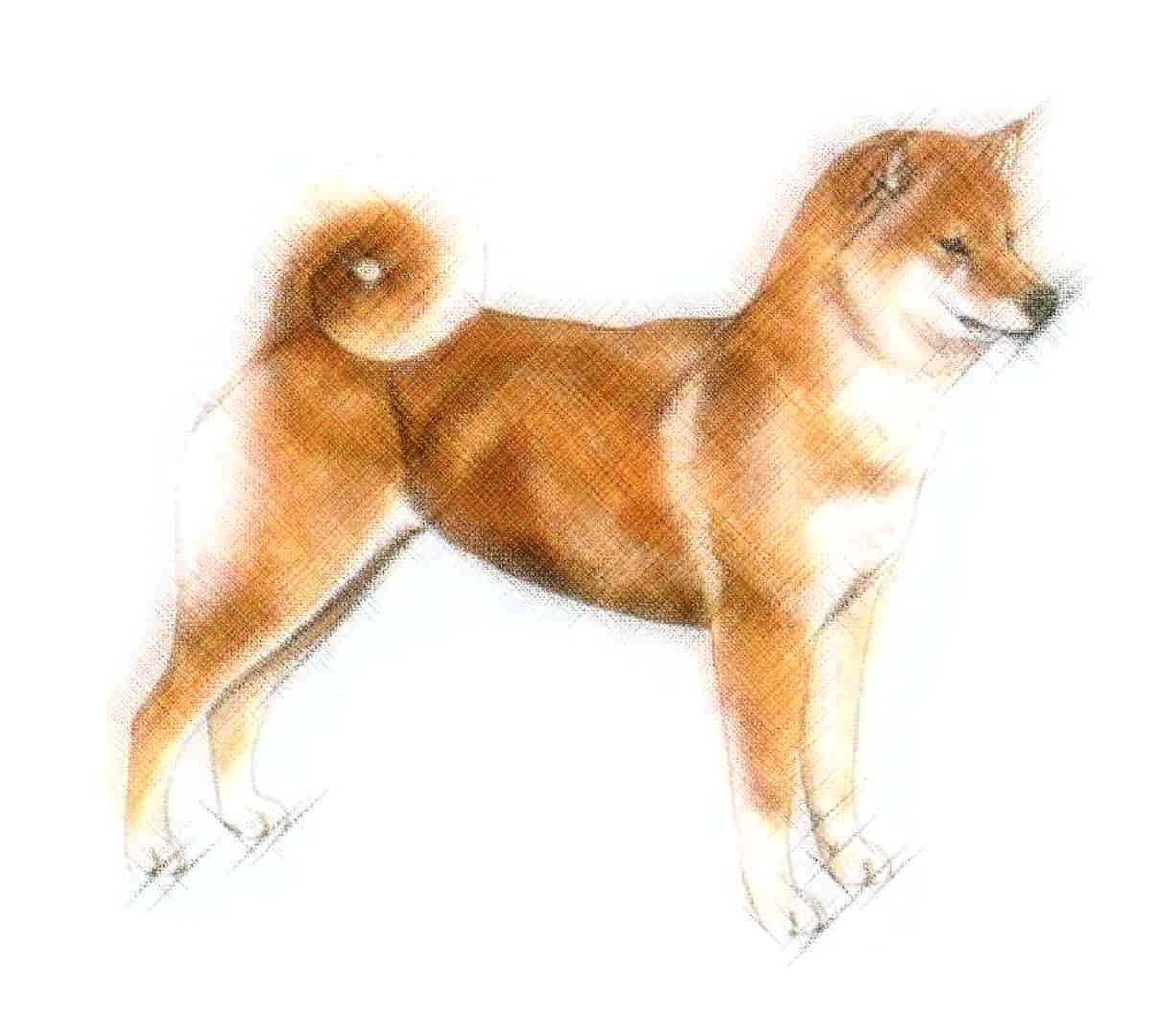 |
|
|
Origin Japan
|
|
|
Date Of Publication Of The Official Valid Standard 30.10.2016, 09.02.2017/ EN
|
|
|
Utilization Hunting dog for birds and small animals.
|
|
|
FCI-Classification Group 5. Spitz and primitive type.
|
|
|
Brief Historical Summary The Shiba has been a native breed to Japan since the primitive ages. The word «Shiba» originally refers to something «small», a «small dog». The Shiba’s habitat was in the mountainous area facing the Sea of Japan and was used as a hunting dog for small animals and birds. There were slight differences in the breeds according to the areas where they were raised. As dogs like English Setters and English Pointers were imported from England during the period of 1868-1912, hunting became a sport in Japan and crossbreeding of the Shiba with those English dogs became prevalent and a pure Shiba became rare so that by 1912-1926 pure Shibas confined to these areas became exceedingly scarce. Hunters and other educated persons became concerned with the preservation of the pure Shibas from around 1928 and the preservation of the limited number of pure strains began seriously, and the breed standard was finally unified in 1934. In 1937 the Shiba was designated as a «natural monument» after which the breed was bred and improved to become the breed known today.
|
|
|
General Appearance Small-sized dog, well balanced, well boned with well developed muscles. Constitution strong. Action quick, free and beautiful.
|
|
|
Important Proportions The ratio of height at withers to length of body is 10 : 11. |
|
|
Behaviour / Temperament The temperament is faithful, with keenness in sense and high alertness. |
|
|
Head CRANIAL REGION:
FACIAL REGION:
|
|
|
Eyes Triangular, not too small, and dark brown in colour. The outer corners of the eyes are slightly upturned.
|
|
|
Ears Relatively small, triangular, slightly inclining forward and firmly pricked.
|
|
|
Neck Thick, strong, and well balanced with the head and the body.
|
|
|
Body
|
|
|
Tail Set on high, thick, carried vigorously curled or curved as a sickle, the tip nearly reaching hocks when let down.
|
|
|
Limbs FOREQUARTERS:
HINDQUARTERS:
|
|
|
Gait / Movement Light and brisk.
|
|
|
Coat
Definition of the colour sesame:
All the above mentioned colours must have «Urajiro». |
|
|
Size And Weight Height at withers: Males 39.5 cm Females 36.5 cm There is a tolerance of 1,5 cm smaller or taller.
|
|
|
Faults Any departure from the foregoing points should be considered a fault and the seriousness with which the fault should be regarded should be in exact proportion to its degree and its effect upon the health and welfare of the dog.
|
|
|
Disqualifying Faults
|
|
|
N.B.:
The latest amendments are in bold characters.
|
|
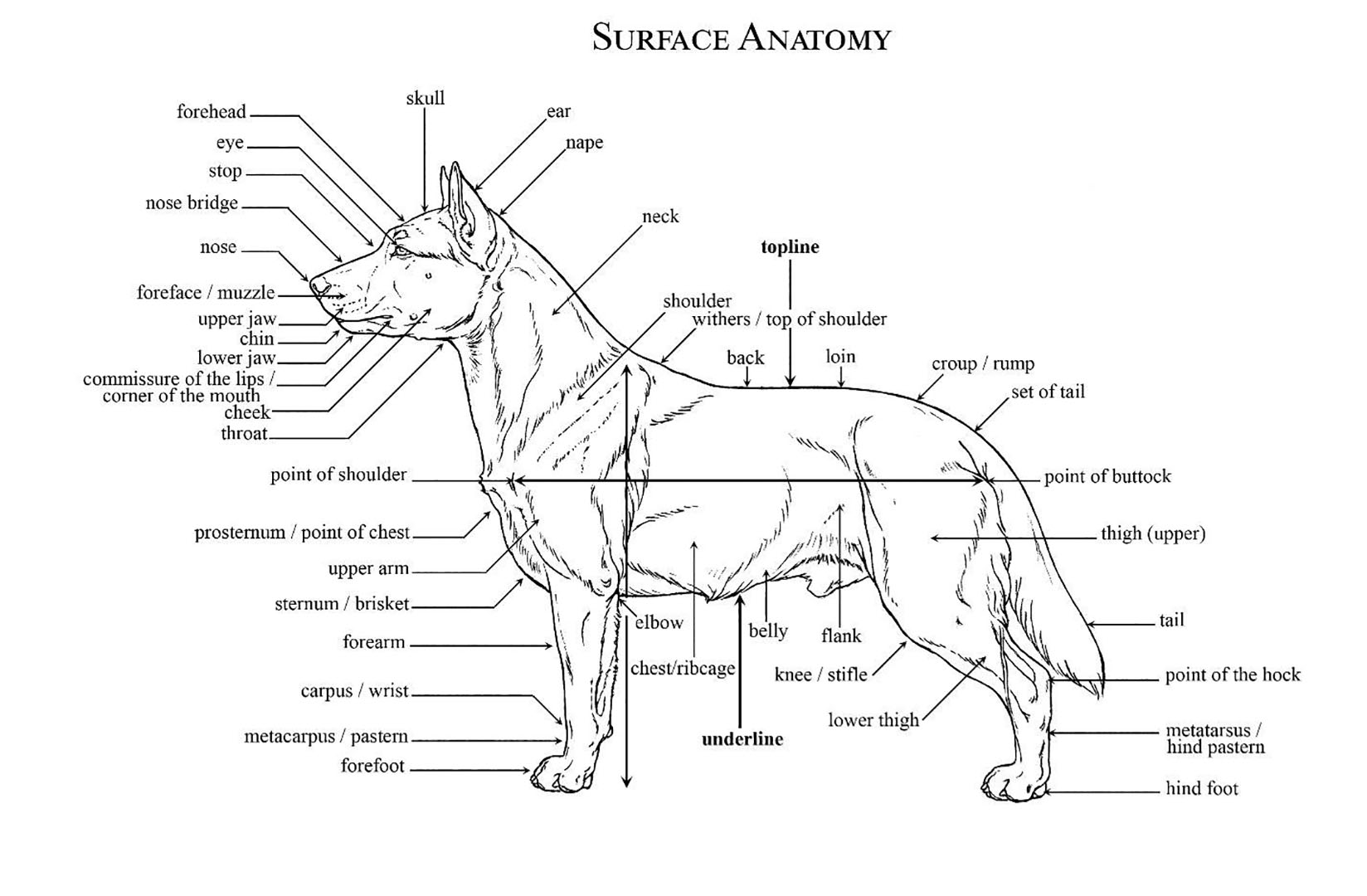 |
How to Buy a Shiba Inu Puppy?
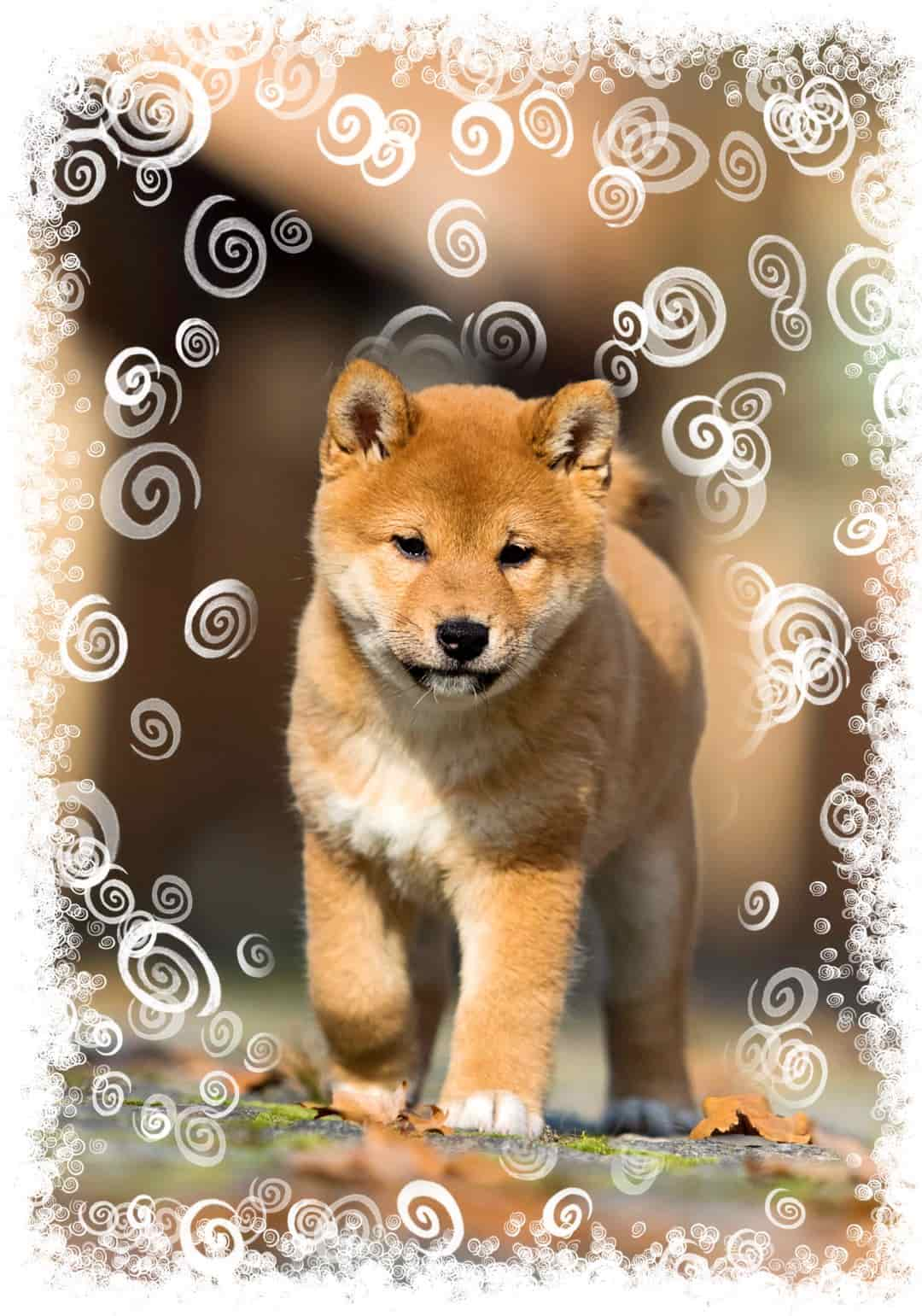

In our kennel KOUFUKUNA❤️INU you can order and purchase a Shiba Inu puppy from titled parents. We breed Japanese breeds: Akita Inu, Hokkaido and Shiba Inu. 👉 More about our Nursery.
In most cases, a puppy is bought with a pre-booking in future litters of the parents. 👉 How is the acquisition of a puppy.
Sometimes there are cases when Puppies are sold by availability, such puppies have separate pages on our website with their price and photos and descriptions.
To purchase or book a Puppy, it is enough to place an order on the website or contact us in any convenient way: Viber, WhatsApp, Facebook Messenger, Instagram Direct. You will receive all the necessary advice and answers.
